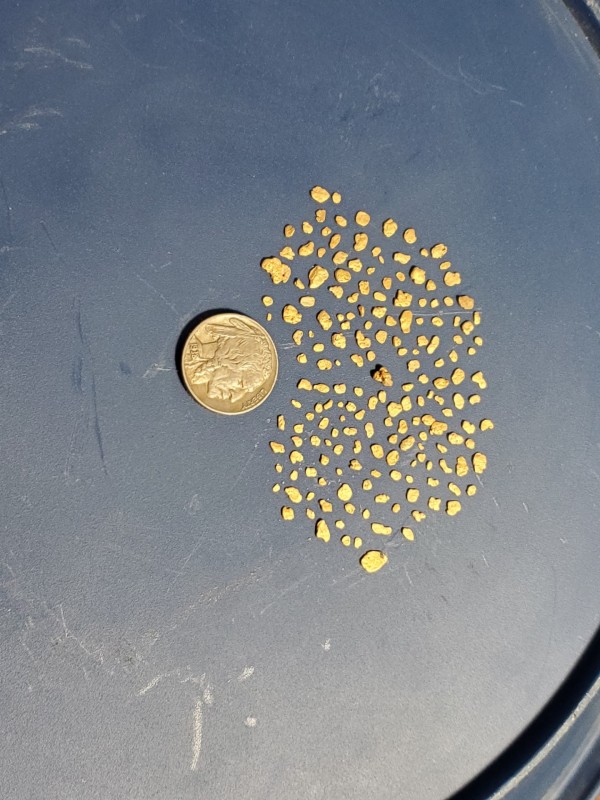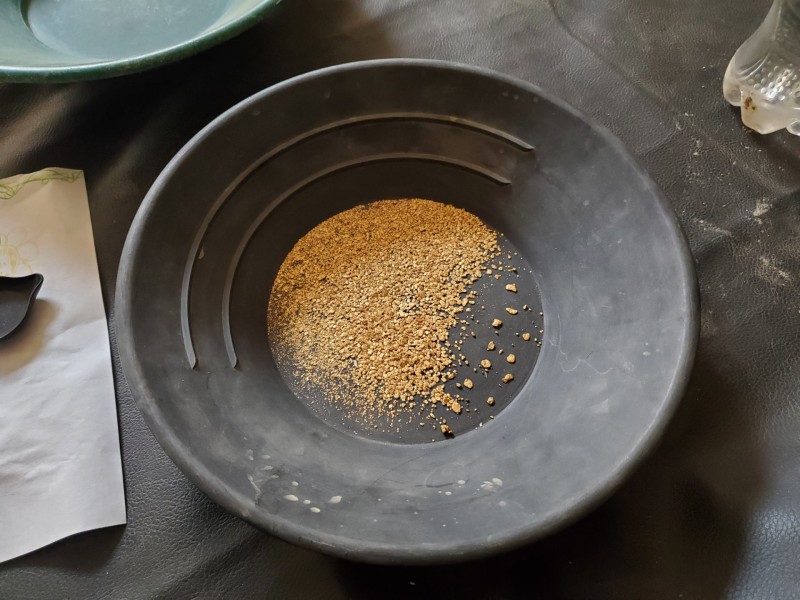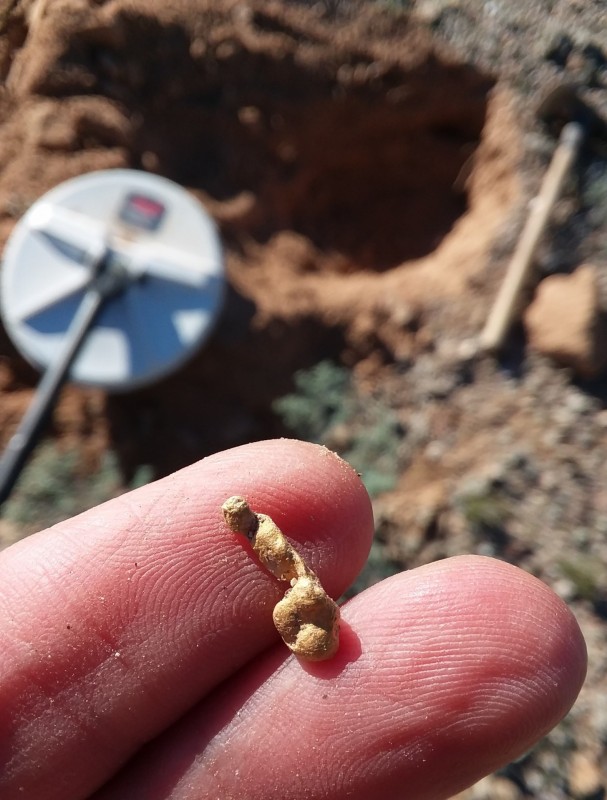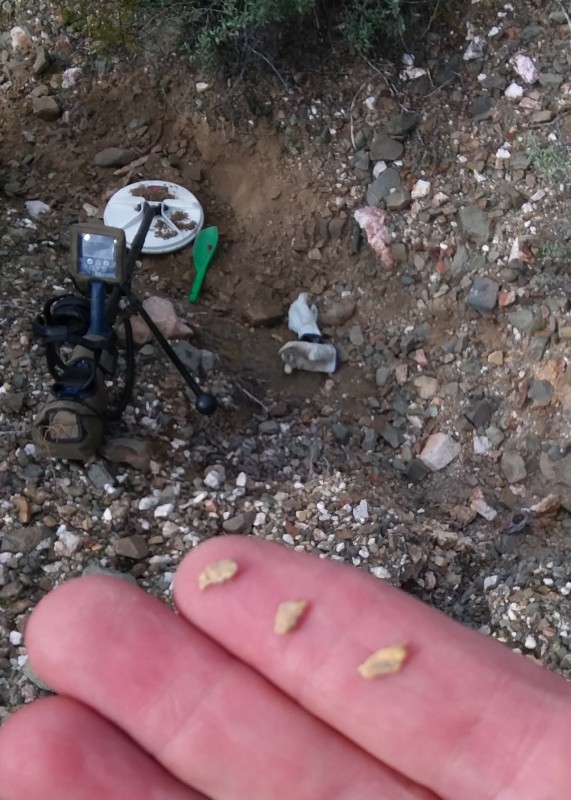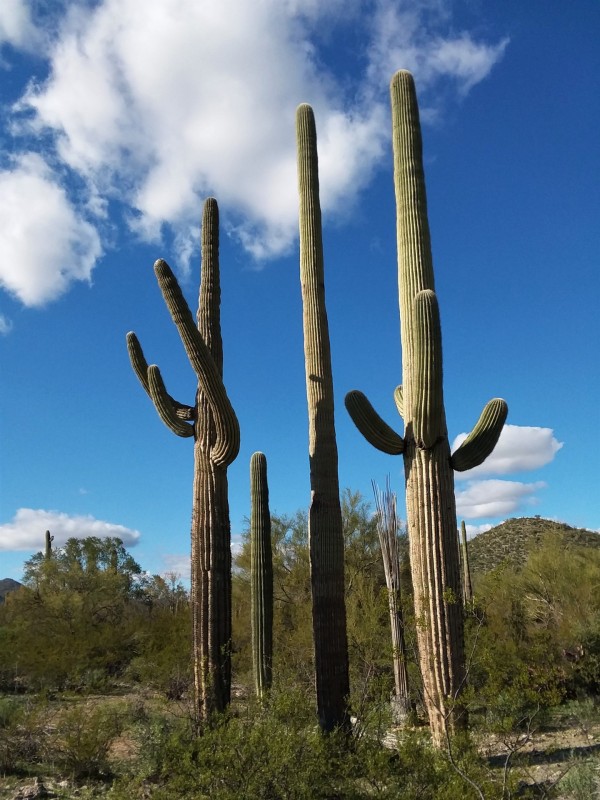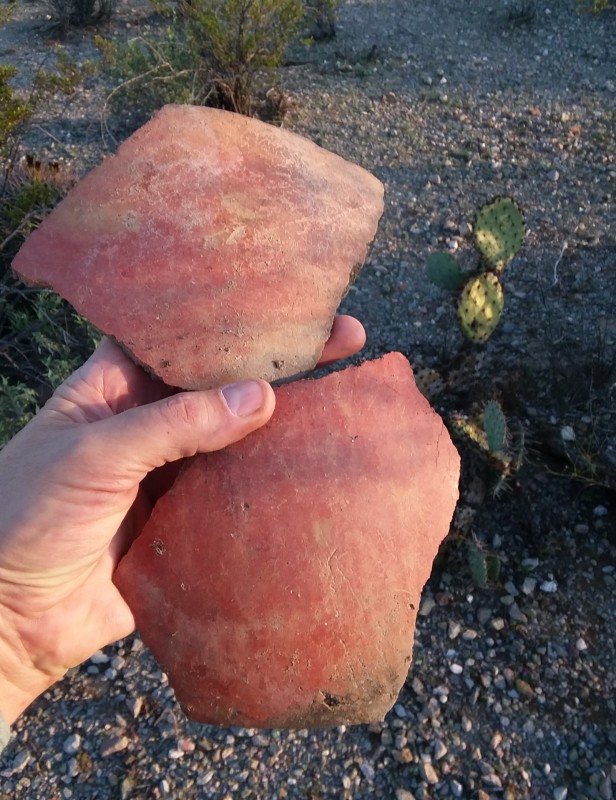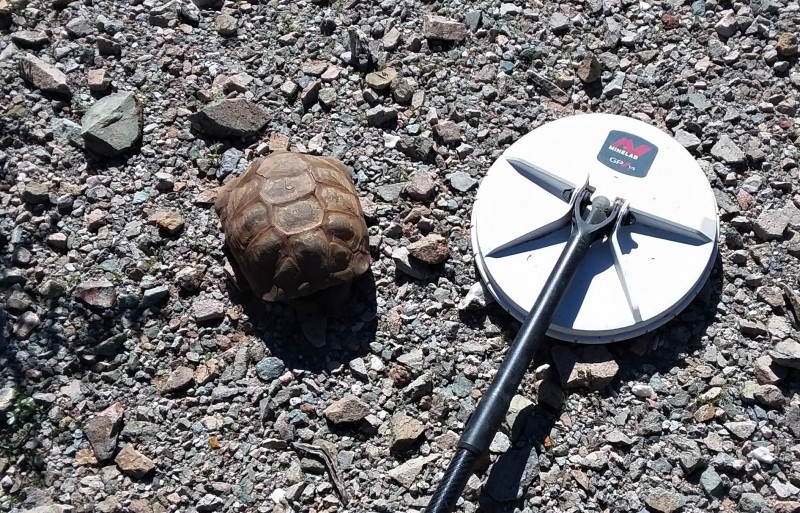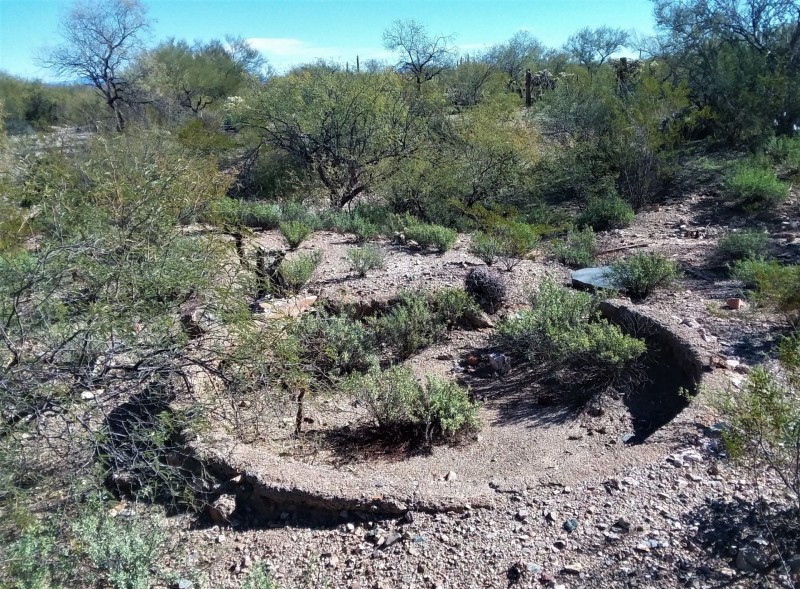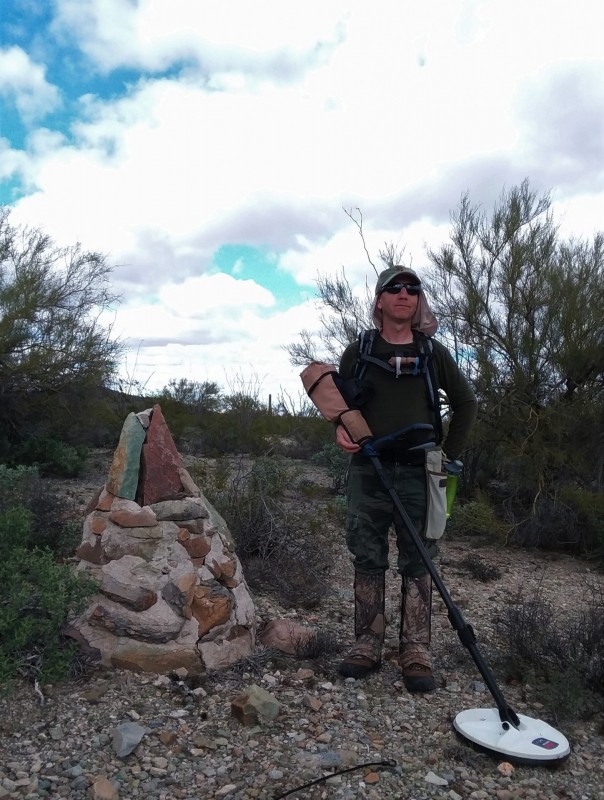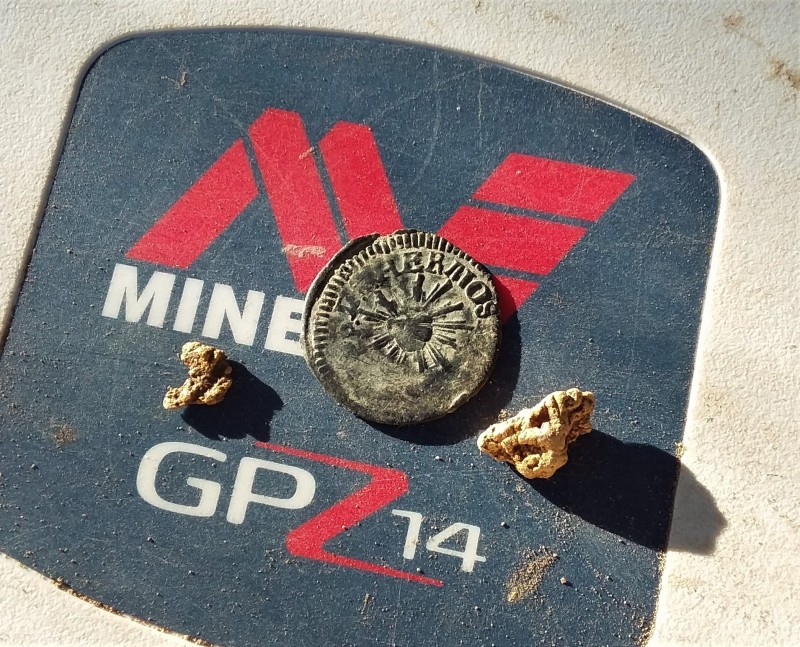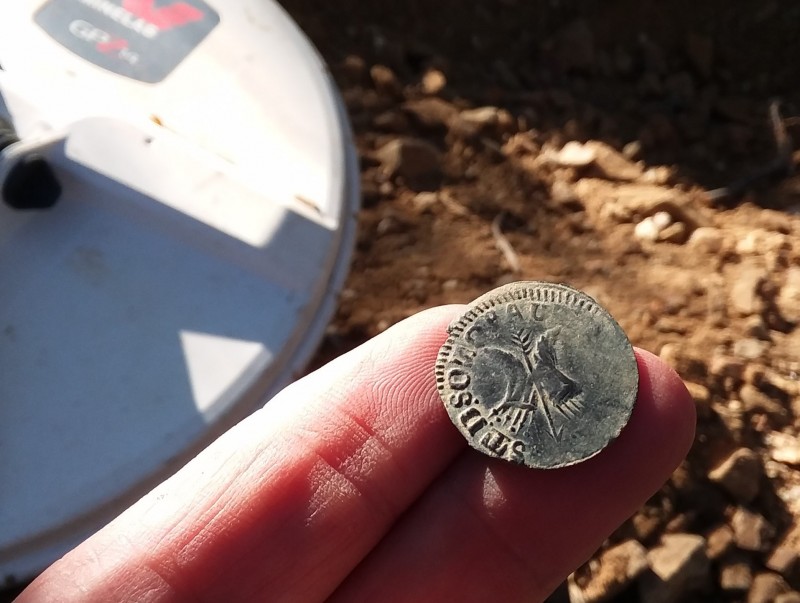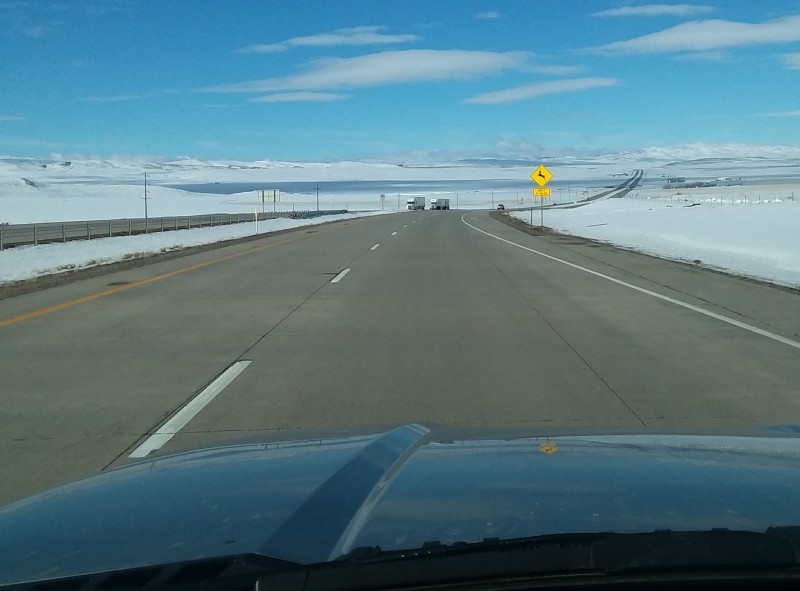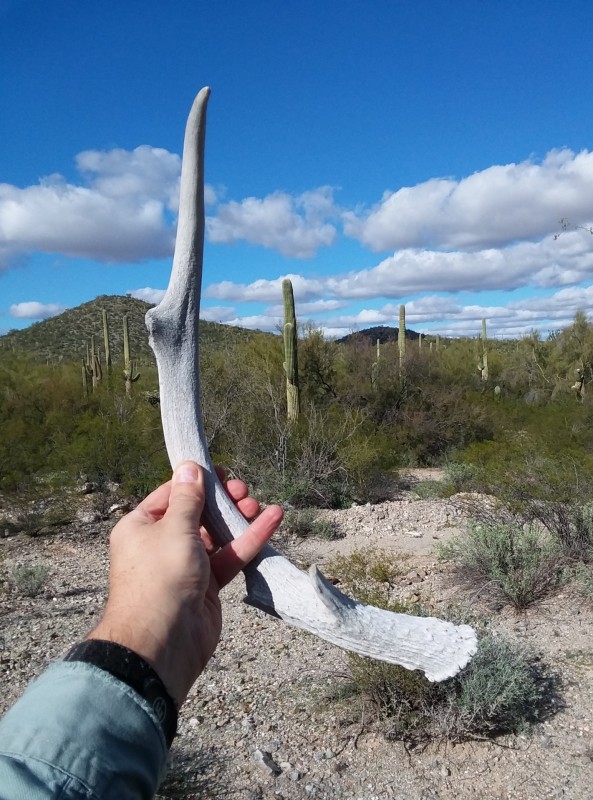Leaderboard
Popular Content
Showing content with the highest reputation since 12/18/2013 in all areas
-
Man, what a ride! I got my first metal detector when I was 14 years old, a White’s Coinmaster 4, in 1972 . I was already an avid gold prospector by that time, so I went on my first nugget hunt with a metal detector in 1973 at Moore Creek, Alaska. Moore Creek was to figure very large in my life decades later, but that first nugget hunt was a bust. I panned about 1/4 ounce of chunky gold out of the little gully pictured, but the Coinmaster 4, even with the 4” Gold Probe, simply was not up to the task. I decided there were better ways to find gold and became a serious gold dredger, with my metal detecting reserved for coins, jewelry, and relics. It was not until 1989 that I found my first gold nugget with a metal detector. First try detecting gold with a metal detector 1973 I co-founded a business in 1976 selling gold dredges and metal detectors. I’m retired now but that business is still going strong 47 years later as a premier powersports dealer with three locations. Creating that business with my partner, helping support hundreds of employee families for all those years and eventually converting it to an employee owned company, will stand as one of the greatest achievements in my life. It also was my way to be deeply involved in metal detecting as a profession by being a multi line dealer. That lead to working with most of the major manufacturers first testing, and later being involved on the front end of the development of a number of well known detectors. These include the Garrett Infinium, White's TDI, Fisher F75, Garrett ATX, Nokta FORS Gold, Makro Racer, Makro Gold Racer, Makro Gold Kruzer, plus Minelab SDC 2300, GPZ 7000, Gold Monster 1000, Equinox, Vanquish, GPX 6000, Manticore, White’s/Garrett Goldmaster 24K, and finally Garrett Axiom. Like I said, it’s been a heck of a ride! Eleven years ago I left my home in Alaska to reside in Reno, NV. In some ways I view the few years that followed as “peak detecting” for me. I was deeply involved in GPZ 7000 testing and so had the benefit of being the first to use it on many Nevada and California gold locations. I was in my prime physically, lean, tough, and able to swing a GPZ 7000 from sunrise to sunset without pause. I did just that and spent weeks at a time camped out on various gold patches, and added a couple pounds of some pretty spectacular gold to my safe deposit box. In my prime In the last few years I fell into a fortuitous relationship with Garrett Metal Detectors. I kind of wanted to wrap up my career working with the companies by helping a U.S. manufacturer, and Garrett is about the last left that’s serious about staying in the business. It was a wise decision, as they are really great down home people to associate with and I’ve had a ball working with them. The years are catching up with me though. Severe arthritis in both hips brought me to a near stop a few years ago. Having both hips replaced a year and a half ago has given me a second lease on life, and lead to a lot of reflection and appreciation for the gifts I’ve been given in life. Not least being a wonderful wife and a couple daughters, both here with me in the Reno area. My wife still works full time as a teacher, probably will until they carry her out feet first. As such I’ve settled more into supporting her however I can as house husband and help mate. She deserves everything I can give her at this point for putting up with me and my nonsense. A real gem for sure. Metal detecting is just not what it used to be for me. I admit I’ve been spoiled, and got to live through the very best years that detecting has to offer. I’ve found many pounds of gold with a metal detector, including two 6.5 ounce gold nuggets. I lost count of the 1-3 ounce nuggets I found. Piles of gold and platinum rings. My best coins are from Roman times and into the 1700s. My best relic is a 3500 year old Bronze Age axe head in good condition. I’ve metal detected in many states and countries around the world, and have met and worked with many movers and shakers in the metal detector industry over the years. Yes, quite a ride indeed, and one that I was wise enough to document with stories and photos over the years at Steve’s Mining Journal. My memory for the past is not the greatest, so I wrote those stories as much for me as anything, and I’m very glad now I did. Check them out if you are interested, there is a books worth of stories there. I don’t believe at grasping at things, and long ago decided I wanted to age gracefully, accepting the changes that life brings. I’m of an age and of a mindset where I am grateful for every day I have now, and very satisfied to have lived life well and to the fullest. I’ve seen and done amazing things, and even my darkest moments I see now had silver linings. It was not all easy, and frankly I’m lucky to be here. There were times in the depths of alcoholism when I thought of just ending it all. Yet now, many alcohol free years after rehab I am grateful for my time in darkness, as it’s given me perspectives and humility I never would have had otherwise. I don’t want anyone thinking I’m some kind of super duper person when I tell my life stories. No, I’m just a regular Joe that was pretty clueless about a lot of things, and if I succeeded at all, it was as much despite myself as anything else. Somehow it all worked out, and I’m as content and as happy as I think it’s possible to be. When it comes to gold prospecting and metal detecting though, I am pretty much wrapping it up and putting a bow on it. My focus now is more on my wife and family, my garden and my four lovable wiener dogs, and quite a bit of time spent playing RPG games on my computer, a guilty joy I avoided for years. I’m certainly not done metal detecting and gold prospecting, but compared to the all consuming thing it was ten years ago, now I’d say I’m a casual detectorist just looking to get out now and then. I won’t say no when things come my way, but it’s no longer something I’m actively pursuing. That’s it really. I just wanted to reflect a little, and also explain why I’ll be less visible in the metal detecting world than in the past. I’ll be here, keeping things running, posting now and then. But by and large where the forum goes is dependent far more now on you all than on me. As long as people are interested and keep posting I’ll invest my time and a little money in keeping it going. I want to put up my personal finds gallery, my own little online museum, so will get around to that sooner or later. Other than that, thanks for your interest and posts on the forum as it’s the people posting that will keep it alive. Best wishes to you all. Steve Herschbach Perhaps the nicest gold nugget/specimen I ever found, 1.83 ounces in 2014 with a Nokta FORS Gold…74 points
-
Update 9/30/22 I wrote the post that started this thread over a month ago. I questioned why anyone would be selling GPX 6000 metal detectors they owned, to place an order for an Axiom, when the product was still under development. Nobody has any independent evidence in hand about how the final shipping version of the Axiom will compare to the GPX 6000, and I have been frank in saying that I should be considered a biased source. My main concern, however, were that people were taking my selling my own GPX 6000 as meaning perhaps more than it does. So in the post I stated straight up I thought it was premature for anyone to be selling a GPX 6000 to order an Axiom. Since then, nothing has changed per se as regards that recommendation. I do know, however, that feedback from myself and others means the Axiom is undergoing significant upgrades in capability still, and that this process will continue until Garrett feels they have a product they are satisfied with. That means it is simply too early to decide exactly how these detectors compare. I know I really like what this detector has to offer, and I am certainly finding gold with it. There are, however, things I felt could be improved. The latest developments as of today have left me feeling more optimistic than ever that the Axiom will be a worthy competitor when it finally reaches the market. That being the case, I decided to update my previous post with this simple statement. And that is to note that it is not over until it is over, and people should withhold judgment until the final Axiom is out, and various independent people have a chance to compare it to existing detectors. I'll recuse myself from that process, as I have been to involved with the prototype testing, and do not want anyone looking to me as being anything but biased on the subject. Frankly, that just gets me off the hot plate, an easy out. I'll end with my stock recommendation. The wisest course of action with any new metal detector models is always to wait. Wait until it is out, and if you can, wait until others you know and trust have had to to evaluate the detector, and report on it. Let them be the guinea pigs. There is almost never any reason to be giving money to dealers based on pre-release information, unless you are just dying to be the first kid on the block with a new toy. With that said, let the wait continue. Trying to rush Garrett at this juncture helps nobody. What is needed is patience with a capital P, so that all the time possible is given the engineers to tweak and tune, and deliver the absolute best product possible. 10/13/22 - Latest Commentary Here73 points
-
I made a quick trip to Alaska recently, where I still have family, and ties to my old business. While there, I took advantage of an opportunity, and did something I have always wanted to do. Go metal detecting for gold nuggets in the Nome area! I've been to Nome a couple times in the past, but it was just passing through. And it seems I was always too busy finding gold someplace else, to ever make it to Nome to find gold. I had a day of travel, three days detecting, and another day of travel. Not as long as I would like, but as things turned out just perfect. I had a typical Alaska style adventure just getting a truck rented, and finally made it to the mine location that evening after a full day of flying. The weather in Nome was stunning blue skies. Here are a couple pictures of the beach and the view off the road to the mine. Click or double click on on the photos that follow, to get larger high res versions. The Beach at Nome, Alaska Along the road north of Nome (Teller Highway) I got settled into my accommodations and talked with the miners about what they were doing. Nobody had used a detector successfully here, and I was hoping to give them some information about their ground, in return for this chance to find a little gold. I always am a little hesitant when I arrive in unfamiliar territory and people, but everyone was very nice. Weather was perfect, and most amazingly, a cold snap had put the mosquitos down. I could not ask for a better start. I hit the a more recent place they had mined and done well, and like many far north gold mines situated in tundra and permafrost, the thing was a mud pit. There was a surprising amount of blue clay in the material. There are no glaciers in the Nome area today, but what I was looking at was classic dense, blue glacial clay deposits. It's a good thing I had packed my mud boots, just in case. And in fact, my very first Nome nugget came out of a gravel layer, right under one of these clay deposits. It was right on the edge of the cut, where they had stopped due to hitting permafrost. A few days had allowed the stuff to thaw, or otherwise I'd be hacking at stuff tougher than asphalt. First nugget from hole next to Axiom search coil My first Nome Gold! The spot they were working was both virgin ground, and old tailings, so the material was full of ferrous junk, and a few non-ferrous items like shotgun shell ends. Working in mud is not very fun, as I had to use care to not get myself stuck in a bad spot, and excavating many targets was an exercise in trying to find a small thing in a handful of sticky goo. But I hunted a long day in the northern summer sun, determined to make the most of my limited time. I ended the day with a little over 14 grams of nice gold nuggets. The last few came from a hot spot in a brown layer, but after excavating a few nuggets, I hit permafrost. I left the last signal, figuring I would come back later after it had a chance to thaw some more. Anyone thinking it's nuts to leave a nugget signal, has never tried to hack into permafrost. It's ice mixed with sand and gravel, and it tends to dent more than chip away. Really tough stuff. First day of detecting in Nome area with Garrett Axiom The next day I explored around more, and hit quite a bit of exposed bedrock along the creek, above the current workings. There were plenty of old workings up the creek still, but this bedrock was surprisingly devoid of targets. It made me wonder if somebody had detected it at some time in the past, and I think that's a fairly decent bet. It's hard to find places where a detector has never been these days, and this bedrock was a glaringly obvious place to hunt gold. Yet I found no gold, and only a couple trash targets. I did spy some large old tailing piles up the creek, the sort I am used to hunting in Interior Alaska. Large steep piles of gravel, stacked against one side of the small valley with a dragline. I had very little gold to show for the day so far, so that afternoon I hiked up though the brush and wet creek areas, to get to these old piles. They were very steep, but washed loose material, easy digging, and no sign of dig holes. I started at the tops, and wound my way back and forth across the faces of the piles. The Axiom was really great at this due to its light weight. Heavy machines are ok in flat ground if you harness up properly, but swinging uphill on a steep hillside is something else. A couple trash targets, then a nice, deep nugget. Oh boy, I was excited now! I had left a warning about where I was going, with instructions to send out a rescue party if I was not back by a certain time, so I had a hard cut off point I had to keep an eye on, allowing for time to hike back out. I therefor got with the program, and scanned as efficiently as I could. I got all but the last couple piles in this little set done, before I just had to walk away and get back to camp. But my few hours detecting had me getting close to 3/4 ounce of nice, chunky gold nuggets! They were all old gold, coated with what I am guessing was manganese oxide and/or iron oxides. I showed off my gold, got a quick bite to eat, and went back up that evening to hunt the last couple piles. And got a couple more nuggets, just over 25 grams total for the day. The largest was right at 10 grams, my largest for this trip, and almost completely coated with oxides. Pretty cool looking actually, something different from the norm. It shows the old timers were losing some pretty large gold, no doubt due to poor recovery systems. It might be economical to mine these tailings again with better equipment, since they are clean and stacked, ready to process. Top of a tailing pile View down the pile - bigger and steeper than it looks! 10 gram nugget, the largest found on this visit, from the old tailing piles Dark gold off the old tailing piles I had only one full day left to hunt, which seemed like not enough by far. However, the forecast called for a big storm moving in the next day, the day I was leaving. With that in mind leaving seemed like a pretty good idea, because if things were a mudhole in nice weather, it was bound to be a real mess in pouring rain. I decided to hit the newer workings again, since I had covered the closer old tailing piles halfway well, and the next set up was quite a ways up the creek, and some wet ground in between. The hot spot I had left as frozen was my first destination, and a good choice this turned out to be. The ground had thawed more than I expected in 48 hours, and I got that first nugget out in minutes. Then another. And another. This was a seam of blue clay, with some coffee ground colored brown gravels just on top. The clay was a classic false bedrock. The brown color is from the water percolating down through the gravel, picking up iron minerals as it goes. It hits the impervious clay layer, and stays there, or travels laterally on top of it. In the process, the iron oxides get deposited, creating a distinct brown layer of gravel and sand, usually inches thick, sometimes a foot or two. I encountered this very same pay layer at my old mine at Moore Creek, where we called it "coffee grounds" due to the color of the generally sandy material. It was a sign of the best and richest material, and looked like the exact same scenario here. Digging into the paysteak with Garrett 24K and Axiom Closeup of blue clay exposed in middle, and brown material just on top of it I was literally scraping nuggets off the clay layer, and finding some larger ones embedded in the top few inches of the clay. While doing so, I noticed the sand was full of smaller gold. Visibly scattered through the sand and gravel! I scooted back to camp fast, and grabbed a gold pan, plus a Garrett 24K. My plan was to use the super hot 24K to isolate tiny bits, then just scoop them into the pan, until I got a pan full, then pan them out. Far faster than chasing really tiny bits one at a time. I fired up the 24K, a hot, high frequency VLF, and got a big surprise. Every swing, there were rocks banging out like gold nuggets. They were all over in the gravel, though possibly more concentrated in this pay layer. I've only seen this stuff in one other location before in all my years of detecting. Graphitic slate. Graphite is used to make pencil lead, and more revealing, battery posts. It is non-ferrous and quite conductive. In fact, it reads exactly like gold on a VLF metal detector. The miners had mentioned problems with hot rocks. I didn't even know the things existed running the Axiom, while the 24K was banging hard on every one of them. They would not ground balance out, and this one below reads a solid 56 on the 24K, a solid gold reading. No wonder the miners were not detecting. This place is a poster child for why a person needs a PI detector for some locations. This is not a common hot rock in most places, but is fairly common in the British Columbia gold belt of Canada. The location north of Anchorage is in the Petersville District. Graphitic slate from the Nome area OK, fine. I went ahead and took a few pans right off the clay layer, going for what I thought was the best stuff based on the nuggets the Axiom was finding. My first pan was one of the best I have panned in a very long time; I'm guessing close to 1/10th ounce of gold! Very rich material. I panned a couple more pans, then decided I'd leave it be for the miners. They needed to come back and mine the rest of this location after it fully thawed. I later talked to them about it, showed them what I was finding, and they are going to do just that. I scouted along the edge of the cut some more, and found more exposures of the layer in various locations, and found a few more nice nuggets in it. Another good day with over 1/4 oz of gold found, including 6.6 grams of small gold found with the pan. I was leaving very early the next morning to catch the noon flight out of Nome, soI cleaned everything up and met with the miners. They were quite appreciative of the information, both on the results in the old tailing piles, and the virgin pay layer left yet to mine. That, and finding out they needed to get an Axiom ASAP. The largest 10 gram nugget stayed with the miners, and putting the panned gold aside, I ended up with 1.16 Troy ounces found with the Axiom in three days. The dark stuff cleaned up well after a few days in both 1% HF Whink, and oxalic acid. 1.48 ounces total gold found. Not bad at all, and I may very well visit this location again some day, when I have more time to spend. Though I am happy I left when it did - it started raining that night, and kept it up hard the day I departed. Many thanks to my hosts, and to Garrett, for helping make the connections, that made this all possible. Gold found detecting and panning by Steve near Nome, Alaska 1.16 Troy ounces found by Steve with Axiom, after 10 gram nugget left with miners62 points
-
I am primarily a gold prospector but I do enjoy all things metal detecting. The thing is I really like finding gold (or platinum, silver, etc.) so my focus is always on precious metals. That being the case relic hunting has not particularly appealed to me, especially given the laws surrounding finding true artifacts in this country. Many relic hunters are at least technically in violation of federal law if they are recovering items 100 years or older and in many places 50 years or older can get you in trouble. I don't need that kind of problems in my life, and so even though the actual risks involved tend to be overblown, it is not something that excites me. I have the law firmly on my side when prospecting for gold on land open to mineral entry. Eight years ago some friends suggested I might enjoy hunting ancient artifacts and gold in England. The UK has laws regarding the recovery of antiquities that are far superior to ours. They actually support metal detecting and have proven so successful that museums are being overwhelmed by the numbers of exciting finds being made. I always wanted to find a gold coin anyway. My friends suggested the operation that centers around Colchester, England. Colchester is the site of the earliest Roman occupation in England and has history extending far earlier. The Celtic tribes in particular were active in the area, with many Celtic gold coins found by detectorists. The gold coins found span the millenia though including hammered gold coins and milled gold coins of more recent vintage. Just browse the website finds page for an idea of the types of finds made every day in this area. All photos in this story may be clicked or double clicked on for larger versions. Just one field of several at this one location. I could have spent the whole trip here. The hunts are limited to a couple times per year when the farm fields have just been harvested or planted, so Feb-March in the spring and Sept-Oct in the fall. The limited timeframe and limited openings means it is hard to get your foot in the door with this club unless you apply a year or more in advance. 2019 is already filling up and people are booking 2020 now. Long story short I made the trip for two weeks back in 2010 as told at Metal Detecting Ancient Coins at Colchester, UK. I refer you there for more details especially photos of all my finds. The hunt was amazing with finds ranging over a 2000 year span. Finds that would be world class in the U.S. are not only common but considered "new" by comparison to the finds I made almost every day I was in England. Yet I did not score that gold coin. There are many found, but when you consider the number of people hunting 12 hours a day the reality is that you have to be very lucky to get your coil over one, even given a full two weeks. I came away better educated on that reality. It was a fabulous trip but I was in no great rush to return knowing what I learned, plus it rained half the trip, and UK farm field mud is as sticky as it gets. It is far easier to find gold nearer to home and I went back to prospecting and jewelry detecting as my main focus for finding precious metals. Nostalgia does creep up however, and as time passed I thought I should give it another go. I booked a slot with two of the hunt managers, Minnesota Mindy and Chicago Ron, figuring that I had a shot at maybe at least one of them. I had never met Mindy but we knew of each other from Ganes Creek days, and Ron I took a photo of making his first Morini Celtic gold coin (see story above). A year went by and then suddenly Mindy had an opening, which I jumped on immediately. Just a few days later Ron had an opening. I was going to decline, then saw by some miracle his week started when Mindy's ten days ended. I really hate making trips of any magnitude for less than two weeks. This is low odds stuff and the costs also do not justify short hunts in my mind. I booked with Ron also and suddenly had seventeen days in England on my calendar for October 2018. By sheer coincidence it turned out that a forum member unearth (hi Gary!) was booked for Mindy's portion. Field with view of the River Stour I got a ticket with United for $1250 round trip to Heathrow from Reno, NV. It is a pretty easy flight really. Afternoon flight out of Reno to Los Angeles, and then 11 hour overnight flight from LA to London. Overseas flights coach class is more like domestic first class, and if you can sleep on planes you can sleep most of the journey away and wake up in England. My return was the reverse but routed through San Francisco with a longer layover in order to deal with customs on re-entering the U.S. No real issues for those used to navigating large airports. It could be exciting for novices however but just relax and ask for help the minute you have any problems. The trips to a certain degree are like an all inclusive vacation with most everything covered, but may include nights out at English pubs for dinner. I did none of that my first trip so looked forward to seeing a little more local flavor this time around. I must be mellowing with age because it is not all about the hunt these days - I am making more effort to smell the flowers along the way and just enjoy. Accommodations on the trip are in barns that have been converted to apartments, which is why these types of hunts are referred to as "barn hunts" but there are other options. Rooms are normally shared - my room for the first ten days. Art was a great roommate. I got far more lucky with weather this time much to my relief. It makes everything more pleasant for all involved. Groups consist of seven or eight people including the host, who busses the group to different fields each day or twice a day. All morning hunting takes place on one farmers fields. The hunt may continue on that farmers land in the afternoon, or switch to another famers land. The farmers are paid by the number of people on their land each day so for logistical purposes it is one or two landowners per day. The amount of land available is mind-boggling vast. There are fields that have been hunted for the 16 years the club has been in existence, and good finds are still being made. This is part due to the sheer size but also the fact that the famers deep plow and turn the land. Targets that were too deep or on edge get brought up or reoriented, and so areas thought dead come back to life on a regular basis. I proved that myself this trip. New fields are also added on a regular basis for those who like that feeling of being on less hunted ground. I took two Equinox 800s on the trip, one outfitted with the new 15" x 12" coil that arrived just before my departure. This is a fantastic coil, very light for its size, and just the ticket for covering huge areas. There is a depth bonus also on most targets but to me that is just a bonus. That extra 4" coverage per swing is far more important in improving the odds for finds than another inch of depth. I will get more into my settings and how they evolved during the trip as a follow up post. United wants $100 for a second bag, and I was able to bring two complete Equinox and everything I needed for three weeks on the road in a single 40 lb bag plus small satchel carry on. Nice! I could drag this out as a blow by blow accounting of each day but let's cut to the chase. Just a couple days into the hunt one of our group found a Celtic gold coin, always a good sign. Five days into the hunt Gary (unearth) scores part of a medieval gold ring with a red stone, possibly a ruby. A great find and Gary was very pleased to find gold - who would not be? Congratulations Gary! I and the others were finding various old coins and artifacts similar to what you would see in my story from 2010 - lead seals, hammered silver coins, watch winders, buttons galore, musket balls, etc. Gary scores gold and a gemstone - jewelry finds are very rare October 16 dawned nice and sunny, and we went to hunt some of the older ground in the club and so few people want to hunt there. Yet I was immediately busy digging "gold range" targets with my focus being on target id numbers from 7 on up. I will explain the reasoning there later. I made a few passes back and forth digging all manner of small lead bits when I got a nice little 7-8 reading no different from hundreds already dug in the last few days. I turned over a spade full of dirt, and out popped an oddly shaped piece of gold! Celtic "Votive Offering" fresh out of the ground! I knew it was gold but I was not sure what it was. It looked like a small torc, normally a band worn around the arm or neck. This was too small, maybe 5-6 inches long, so it would barely loop around a wrist enough to stay put. More like the size of a ring really. Whatever it was I knew it was great and my emotions soared sky high. I reached in my pocket for my iPhone to take a picture.... and had an emotional crash. My phone was gone! I went from elation to panic almost instantly. I left the find and detector where they were, and proceeded to backtrack my trail. I had not gone far and the ground was rolled flat, so I determined I must have left the phone in the van with Mindy. So I got on the radio and announced my find of a "mini-torc" and explained I had lost my phone. New Minelab Equinox 15" x 12" coil helps make once in a lifetime find Mindy was excited and said she would be right there. She did indeed have my phone, so we rushed back and took photos of the find. Everyone gets excited when gold is found and this time was no different. Now that I had my phone I got excited all over again, quite the rollercoaster! Happy guy! Photo courtesy of Mindy Desens Celtic gold, the find of a lifetime for sure. Many of the Celtic gold coins found here date from around 50 BC to 25 BC and so it is reasonable to think this find is of similar age, though that cannot be determined for sure without further testing. Gold dropped around 2100 years ago - simply amazing! Equinox and Celtic gold! The find has since been labeled as a gold "votive offering". The ancients lived for the harvest, and offerings were made to the gods in the form of gold tossed into the field to insure a good harvest. At least that is the theory that tries to explain why nearly all the farming land seems to have at least a few Celtic gold items found in them eventually. The truth is nobody really knows for sure as there are no written records from that time. For all we really know this might be an ancient gold hoop earring! That's half the fun, imagining what this stuff is and why it is where it is. The club has been hunting these fields for around 16 years, and while many Celtic gold coins have been found this is the first item of it's type, making it a particularly rare and satisfying find. It is really hard to get my head around the fact that somebody last held this gold over 2000 years ago. Celtic gold "votive offering" closeup All gold or silver that is not a coin is immediately declared as treasure to the museums. I actually got to handle the find very little before it was whisked away to a safe. The museums will evaluate it, and possibly bid on it. High bidding museum gets the find, and the money would be split between me and the property owner. If the museums decline, I will pay the property owner one half the value and eventually get it back. This normally takes about a year but can take two or more years depending on the backlog. Every item found that the finder wishes to keep must go through this process, and there are only so many experts who can identify and catalog all this stuff. I live for the hunt and the photos. It's not like I haul gold around to show off to people - it all resides in a safe deposit box. So for me the only real value is in making that adrenaline rush happen and then having photos I can easily share with others. I won't mind therefore if it sells at auction and I get half the cash. Clean and easy. If I get the opportunity to get it back however I may very well have my find fashioned into a ring. There are not many people in the world who can claim to be wearing jewelry fashioned before Christ was born. I could sell it myself no doubt for over twice whatever I pay for it, but I don't need the bucks that bad to part with such a find. Celtic gold details - actual age unknown but BC, around 25 to 50 BC if in range of coins found in area The Equinox with 15" x 12" coil did a good job making this discovery. As a classic open ended "broken ring" type signal it was reading 7-8 and was detectable to only about 4-5 inches in air tests. I am guessing it was about 4 inches deep. The Equinox is exceptionally hot on gold and while you can never say for sure it is very possible that this gold item was left in this heavily hunted area because it is such a poor signal on most detectors. Needless to say I am very happy with both my Equinox and the new 15" x 12" coil. It is the perfect coil for this type of large field detecting. Speaking of Equinox I was surprised at how many were already in use with this random cross section of hunters from around the U.S. About three-quarters of the hunters were swinging the Equinox, most having switched from the Deus or CTX 3030. Other than the typical minor quibbles people were unanimous in liking the machine and there was constant talk about how well it was performing. The Equinox really loves round items in particular, and people were reporting noticeable increases both in depth and target id accuracy at depth. Ferrous identification is almost 100% accurate under these conditions. I dug only one ferrous item in nearly three weeks that just clearly fooled me, a very deeply corroded steel spike of some sort. There were a handful of other ferrous targets I dug that I figured were ferrous but were borderline enough I figured "just dig it". Better safe than sorry, but in each case they were the expected ferrous items. Lots of Minelab Equinox plus a Deus and CTX The next day we were back in the same general area. There was one small plot Mindy wanted to hunt and nobody else was interested, so I decided to hunt with her. I was at one end of the field and Mindy the other. I was hunting fast, trying to cover area, when I got one of those showstopper signals and dug a nice 1737 George II milled silver sixpence. I had no idea what it was - kind of looked like a Roman emperor to me and so Mindy had to take a look. I found I was best off not speculating on finds as I was usually wrong though I am learning. The "George" I know now is a dead giveaway that this is a "recent" vintage coin. A real beauty though and I was quite pleased with it. 1737 George II milled silver sixpence It was only 15 minutes later that Mindy calls out on the radio that she found a full Celtic stater, the larger of the Celtic gold coins. It was her twelfth gold coin find on these hunts over the years, and a real beauty at that. I am one of those people who get nearly as excited as the finder when a great find is made - I love seeing people do well detecting - and this was very thrilling to witness. Although I was in no position to complain this was exactly the sort of find I had hoped to make myself, and it is nice to know these targets still remain. I had walked maybe ten feet past the coin as I headed for the far end of the field. Just a stunning coin, and looked almost brand new even though it had been in the ground for around 2100 years. Gold is just amazing in that regard, whether nuggets, jewelry, or coins, they pop out of the ground like they were dropped yesterday. Mindy scores a Celtic gold stater - her 12th gold coin 45 BC to 25 BC Addedomarus - Trinovantian tribe 5.58 g.16.90 mm Can you imagine, twelve gold coin finds, including a hammered gold noble, some sovereigns, and Celtic gold? Mindy is amazing. Here I am looking for my first gold coin and she gets her twelfth - now you know why this hunt attracts people. The next day we were hunting some of the newer, less hunted ground, but after some high speed scanning I wandered off to an area that has been hunted a lot before because two gold sovereigns had been found there recently. There are areas where there are lots of targets, and also vast stretches of fields where targets are few and far between. People tend to like the idea of new fields, but they often have very few targets to dig. I kind of prefer older target rich zones that have prior gold history because even after years of hunting I have no problem digging lots of gold range targets in these locations. This does usually mean lead but I am happy to dig lead targets all day as opposed to being in an area where there are only targets once every 15 minutes or more. This was one of those locations, and I was in gold hunt mode digging lots of tiny signals in the 7-10 range with 9 being particularly prevalent. This almost always is an oblong little bit of lead, but I dug another nice 9 signal and up popped a large gold flake! It was not much different than something I might find gold prospecting, but is either a fragment of a hammered gold coin that has been worn to oblivion or maybe a portion of a blank gold sheet. I don't know but it was my second gold find in three days and so very nice to see. Just making one gold find is exceptional, and two in a week is harder yet. The flake only weighs 1.03 grams and is 15.05 mm long and 0.80 mm thick. Truly just a flake of gold, and another testament to the gold ability of the Equinox even when running the larger coil. I was pleased with the find as much from a technical aspect as anything else, since I have already found countless similar flakes of gold while prospecting. I went all the way to England to find a flake of gold! It finally came time to say goodbye to Mindy and the group and get handed off to the new group incoming with Chicago Ron. Ron is an incredible hunter with a real nose for making finds. I really enjoyed watching him - an artist at work. In fact there are many people on these hunts that are amazing detectorists (Scott and Scott, and Mike, I'm looking at you) and there is always something to learn by observing good detectorists in action. What makes Ron special is he just wanders around in an apparently random fashion, yet consistently wanders into some really great finds. He has one of the best noses for detecting I have ever seen. My luck dropped off in this final week but no complaining here - nobody would sympathize anyway! I had my trip in the bag and was more relaxed and I was admittedly cherry picking a lot more now, focusing on the gold range and round targets. Most people are hunting hard for hammered silver coins, but for me those were more accidental bycatch. I just hunt for gold and let the rest happen. I had the chance to eat out a few times with Ron's group and enjoyed seeing more of the local flavor than I did on my first trip to the U.K. There was a dinner night out with Mindy's group (I bought dinner and drinks for all celebrating my find) that was a good time. I just love the English people and these nights out gave me more chance to interact with them. I even took time out from a hunt to go shopping in town with Mindy just to see the town of Manningtree close up. Again, one of the benefits of making a great find - the pressure was off and I did not get so crazy about just detecting. Manningtree, England One pub in particular out with Ron and company was directly across the street from where the captain of the Mayflower lived. The history everywhere you look is just stunning. Ron like nearly everyone in his group is was swinging an Equinox, and early on one day of the hunt he made a find that is rarer than the gold coins - a huge 1653 Commonwealth hammered silver half crown (30 pence). This is one of the few English coins with no king on the front because England was a Commonwealth without a king for a brief period of years. How this 14.39 gram silver coin was still sitting in the middle of a hunted area is a mystery, but as we all know if you do not get the coil right over the spot finds get missed. The coin is 34.66 mm or 1.36 inches in diameter and 2.0 mm thick. I got a great photo of Ron with his first Morini Celtic gold on my last trip, and here he is again doing his magic. What fun! Chicago Ron and 1653 Commonwealth hammered silver half crown Ron's 1653 Commonwealth hammered silver half crown I added to my collection of hammered silver, 1700 and 1800 copper coins, and milled silver coins with the remaining time I had. I tended to wander off in oddball directions away from the group, doing the "go big or go home" thing by hoping to get into some little corner or hotspot overlooked by others. Given the size of these fields there are limitless opportunities for this sort of wandering, and it often means fewer finds. It is however how spectacular finds like a horde happen so I do enjoy giving it a go. It ultimately is my favorite type of detecting, being alone in some place wandering around doing my own thing. Gridding target rich zones is probably more productive, but it has a mechanical work aspect to it. Wandering is more freestyle and also more conducive to the sort of meditative mental state I achieve while metal detecting. I am one of those types that lives in my head and some of my best thinking is done while wandering around detecting. I get so into "the zone" that hours flash by in apparent minutes. Whether I make finds or not I find metal detecting to be wonderfully refreshing. For me at least there are few things more relaxing than metal detecting. The trip ended with a spectacular bang by another new Equinox owner who recently joined the forum. Tim was kind of frustrated with the Equinox when I met him, but I did what I could to help him gain confidence in his detector, and the finds started coming. The very last day he made a find that exceeded my own in some ways, but that is his tale to tell so I will leave it for now. It was so awesome again to be around when a major find was made, and come to find I had walked about 30 feet away from it the previous week. Miss it by a foot or a mile, and you miss it. Usually you never know what you miss, but in this case I got to find out. It may be hard for people to believe but I am happier that Tim made the find than me. I am getting a bit jaded these days whereas Tim nearly fainted from the excitement. I get a real charge out of seeing that in people and Tim is just a really nice fellow. He really worked hard for that find and it was an awesome way to have the adventure come to a close. I am sure we will hear the details about Tim's amazing find very soon. I could not be happier with my 2018 UK adventure. The weather this time was really great. I actually got a farmers tan while in England! Mindy and Ron and his wife Gretchen are all great, doing everything they can to insure people have a good time. The folks I got to visit with in both groups came from all over the country, and I could not ask to meet a nicer and more upbeat bunch of people. I really am going to have to give this another go because I finally came home without that gold coin. Even that is ok because what I did find is even rarer, and I made two gold finds on the trip. Eight years ago I went home with a pouch full of great stuff, but I think my pride was a bit wounded that I had found no gold. I am supposed to be the "gold guy"! I am constantly competing with myself at some level, and this trip really left a warm glow. Again, my thanks to all involved for making this one of the best experiences in my now very long detecting career. Just awesome!! ~ Steve Herschbach Copyright © 2018 Herschbach Enterprises Many more details and pictures later in this thread plus the settings I used so do follow along ! Here is a partial selection of some of the finds I made on this trip. I won't be able to post a complete listing until I get the museum documents back - may be a year or more from now! A few finds made by Steve Herschbach in England, 201862 points
-
After prospecting in AZ, NV, CA over the last 20 months I found my first big (big for me) nugget on a recent prospecting trip in S CA. Using GPX6+NF 12x7 coil. It was a faint signal from the surface but quickly started to get very loud as I started to dig. It was about 14 inches deep in the bottom of a wash with large boulders. I thought it would be a rusty piece of iron trash because at the end it was so loud but was surprised by a heavy lump covered in brown dirt. A quick mouth wash and it turned yellow. A Eureka moment for me since my previous best nugget was 1.4 grams. On the same trip I also found a 2.5 gram nugget and a few sub half gram nuggets.61 points
-
I'm posting this with a heavy heart...😔 As much as I love prospecting for gold, it takes up a huge amount of my time and I am struggling to keep up with the everyday basics such as cleaning and maintaining my home, so something has to give. I will be getting rid of all my equipment. Below is a list of what's available. Serious inquiries only please and don't insult me with low-ball offers. Thanks for reading and understanding... 1. Dustpan and brush 2. Sponges 3. Dusters 4. Mop and bucket 5. Window cleaner 6. Vacuum 7. Dishwashing liquid 8. Laundry detergent 9. Fabric softener 10. Laundry baskets 11. Toilet brush 12. Cleaning sprays 13. Scrubbing brushes 14. Lawnmower 15. Brooms57 points
-
This is a callback to my 2011 Australia Gold Adventure. I put a lot of extra travel detail into that story, to aid others who might be thinking of doing a detecting trip to Australia. If you are thinking of doing this, and have not, I encourage you to look at that previous story. In the story that follows, click or double click the photos for full size versions. A few things changed in the eleven years since that adventure. First, the $1500 air fare I paid back then has basically doubled. Second, Australia now requires a visa even for tourists. You can’t complete travel without one. You can apply for one using an app on your phone, to take pictures of yourself and your passport. Details here. The real zinger came when I went to check in on New Zealand Air in Los Angeles. Even though I was merely passing through the Auckland airport on my way to Perth, I was not allowed to check in without a New Zealand visa also! Panic ensued, but luckily this also was done easily with a phone app while I was in the airport. However, although results are usually had in ten minutes, they note it can take up to 48 hours. Do this in advance and avoid the possibility of being denied boarding at the airport. Third, my final destination was Meekatharra, and this required making the switch to local Skipper’s Aviation, and an additional $600 round trip fare. On the previous trip we had driven a vehicle from Perth to Meekatharra, but this time I was going to meet JP directly in Meekatharra. The connections were such and the flight over so long, I ended up booking a room for the night in Perth, to ease the switchover. I stayed in the Country Comfort, Perth, which is affordable and nice, and which has a free shuttle service from both the main airport, and to Skippers Aviation. On a brighter note, the roughly even exchange rate from eleven years ago, changed to one hugely in favor of U.S. travelers at this time. I got $1.60 Australian for every U.S. dollar spent. A good thing, as prices are skyrocketing in Oz, like everywhere else. The exchange rate softens the blow. A little back story. I had spent a month of detecting in Australia in 2011, hosted by Jonathan Porter. I went home with a couple ounces of gold, which frankly did not impress me much. I think I sort of hurt JPs feelings when I said I saw no point in ever returning, if gold was the goal. I’ve relayed that information to other travelers since then, and not yet has one ended up telling me I was wrong. There is still great gold to be found in Australia, but frankly, it’s for the locals. Visitors with short time and minimal access should just be happy to find gold, any gold at all. For quantity, however, I’m better off on my own home ground here in the U.S. JP and Steve in 2011 JP and I talked about my returning someday, but for quite some time it was just that typical vague “someday” thing, that I never tried to make happen. Then things changed for me the last few years. I developed severe arthritis in both hips. It got so bad, that a couple years ago I thought my prospecting days, even my metal detecting, were about over. I was suffering enough last year, that I got both hips replaced this last winter. And miracle of medical miracles, I got a new lease on life! I feel better now than I have in many years. This experience changed my outlook on life and made me very aware the end of the tunnel is in sight. I’m good now, but I’m not getting any younger, and stuff just starts failing. You never know when, or how fast it will happen. Suddenly going back to Australia was not a matter of going to find gold, but just to go see an old friend. That’s exactly what I told JP, and I meant it. The gold no longer matters at all. I just wanted to have a nice visit and enjoy myself while visiting a friend. And JP, bless him, made it happen. A second layer to all that is I am celebrating metal detecting and gold prospecting for 50 years now. I got my first metal detector in 1972, and my first gold dredge right after that. I’ve been at it ever since, and now it’s been a half century of grand adventure. I decided an Australia trip was a perfect way to celebrate that fact. Also, out of the blue, Garrett Metal Detectors asked me to go along with them to Australia for the Axiom introduction. Boom, I went from never really planning on going back to Australia, to going twice in one year!! Part 2 of this story will chronical my upcoming return visit to Australia at the end of this month. I’ve been working with Garrett since last year on fine tuning the Axiom for release. This trip seemed an ideal way to get in some major hours with the detector, plus see how it handled mineralized ground conditions in Western Australia. JP thought I was nuts, and maybe I am, when I told him I planned on using the Axiom exclusively on the trip. I don’t know what to say, other than that it seemed like a fun thing to do. I can find gold with most anything, so I was not worried about that. After my last visit to Australia, I knew I was not going to find a ton of gold in just two weeks anyway. The point for me became to just use the Axiom, come what may, and go home happy regardless of the amount of gold found. Like I said, my perspective on life has shifted entirely from where it was years ago, when it was all about how much gold I was finding, period. Other than my little New Zealand visa surprise, the trip went smoothly, although the flights and layovers were a little long. I arrived in Meekatharra with everything I needed in one 50 lb suitcase, as another bag would have cost another $100 on every airline leg, and I set a record on this trip by traveling on six different airline. One bag was free, except for a small weight surcharge on Skippers. A bonus on this trip was that JPs son Tim was along. I thought this was great, as JP and I can be like an old bickering couple at times, so having another face along, and with a younger perspective, seemed like a fun idea to me. One that turned out great, as Tim is a prematurely wise young man. It was fun talking life and philosophy with him, and… wait for it…. our shared interest in computer gaming. Yeah, I’m a computer nerd for sure, and that extends to an interest in playing and modding computer RPGs. JP and I of course talked about detecting and detectors for endless hours, with not a small dose of the fact neither of us is getting any younger, and pining for the “good old days”, when gold nuggets just jumped out of the ground. Tim Porter - Gold finder supreme! Anyway, having Tim along was a highlight of the trip. It did mean that camp was full up, however, and JP had informed me to be prepared to tent camp, just like I did in 2011. I had planned on going a bit more deluxe this time, with a stand-up tent. I wanted to bring my own, as, trust me, you do not want to be shopping in Meekatharra for stuff like that. Then came my desire to limit myself to 50 lbs, including detecting gear. I ended up sleeping for two weeks in a one person, four-pound backpacker tent, on a pad in a sleeping bag. Luckily, very luckily as it turns out, the weather favored me. It only rained a couple times, and briefly. If it had rained like it has been, starting the day I left, it would have been a different story. As it was, it was no big deal at all, and I was quite cozy and happy in my Tiny Tent. All the rest of my camp needs were provided by JP and Tim. Tent shower, rides when needed, and they cooked every single meal. Thanks to both of you! Steve's "Tiny Tent" How did it go, you ask? The location was one of the same places we detected eleven years ago, and the place was already well hunted back then. It was a bit more about convenience than being where the most gold might be. We stayed camped in one place the entire time and made short runs with JPs side by side to different patches in the area every day. Unlike eleven years ago, it was far more about being relaxed and having fun. So no “up before the crack of dawn, detecting until dark” stuff. In fact, it was more often quitting early, to go sit around camp and chat. Excluding other stuff, I ended up doing thirteen days of relaxed detecting. The long story short is I found gold every day I detected but the first. But it was very slow going for me on very well pounded ground, just a few nuggets a day. I enjoyed every bit of it though, as the Axiom handled the ground and hot rocks just fine and is a real pleasure to swing. I do just enjoy using new and different detectors, to see how they can do. Finding anything when I’m doing that is almost secondary. It’s all about the ground handling, and how any target responds, even the trash targets. The weather was perfect, the company great, I was finding gold every day. It’s impossible to ask for more than that. Photo by Jonathan Porter "Steve's Gully" - found a few nice bits here They key to finding weight is finding larger nuggets. Try as I might, I could not get over anything of real size. I ended up with 13.5 grams of raw finds, with just a couple weighing in over a gram. I hit this with Whink 1% HF on my return, and once the enclosing laterite was removed, my take shrunk to 12 grams, with only one nugget over a gram, at 1.15 gram. The nugget had weighed 1.68 grams before, so that tells you how much laterite it had on it. It was worth the cleaning though, gorgeous little nuggets now, rather than the dirty lumps some started out to be. When you get to be my age it becomes obvious that life is all about the memories we create, and I will have very fond memories of this trip. JP and Tim were perfect hosts, and great detecting partners. I did not appreciate quite until now just how lucky I was with the weather, which really was perfect for days of wandering in WA. Even the travel, though overly long, went as well as I could hope for. The icing on the cake is I will return in just a couple weeks, to see parts of Australia I have never seen before, and to have another shot at finding some Aussie gold nuggets. Stay tuned for part 2 of this adventure, coming sometime in early November. Again, thank you JP and Tim, and best of luck on your continuing gold adventure! Viewers can see Part 2 of my Australia Gold Adventure here. 12 grams of Aussie gold after cleaning, largest nugget upper left 1.15 grams56 points
-
Not a Sole to be seen! Granted the Weatherman was calling for Winds from a mild Cold Front moving in from the North East. Condor, gave me a call stating he was heading out for a Hunt, I gave him the Weather report for the area and a turn down to join. It brought mild rain to my area of Reno. The next day another Partner gave me a Call, I told him I’ll watch Weather and told him Condor was supposed to be out there. Weather Report was perfect, I text my Buddy…Hunt’s on and to met at the October Patch (a gold patch in Rye Patch) to setup Camp. Perfect weather, Cool and Sunny as I unloaded my RZR and remember all the Bullets of Sweat of the hot Discovery Day of the October Patch. My Trusty Hunting Partner pulled up and geared up as I text Condor asking his whereabouts! He called back and said, he headed back home after his day hunt with limited success. Again, not a Sole to be seen with the perfect Fall Weather! Giving it some thought of where to start on the drive up, I remembered this long Ridge that I found a Patch of Gold at both ends, but few nuggets in the middle. Both of us feeling fresh legged at the Noon Hour we set off to the ridge. I dropped my Partner off at the edge of the well hunted end of Ridge Patch and I’d pull up 1/2 mile with the RZR and start there and head up Ridge and then when he reach RZR he’d pull up 1/2 mile ahead of me and I’d repeat to end the days swing for the Missing Link Patch. Well I’m swinging away, enjoying myself when I feel my stomach telling me to refill it. I turn around to see where my Mobile Chuck Wagon was at! It was at least a Half Mile back and my Partner wasn’t in view below it. I swung back to the RZR, picking up one dink nugget that lead to another One Nugget Patch. Refueling my growler, my Partner comes screaming up the side of the Ridge, like he is running from a Mad Coyote that was chasing him. He had something in his hand, but his Smile gave it away at 20 yards! He plopped one of those Legendary Nuggets into my hand. My eyes and smile matched his! 😳 Both of us with filled stomachs drove back to his 8 Nugget Bonanza! A small drainage feeding off the ridge with a Dink Nugget at the head and a dink at the bottom lead him into the Flats between a distant Ridge. I’ve always considered this a No Go Zone as a No Gold Zone…as I’ve spent more than few hours in that Sage Brush with No Joy. We reach his Discovery Patch, in the Middle of Nowhere! 100 yards off our target Ridge. We named it “The No-Where Patch” right then and there. Partner, found the sweet spot of his Patch and I circled it like a hungry shark extending the perimeter. The No-Where Patch had two gaps that anyone could have swung a coil thru the middle of it without a clue of a missed Payday. The length of the Patch is around 30 yards and maybe 12 yards at the widest. We pounded it with our 6000’s and the next day I went over the sweet spots with a very slow swing with my 7000 with hopes of some deep missed ones, zero missed nuggets. Which indicates the vast majority of this Placer, shallow patches. We did pick up a few on the very outskirts of the No-Where Patch, which may lead to the next nugget patch yet to be named! Wore out, we headed home at sunset of the second day. Partner’s Big Boy at 1.6 ounces and his other big nugget to the right of that was a near 1/4 oz at 4.9 dwts. My Big one was 3.6 dwts on left. The High Plain Deserts still yield its treasures to the hungry seekers! Until the next Hunt LuckyLundy55 points
-
55 points
-
Had a great trip on business, visiting family, and some remote prospecting. Got a couple ounces of chunky stuff with Minelab 6000 and Garrett 24K. Weather a bit cool and wet, but otherwise all went well. Thank you Hugh for watching over things. It got easier I suppose after the site went down! That I never considered as a real possibility as it’s only happened a few times in eight years. Oh well, back up again now. I’m back on the job here again daily, but will be a bit scarce on posts as I have quite a bit going on this fall. But when needed, I’ll be there. I hope you’ve all got good things going on in your respective worlds, and thanks for making the forum what it is.52 points
-
50 points
-
Day one... I headed to the hills this morning to beat the heat and log a few hours behind the control pod of Minelabs' latest offering, the exciting new GPX 6000. Hiking up and down the hills with this featherweight P.I. nugget detector is pure bliss after lugging the GPZ 7000 around for the past 6 years...has it been so long?! Armed with the 11-inch GPX mono coil, I targeted an old nugget patch that I had carefully gridded many times in the past with several detectors, including the GPX-5000, Gold Monster and GPZ 7000. With nearby power lines, operating at a Manual Sensitivity of 10 or Auto+ proved a bit too chattery and required excessive Noise Cancel delays that became rather irksome after awhile. Backing the Sensitivity to 7 smoothed things out considerably without any noticeable loss of performance, and if I got an iffy target response, a quick jump to 10 would provide a definitive yes or no. After digging a few trash targets, the first “nugget” that the GPX 6000 hit was a 0.04 of a gram surface screamer, and the next couple of nuggets were small and shallow; nothing surprising. But how did the Gold Monster miss these? Must not have got that little 5-inch Monster coil directly over them.🤔 It was the next 3 targets that really blew my mind, however... By late afternoon, the temps were soaring into the mid-90's, and despite a nice breeze, it was becoming a tad uncomfortable, and I was thinking about calling it a day. That was when the GPX 6000 sounded off with a sweet, mellow and deep sounding target response. A few scrapes with the pick exposed the underlying bedrock, and somewhere - in a crevice, no doubt - a golden treasure awaited to be uncovered...or so I hoped...could just as easily be a bit of square nail, a bullet or boot tack.😒 Blasting a few inches into the bedrock with the pick got the target out - a nice little golden picker in the scoop. 🙂 After backfilling the dig hole, just one swing of the detector revealed another soft, mellow hit a mere foot away. Same scenario: a small golden goody a few inches deep in a bedrock crevice. Then, about another 4 feet away, a faint response. Quickly jacking the Sensitivity from 7 to 10 brightened the signal a bit, so I began digging about 6 inches through a layer of gravels before hitting bedrock and a rather thick tree root. A little more pick work and pinpointing with the edge of the coil located the target in a crevice right next to the root. This one was deep; nearing the 12-inch mark, the target was finally out, and it was screaming off of the coil edge! A quick sift with the scoop uncovered a hefty 1.34 gram nugget. How the GPZ 7000 missed this beauty, I'll never know...it's a head scratcher.😅 Time to call it quits for the day on that high note, for sure! I'll be at it again tomorrow, this time with the GPX 14 DD coil in EMI Cancel Mode; should be able to run flat out in Auto+ Sensitivity with the threshold as smooth as glass.50 points
-
Tis the season for nuggetshooting the great American desert southwest once again, and for the first leg of my annual pilgrimage it’s always mandatory to spend some time at the Rye Patch area in northern Nevada. With the ground being very dry this time of year, the GPZ 7000 performs at its best in this region with minimal interference from the conductive alkali component of the local ground. In areas where there was variable ground however, a quick adjustment of the Ground Smoothing from Off to Locate Patch returned the threshold to a smooth and stable operation again. One of the highlights of the hunt was a decent, broad target that had a hint of a gurgle as the coil was swept completely out of the target zone, which indicated the nugget was going to be a bit larger than the usual dinks I had been finding. After removing 8 to 10 inches of material out of a broad area centered over the target, the signal response was fairly screaming as I swung the coil flat against the bottom of the excavation. Turning the coil up on edge however, and the Zed struggled to get a response from the bottom of the hole; when this scenario happens, it’s telling me there’s a really nice nugget and that I have a lot more digging to do. ? Finally, at a depth of 18 inches, the target was screaming off the edge of the coil, so just using the plastic scoop, I dug into the floor of the mammoth dig hole and retrieved the golden beauty: a lovely 10.6 grammer!? This same process was repeated on another occasion, but this time it was a 4.5 gram nugget about 3 inches away from another nugget about half its size, again at around 18 inches deep. Although pretty nippy in the mornings, the sunny weather held out with no wind. So all in all, a super good hunt, with a total of 51 grams of golden goodies.49 points
-
So what sells metal detectors these days? A lot of the market now is driven by “influencers” on YouTube and other social media. There is no requirement that the person involved have any genuine knowledge about what they are talking about. All that matters, and I mean all that matters, is how big their viewership is. That’s the way the media works these days. Truth, accuracy, etc. are completely secondary to how many eyeballs you can draw. In fact you can have a show or channel about complete BS and as long as you can draw viewers in large numbers, you are golden. Metal detector video by nature tends to rely on contrived tests. The most widely seen is perhaps the Monte Nail Board test. But there are endless variations of tests using wood blocks and styrofoam blocks, you name it. These all remove the most important thing about a detector - how well does it separate the target from the ground? Ground conditions (wet, dry, salty, 3D trash density) and magnetic mineralization rule everything from depth to target id accuracy. But that does not matter. What is important is it is popular and people believe it. So the manufacturers do now pay attention to producing detectors that perform well in these videos, and if performing well in the videos means maybe not so well in the ground at the end of the day you do what you need to do to sell metal detectors. Thats job one - sell metal detectors. This reliance on these types of tests and the people who do them go a long way to explaining why recent detectors do well with the YouTubers but not so well with the people that really use them. This forum tends to downplay contrived tests in favor of actual in field use on actual found targets, by expert users. The answers often are nuanced and lack the clear quick black and white the marketers need to sell the product. Finding the truth on the Manticore means reading 100 posts or more on the subject by a wide number of different real world users in different locations. The truth emerges over time, not in a five minute video shot by a guy who has had the detector for three days, if that. To sum up though it all comes back to how important it has become to do well in air tests and the Monte test, with actual stable performance in the ground being a secondary factor. And unfortunately a detector jacked up to do well in the air does not often do all that well in the ground. I relayed this story before. I was at my Moore Creek Mine in Alaska, and a visitor arrived with a Fisher 71 kHz Gold Bug 2. I was swinging a Fisher 13 kHz F75 at the time. He thought I was an idiot as he knew for a fact his Gold Bug 2 did better on gold than the F75. Now mind you, the goal at Moore Creek was 1/4 ounce and larger nuggets. Those were daily finds with 1-3 ounce nuggets common. He was pretty adamant so I said “here, let me show you something.” We took a 1/4 ounce nugget and air tested both machines. The Gold Bug 2 easily trounced the F75 and I could see the smirk on his face from the result. Then we buried the nugget in the ground. The F75 easily hit the nugget beyond the point where the Gold Bug 2 would even signal at all, and not by a thin margin. The guy was astounded. But he simply did not know that high frequencies air test well but fall on their face for penetration in bad ground on larger targets compared to lower frequency detectors. The same error is made repeatedly with PI detectors, either testing them against VLF detectors in the air or in low mineral ground. PI basically exists as a solution for extreme conditions, and testing them outside those extreme conditions is not only inaccurate but highly misleading. The same can be said of any this versus that VLF tests that remove the ground from the equation. It’s just not as dramatic as with PI versus VLF, but it is real all the same. When you are spitting hairs like so many people do these days taking ground out of the equation is ridiculous.48 points
-
Here's some of the gold found and also a mine tour. Unfortunately due to health I was forced to stop early this season. I did manage 129 bits this year and that helped put me over the 3,000 piece count. Five seasons total was 17.5+ ozt. from Montana and Idaho. Gold pan and jar pic is the same gold minus 1.5+ ozt. that has been given away and not in pics. Long story but I managed to hook up with the Co. and got permission to prospect on their ground. The Co. has never asked me for money or gold except for small samples to be analyzed but I have done the right thing and paid some cash and also gold. All they've ever asked for was information, keep an eye out for float, quartz outcroppings, etc. They have pretty much let me runamuck. They have treated me like I've been there for ever, best bunch of folks I've ever been around!!!!! In that 5 years I've only dug 1 nuggie over an ozt., and it was the world famous (my little world) "Butterball" nugget that weighed in at 3.55ozt. Here's a few shots from a mine tour the boys gave me and my neighbor last Wed. It was the coolest thing and literally ended with a BANG! We came across the boys setting a charge so we backed out probably 50yrds around a corner, then a side x side hauls by us and one of the Geo's says "there goes the guys that lit the fuse" then 20seconds later...BOOOOOOM. That was the neatest feeling that can't be described...Thanks guys!!! I gave the 15.5+ ozt. jar to the Co. as they've been so good to me over the years and the gold won't do me any good where I'm going. They tried to refuse the gold but I persisted they take it. Sad sack looking guy with the blue hard hat is me weighing in at 138lbs. Pic with me next to old cabin is from the beginning and one of Reeses' spots over by Helena, think I found 2 dinks that trip? Here's a couple specimens from Co. property. Shot of the buggy we all rode around in. Anyways...some random shots from the last 5 years doing what I love to do.....ENJOY it while you still can.....!!!48 points
-
This is my latest "Nugget Detector Guide", now published for over twenty years, updated January 2024 with some of the latest model information. Each model has a short description, followed by a very PERSONAL OPINION. Copyright 2002-2024 Herschbach Enterprises - Please do not reuse or repost without my express permission. This is offered as a simple guide for those wanting a comparison of the various nugget detectors available new with warranty, along with some kind of real opinion about them. That's all it is, folks, so take it or leave it for what it is worth. It's just that listing specs is of little help to people, and so I take my best stab at providing some guidance for those newer to detecting. These are only my opinions based on my experience with various detectors over the years. While I do have a lot of experience, I must throw in the caveat that I have not used all detectors under all conditions. What may be considered a good detector at one location may not be so good at another location due to differences in ground mineralization and the gold itself. Detector performance is site specific and so your mileage may vary. Never forget that when reading comparisons on the internet. Although many detectors sold today can potentially find gold nuggets, I've chosen to only list current models from major manufacturers that are sold and marketed primarily as prospecting detectors or that at least have a specific prospecting mode. I no longer list general purpose VLF detectors running under 18 kHz because they are too common and that being the case they offer nothing special to the potential gold prospector. If you are interested in other general purpose detectors that might make good prospecting machine but are not listed here, look at my more comprehensive reviews list. Many discontinued prospecting detectors are also listed there. Various popular VLF gold nugget prospecting metal detectors Please, if you own one of these detectors, and I call it like I see it, don't take offense. Any nugget detector made will find gold in capable hands, and the owner is far more important than the detector model. I'll put a good operator with almost any detector on this list up against a novice with whatever is deemed "best" and bet on the experienced operator every time. The person using the detector finds the gold. The detector is actually one of the less important factors in nugget detecting success or failure. A quick note to those who know nothing about these machines. These are metal detectors. There is no such thing as a "gold only" detector. These detectors will also find lead, copper, aluminum, and other metals. These units are best used to look for relatively larger pieces of gold at relatively shallow depths. Concentrations of gold dust are not detectable. Some of these units can hit gold that weighs as little as a grain (480 grains per ounce) or less but only at an inch or two. Only the larger nuggets can be found at depths exceeding a foot. Only world class nuggets weighing many ounces can be detected at over two feet. The vast majority of nuggets found are found at inches, not feet. About Long Range Locators (LRLs) WARNING ON COUNTERFEIT DETECTORS - The market for nugget detectors far outsells coin and relic detectors worldwide, with huge sales in third world countries. This has made many of the models below very popular with counterfeiters. Here are some Fisher and Minelab examples. If you shop these models there are two simple rules. First, you are safe if you stick with approved dealers. Second, if the price seems too good to be true, beware! All legitimate dealers have a limit on how low they can advertise, the Minimum Advertised Price (MAP). Review prices at the approved dealer list, and if you find the detector advertised as new at a significantly lower price by somebody not on the list, the odds are very high you are looking at a counterfeit detector. Legitimate dealers are prohibited from advertising at those kind of prices, and a price too good to be true is your number one warning you are about to be ripped off. The detectors are listed in order based on the lowest price normally advertised on the internet as of the date below. Steve's Guide to Gold Nugget Detectors - Updated January 2024 Before I start, a quick note about recent events in the metal detector industry. A few years ago we lost a major manufacturer in the form of Tesoro. That lead to the Tesoro Lobo SuperTRAQ being dropped from this list. 2020 saw one of the true industry stalwarts fall by the wayside. White's Electronics was acquired by Garrett in October of that year. I am therefore dropping the White's nugget detectors from this list as no longer available new with warranty. For now, see my detailed reviews for information on White's models. Bounty Hunter Time Ranger Pro / Fisher F19 ($399, 19 kHz) - This detector is a later, more advanced version of the Fisher Gold Bug Pro (see below), with added features. There is an excellent threshold based all metal mode plus a dual tone discrimination mode. The F19 has both ground grab and manual ground balance, plus adjustable tone break, just like the Gold Bug Pro. Extra features are added to enhance the coin, relic, and jewelry capability, such as notch discrimination with adjustable notch width, volume control, separate ferrous tone volume, and a LCD meter backlight. These extra features may even find use while gold prospecting. The Fisher F19, and the Bounty Hunter Time Ranger Pro, can use any Gold Bug compatible coils plus those made for the Teknetics G2 series, providing for a huge number of possible accessory coils. This detector can be had with several stock coil options, including a 7" x 11" DD coil, or 5" x 10" DD coil. Weight including a single 9V battery is 2.6 lbs. Steve's Opinion - If you can afford it, look at other options below. If you want the lowest price detector worth even looking at for nugget detecting, you can look no farther than here at $399 (or less). First Texas, the manufacturer of Bounty Hunter, Fisher, and Teknetics metal detectors, sells quite a few identical or near identical metal detectors under different brand names and model names. Due to oddities in their marketing scheme, some more powerful models are often available at lower prices than other less capable models. Currently the 19 kHz Gold Bug name carries a premium price, while other identical or more capable models, sold under other names, can often be had for less money. That is currently the case with the 19 kHz Fisher F19 models, and the identical Bounty Hunter Time Ranger Pro model. The bottom line is this. If you can find a BHTRP/Fisher F19 with 5" x 10" elliptical coil for under $500 at a legitimate dealer (see counterfeit note above) it is easily my current recommendation for an extremely capable, entry level, VLF nugget detector with general purpose capabilities. I recommend this detector over the Fisher Gold Bug and Gold Bug Pro models below, not only because of the extra capability, but because it can be had stock with the 5" x 10" DD coil, the best general nugget hunting coil for the FT 19 kHz series. It can only be had as an accessory coil on the Gold Bug models, driving their out of pocket cost even higher. Nokta Gold Kruzer ($549, 61 kHz) - Nokta/Makro started shipping the new Gold Kruzer model in June 2018 and with a change in the company name is now simply the Nokta Gold Kruzer. The Gold Kruzer is a variant of the old Makro Gold Racer that has been boosted to 61 kHz from 56 kHz and put in a waterproof housing good to 5 meters (16.4 ft). The Gold Kruzer comes with a 10" x 5" concentric coil and a 4" x 7.5" DD coil. The weight including LiPo batteries is 3.0 lbs. There are four coils available for the Gold Kruzer. Steve's Opinion - The Makro Gold Racer was one of my favorite detectors because until recently there was nothing running in this frequency class that had full target id and other options normally seen only in coin detectors. The Gold Kruzer takes it all to the next step by being waterproof in excess of ten feet. There are no other detectors running at a frequency this high that are fully submersible with built in wireless capability and therefore this detector may find favor with freshwater jewelry hunters as well as prospectors. The Gold Kruzer is worth keeping an eye on, and is a better value than it appears at first glance due to the dual coil packaging. 2024 Note: The Gold Kruzer has been reduced in price from over $600 to only $549 which seriously upsets the cart. This is an incredible value for what you get and well worth consideration. Fisher Gold Bug Pro ($599, 19 kHz) - Essentially the same as the Gold Bug above with the addition of manual ground balance. The target ID makes the Gold Bug Pro good for more than just nugget hunting, and it will find favor with jewelry and relic hunters. The manual ground balance gives expert operators the control they desire to get the best depth possible. This unit normally comes with a 5" round DD coil to enhance the sensitivity to small gold but other standard coil packages are available. Weight including a single 9V battery is 2.5 lbs. Many accessory coils are available for the Gold Bug Pro. Steve's Opinion - The Pro is the final version in this series which saw several early variations including the Gold Bug above. It is a excellent choice for prospecting, relic, or jewelry detecting and does fine as a coin detector also. However, you are now paying a premium for the Gold Bug name, and the more capable Fisher F19 at the top of this list can be had in a better configuration at a much lower price. The Nokta. Unless you just want the name, pass. XP ORX ($599, 14, 28, 56, 80 kHz) - The XP ORX emphasizes gold prospecting and coin detecting in the promotional material. The XP ORX appears to be a version of the "Africa only" Depar DPR 600 made for sales in Europe, the U.S., and elsewhere. The ORX has been refined from that early effort by the addition of the ability to use the new X35 coils. Steve's Opinion - The XP ORX went through some teething pains with coils before settling into its final role as XPs gold nugget detector. I think the ORX is a great little nugget hunter personally (I love the compact design), but it seems to be overlooked my most serious prospectors, and getting more attention as a low cost alternative to the XP Deus for coin and relic detecting. The new lower price makes the ORX a serious contender, a big step up in capability from the Fisher 19 kHz models above, and a little less money than the Garrett 24K below for a more full featured detector. Garrett AT Gold ($639, 18 kHz) - The AT Gold was a totally new concept in metal detecting from Garrett Electronics when it was introduced. This full featured detector has everything you would expect from a dry land detector - LCD display, full control set and functions, speaker, interchangeable coils, and lightweight. But it is submersible to 10 feet! Even the speaker is waterproof. Note that the unit itself may be submerged but if you want to put your head underwater you will need optional submersible headphones. Weight including a four AA batteries is 3 lbs. The stock coil is a 5" x 8" DD elliptical. Many accessory coils are available for the AT Gold. Steve's Opinion - The Garrett AT Gold was an innovative concept when it was introduced, and was the only waterproof nugget detector option at the time. The nugget hunting world has moved past the AT Gold now, and unless it comes down in price it's hard to recommend for somebody interested primarily in a nugget detecting VLF. Only for Garrett fans really, and even then more for the relic hunting crowd. For a much better option, see the Garrett Goldmaster 24K below or one of several less expensive models above, like the Nokta Gold Kruzer. ads by Amazon... Minelab SDC 2300 ($3599, Pulse) - This model is unique as Minelabs first waterproof pulse induction metal detector. A key feature is that the detector is physically packaged in the proven F3 Compact military housing that is waterproof to ten feet and folds down into an incredibly compact package only 15.7" long and weighing 5.7 pounds including four C cell batteries. Steve's Opinion - I have used the Minelab SDC 2300 and I must say I was impressed. The waterproof compact design is perfect for hardcore backpack style prospecting. The main thing however is that the SDC 2300 comes as close to VLF type performance on small gold as you can get while being almost impervious to the ground mineralization, and hot rock issues, that plague said VLF detectors. In fact, the SDC 2300 will find gold nuggets smaller than most good VLF detectors can detect in mineralized ground. The SDC 2300 is also one of the simplest detectors to use and master on the market. The main caveat is that the detector is optimized for small gold with the hardwired coil, and so other ground balancing PI detectors are a better option for large nuggets at depth. It is also nearly twice the price of the Garrett ATX above, and so you are paying quite a premium for a little better performance on small gold. Still, the SDC 2300 is almost impossible to beat for the price, if the goal is just to go find some gold, any gold at all. If the budget allows, however, at this point I would pass, and go to the new Garrett Axiom below, which offers a much more sensible design, with many more coil options, and better capability for larger gold at depth. Garrett Axiom ($3995, Pulse) - A new pulse induction gold nugget detector, just announced for 2022, available by the end of the year. The Garrett Axion is the first pulse induction nugget detector to truly reflect 21st design options and capabilities. The Axiom is a sleek, modern design, perfectly balanced at only 4.2 lbs with the 11" x 7" mono coil. The detector is fully weatherproof, with waterproof coils. The Garrett Axiom is available in a couple package options, but the most popular will include the 11" mono coil, 13" DD coil, and Garrett Z-Lynk high speed wireless headphones. The Axiom has a perfect balance of controls, giving experts more options than more simplistic designs, while still focusing on only the controls really needed, to keep things easy for beginners. Steve's Opinion - Well, I have to admit I'm biased on this one. I lobbied Garrett every way possible for almost a decade, to make a detector like the Garrett Axiom. So it is literally a dream come true for me, a powerful pulse induction detector in a really great, ergonomic package, and at a price that won't break the bank, but honestly still more expensive than I was hoping for. I have used the Axiom already enough to know that it is very competitive although it is not that it is the most powerful option available. For that I refer you to the Minelab GPZ 7000 below. The Axiom goes head to head with the GPX 6000 and basically offers 90% of the performance of that machine for two thirds the price. Minelab GPX 5000 ($3999, Pulse) - This Pulse Induction (PI) unit essentially ignores ground mineralization and most hot rocks. The GPX 5000 is designed specifically for nugget detecting and so it has many adjustments for mineralized ground not available on other PI detectors. The GPX 5000 is the culmination of over 10 years of innovation in pulse induction technology. The GPX weighs 5.3 lbs. not including the harness mounted battery, which weighs another 1.7 lbs. The detector comes with both an 11" round mono coil and 11" round DD coil. Over 100 accessory coils are available for the GPX 5000 (Minelab, Coiltek, Nugget Finder)! And more coils are being released every year. Steve's Opinion - The Minelab GPX 5000 can at this point be considered the reliable, well proven option, for just about any pulse induction task a person wants to consider. It has found a wide audience not just with nugget hunters, but with beach and relic hunters. This is in large part due to the incredible coil selection. For general nugget hunting however, the GPX 5000 faces new competition in the form of the Garrett Axiom above, for almost the same price. The Axiom is a better package from a physical perspective and more capable than the GPX 5000 on bread and butter small gold nuggets. However for 1/2 ounce and larger nuggets the GPX 5000 still has the edge due to it's superior large coil selection. personally I lean Axiom for the ergonomics but a case can be made for either machine depending on the user. Minelab GPX 6000 ($6499, Pulse) - The Minelab GPX 6000 is a new pulse induction model that is just now getting into end user hands. The GPX 6000 is exceptionally light and well balanced compared to previous Minelab models, and promises to set new standards for ease of operation. The GPX 6000 weighs 4.6 lbs. and has three coils available at launch, an 11" round mono, 14" round DD, and 17" elliptical mono. The detector has built in Bluetooth wireless headphone capability and quick release Li-Ion batteries. Steve's Opinion - Minelab beat Garrett to the punch in making a very ergonomic metal detector for the 21st century. The GPX 6000 is an excellent choice for gold prospectors, with out of box sensitivity on smaller gold that exceeds the Minelab GPZ 7000. Sadly, what should have been rave reviews by users, has been muted by persistent issues regarding bad coils and hardware based electrical interference. I admit I feel like I have a little egg on my face, as I raved about the GPX 6000 a lot when it came out since mine had none of the problems that far too many people have been experiencing. Regardless of that, I still think when it is running like it should, the GPX 6000 is a superb detector. The closest competitor is the Garrett Axiom for $2500 less. I do think the GPX 6000 retains a small performance edge over the Axiom but whether it is worth the 50% higher price will depend on the user. The more you use a nugget detector, the less the price difference matters. Minelab GPZ 7000 ($8999, ZVT) - The new Zero Voltage Transmission technology from Minelab takes gold prospecting to the next level. The new platform represents a break from the past SD/GP/GPX series in more ways than one, with a new weatherproof housing design based on the Minelab CTX 3030. The GPZ 7000 weighs 7.32 lbs. and comes with a waterproof 14" x 13" coil. There is one official accessory coil available at this time, plus one officially sanctioned aftermarket coil, but more are coming as I type. Brave souls can check out numerous hacked Russian coil options. Steve's Opinion - It's pretty simple. If you want the most powerful metal detector made for finding gold nuggets, get a Minelab GPZ 7000. The GPX 6000, Garrett Axiom, and even SDC 2300 can beat it out of box on the tiniest gold nuggets. But the 7000 will hit stuff plenty small, and more importantly, deliver the goods on the bread and butter gold that matter most to genuine prospectors who want to put weight in their pocket. The difference in small gold capability can be made up with options aftermarket coils, meeting or exceeding what the other models mentioned can do. Yes, it is heavy, and it is expensive, but most really serious gold prospectors are using the GPZ 7000 for a reason - when it comes to sheer performance, it's the best machine for the job. A Steve's Opinion summary - So maybe all the above is still too much information, too many choices. And you want to ask "what would you do Steve?" Well, I'm not trying to speak for anyone but myself, but here is my current thought on the situation. If you want a really great VLF nugget detector in 2024 at a great price the Nokta Gold Kruzer and XP ORX are standout values at under $600. Both are excellent VLF nugget machines and both can be used for more than just nugget detecting. The Gold Kruzer coming with two coils and being fully waterproof would be my choice. As far as PI goes for me it's either GPX 6000, or Garrett Axiom. If money is no object and you only ever intend to use the machine for nugget detecting, then the 6000 wins the day. For me I do more than just nugget hunt so I find the Axiom to be a better general purpose PI for my uses, even though I am giving up a small edge on small gold nuggets. If sheer power is all it's about, weight, price, nothing else matters, just performance, I still think a person has to go GPZ 7000. Yeah, for specific situations other machines might be better. Heck, a Gold Bug 2 might be better in the right spot! But overall, if I had to pay my bills with gold found, I'd be using a GPZ 7000. If I can offer one final word of advice, it would be to pay particular attention to what experienced nugget hunters are using in any particular region. Do not assume you are going to outsmart them, and find some model they have not already tried, and set aside, as less than optimum. Serious prospectors in any particular location will end up focusing on certain units that do the job. In areas of extreme mineralization this is usually a PI detector. In areas with less mineralization and lots of ferrous trash VLF units often are preferred. If you can discover what models the locals prefer, it will give you a head start in knowing what to use yourself. Above all, whatever detector you finally choose, dedicate yourself to mastering it. It takes at least 100 hours of detecting to become proficient with a detector model. Any less, and you are still practicing. Knowing your detector well is more important than what particular model of nugget detector you own. So there you are. Hopefully this helps some people out. I can be found daily on the Detector Prospector Forums and would be pleased to answer any questions you have on metal detecting and prospecting. Also check out Steve's Guide to Metal Detecting for Gold Nuggets. Sincerely, ~ Steve Herschbach Steve's Mining Journal Copyright © 2002 - 2024 Herschbach Enterprises - Please do not reuse or repost without my express permission.48 points
-
Gold Nugget Detecting with the Minelab Equinox Metal detecting for gold nuggets is one of the most difficult detecting tasks, and learning to run a VLF detector in highly mineralized ground will challenge even the best detectorists. There is more to this subject then can be covered in a brief article but I will try and offer some tips to get people started with the Minelab EQUINOX for gold nugget detecting. Minelab Equinox with 6" coil at work gold nugget detecting Tiny nugget in scoop - the Equinox can find very small gold nuggets! The EQUINOX 800 has two modes that are not available on the EQUINOX 600 – Gold Mode 1 and Gold Mode 2. The two Gold Modes as far as I h e been able to determine are identical except for the default settings. Gold Mode 1 is set up with a default Recovery Speed of 6 and Gold Mode 2 is set up with a default Recovery Speed of 4. These modes employ a boosted audio that increases both in volume and pitch as a target is detected. This in turn accentuates the signal on tiny gold nuggets. The threshold is also different than the “reference threshold” employed in the other modes and is more responsive to ground changes, providing important audio feedback about changing ground conditions. The Gold Modes are similar to the threshold based all metal modes available on most VLF nugget detectors with a major difference. A target id number is displayed for strong targets and each target id number can be independently set to accept or reject. In this regard the Gold Modes are a hybrid mode with more discrimination capability than is available in normal threshold based all metal modes. Normal VLF nugget detecting relies on the operator having their ear very tuned into the threshold sound of the detector. Slight variations in the threshold tone can indicate potential targets. The threshold tone is also very sensitive to changes in the ground mineralization. This includes the so-called “hot rocks” which have mineralization different than the ground they reside in which makes the detector react to them as targets. The challenge is to get the detector to operate with a relatively smooth threshold as the coil is swept over the ground so that desired targets will stand out. If hot rocks are signaling with every sweep of the coil, then progress will be extremely slow if not impossible. Tuning a VLF detector to hunt nuggets starts with the theoretical most powerful settings, and then reduces those settings until the detector becomes stable. Every setting is a trade off, because making a detector more sensitive to gold also makes the detector more sensitive to mineralized ground and hot rocks. The key settings for the EQUINOX 800 in Gold Mode are: Frequency. Multi frequency is the default and the most powerful frequency setting, with 40 kHz and 20 kHz single frequency options. Multi is the most sensitive to gold, but also reacts the most to bad ground and hot rocks. The goal is to get the EQUINOX to run well in Multi but if bad ground or hot rocks make that impossible, going first to 40 kHz and then to 20 kHz will make the EQUINOX progressively less reactive to the ground and the hot rocks. Ground Balance. The default is ground tracking on. Tracking attempts to keep up with and smooth out the variations in the ground. In doing so it has a filtering effect and can possibly tune out the slight audio variations that come not just from the ground but from very small or very deep gold. Tracking off is therefore the most sensitive setting, with adjustments made via the Auto (pump) method or manually. Sensitivity. The range is 1 – 25 with a default of 20. Increasing sensitivity increases the audio response from all targets, plus the responses from things like electrical interference. Most importantly, too much sensitivity makes the ground itself into one giant target, and so if the detector refuses to ground balance properly then reducing sensitivity until a proper ground balance can be obtained is critical. The default of 20 can easily be too high for the worst ground, and settings in the mid to low teens may be necessary. Recovery Speed. The range on the EQUINOX 800 is from 1 – 8. The defaults are 6 for Gold Mode 1 and 4 for Gold Mode 2. Recovery speed as regards nugget detecting can be viewed as a smoothing filter. Higher settings act to smooth out audio responses from the ground and hot rocks. Lower settings enhance audio responses from weak gold signals, but also make hot rocks and bad ground stand out more. False signals from the coil bumping a rock also increase at lower settings. In general the EQUINOX will be easier to handle at higher Recovery Speed settings, with more careful coil control required at lower settings. Iron Bias. The range is 0 – 9 with a default of 6 in both Gold Modes. Lower settings reduce the chance of gold being identified as ferrous, while higher settings reduce the chance of ferrous items being misidentified as gold. Accept/Reject. The default is -9 through 0 rejected, 1 through 40 accepted. The discrimination range on the EQUINOX runs all the way into the ground signal, with ground signals in highly mineralized ground normally coming in at -9, -8, and possibly -7 though it depends strictly on the ground itself. Hot rocks can read almost anywhere, even in the positive number range in the mid-teens or elsewhere. Electrical interference is also likely to exhibit in the low negative number range. Any offending numbers including trash targets can be blocked directly, but the more numbers that are blocked or rejected come at a cost of slightly less signal strength on desired targets. Threshold. The range is 1 – 25 with a default of 12. This is normally set to be just loud enough to hear, but no more. Just a barely discernible tone. However, the threshold can also act as a backend filter. Once all other tuning has been completed, the threshold can be set lower until it is silent, or set higher than normal. Running silent can suppress small variations in the ground signal but also the weakest gold signals. Running the threshold higher than normal can smooth out weak variations, again with a subsequent loss on the faintest gold signals. My starting point (initial settings) for either Gold Mode are: Frequency: Multi Ground Balance: Auto (pump method) with manual tweaking Sensitivity: 20 Recovery Speed: 6 Iron Bias: 0 Accept/Reject: -9 through 40 accepted (either through the settings or by hitting the “Horseshoe button”) The main thing I am going to try and do is operate the EQUINOX in Gold Mode without blocking out or rejecting any target id numbers. The goal is to find settings that reduce and smooth out ground responses while reducing the signal from gold as little as possible. These two things fight each other and there are no perfect settings, but simply the best compromise possible. For some people that will mean making the machine very stable, while others may prefer hotter settings that require more audio interpretation from the operator. The first step is to find an area clear of trash, and walk a bit waving the coil over the ground. Chances are you will get lots of ground noise. Go into the settings and adjust the ground balance. This normally means pumping the coil over the ground while holding the accept/reject button (see the manual) until the ground response evens out. If the ground is highly variable with mixed hot rocks, waving the coil from side to side may work better than pumping the coil. With any luck the machine will settle right down. However, in bad ground it will not, and the solution normally will be to lower the sensitivity setting. Basically this just takes some experimentation, lowering the sensitivity and adjusting the ground balance until the detector reacts very little or not at all to being waved over the ground. If you can get the EQUINOX set to where no target id numbers are popping up at all as the coil passes over the ground but where you can still hear faint variations in the ground, you are there. Then it is simply a matter of going detecting, and digging every target that stands out above the faint ground variations present in the threshold tone. Gold can read anywhere from negative numbers all the way up into the 30’s so typical nugget detecting involves digging everything. However, most nuggets weighing under 1/10th gram will give a target id number of 1 or 2, nuggets under a gram in the single digits, and several gram nuggets reading in the teens and higher. The smallest or the deepest large nuggets will produce no target id number at all, just a variation in the threshold. In real bad ground you may have to not only reduce the sensitivity setting, but possibly even increase the recovery speed setting to 7 or 8. In ground that refuses to behave, switching to first 40 kHz and then 20 kHz will progressively detune the EQUINOX , making it easier to get a stable ground balance. Engaging ground tracking may also help smooth out the worst ground – you have to experiment. In severe ground all this may not work, with ground signals still coming in around the low negative numbers and possibly higher. Some hot rocks may read as positive numbers. This is where the EQUINOX can go to the next level. Go into the settings and reject or “notch out” the worst offending target id numbers. This will usually be -9, -8, and -7 but may include even higher numbers, including positive numbers. Block as few numbers as you can. Simply rejecting the bottom three negative numbers will usually settle the machine down a lot, especially if there is any residual electrical interference being encountered. Rejecting target id numbers does come at a cost in reduced signal strength on desired targets, but you may find now that the sensitivity level can be increased from one to several points, reclaiming that lost sensitivity. In theory if you can get the EQUINOX running stable with no target id numbers rejected you have the ideal situation. However, EQUINOX allowing some offending signals to be rejected with an attendant increase in the sensitivity setting may be the better way to go. It just depends on the situation. So far we have been trying to deal with bad ground by using various detuning methods. In low mineral ground you can go the other direction. If the detector ground balances immediately with a sensitivity setting of 20, then try higher settings. You can also try reducing the recovery speed setting from 6 to 5 or 4 or even lower. Each reduction of the recovery speed setting is fairly dramatic and you will find it suddenly very hard to get and hold a decent ground balance if you go too low with the setting. In mild ground however it can add substantially to the signal strength of the weakest targets. Finally, for the worst ground and for EQUINOX 600 owners we have other alternatives. There is no reason at all why the other modes cannot be used to nugget hunt. Park 2 and Field 2 are both very hot on small targets and offer the ability to use tones while nugget hunting. Prospectors who encounter salt lakes/salt flat situations would do well to remember the Beach modes as possible last ditch settings. Either Park 2 or Field 2 can make for very good nugget hunting modes. I prefer to use Park 2 as a base because by default Field 2 blocks out or rejects the key target id numbers 1 and 2. Small gold nuggets read there, so using Park 2 makes sure somebody will not accidentally reject nuggets in that range. You can use Field 2, but beware those blocked numbers and adjust accordingly. For Park Mode 2: Frequency: Multi Ground Balance: Auto (Ground pump method with manual tweaking) Sensitivity: 16 – 25 Recovery Speed 800: 4 - 6 (default is 6) Recovery Speed 600: 2 - 3 (default is 3) Iron Bias: 0 Accept/Reject: Everything accepted, rely on tones (alternative reject -9, -8, and -7 if too much ground feedback) I have suggested accepting everything, and then using the two tone mode to hunt by ear. If trash is minimal then set the tone break lower than normal, so that 0 and several negative numbers read as non-ferrous. This way you can have ground signals reading as low tones (and possibly at a lower volume) and signals from gold as higher tones. Again, this works well with both EQUINOX models. To sum up, I suggest trying to use the EQUINOX 800 in the Gold Modes with no target id numbers rejected. Tune up just like any normal nugget hunting detector, and dig all decent audio signals. Some nuggets may deliver a negative number response or no number at all. A secondary method for more difficult ground is to reject or block out offending ground and hot rock signals. And a third method for both EQUINOX 800 and 600 owners involves using the Park 2 mode as a nugget hunting mode. That should give people plenty to experiment with. Nugget detecting can be very challenging, but learning to do so means you will learn how to wring every bit of performance possible out of your EQUINOX , and that can benefit you in other areas of detecting as well. Good luck! Steve Herschbach DetectorProspector.com Earlier post on same subject Gold found in Alaska by Steve with Minelab Equinox Gold found in California and Nevada with Minelab Equinox48 points
-
My last trip of 2023 to Northern NV was everything I expected and then some. On the last day, I was able to break the 1 ounce bar I had set. I actually had 2 goals for myself, at least a 1/2 oz and if the gold gods were on my side, then hopefully an ounce. After soaking my Nevada gold to remove caliche, my weight was 31.4 grams. Soaking results shows some totally unique and different variations of Au. Some nuggets with crystallized characters, a few weathered and smooth pieces, 5 leaf gold types a few bigger chunks and many smaller picker types. Even have a triangle formed prize. My biggest nugget of the trip was 6.6 grams and has a bit of chevron pattern. Majority of gold recovered was with a GPZ-7000, but I did find gold with 3 other models of machines (EQ-800 with 6" coil, Manticore with stock 11" coil and GPX-6000 with stock 11" coil). I took in trade while on the trip the 7 from a DP member, as I didn't own one (too heavy). One good thing about winters is early morning temps are too cold to hunt and the amount of light in a day is cut by 5 hrs. So with my thinking of starting to swing around 10AM and finish around 3PM with a lunch break, is about all my body can take of swinging a GPZ-7000. Plus I needed to test the detector before I sold it. Pics show just how interesting a small area of the region can have different gold patterns. Below is the gold right out of the ground and showing 32.9 grams. Has not been cleaned. Next pic is after CLR soaking to remove the Caliche (Calcite) that seems to form on many of my NV gold nuggets. Final weight was 31.5 grams so I only lost about a gram. Not as many chunky nuggets this trip (getting smaller each time) This next 2 pics are front and back of the biggest find and also my deepest dig a 6.6 gram at 15". Leaf gold is more rare than typical nuggets, but I still think Chevron is even more rare. Solid dense nuggets are always a treat as they are usually heavier than they 1st appear. The biggest of these is only (half a corn kernel) but weights .9 of a gram. The Triagon type nugget (in center) is really cool and collectible (only if it was a gram or more). Notice it also has a darker gold color to it. When I see those black cubes, I really start paying attention to my detector. They are Limonite cubes and come in many sizes. Last pic is all the gold again and showing a token I recovered in Nevada. It says NATIONAL, NEV. Wonder when the abbreviation for Nevada changed from NEV to NV? Well, I hit my goal for the trip and am proud of my efforts considering how hoard these places have been hunted. Actually, one of my good friends had asked if I found new locations that had not been detected and the answer is no. All gold was recovered from the same places I have known about and hunted. Sure I walked a couple washes I personally have not swing, but my staff have. If you are going to hunt Northern NV for gold, a great resource is "Placer Deposits of Nevada" by Maureen G. Johnson. Yes, each of the sites I hunted is mentioned in the above book. There's your "Nugget" of knowledge folks. Happy Thanksgiving to everyone across the globe this week. Gerry47 points
-
As explained elsewhere my metal detecting is winding down from my glory days. I will never quit detecting, but it is a more casual close to home thing going forward. With that in mind I just don't need the dozen detectors I usually have had banging around the house for most of the last couple decades. I had already weeded things down pretty well but job one was to stop getting new detectors. The last new detector I added to my mix was the XP Deus 2 a couple years ago. After disposing of other models, like the Tarsacci for instance, I was left with the following: Minelab Equinox Garrett Axiom XP Deus 2 White's DFX For what I do I'm pretty satisfied with the Axiom as a general purpose PI so that's settled. The DFX sports a Bigfoot coil, and I own the machine as much to run the coil as the other way around, so it is not going anywhere. In fact it might become my most used VLF soon. So what to do with the Equinox 800 and Deus 2? The Manticore was really looking like a replacement for both. I can't really get enthused about the XP way of things. People rave about the light weight being a real factor for them, but I don't consider weight to be an issue for me with any detector weighing under three pounds. At the end of the day coils are a big deal for me, and I don't like proprietary limited coil options. Wireless coils leave me cold. People can argue with me all they want but they are wasting their time. I like wired coils, and I lean to detectors with third party coil options. So it is the coils that decided it for me. Minelab took too long with Manticore coils and now I just don't care any more. I'm also peeved XP has withheld the 5x10 coil from Deus 2 owners. My Equinox 800 I have a 6" round coil, the Coiltek 5x10, the stock 11" coil, and the Minelab 12x15 coil. XP has nothing similar to offer in way of coils. Nor does the Manticore. Plus I have custom rods for my Equinox perfect for both compact backpacking and for beach use. I even have an S rod that I have yet to use. The icing on the cake is a set of custom Tony Eisenhower underwater headphones I really like. Would I get rid of all that and keep the Deus 2? No. Would I trade all that for the Manticore as it exists right now? No. So I think I have after ages finally weeded it down to three detectors. The Deus 2 will find a new home. And I am left with... Garrett Axiom - my most used detector for gold prospecting and beach detecting Minelab Equinox 800 with full accessory set - do it all coin, relic, jewelry, gold nuggets, you name it White's DFX with Bigfoot - Park jewelry use almost exclusively Maybe, just maybe the Manticore will tempt me again in a year or so, once the software bugs and coil drought get straightened out. But after 50 years I feel like I have got off the new detector merry go round. There really is something to be said for using a machine you know inside and out, and fact is my Equinox talks to me. The Deus 2 still speaks French and frankly I just don't care to make the effort to learn French. Too old to learn new tricks? Maybe. The main thing for me is I won't waste any more time thinking about this machine or that machine and instead just focus purely on using what I have to best effect. Compared to what I started with 50 years ago I'm drenched in fabulous technology I once only dreamed of, so now matter how I look at it I'm thrilled with the detectors I have now. Minelab Equinox 800 with 6" coil and telescoping rod White's DFX with Bigfoot coil Garrett Axiom with 7x11 coil Equinox 800 with 12x15 coil and steveg counterweighted rod The perfect pair? Axiom 7x11 and Equinox telescoping 5x1047 points
-
My part in all this is basically done now, because of the weather, if nothing else. I've put well over 200 hours on the Axiom in the last year, in Nevada, California, Alaska, and Australia. Garrett has implemented a lot of my suggestions, so working with them has been a pleasure in that regard. I think it is a better product for the effort. Gerry has me for total weight, but I've no doubt found more gold nuggets than anyone with the Axiom so far, with a couple ounces of mostly small stuff in my vial now. Now comes the sit back and see part for me, as I am truly as curious to see how the Axiom is received by the general public. In large part though, it is Africa that matters a lot more than the U.S. or even Australia. Results there will be far more opaque to most of us, but it is there that the real success of the Axiom will be gauged by Garrett. 2.57 ounces of gold I found with Axiom in last year. 20.33 grams Nevada and California in upper left, 13.15 grams Australia in upper right, and 36.61 grams Alaska along bottom. The nugget in upper left a gorgeous California 1/4 oz specimen. Smallest nuggets around 0.02 grams. The largest nugget I found was a 10 grammer up at Nome, Alaska. I ended up leaving it with the miners, so it is not pictured with the total, but as found below. The dark coating is manganese oxide, and could be removed with acid. I encouraged the miners to leave it as is as it’s different. I dubbed it “The Black Pearl.” Click or double click photos for full size versions. Gold found by Steve with Garrett Axiom Better picture of that 1/4 oz California nugget And my largest with the Axiom so far, the 10 gram "Black Pearl" from my trip to Alaska. This is the nugget to beat in 2023. Edited just now by Steve Herschbach47 points
-
It used to be blocking spammers was easy since most were automated bots. Unfortunately most now are real people. They used to be easy to spot due to poor English. So they took to copying real posts and posting them as their own. The tip off always comes in the form of links to some totally unrelated site. They now try and get overlooked by joining and posting for a week or two, usually innocuous posts. Then, they later take advantage of the forum edit function that allows you to edit your own posts to modify their old posts to include the stupid spam links. What they unfortunately do not know is I am always lurking and have a nose for this sort of stuff, so their efforts always go to waste. I not only ban them and delete all their content but add them to the Invision distributed spam list so they get nailed elsewhere. But there is always another one who does not know they are wasting their time here so it never ends. Long story short I have limited the edit function to 30 days after posting, so you can edit your own posts now for a month, which I think is good enough, but no more after that. Be aware though these people are hitting the forum weekly, and I do catch them, so don't be surprised if every now and then an entire thread or portion of thread disappears as I nuke these people. At this time however they are only a mild annoyance so I don't think I have to do anything more about the issue for now.47 points
-
I've been doing a little comparison testing lately between the new Garrett Axiom and the Minelab GPX 6000. My focus was on sensitivity to small gold, as most areas I hunt still have plenty of tiny nuggets left; if there are any large, deep pieces left, they’ll still be there for the next generation GPZ to unearth. This comparison is not scientific by any means, and was done just for my curiosity, but I've decided to share my methods and observations for anyone here that may be curious as well. So first up was comparing the Ax fitted with its 11”x7” mono coil to the GPX 6k with its stock 11” mono coil. Settings for the Ax were Fine Mode, Tone at 77 (which is the same pitch as the fixed threshold tone that the GPX 6k runs at), Audio 01, MS-3 wireless headphones wirelessly connected, Speed set to Slow, Volume 25, Threshold 15, Sensitivity 8 and Ground Track Off. And the 6k sensitivity set at Manual 10 (I typically always run on Auto+, but since there were high voltage power lines near this location, I didn't want the Auto sensitivity reducing itself to compensate), Volume at 1 bar and the Avantree Torus neck speakers wirelessly connected via the 6k's inbuilt bluetooth, and Normal selected for the ground type. For this test, I selected a small area that had been raked and detected in the past, most likely during the late 80's to early 90's era, with the VLF detectors of that time. My comparison method was simple: I slowly and carefully gridded the raked area with the 6k until it hit a target, then switched off, fired up the Ax and gridded the same area in the same direction that I just did with the 6k, until I reached the same target. After digging the target, the gridding would continue, this time with the Ax, until another target was encountered, then switched off, fired up the 6k and re gridded that same area, etc. The idea was to see if either machine would see (or not see) targets that the other could (or could not) see. After gridding the entire raked area in this manner, all targets found were detected by each machine, and there were no targets found by either that the other could not detect. All targets save one were small gold nuggets, the only exception being a weak magnetite hot rock. The only thing I wasn’t liking about the Axiom at this point was the sound quality of the signal through the MS-3 headphones; it was no where near as clean and crisp as the target signal from the 6k and Avantree Torus speakers. It was a little cleaner using the Ax's inbuilt speaker, but it was still not to my liking, so I sent for a small Bluetooth transmitter from Amazon that I could plug into the Ax's headphone port and receive the signal with the Avantree Torus Speaker (you’ll see it attached to the Ax in the photo below), and that did the trick. A friend generously sent me his Axiom 11”x7” DD coil to test on small gold, and this time I pitted it against the 6k outfitted with Coiltek's hot little 5”x10” Goldhawk coil: Same settings on each machine, except nowhere near power lines, so was able to run the 6k on Auto+ sensitivity. This time, I selected as the testing area a small dry wash gully that had some old dry-blow heaps (dry-washer piles to us yanks) up on the banks. Small nuggets can always be found by following the dry-washers, especially in their fine tailing piles. Though many targets were found, only one turned out to be the color we all look for; the rest were small bits of wire brush bristles, aluminum foil and some small pieces of bullet jacket shrapnel. As far as the comparison goes, it was the same story - each detector heard all targets, and none were missed by either. As I noted at the beginning of the post, the comparison between the two machines wasn’t scientific, in fact I didn't bother measuring target depths or weights of the nuggets found; it was mainly to see if the Ax can keep pace with the 6k on sensitivity to small gold, and it appears to me that it certainly can.46 points
-
Yesterday JW and I went for another gold hunt to the same place we'd been going on all the previous missions I've posted about in the past couple of weeks, I've always liked this spot, it's been my favourite. You do deal with a lot of junk here though, mostly shutgun pellets but I guess it's good practice for me sorting the junk from the gold. I felt like I was up to a bigger walk this time, JW invited me up to the spot he did last time we were at this place, If you recall I stayed right at the start and spent the day in a very small area last time while JW went for a stroll far further into the area and he managed to find 8 nuggets. This a photo of the 8 nuggets JW found in the area on the previous day when I stayed at the entrance to the area. It seemed a worthwhile spot for me to take on a big walk to get to, my broken foot seems to never feel better, it's been a long time now and it feels no better than it did at the start, although it has its good days and bad days and it felt like it was going to be a good day. We walked up to this area and JW showed me around and told me where he'd found some nuggets in the past, I hadn't been here for a couple of years back when I was using my GPX 4500 and I found nothing with it in this spot from memory. So we fired up our weapons and off we went. I headed up higher and JW went off to the right and down from where we stored our packs, the higher ground looked alright to me although my detector was nutting off constantly on pellets straight away, big pellets like someone had been hunting elephants in the area, only NZ doesn't have elephants, but the really large size rusty magnetic pellets, I don't normally encounter these sort often, usually it's the tiny little lead ones. They were absolutely everywhere and driving me mad. I kept going in the area anyway and then I encountered a target noise that was not like the others, a softer quieter sweeter sound, a few scrapes to remove the chances of it being a small lead near surface pellet and the signal improved, I kept digging and digging and the signal was better and better, this was getting exciting although I'd dug so much junk since getting here I had it in my head it's 90% chance some sort of junk, maybe a boot tack or something so I wasn't overly concerned about doing any video. Once I was fairly deep I decided it might be time to flick on the phones camera just in case and I'm glad I did, now I have some memories of my second biggest ever nugget find! Over a gram nuggets or even gram size nuggets are an extreme rarity here, so it's a happy day when you score a gram size nugget, this one however was a lot bigger than a gram. This is it's hole, and if you'll see the video you'll see it wasn't a fisherman's story about the size of his fish catch, exaggerating the depth on the hole, this is precisely the depth of the nugget. A beauty, and very odd for a NZ nugget based off what I've found before, mine are generally always pretty smooth, this one was a chunky rough looking nugget, more like the nuggets found in Australia. And here is the video, I'm so annoyed I didn't film the entire thing from the start as I like having videos for my future watching of my nugget finds, especially when it's a nugget out of the ordinary for me. Oh well, at least I got some of it on video. Pretty happy with this one, my second biggest nugget so far and only just behind my biggest by .1 of a gram. I ran down to show JW, we were both pretty shocked a nugget this size was found here. I now had a dilemma, the likelihood of me finding a nugget now was low, usually if I find a nugget right at the start of the day I find no more 😛 Hours passed and exactly that, plenty of junk and no more nuggets, I had some lunch and figured I'd move out of the bigger nugget area and see if I can find something down lower on the hillside. I didn't really want to walk too much on steep ground with my foot but a man's gotta do what a man's gotta do. At this point JW had found one nugget also from memory so I didn't think my hopes would be too high down lower on the slope where he was but that's gold for you, you never know. It wasn't even 20 minute and there it was, my second nugget. A nice easy signal, the 8" loves small gold, even a bit of gold weighing 0.03 of a gram is a booming signal compared to a very small lead pellet. This piece wasn't exactly small though, well for me 🙂 within a few steps of that nugget I found another one almost straight away, another easy target signal. Here is what the ground looks like we were hunting, from a cut out the old timers had done. Things dried up again for a while now and JW appeared crossing over a ridge into sight, he was heading back to his bag for lunch so I decided I'd go sit with him and have a break, we had a look at the nugget again after the initial shock had passed and at this point he had 3 little nuggets with his GPX 6000, so we were sitting on 3 each at this point. his were similar size to my smaller two. Back at it, this time we both just hung around near our bags for a bit where I'd just found the two nuggets, and after an hour or so of nothing we gradually moved on, I decided I'd go back a fair bit in the direction of the car so I took our bags to save us having to go back for them as JW was slowly heading in that direction too. I went for a walk to some thyme bushes on the downward slope hoping the little 8" would give me an advantage over anyone else who had detected there as the spaces between the bushes are so small it takes a small coil to get between them and the 8" had done extremely well doing this in the past, it slides between the bushes no problems. I don't know why I didn't take a photo of them. I was only in the bushes for 20 minutes and digging plenty of pellets and junk and then I had a signal that seemed different to the others, I scraped away the grass and could clearly see I was on some bedrock. The signal was pretty good, unmistakable, although tiny it was a nice little bit of gold. It was my smallest bit of the day so I wanted to see how it responded on JW's GPX 6000 to compare it in my head to how it responded with my GPZ and 8" X-coil. I was very satisfied with how good the target response was on my GPZ so it would have been good to compare, I walked over to where JW was to find him fiddling with his GPX unplugging the coil and removing the battery and so on, he said it was doing its usual EMI thing where he just turns it off and does a factory reset and it seems to clear up the EMI, however this time when he switched it off and on again it came up with an error so he was unplugging everything and making sure it was all secure in an attempt to revive it. After many attempts it was clear the thing had died. Either the coil or the detector. We took a video of it which you can see here. This put a bit of a downer on what was otherwise an excellent day. Minelab have really outdone themselves with the build quality of the GPX 6000, for the price things are not too great I think, it's pretty disappointing. I told JW we should just leave now, I didn't want to continue with him having to sit around and wait for me to finish, it was sad enough his detector died without having to sit around watching me have all the fun so we left to go get some Chinese food on the way home, we got there right as the place opened for dinner so the buffet had all the good stuff! We got ourselves an excellent meal. Once we got back to JW's house we tried another coil on the detector and it worked, so it was the 11" coil that failed. My theory is the security chip in the coil has failed, my reason for this is the detector was working fine until it was turned off, so a fault with the windings or cable connection or anything like that is HIGHLY unlikely to be the problem, the EMI he was getting that prompted him to turn it off and on was nothing out of the ordinary, he does this many times during a detecting session to fix the EMI when a noise cancel doesn't seem to do it. When the detector was turned off and on it uses that chip to verify the coil, if the chips dead the detector will error exactly like what's happened. A bit of a downer on what was a good day. JW ended up with his 3 little nuggets, I can't remember his weights but his total was about .3 of a gram from memory, I'll put up his total photo if he sends it through on email, he normally sends me his photo of gold weights. We also weighed my gold at JW's house, I wanted to know if my big one was my biggest ever, it was close. The little one I wanted to check and compare with the 6000 came up as 0.03 on JW's scales, when I arrived home checked the weights on my scales as they're more accurate and it came up slightly heavier than on his. It's not my smallest GPZ nugget which is 0.023 of a gram on my scales but it's getting down there. It's heavier than it looked. Here is my junk for the day lots of tiny little metal shards, they were so annoying as they're a great signal. I think I lost a fair few pellets out of my pocket, it happens pulling my scoop in and out all day. And my days total My best day in about a year I'd guess, pretty sad about JW's GPX though, now he's got the hassles of dealing with the warranty.46 points
-
I took a quick day trip to an old hydraulic mine since the itch needed scratching. It was 22f (-5c) when I put my backpack on and started up the gut. Definitely a long Johns and layers day! First signal was a little .8g nugget about 5 inches down. I was focusing on little islands of red dirt the old timers missed. This nugget was sitting right on bedrock. The steep ground was frozen solid so it made climbing very hazardous. I had to cut steps into the hillside to make progress in some areas. And when it got above freezing in the afternoon the ice turned to slick mud. I ended up on my ass several times which I’m sure the animals enjoyed. Second nugget was shallow and encased in a sheet of frozen red dirt! I had to use my pick to break it into pieces to find the nugget like a piece of conglomerate. First time finding an ice nugget! This one was smaller and rougher. Found with the GPX6000 in Josephine County, Oregon.46 points
-
Hi Guys, Happy Australia Day!! Kind of cool to have another Aussie developed PI raising some eyebrows today. I should start by saying that unfortunately, FCC testing has not been done yet, so the product cannot be sold to the US at this point in time. But is available to NZ customers - so ignore my email Simon 😉 I have done a little testing on the E1500, and a few of my features/suggestions were added in, but the detector was already quite developed when I was approached for some feedback. There was a software update and then the user manual needed to be updated to include the changes. I've only had limited time on the latest version, but here's some info that will get you up to speed a little bit. 1. First of all, performance wise, this thing sits between a Gold Monster/Gold Kruzer and SDC2300. It is extremely sensitive to tiny targets, but depth won't match a 5000/6000 on large targets. I think the SDC2300 will remain superior in really bad soil conditions, but the E1500 is quite adjustable (broad sensitivity range), and obviously with different coil options, e.g. round/elliptical/semi-elliptical and flat wound/bundle wound, you can kind of dictate the performance a little bit. 2. It is for mono coils only, but works very well. Coil calibration feature is a nice touch, and optimises the electronics for any slight variations between coils. It will also tell you if you need to calibrate or not. 3. Current wise it draws about 700 ma on average, so a 10 AH power bank should run for about 13-14 hrs. Great for guys hiking into remote spots with no power. Just carry three power banks and you're good to go for days. 4. Tested on a 0.05g bit of gold and the E1500 was better than a 4500. With a Sadie coil it is super sensitive, and the tone modulation is very sharp. With an older Minelab 11" super gold search coil, depth is improved, but signal sharpness is not as good, but runs extremely stable. The 14x9" Evo seems to be a great coil for it. I think a Detech 8" mono, Minelab 8" Mono and NF 12x7" Advantage would be the pick of the coils for really hot ground, as they are bundle wound. Possibly add in the old Coiltek 11" round terracotta, and Minelab Commander and earlier Super Gold Search. But in average mineralised conditions, the Evo coils work great. 5. Hotrocks. A 6000 with 11" Mono is a little more immune to hotrocks than the E1500 with Sadie coil in Ultra Fine timing. With a slower timing, and larger coil, hot rocks are far less detectable as you'd expect. But, being a PI it is vastly superior to a VLF. 6. The shaft and hand grip feel great. 2 arm strap sizes is excellent and should cater for most people. 7. Buttons feel really nice. They have a very positive click about them. 8. The Auto ground balance works great, but is on the slower side. Slower than 4500. This is a ground balance reset only, i.e. after it has ground balanced, the ground balance is locked - just like a GP/GPX machine in Fixed. It is not continuously tracking like the SDC2300 or 6000. However, you can see when the ground balance is going out with the Ground Drift function - so it is sort of tracking in the background, but it's up to the user to reset it. 9. Interference with other detectors - I've only been out once with another prospector who was using a GPZ7000 with a 12" NF coil. We found that I needed to be about 10 metres away, that's with a Sadie on the E1500. Any closer and the GPZ would start to pick it up. 10. The Sensitivity range is great. I expect most people are going to run it in the low 20's, but in super quiet conditions, 26-30 are kind of like boost. I've got a lot more testing I'd like to do, and still playing around with headphone options, but having independent threshold and volume controls as well as adjustable tone, it should be able to adapt to pretty much any wired or wireless options. The target ID feature was demo'd to me, and appeared to be quite stable, but I haven't played around with it much at this point. So what is? It is a very well built PI machine, with a collapsible 3 pc shaft, has the benefit of being compatible with legacy 5-pin coils, a very well thought out user interface with a simple menu, and all the important functions you need. It is not waterproof, and doesn't have built in wireless, and comes as a bare bones kit, but all these things have allowed it to be offered at an attractive price point. It is not a deep machine. If you want depth on a budget, get a S/H 4500 or 5000 with a 20" mono or 25" DD. If you want to find small gold as well as specimens and reefy gold, then the AlgoForce E1500 is worth a look. Hope that gives you a bit of a better understanding of its capabilities. Yes, I plan on doing some videos so you can see how it behaves and what it sounds like.45 points
-
I haven't posted much in the way of finds the last year or so. It's not that I don't want to share with others what I've found. It's just that a lot of the time it ends up compromising a site that me and my hunting buddies have spent hours and hours researching, getting permission and making multiple recon trips to. Now that I feel like we've pretty much cleaned this site out, I think I can safely post some of the finds for others to enjoy. It all started in April of last year. First trip we made I used the Equinox 800 and 30 minutes into the hunt I knew it was going to be a great site. Literally the 3rd target I dug ended up being an 1852 $2 1/2 gold coin. Below are some pictures of my finds. We made about 4 trips to the place in total and I'll make some other posts at a later date showing what else I found. That's about all the information I'm going to give about the site.45 points
-
Yes, I was able to swing a Manticore on the most desired tropical and aqua blue water bikini laden beached of Cancun, MX. Yes, my old and out of focused eyes were happy to experience youth and beauty of a select few. You don’t want to see those pics, this is a MD forum right. We’ll leave the skin for Calendars and Get Well Cards. Yes, I was able to save some gleaning treasures from the sandy depths below. Yes, I came home with sparkling diamonds, soft yellow or white gold, sand in some crevice’s and much more. Here’s some input from a User standpoint. The info I’m providing is to be used with an open mind as each person’s detector capabilities/skill differ and some, many times more than others. I make no promises, guarantees or other, as this is just my “off the cuff” experience and words as I feel fit from what I experienced on this maiden trip with the Manticore. My use of the “Beast” on this occurrence has no bearing on the detector for the majority of users. Most MD’ists are coin/relic diggers, then there’s the Beach Sweepers and lastly with a few Gold Prospecting Hunters. I’ve not attempted to do either of the 3 categories with the Beast as my location in Idaho is snow white covered and frozen for the next 3 months. These shared words are focused and directed for the few folks who detect in saltwater with the Manticore fully submerged for most of a day. There is no way a person can learn all the functions and features of a detector they have never set their hands on in such a short time. No way to accurately run it to perfection or get the full capabilities of such. After all, I’ve yet to read the manual and I’m most certain there’s a nugget or two of performance gain to be garnered. Again, this last minute miracle to get the Manticore in my hands for the trip was desired but not really expected. So when it did happen (with the help of others and DHL Express), I was a little unprepared. With that said my words are to get a rough idea of Manticores basic capability potential and my desire if I want to add it to my water detecting arsenal. Yes I already have my favorite water detector and in fact I brought it along as a back up. Luckily all went well and the 800 was never even assembled. That right there should tell some folks the disappointment of the Beast did not happen while at Cancun swinging 6 to 8 hrs a day fully submerged. Upgrades and Fixes from the past (Equinox) COMPACT – Yes it’s even better than the NOX. Nice when it's compact enough I carried it on the plane. After all, a lithium iron battery built into the handle requires onboard transportation. Today those scanners see the coil windings and much more, but the reality is, detectors are pretty common on declinational trips these days so TSA has learned. 15 to 20 yrs ago, that statement was a little different and required additional screening/testing. I assure you, the Beast will fit the 22” FAA luggage guidelines. One word of wisdom for those who prefer to pack to perfection. Purchase a couple 3MM Hex End L wrenches and take the Arm Grip Control Pod off the upper shaft. Easily is removed with the 4 screws below. Just be sure to not lose the screws or the wrench. Another good nugget of knowledge, is the same size 3MM Hex tool can be used with the 4 different Equinox models on the market. ASSEMBLY - No tools required as assembly of detector was extremely simple. Did I expect any different, heck no not in todays world. I did notice their box packaging for the Manticore is bigger than the Equinox 900? Side note, the NOX 900 boxing from manufacture is even smaller than the EQ-800 so many of us love. ARM CUFF - I easily see the upgraded arm cuff will take care of broken cuffs of old. It’s probably the most common issue for those who detect quite a bit. Days gone are the indestructible metal ones. The quality and change of plastics has come a long way and the flex is amazing. During transportation, I also slid the cuff off since it made for more room when packing for the plane ride there/back. SHAFTS - The shaft wobble is gone since they redesigned the Manticore shaft to be Carbon-Fibre and the locking clamps held true. Not sure how long they will last, only time will tell. I did get an occasional shaft slide (small into big) as I leaned my 210 pounds onto it a little to much. There's a fastener screw on back of latch clamp and that helped. You should probably not use the detector as a crutch to help you back up. The rods easily cleared sand and I've yet a build up like some other detector models in sandy water use for hours. ARM GRIP DETECTOR LCD POD – I noticed Minelab recessed the actual screen readout a little and the outer rim of the housing sits a little higher. This little change protects the screen more than the Equinox design. Now on a downside to a slight recess is the catching of dust and or mud. Simple fix here is to purchase Doc’s Body Cover. I’m sure it will be out soon. Another nugget of knowledge. At the end of the trip, be sure and remove the 4 hex screws and drain the water/sand that builds up in there. The new design on the Manticore has a deeper void in the pod handle so more water/sand is unknowingly captured. COIL SUPPORT EARS - Coil ear breaks are no more, as the refreshing rebuild solved the issue for those who broke them. Funny how it is but I never broke an Equinox coil ear/wing and have thousands of hours on them, go figure. Yes, I’ve seen them, but I also know why most break. The detector is not a cane to help you get back up. Yes, some have broken for other reasons, but I’m a detectorist and see/know what we do. SYMBOLS & PROGRAM - Program layout overall is pretty easy coming from Equinox. Keeping true to Universal symbols icons was advantageous as we all know this detector ships worldwide. Interestingly they did change the Park Mode to Farm/Field, which actually makes more sense. Meat and potatoes of the Manticore. How did it perform? MY STYLE OF HUNT - Detecting 3 to 6' depth of water is my preferred method. I usually stay away from the shoreline as more trash and toys are near. Prefer to hunt just deeper than the coochie line and up to top of my snorkel. Less targets at depth but better chance of jewelry. Just my method that keeps me going. HOW I SET THE MANTICORE UP - Ran the Underwater Beach MODE (SURF & SEAWATER). I'll stick with that as I'm knee to head deep. Detector seems to run fine and smooth in saltwater with SENSITIVITY at 17. Go over rocks bumping the bottom and I noticed occasional false signals, so I dropped SENS to 15 and all is well. I run ALL METAL open as I like to hear everything and decide for myself if I want to investigate. VOLUME was set all the way up to 25 and it still isn't enough for those of us who hunt in water. That's really a bummer for us few, but again most detectorist don't hunt that way. THRESHOLD was on but I forgot to confirm what setting, probably around 7. I prefer to hear a good smooth hum at all times. All other Settings are as FACTORY PRESET. Could I have changed my RECOVERY or AUDIO to get something even better? Sure, but as I mentioned before, this was my 1st time using the detector. I was more interested in seeing what it could do from an out of the box setup and for my expectations. Interestingly, I wonder what the BEACH DEEP MODE brings to the table. EXPEXCTATIONS – Dreamers and realists, what are you? Minelab tossed a few whizbang words at us on the Manticore and I feel a couple were more for marketing purposes. The Biggy, “50 % more Power”. That’s saying a lot or maybe it’s not? Is that like, 50% more finds, 50% more info, 50% more depth? What exactly is it? I personally didn’t expect 50% to be as in DEPTH. Sure, it should have greater depth on some targets, but I’m not expecting 50%. I know for a fact there are people who took that term used and have expectations of 50% more depth. I feel the majority of those who think that…will be disappointed with the Manticore. -No, I did not find gold rings 50% deeper with the Manticore than what I have with the Equinox. What I did find for depths similar to the NOX within an inch maybe 2, depending on targets. I also seemed to find more earrings and other smaller nonferrous pieces of jewelry with the Manticore, and I feel the detector hits a little stronger on those and gold ring low conductors. Again, this was my 1st ever use of this detector and I know from previous experiences that the more time on a machine I have the better my results. It’s being able to learn and fine tune a detector that helps it shine; this 1st trip most certainly does not qualify. But interestingly my finds did in fact turn out better and more gold rings than the previous 3 trips down. Maybe the 50% more power equates to 50% more finds? We’ll I can’t say that for certain, but it did in fact work out much better for me on this occasion. FEATURES I LIKE – Compact, red iron ID indicator, adjustable backlight (worked well in underwater situations). I think the VIBRATE MODE will be a fun use for low light areas, but I was kind of worried about the hours of detecting time and battery life between charges, so I decided to leave it OFF. On a side note, VIBRATE MODE will be big for those who always wanted to try MD’ing but cannot hear at all or very well. I recall a detecting trip to UK in the early 90’s and one of the guests was a deaf guy. His White’s detector was modified to vibrate when swung over metal targets. The finds this guy made was spectacular considering his disability. Something I always admired about him and White’s Electronics. Speaking of hours between charges. Each day I averaged 6 hrs. of hunt time and had no problems. On 2 days I pushed it harder and ran 8 hrs. I could see BATTERY INDICATOR was down to the last bar towards the end of those days. Each evening I fully charged the battery so the next morning I was at full detect time. If I were to go down to Cancun in the summer (yes, I have done such), I don’t expect I could use the 1 detector for the full day hunt as the time of sunlight is 6 hours longer. Something to think about. Other features I enjoyed of the Manticore. -Larger VDI number reading. It’s much better and easier to read than that we were offered on the NOX. -Semi, Target size imaging. (my words, not an actual feature) It’s better than NOX but not as good as a couple other detectors on the market. Reason I said “semi” is you can get an idea of a elongated target and know it’s not a ring or a coin. But, in the ocean and under the ground, what is it? Sometimes bigger could be a Rolex watch, cell phone, or gun. -2D Target Identification. Yes, I used it and, in some situations, quite a bit. As well experienced water hunters know, like size/weight targets seem to congregate. I’ve experienced 2 gold rings in 1 hole and in fact recovered 2 gold and a platinum in a hole one time a few years back with the CTX-3030. I also used the 2 target ID screen on this trip and was able to recover a couple extra finds. No, I didn’t dig 2 gold in 1 hole, but I did manage many nonferrous targets mixed in with the iron coins so many countries are using, including the MX pesos. No, I don’t recommend you use it everywhere in every situation but realize your location and the targets you are desiring and if need be, know the Manticore can do so. -Multi Tones. I’m really big on Tone Identification and especially in situations where I don’t need to see the screen. It saves me so much more time and no I’m to the point of just glancing at the ID screen to confirm what I expect, before I dig. A couple swimming holes, after I was pretty much done cleaning out the lower tones (majority of gold related targets), I had 30 minutes, or an hour left of the hunt. I would then go for sterling rings and chase high tones. With the Multi tones and the bigger target ID range of # readout on the Manticore, I was easily able to save more sterling. I particularly recall 3 signals I called “SILVER RING” to myself before I recovered, and they were just that. -Bigger range of target identification. Some folks will not like the extra digits of the 99-readout system on the Manticore as they now have a larger variance of targets they need to go after when chasing gold rings. The EQ-600 and 800 use a number system that goes up to 40. The CTX 3030 VDI’s go up to 50. The Manticore surprisingly... and to my liking, goes from 0 to 99. With the added number range, I was able to recover 3 wider band sterling rings that would have typically been passes by many other machines. To me a broader more range of ID #’s provides great knowledge and that adds to more treasures saved. Nugget of Knowledge - When saltwater detecting modern resorts in tropical locations such as Cancun, the chances of scooping up a genuine real silver quarter, half or dollar are extremely rare. Those 3 coins provide readings in the 90’s on the Manticore. A standard US quarter reads upper 80’s. The 3 sterling silver rings I recovered all have VDI readings in the 90’s. The chances of finding bigger sterling rings at these locations are way better than 50+ yr old US big silvers. Again, I adjust my style of detecting to the location, age and desired targets. Manticores features are well worth it for me. -Iron Tone. Love hearing iron targets below the coil as this tell me so many things. 1st is the area is not totally hunted out. 2nd is if many iron targets (I encountered this around a particular area that I assume had an old pier at one time), I can slow down my sweep speed and try to pick out some nonferrous signals. I was able to do this at a site, but none of the targets were gold. I did remove a few low tones and just those targets still there provide the support to my thinking. One thing I find interesting is the lack of a Negative # display on Iron. Yes, I can hear it, but when I see lower #’s in the 20/30’s I kind of hesitate and swing over a few more times trying to confirm the Iron Tone. Guess I’m used to seeing the negative #’s of other detector models. My Conclusion of this trip and the hours used on the Manticore. Earring Magnet - Not sure why but I was able to recover more earrings with the Manticore than many previous hunts. Another observation and maybe it was just coincidental, but I could hear many of the earrings before I dug them and started to realize they were not a total ring round signal. Yes, I’ve probably done it before but for some reason I noticed it with Manticore. Most gold rings give same lower tone ID as many earrings, even earrings of cheaper metal (copper, brass, and even a few odd sterling earrings), but when I circled the gold ring, I was able to get clear repeatable response all the way around. Many of the earrings, had a gap (or one way tone) when I circled. Again, I could walk and not dig the target, but it just as easily could be an earring of precious metal and or even a diamond stone included. Nugget of Knowledge - Hearing the shape of a target allows me the operator to decide if I want to go for or pass. Knowing it’s not a round target is good info and on occasions this tip could save time for more desired round ring targets. No water egress - That’s right, I was able to use the detector fully submerged for hours on end each day and not one leak at all. Yes, I had to use additional accessory headphones, the 100% waterproof ones. Does this mean the Manticore is never going to leak? I don’t think so as after time and just like many other so called waterproof electronics, some seal will eventually fail. But for now, and I expect the near future, I don’t see any issues. Now to be up front, the first two years and all the water hunts with my Equinox did not have any leaks. Then one trip with a brand-new machine (the backup), my wife wanted to join, and the detector didn’t last 10 minutes. The following trip my main unit went down after 3 days use on a 10-day hunt. So far, I’m happy with the upgrades to the Manticore seals, but to be honey, only time will tell. Better ergonomics - while swinging in the water with less drag than that of the big rods and housing on the CTX 3030. Really close to the Equinox when using in same situation. It’s hard enough swinging in water all day for multi day trips. That’s one of the main reasons I left the CTX and have been using the NOX the last 4 yrs. More Target Info - 3 ways to help Identify potential targets. A) "Iron target" indicator readout on the LCD screen is pretty helpful. B) The additional Tone Identification and C) Target Tracing is what I think puts this detector over the NOX. I was a fan of the CTX-3030 back in the day and having some familiar features is great again. Depth/Performance vs NOX - On low conductor ring targets I think the Manticore, and NOX are very similar and probably within an 1” maybe 2” but having the additional ID features saves times so even if they were equal at depth, the Manticore would be my choice. Both machines like smaller low conductor targets and finer jewelry. Depth/Performance vs CTX - On same low conductor ring targets. CTX is clearly deeper. I’ve dug pounds of gold rings and the CTX has produced results for me at times in locations that I just was amazed for being in saltwater environments. The only other really deep VLF category saltwater detector I feel is as deep as CTX is the Excalibur. But because of the thick shaft, larger body housing and me getting older, I went away from the 3030 for this style of detecting. I do feel the Manticore easily outperforms the CTX on a variety of jewelry finds and also when in iron infested sites. Identifying Iron - The Manticore ID’s iron targets better than the NOX. Interestingly, I dug the least number of sunglasses and no cell phones on this trip. Usually, I’m good for a half dozen or more pairs of sunglasses and at least 2 or 3 cell phones. To me this is good as I was able to concentrate my time chasing the most desired targets. Now if I wanted to collect sunglasses and cell phones, I could just as easily dig more of those targets, but the wasted time and energy would have provided less gold and diamond bling. I have friends who sell their sunglass and cell phones all the time and on occasion they get more money than that of a gold band ring. So, does that make me right or wrong? All depends on my task. 50% More Power – Did not equate to 50% more depth. (I never expected that and or did Minelab say) In previous trips to same resorts I’ve been able to dig gold rings 8 to 10” with the Equinox and I don’t think any of these gold rings finds with Manticore were 4 to 6” deeper. Again, I myself never expected to see great deals of depth to happen. I’m quite sure I did dig targets a little deeper and probably more of 1 to possibly 2” deeper range at the most. Now realize, I’m still extremely new to the Manticore and I know as I learn it more, I’ll be able to squeeze more out of the machine. It’s always been that way for me when something new comes out. Waterproof Headphones - Nugget of Knowledge - The Equinox waterproof headphones are compatible with the Manticore. Here's a variety of pictures of the finds from this trip. The VDI #’s showing on the screen are indeed the actual # reading of the detect that was taken after the target was found and is for educational purposes only. Realize, a target at depth, in certain environments, or near other targets could easily change what the target reads under the surface. Most of the 30+ rings below: Below pic is 1st day digging different sounds and trying to dial in the Manticore. Each day I was able to recover less iron as my confidence built up on the ID system. Totally surprising but the best ring with diamonds were recovered that 1st day. Wife has already claimed the heart with diamonds. All pieces look to have come from necklaces. Wonder why we are not finding more chains? Interesting way to display the rings with a piece of dead coral. This Jesus gold ring is very rich in color and may well possibly be 22K as the ring is extremely worn and no markings inside the band are left. It's one of the more interesting gold rings I have saved. Many small earrings and bits easily picked up with the Manticore. It loves small targets. Be sure to keep the coil blat on the bottom and dig those repeatable low blip tones. Gerry being Gerry. Luckily no booger was in my nose. 52+ grams of gold is a pretty good haul for 1st time. Many rings are 18K. Boy does it sparkle. I have 2 people already interested in buying it, but I honestly have never sold any jewelry. I have no clue if $1000, $1500 $2500 or more is a good price to accept. Any of you ring hunting experts have a way to get a ballpark price. It is 14K on this ring. Total numbers for those who like to keep track. 5 cheap rings 5 Tungsten rings 12 sterling rings (broke one and tossed it) and a half sterling. 11 gold rings but only 10 recognizable, 1 not. Total of 33 rings 5 necklaces or bracelets 28 earrings & tossed some bigger cheap loop rings and didn’t even bring home. 10 necklace pendants, 2 are gold w diamonds Total of 25 pieces of sterling jewelry. Total of 13 pieces of gold jewelry. Total of 38 pieces of silver and or gold (oddly, no platinum or palladium on this trip). 76 pieces of jewelry total came home with me and 1 pair of ladies Ray Ban sunglasses my wife has taken over. Would I do it again and get a Manticore? Am I happy I went out of my way to get the Manticore and stress myself over it arriving in time, thanks to others. Yes, as I feel the additional gold and diamond finds from this maiden trip proved it worthy. Do I feel you need to upgrade to the Manticore? If you love your CTX 3030 and are young enough to swing it those long hours without fatigue and you realize some of the finer jewelry targets you are missing, then keep your 3030, wait for its rebuilt/redesigned replacement, which we know will eventually happen, just realize what will the cost be as you know Minelab $$$. Do I feel the improvements and benefits of the features on the Manticore are worth the investment upgrade for most folks who own an Equinox 800? Wowsers…that’s a tough one as I don’t know people's financial position. I would put it this way. If metal detecting is your passion and you can afford the upgrade, the Manticores capabilities is worth it. Yes, I found more gold and diamonds on this trip than I have in quite a few years. But the best ring was a surface target that most any saltwater detector could have recovered. Now, does that mean those other detectors would have heard it? Yes, I’m most confident they could.... but... Here is where you need to pay most attention though. Because of the other features and upgrades to the Manticore, I was able to stay in the deeper water and get more/better target identification knowledge before I dug many targets, which in the long run saves time and energy. I know for certain, a CTX 3030 would hear the rings, but the extra weight and energy lost swinging that fat shaft in the water would lose hrs. of swing time. Just as those cheaper $300 waterproof detectors, could hear some of the rings, even the beautiful diamond ring, but how much wasted time and energy am I digging of other unwanted targets? So, to say my little whatever model detector could have found it? Yes, that target on that day, but overall, of the trip, I’m most certain the other machines would not have put as many total pieces of gold in my pouch. The bottom line and the facts are what they are and the Manticore was very successful for me on this trip. I did come home with more beautiful memories, fantastic gold finds, sparkling bling and a worn-out beat-up body still finding sand in crevices you don’t want to see. Yes, the Manticore if for me. I look forward to getting time on it for Old Coins, Relics and especially Prospecting. But until that time comes, I will not say how good it does for those style of hunts I also enjoy. Thanks for being patient while I was away and also since I returned last Thursday from the trip. it's taken exactly a week to get mostly caught up. Happy Hunting, Gerry45 points
-
I go to extreme lengths to bring information on new detectors to this website. Many others help. Trademarks are watched, patents, corporate reports, leaks from overseas dealers.... anything that can be found that offers hints to upcoming product. It is a large driver here as many are interested in the latest and greatest. Many experts here add valuable commentary. The volume of information here can get overwhelming when we are on a roll. I try to bury people with early info. As a result, this is the place to be if you like information. Those that only visit the forum, you are missing out on years of effort put into other parts of this website, and you really should look at those other areas. I've never written a book on this stuff per se, but if I did, most of it would be repeating what comes out here a post at a time. I am also a stickler for accurate information. I'm very well plugged into most things metal detecting, and when I see somebody crossing lines with inaccurate information, I take care of it. Not to brag, but after 45 years of doing this every day, the depth and breadth of my knowledge on various brands is rather encyclopedic. I do not want to create fake machine info as is done on other websites just to attract clicks. It either passes my accuracy filter, or I delete it. You can trust what you see on this site as having a very high degree of accuracy, and there are smart people here to call it out if it is not. And then people show up and talk hype. They literally come here to partake of all this information, and then turn right around and call it hype. I guess it is the sheer volume of information and the enthusiasm they see as hype. Some get caught up in it, and make poor decisions. Then they want to blame their poor decisions on hype. I'm calling B.S. This website by and large is for serious adults, not children. I have no time to waste with people who cannot take responsibility for their own actions, and want to throw the hype card out as a cover for their poor decision making abilities. I LOVE INFORMATION and I collect and pour it out here. I AM PASSIONATE ABOUT THE SUBJECT MATTER. I am basically a big kid, these are my toys, and I get all giddy when I get new toys. I've lived for this stuff since I was 14 and I'm 63 now... you sure as heck are not going to change me at this point. If you don't like all that, if it's all hype to you, you are in the wrong place. I'm not sure what you are looking for. A placid site with no information to trigger that credit card reflex? Heck if I know. What I can tell you is I work hard, very hard, for all of you by working hard for me. I gather information and learn things FOR ME, but I am also very happy to share what I know WITH YOU. If you want, and I assume up front that by being here that is what you want. Given the effort I am making, the easiest way to get on my bad side is to bring up the hype thing. If all this information and enthusiastic forum membership is too much for you to handle, just go away. I cannot understand why people watch the website, see all the info, join, and then bitch about the basic nature of what we are doing here. I have watched for years as the best people, the ones who really know what they are talking about, tire of this nonsense and disappear. You don't think we need that crap, do you? It is the craziest shoot yourself in the foot thing I have ever seen. I envisioned this as a place where those people could come and share what they know, to the benefit of all. But in trying to please everyone I lost sight of that mission. No more. That's my rant. We have a new machine into that I am very excited about. There are world class experts here ready to discuss the machine and have fun with a rare gift - a new gold getting beast. If that's not your thing, you do not want to have fun with all that, please take the debbie downer stuff somewhere else. I'm not trying to make everyone happy, I'm not everyone's cup of tea, and I'm extremely cool with that. I'm trying to collect my tribe here, the people that get it, and want to be part of it. I really hope that is you, but if not, there are zillions of places that may better suit. I set this website up expressly because I wanted a place to play with my friends, and I never put a gun to anyone's head to be here. If you are one of those that like to play the hype card, know that I set this place up to get away from you!! One of the very best things about getting older is being able to let my "grumpy Steve" out to play if I want.45 points
-
Almost done this season but may get in a few more hunts. My 3rd and best season detecting for gold. Gold is from Montana and Idaho from 5 different locations. Total count was 436 pieces, 119 with the SDC and 317 with the Monster. SDC got the 3 big ones and also the bulk of the total weight. Big nugget weighed 3.55ozt, then 25+gram, and 12 gram (3 nugget pic). SDC also found me my 1st "pocket" where I'd had a 20 piece day with 14 coming out of a 6" wide x 8" deep hole...THAT was FUN!!! Total weight (so far) is 7.66ozt. Nuggets came from public, private and permission ground. The Monster still amazes me and the addition of the SDC really helped make this season by far my best. Thanks to everybody on the forum for all the info/stories etc. and to Steve for hosting and maintaining the site!!!!45 points
-
45 points
-
This gold prospecting and metal detecting story takes us all the way back to the beginning - my beginning that is. I was fortunate enough to be born in the Territory of Alaska in 1957. Alaska was still very much on the frontier back in those days. My father was a farm boy from the midwest who headed for Alaska in the early 50's with not much more than an old pickup truck. He worked as a longshoreman offloading ships in Seward, Alaska for a time. He decided to get some education, and earned his way through college in Fairbanks, Alaska, by driving steampipe for the fleet of gold dredges that were still working there. He spent some time in Seldovia, Alaska, working the "slime line" in a fish cannery. He met my mom in Seldovia, the two got married, and finally settled in Anchorage, Alaska. I came along in 1957. My father had taken a job as a surveyor but money was tight in the early years. I was raised on wild game and garden grown vegetables, and as soon as I was old enough to handle it, I was walking a trapline every winter with my father. Dad was a hard worker, and Alaska was having one of its many booms at the time - the construction of the oil and gas fields in Lower Cook Inlet. This was the Swanson River oilfield, discovered the year I was born. The state was prospering, and my father along with it as a surveyor on the new Swanson Field. He got the bug for flying early on, and by the time I became a teenager he finally got his dream plane at the time - a Piper Super Cub, the classic Alaska Bush airplane. Super Cubs equipped with oversize "tundra tires" can land just about anywhere you can find about 300 - 400 feet of open ground. A great little airplane and the one I ended up flying to get my own pilot's license. Super Cub N1769P parked on knoll in Talkeetna Mountains, Alaska It was in this same timeframe that dad got me hooked on gold prospecting. In 1972 I saw an ad in a magazine "Find Lost Treasure" and had acquired my first metal detector, a White's Coinmaster 4. This must have got discussions going about gold, and my father did have some knowledge on the subject having worked around the gold mines in Fairbanks. He took me to a little creek south of Anchorage, Bertha Creek, and I found my very first flakes of gold! By the ripe old age of 14 gold fever was in the air, I had my first metal detector, and already wanted a gold dredge. My first dredge, a 3" Keene with no floatation, was on the way to me in 1973. Keep in mind that the price of gold had only recently been deregulated from the old fixed price of $35 per ounce. In 1972 it was around $60 per ounce, and in 1973 made it to just over $100 per ounce. The money was not my motivation at all. I already just loved finding gold, and the connection to the prospectors of old and the historical quest for gold were more compelling than any dream of striking it rich. I just wanted to find gold! My first metal detector and first gold dredge (my 3502 had the older aluminum header box & a power jet) A young man with a new detector, new gold dredge, gold fever, and a father willing to fly him anywhere in Alaska on adventure. How great is that? Now there was only one problem - where to go? There was no internet then, so it boiled down to libraries and research. In short order I discovered the United States Geological Survey (U.S.G.S.) bulletin series and the number one Alaska title of the series, Placer Deposits of Alaska, U.S.G.S. Bulletin 1374 by Edward H. Cobb. This one book and the references contained in it became my prospecting guide to Alaska. My desired target? Remote locations with large gold nuggets! I read the book and certain places just jumped out at me. One was the Iditarod area and places like Ganes Creek and Moore Creek - tales told elsewhere. This paragraph of page 114 caught my eye: "Placer mining in the Chisana district, first of creek gravels and later of bench and old channel deposits of Bonanza and Little Eldorado Creeks, has always been on a small scale with simple equipment. The remoteness of the area, shortages of water on some streams, and the small extent of the deposits all prevented the development of large operations. There has been little activity since World War II; the last reported mining was a two-man nonfloat operation in 1965." Wow, that alone sounds pretty good. Nothing really about the gold however. The secret to the Placer Deposits series is not so much the books themselves, though they are great for getting ideas, like I did. The key is to use the references listed and in this case the main one is The Chisana-White River District, Alaska, U.S.G.S. Bulletin 630 (1916) by Stephen Reid Capps. It turns out I had stumbled over the location of the last actual gold rush in Alaska in 1913. It was a small rush and did not last long, but it did mark the end of an era. The world was on the brink of war and the age of gold rushes was soon to be history. The history of the area is covered in the report starting on page 89. It is fascinating reading, but it was this note on page 105 that really sealed the deal: "The gold is bright, coarse, and smoothly worn. The largest nugget found has a value of over $130, and pieces weighing a quarter of an ounce or over make up about 5 per cent of the total gold recovered. The gold is said to assay $16.67 an ounce." Gold nuggets a quarter ounce or larger make up five percent of the gold? And that $130 nugget at $16.67 an ounce? Somewhere over seven ounces. That's all I needed to know. Very remote, worked by simple means, and large gold - I wanted to go to Chisana in general and Bonanza Creek in particular. Even the creek names scream gold - Bonanza Creek, Big Eldorado Creek, Little Eldorado Creek, Coarse Money Creek, and Gold Run. Now all we had to do was get there. But when I said remote, I meant remote. Chisana is practically in Canada 250 air miles from Anchorage. To be continued..... Chisana, Alaska location map45 points
-
I find the speculation that the E1500 will somehow outperform detectors costing much more money to be, well, how to put this nicely… questionable at best. If this detector was GPX 6000 class it would be stupid to sell it for one quarter the price of a GPX 6000. I don’t think Alex is stupid. Here is the current price structure in Australia as of today after Garrett just introduced the lower priced stripped down Axiom package: 1. GPZ 7000 $10,499 2. GPX 6000 $8,999 with two coils 3. Garrett Axiom $4,999 with one coil 4. SDC 2300 $4,399 5. E1500 with Sadie & Battery $2649 6. Minelab Manticore $2499 7. Gold Monster $1299 I have pretty solid information in hand indicating that you are going to get what you pay for. The E1500 is a very affordable option at close the price of a top end VLF and will outperform said VLFs on gold in mineralized ground. Time will tell but I think the E1500 will fall short of SDC 2300 and Axiom level performance, essentially being a bridge between VLF detectors and those models. The 6000 and 7000 will continue to rule the roost but at twice the price of the SDC/Axiom level you are not getting twice the depth. Pulling a number out of my ass I’d assign a very debatable expectation of about a 15% increase in overall performance at each major step up in price. People can of course argue that number all day long but I think it is very important to give newbies some sense of reality. Twice the money does not get twice the performance. Gains are more like 10% - 15% - 20%…. pick your number, but it’s not double, triple, quadruple. If I was still selling detectors I’d explain to this new customer that they can go find a gold nugget with a Gold Monster or a Manticore. I’d explain that for not much more than a Manticore they could get an AlgoForce E1500 and be able to deal with mineralized ground and hot rocks that will give the VLF models real trouble. I’d tell them that for substantially more money they could get some very solid bang for the buck in the Axiom/SDC range, a step up from E1500 but still not top tier. Finally, I’d tell them that if money is no object and they simply want the best performance they can get, to look at the 6000 or 7000. I’d comment that out of the box with provided coils the 6000 would have the edge for smaller gold, and the 7000 the edge on larger gold. Adding aftermarket coils (and more money) to the 7000 can close the gap between it and the 6000 on small gold, but nothing you do to the 6000 will have it hitting the big stuff as deep as the 7000. That would be my short and sweet sales presentation and I offer it up as the most simplified big picture no B.S. look at the scene as you are likely to find. My somewhat educated opinions only, feel free to toss in trash bin if you don’t agree. In the States this would be the situation if the E1500 could be had here: 1. GPZ 7000 $8,999 2. GPX 6000 $6,499 with two coils 3. Garrett Axiom $3,995 with two coils 4. SDC 2300 $3,599 5. E1500 with Sadie & Battery under $1999 6. Minelab Manticore $1699 7. Gold Monster $79944 points
-
I've been detecting for gold nuggets for several years without finding any Au. As many of you know, almost everything else is found: bullets, fragments of bullets, fragments of fragments of bullets, bullet casings, nails, hob-nails, foil, lead sinkers, lead shot, and the list goes on-and-on. We'll I finally found some Au! The first time out with my new Garrett Axiom after some backyard and nearby gulch practice I went to a southern Arizona location with a local detecting buddy. We have both been on a quest to find some gold. On a steep rocky hillside and after finding several lead bullets and a big jacketed rifle bullet I thought I found another when a large signal was heard. About three inches down was a flat dark dirt covered rock that was unusually heavy. My first thought was "that's a funny piece of lead." I called my buddy over to take a look at it. He hollered and identified it as a specimen piece of a gold vein! After all of our searches we were finally on the gold! After hundreds of hours of detecting my only hope was to find some small or tiny piece of a nugget....anything. What I found was about 3.6 ounces of specimen. I'm not certain how much Au is inside but I'd guess about one-half of it. I've scrubbed it with dish soap and also liquid Bar Keeper's cleaner but the gold is not clearly visible except on the edges. The piece is about 2.2" long, 2" wide and 1/2" thick, so it clearly is a piece of mineralized vein. I may consider cleaning it with Muriatic or hydrofluoric acid to remove everything except the Au and quartz, but it is such a nice example of a thin gold vein it I'd rather not damage it. I'm most impressed with the Axiom. I was using the 11" mono coil on a steep brushy and rocky hillside. The detector is well balanced and easy to use with only a little practice. My detector settings were Fine, Slow, and Manual ground balance. Unlike my past VLF detectors the Axiom virtually ignored the mineralization and hot rocks. This meant I could detect almost continuously with only an occasional manual ground balance. I'd guess compared to using a VLF machine I covered twice as much ground with far more confidence in hearing targets. For all of you still searching for your first gold detect I say stick with it. Perseverance pays off. One of the best suggestions I've heard from an experienced detectorist was to first be sure I was detecting in an area of known gold. Good luck and keep detecting. Az_Ed44 points
-
I packed up the girlfriend, 5th wheel, RZR and 2 GoldenDoodles and GPZ 7000 for a long weekend of detecting with another Forum member. We've been exploring a gold area off the beaten path for several weeks, finding the odd sub-gram pieces here and there. The area has very little placer history, mostly load gold from back in the 30's. After studying the maps we were determined to keep pushing west, hitting as many little feeder gulches as possible hoping to find a hot spot. Day 1: I found 2 small pieces after a lot of walking. Fellow Forum member found nothing but skunk. Day 2: We decided to abandon our original plan and go back to an area near an old lode gold mine. I found the skunk, friend found 2 pieces for about 1 gram total. Day 3: Back to the plan, keep pushing west through a series of small gullies. I hit an area of shallow bedrock for 6 small nuggets. I get back to the RZR and my friend has that grin and tells me he thinks he found an area worth exploring. He then pops a 3/4 oz nugget in my hand. He says "oh, I also found these in the same area, 5.5 grams of chunky nuggets. Like a lot of fellow prospectors, I'm just as happy when someone, anyone finds some decent gold on a joint excursion. Sweet, what a day. He points out the landmarks and gives me a general description of the area because he has to return home to grade college exams. Day 4: I head back out to the area he described. I spent close to 2 hrs scouting and had about given up finding the zone he described when I saw a fresh dig. I worked up the gully and saw several more fresh digs, being that we are the only prospectors within 50 miles, I start the search in earnest. I'm confident he has covered the gully, so I start detecting the flanks and hillside. I immediately find the 2 small pieces in the photo. Small in this context is relative to the big nugget next to them, they are by no means small considering my past month of detecting finds. I expanded out from there and get a faint whisper of a target in the flats between 2 gullies. I dig for a solid 20 minutes in hardpacked gravel and caliche. I had to summon a couple friends nearby to come help. We took turns digging, making sure not to hit the nugget. We busted out 2 big rocks cemented in the caliche and finally the target was screaming at sensitivity of 1. Down to a dental pick and a pinpointer to pick around in the caliche and not damage the nugget. Probably close to 45 minutes and a hole about 2ft wide and 18 inches down before Eureka. There she is. Days/weekends like this are pretty rare these days. We need one every now and then to keep the fire going and keep pushing that coil.44 points
-
With the fantastic weather in the Rye Patch region during the month of October, I was chomping at the bit to get down there, but my summer job didn't end until the 30th. It still took me a few days afterward to get everything wrapped up, so I finally hit the road and met up with Gerry and friends at Rye Patch the following Tuesday. The detector training class we were scheduled to give that weekend ended up being cancelled, thanks to a winter storm that was forecast to move into the area on Friday. Needless to say, having only two days of optimal detecting conditions before being snowed out and forced to move on to Arizona was a total bummer.😞 Intent on finding a few bits of gold in-spite of the looming storm system and armed with our trusty Minelab GPZ 7000 gold detectors (and one SDC 2300 - also quite trusty, btw), we hit an old patch in hopes of digging up some previously overlooked yellow metal. Only two small nuggets were found after a couple of hours searching with four coils on the ground - not a very good start. It was then that I remembered another old patch nearby that I had completely forgotten about, it had been so long since I had been there. It wasn't a very good producer back in the day, but perhaps we would be able to find a few nuggets that the VLF and early PI machines may have left behind. Within minutes of hitting the ground, my good friend Chef Rusty and I both popped a shallow sub-gram nugget; not a bad start. Soon, everyone was digging good gold! My second target gave an obvious yet deep sounding signal response from the GPZ's stock 14” coil. I imagined it to be a three or four gram piece at a depth of 12” to 18”. Gerry noticed me digging quite an excavation and came over to capture the action on video. At a measured depth of 20”, the target was finally out of the hole, and as I held it aloft there was an audible gasp from the audience that had gathered to watch, followed by cheers and fist-bumps: After a thorough cleaning, the specimen weighed in at a whopping 40 grams - a totally unexpected and pleasant surprise! The nuggets kept biting sporadically for everyone the rest of the day, and the same was repeated the following day. Just goes to show that sometimes the ZVT tech can really ignite an old burned-out nugget patch. Much fun was had by all, and it really made up for such a short two-day detecting trip. Pictured below are my finds, including the 40 gram chunk, a couple nuggets at over 8 grams, and all the small bits, with a total combined weight of over 66 grams.44 points
-
Packed up the toy hauler and headed out to meet up with some friends and hit a few hydraulic pits in the Sierra Nevadas. MikeB was, as usual, happy to share his knowledge and give some good advice; only had one skunk day during the trip. I had forgotten how rugged and steep the terrain is out there compared to Idaho! After 5 days of lugging the 7000 up and down rocky, slippery, manzanita covered steep ravines, Chet and I decided to work as a team on a hillside where nuggets were found. We dug and detected: he used the 7000, then I used Gold Monster to quickly identify and locate the nuggets...we pulled a quarter ounce out of a 6 x 6’ area that day! Can you believe this guy is over 80 years old? He can work that pick like a man half his age! This great hobby certainly keeps us in shape! One day I was down deep in a narrow ravine when I heard a distant shout....then Chet came on the radio saying he just saw the biggest bear he’s ever seen, up close and personal, and that it was heading down the ravine. Crap! You mean the ravine I’m in that’s only about 5’ wide here at the bottom?!?! Luckily, I then could hear it crashing through the brush running up the hill to my left. Wish I could’ve seen him though. No big lunker nuggets on this trip, but a few chunkies were found: And here’s my total for the 7 or so days detecting....I’m happy with it! On the last day, I sat overlooking The Motherlode country....thanking her for a good time, good friends, and for sharing a bit of her riches with me!😊44 points
-
Is this the biggest gold find in the United States, so far in 2020? I’ve been patiently waiting for the time to share this magnificent recent discovery. It's funny because I actually had a conversation with some newer prospectors this last winter and they wondered if there was still any mammoth gold finds to be made. Once again I share some Success Pics of my customer and his 3 pound golden rock. Ron from Idaho purchased an SDC-2300 from me, but what was more important, he took the 3 days Field Training class my staff and I offer. Guess I don’t need to tell you, but I think he has it figured out. This Arizona gold discovery recently is said to be the largest piece of Au found in the United States this year with a metal detector. I can only confirm what I have heard and seen posted on other sites and so far I think it is. Here are the details. The golden rock weighs in at 3 pounds and after numerous Specific Gravity Test’s it shows over a pound of gold. It was even sent to a specialist and professionally tested again with authentication paperwork and came back at 16.973 ozt of gold. The rock was approx. 16” deep and he was about to dismiss it as huge trash, but since he’d already found a few smaller bits in the area, he decided to keep digging. Those who know the SDC-2300 realize Big Gold is not it’s specialty and most owners of the 2300 don’t dig beyond 10 to 12” at most. I wonder how most folks would react if they just dug up something like this? I’d immediately go back to the truck, change my shorts, grab a GPZ-7000 with Super Deep heavy boat anchor 19” coil and head right back there. And since I already have a bad back, I'd have to get Lunk to do the digging. So glad you did not give up Ron and I hope you do find a buyer for that beauty. Thanks for allowing me to share.44 points
-
While searching some ancient bench gravels with the GPZ 7000 in the Arizona desert today, my ears were met with a broad, mellow reversed signal from the wireless speaker. I took off six inches of soil with the pick, and the signal was a little stronger. Changing from High Yield / Normal to General / Difficult resulted in a fainter, but normal signal response...definitely a metal target and not a hot rock. Putting the coil on edge produced no discernible signal; all of this information together told me this was going to be a large, deep nugget...just how large and how deep remained to be seen. It was relatively easy digging, as the material was fairly clean, unconsolidated sand and gravel. Getting close to the two foot mark however, the material became cemented, and the target was now screaming off the tip of the coil. Time for a little finesse; using just the plastic scoop to dig with now revealed a small depression in the cemented gravel, and therein lay the target — a three and a half ounce gold nugget! The Zed scored a nice, deep fatty for me, finally. It’s still out there.44 points
-
During a recent detecting trip to the Rye Patch region of northern Nevada, I was intent on searching for the ever elusive large nugget at depth, wielding the Minelab GPZ 7000 equipped with the GPZ-19 coil, set to Extra Deep Gold Mode in Normal Ground Type. This combination of Gold Mode and Ground Type handles the local alkali ground very well, allowing the faintest signal responses to be heard; and good thing, too, as I would have certainly missed a couple of nice bits had the threshold been variable due to ground noise or EMI masking. They were buried at a depth of 18 inches and recovered from cracks within the weathered shale bedrock. A friend who was detecting with me swung over the undisturbed target zone with the Minelab GPX 6000 and 17-inch mono coil and there was no discernible response, so that added to the anticipation of deep, chunky gold…not exactly the large gold I was looking for, but at 3.3 grams and 2.2 grams, I'll happily put them in the poke any day!43 points
-
43 points
-
I finally did it, I found a gold coin a few hours ago today while detecting a grassy area with my XP Deus 2 not too far distant from where people traveled by train in years past. I was using the P4 Fast program at the time but had used P1 General earlier in the day. This place has seen use for at least 100 years and has a mix of old iron like square nails, some more modern iron, and lots of modern aluminum junk to wade through. I've been slowly going through this place digging a lot of pulltab and zinc penny range signals in the hopes of scoring some gold jewelry. The coin rang up at a solid "71" ID# and was about 3 inches deep and sounded loud in the square tones audio. Thank goodness I didn't scratch it as I cut a shallow plug! I feel fortunate to have recovered this $2.50 gold piece, as I know some of you have searched for far more years and put in a lot more effort overall than I have and not scored one yet. It "only" took me 28 years of detecting, but it finally happened. Good luck to you all and happy hunting!43 points
-
After helping Gerry train a fabulous group of customers with their new gold detectors at Rye Patch in northern Nevada, I finally got the chance to get down and dirty with my GPX-6000 on some of the old hammered patches in the region's goldfields during the last couple weeks or so. For me to say that I'm impressed with the 6k's performance at these locations would have to be the understatement of the year; some were like detecting a brand new patch, just with smaller nuggets. Based on my finds, the GPX 6000 seems to be lighting up gold of certain sizes, depths, densities, textures and alloys that have eluded other gold detectors, primarily small nuggets that were too deep for the previous tech. I've also noticed digging more electrum (silver-gold alloy) nuggets with the 6k, as well as surprisingly shallow, larger dinks that had me scratching my head in disbelief that the GPZ 7000 didn’t ping them.🤷♂️ All up, 131 nuggets with a combined weight of 3/4 ounce troy: The frost is hitting the windshield in the mornings now, so I'm off to warmer weather and more golden goodies in the sunny goldfields of Arizona! 😎 So long, Rye Patch, and thanks for all the nuggets.43 points
-
43 points
-
My detecting mate and I have been working a dry gully for quite a while using our 6000’s with 10x5 Coiltek coils attached. We had been finding a bit of small gold but lately our returns diminished and we had almost decided to move to a new location. In a bid to squeeze out a few more pieces, we decided to detect the ground with our 7000’s and try to uncover a few deeper nuggets. We weren’t expecting much as we had spent a considerable amount of time working this area on the short gully and thought that if we could come home with a piece or two we would have achieved our goal. The Six with the small coil really suited this area as there were many potential gold traps and hiding spots for the tiny pieces that inhabited this location. The Zed’s were fitted with Nuggetfinder 12” Z search coils and after a ground balance and tune were running exceptionally well. The hot rocks and noisy ground that played havoc at times with the 6, were ignored by the 7’s so we knew that we had a bit of potential to find that really subtle signal. We moved slowly and tried to get into difficult areas and hopefully jag something for our effort. After about 20 minutes we added a couple of small pieces to the rattle jar from steep banks on the sides of the gully. It was agreed that the shallow pieces would have been picked up easily with the 6000 but were now happy that we hadn’t been “skunked” for the day. Joe was working a stretch of ground that had produced well for us in the past so I decided to move upstream about 50m to give him some space. I started at a rock bar that had given up some treasure about a month or so ago. We had pulled about 6 very small pieces on and around the outcrop and made a concerted effort to cover all the ground in that area very well. Every subsequent trip resulted in a repeat of that process just in case we missed something. The same region was detected today with the Zed and to my surprise, a very faint signal was heard. It was in an ideal location next to the rock bar on the inside section of a bend. You can see the hole in the photo. We had hoped to find a piece of gold at a depth that the Six couldn’t see and it finally happened. It must have been on edge as the signal was initially very soft and only increased during the dig. What popped out was a pleasant surprise. The 6000 has dominated our detecting for a couple of years now and the Zed barely gets pulled out of the cupboard. It was good to get its coil scraping on the ground again and put through its paces. We had forgotten how quiet it could be when the ground suited. We had also forgotten about digging deep holes until we were quickly reminded of its power. Rusty nails and bits of steel with soft enticing signals generally resulted in ugly growls and swimming pools being dug half way to China. We moved upstream and continued to detect some old ground looking for that deeper target. I was lucky enough to get a really faint signal behind a large rock. After digging a deep hole, a small, shiny nugget surfaced. I could see why the Six would not see a piece of gold at that depth. When the hole was inspected with the coil, another break in the threshold told the story of a surprise awaiting inspection. When a piece of gold ended up in the scoop, I called Joe over and we started moving rocks and detecting a small area thoroughly. A bunch of small pieces resulted. We had a lot of fun working that area together. Joe finally moved 20 metres upstream and found another patch of deep, small pieces of gold. The river worn gold was often visible in the scoop or in the ground like the piece shown in the picture. Joe pulled a couple of pieces on the walk back including one that was in a pool of water. Boots and socks came off and a slow and frustrating recovery followed. It’s great to see a prize for all the effort put in. The final picture shows the result of our day out. Quite a few of the pieces were so small that they wouldn’t move the scales but they all added up. It is pleasing that the Zed can still earn its keep on the tiny gold. Most of the pieces found would still be in the ground if we had used the 6000’s on this trip. Having a combination of machines has proved to be a winner in this area.42 points
-
42 points
-
Something pleasant to look at on these chilly days of January. 42 Gold rings ..3 misc Golds..268 grams total.. 188 Silvers..mostly coins, Class rings pushed the weight this year and I did find one small gold chain but only because it had a pendent on it....Excalibur found most of the treasures but the AQ came on strong the last month. Missed hunting 6 months ....Blessed to be alive !! ........Hoping to see the water more in 2022. Come on Spring.. Good Luck to everyone and Be safe.. Couple golds missing / family.42 points
-
Just a FYI for people that I am taking an extended break for a long trip home to Alaska. Like many I was cooped up the entire last year, had things I wanted get derailed, and then a giant pile of stuff came up in the last few months. I've obviously been edgy and erratic in posting, and so I need to step away for a bit. Where I am going I really have no choice, and that is good. Chase Goldman is a very active participant who posts mostly on the coin and relic forums. He has graciously offered to help keep spammers at bay. Other than that, you all are great folks, I'm sure the forum will be fine. Might even take a turn for the better in my absence, so it will be interesting to see how it goes, and where you all take it. I'll still be around a for awhile, but will stay in the background, as I have to get everything totally dialed before I depart. You all have a great summer, get lots of gold.... see you later! Steve H P.S. thanks again Chase for helping enable my absence with no worries - sending good finds karma your way!!42 points
-
Last night after dinner I went for a quick gold hunt, the day was hot but it cooled a bit by evening. I just went to a hillside a few minutes from where my caravan was parked and fired up the 6000. I didn’t bother with the GPZ for such a little hunt and the 6000 is more like a quick easy VLF especially now I can use its speaker, which I exclusively do now unless somewhere noisy as it’s not a loud speaker. the GPX behaved well, so much better with the EMI fix done, I quite like it now. There is lots of quartz around, it goes in a line like a vein up the hill. My first nugget for 2023 a nice flat one, very shallow easy target and of course sounded different to the pellets I’d been digging. Near a surface target. I got another straight away, the pick is the first nuggets hole, coil the second. Another flat bit. I called it quits now as I had to walk down the hill to my car before dark. The photo probably doesn’t show it but it’s steep, at least down is easier than going up. My junk, not bad for 2 bits of gold. I put 3 hot rocks in the photo but I must have dug 30 of them, the 6000 loved them and I couldn’t balance them out, normal, difficult, low sensitivity, nothing helped. They sounded just like gold too especially when buried. I will go back tonight after dinner when it cools down and try again, maybe with different equipment, might try the DD.41 points
-
I also am back from Alaska, although its from a different part of the state than Steve was in. I am back from Gold King Creek, about 50 miles south of Fairbanks. It was quite an adventure. They run an operation for tourists as well as running a regular commercial scale operation at the same time. I did metal detecting and shoveled gravel into a highbanker. Shoveling gravel is taxing and with my back still only at about 90% from my car accident, after a couple weeks of shoveling all day my back was in sore shape. I balanced off shoveling by metal detecting. I found 179 pieces of gold while I was there, but the total weight for all my detected gold was only 5.2 grams. The gold from Gold King is small (as is common for many Alaska placers). Now don't get me wrong, I had a ball detecting all of those 179 pieces, and there are a few rare larger bits in the area. One lady found a nugget of about 3.5 grams before we arrived with an SDC 2300 - very unusual. I think the biggest the commercial operator got while I was there was about a gram, and that is from 65 ounces he produced in the two weeks I was there. My biggest was about 0.2 grams, and average for the 179 pieces was about 0.03 grams. That's a testimony to the sensitivity of the GM 1000. I did get some good gold by shoveling into the highbanker also. The gold does not occur on a real bedrock but on a hardpan of deep clay, real bed rock is 180 feet down and likely has no significant gold ( based on where the gold is coming from). Overall, I think it was a big success, I really enjoyed myself, the folks who went in with me had a great time, and I got to meet a lot of new folks, including some of the staff who were avid detector prospectors from Arizona. On trying to depart, I got stuck there for a day by low fog - which prevents planes from flying in. Very normal for an Alaskan prospecting adventure. I've now taken care of the things I need to do for the ICMJ magazine and am getting back on track to take care of all the other things that go with life here in the lower 48. There will be an article in the ICMJ on it with a lot more detail for those who subscribe, and I have a video about working on hardpan or false bedrock on my Youtube channel.41 points
-
Back from our Mexico gold hunt and wanted to share a few photos and my story. Every day I swung my 7000 I found gold nuggets. 60+ pieces weighing over 41 grams. (picture of gold and shovel is to show size comparison as some pics make the gold look bigger) So there is good gold to be found, but you don’t fill your pockets as we all dream. The locals who hunt there all use 7000’s and they are really good. They only miss the faintest of signals or the occasional boomer off the beaten path. Me being a 6’ 2” 230 lb guy is hard to get into the cactus bushes to find virgin ground. In fact I only found 1 small patch of undetected ground that held gold and over 9 grams came from that patch. The local Mexican folks have no issues getting into the thickets and I could see their dig holes in them. I give them credit for their desire and determination. Cactus, the guardian angels of the MX gold is everywhere. With over 600+ species alone in Mexico, I was amazed to see and able to get pricked by (it seemed all 600+ kinds) many. Some of them are masters at growing in the funniest of shapes and statues. I was amazed and giggled many times while trying to find a landmark for return. Best to use your GPS on the 7000 (thanks Luck for showing me) as it is really pretty easy. I learned quickly, most of my clothing including the Merrell Hikers were no match for the variety of pokers. I took 3 different pairs of boots and the all leather, heavy duty uncomfortable ones were the least effected from the pricks. I took a pair of shorts and T-shirts for hotter days but could not wear them. Long sleeve shirt and thick pants were a must. Found out on my 1st day there getting on my knees or anywhere on the ground was dangerous and I ended up buying a thick pair of knee pads. I managed 3 small pickers in one spot at the bottom of this wash. This looks like a cactus nugget right? I think I'll polish it and give it to my wife. Lunk was all eagle eyes and found some rare pottery shards probably from a water transport jug. There are desert tortoise to be found (more rare than gold) We were even rewarded seeing the ancient grinding pads, two of them, called an arrastra and were used to grind ore. Their desert is more beautiful than I expected and also has a much greater degree of mountains to climb that what I imagined. Another interesting part of the trip seeing the antique ways of prospects (100 to 200+ yr old dry wash piles) and their claim corner markers. Lunk always looks so serious. Notice he wore snake guards. I asked him about them and he said the snakes were not bad this time of year. He did not tell me to bring some for the attacking cacti and all their brothers. My coolest find of the trip was actually not gold at all but a copper type coin that looks to be hammered, made (very thin and off center struck) and has some words and symbols. I’ve been updated with identification as an early MX ¼ reale coin from 1830’s. The 2 nuggets and coin were all in one small area together. I also spotted (on the run) a small buck deer. A few days before, I found a big daddy antler. The last day in MX was me on the beach enjoying the Gulf of California (on the MX side). The very next day was me in snow as I was heading back to Idaho. So the total driven miles on my truck for the trip was over 2800. I lived in the back of the truck with the camper shell and the 40 degree nights was no issues for cold. Used my small compact Jetboil burner to heat water for cooking/bathing. The warm upper 70’s and lower 80 degree temps in days allowed for my canned and or packaged meals to be heated by placing them on my dash in the truck. Plenty of gold is still in MX., but the reality of it is, the gravy is gone. You’ll work you butt off finding it and most pieces you find are sub ½ grammers. It reminds me somewhat of Rye Patch, NV in a way as most folks won’t find any and those who do usually only find a few each day. The really big ones for the most part have already been found, but popping an occasional 1/4 oz’er+ is still possible. My own biggest piece of gold for the trip was only 4.9 grams, but I did see one find that was a multi ouncer 3 to 4 oz. Was the trip worth it and did my gold finds pay expenses? I’m all about adventure and as long as my body holds up I’ll go most anywhere with a metal detector at least once. Checking spot gold today shows $1580 oz. so that equates to just over $50 a gram. Take $50 a gram X 41 grams of nuggets = $2000. My cost for the trip with insurance, fees, all food and drinks was $1800. But with me, just like my travels to Australia, it is more about the “just go do it” adventure, than it is the finds or value of. Hopefully everyone enjoys the pics and story.41 points


.thumb.jpg.8761b3d9b3da119b9e6d1912f67275ad.jpg)

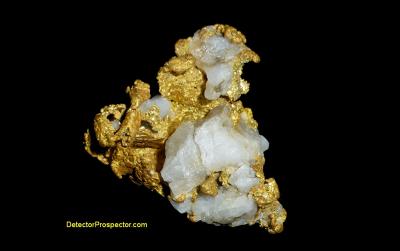
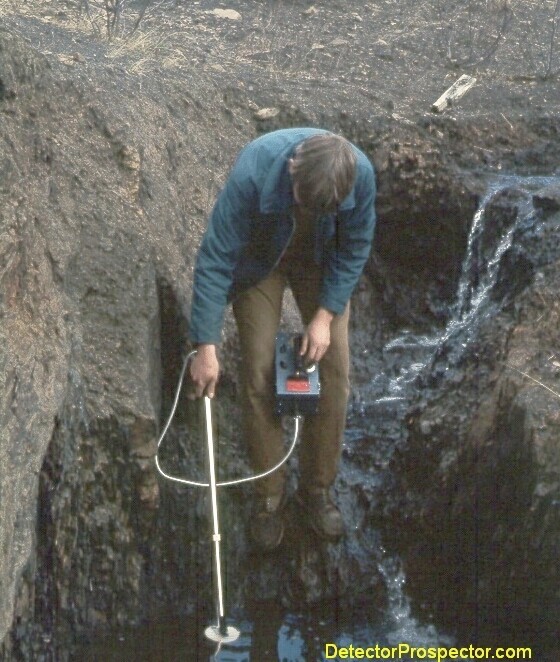
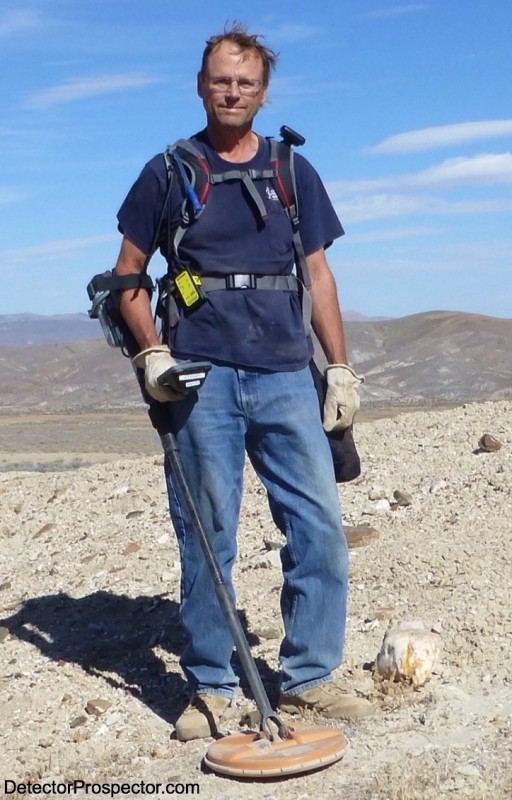
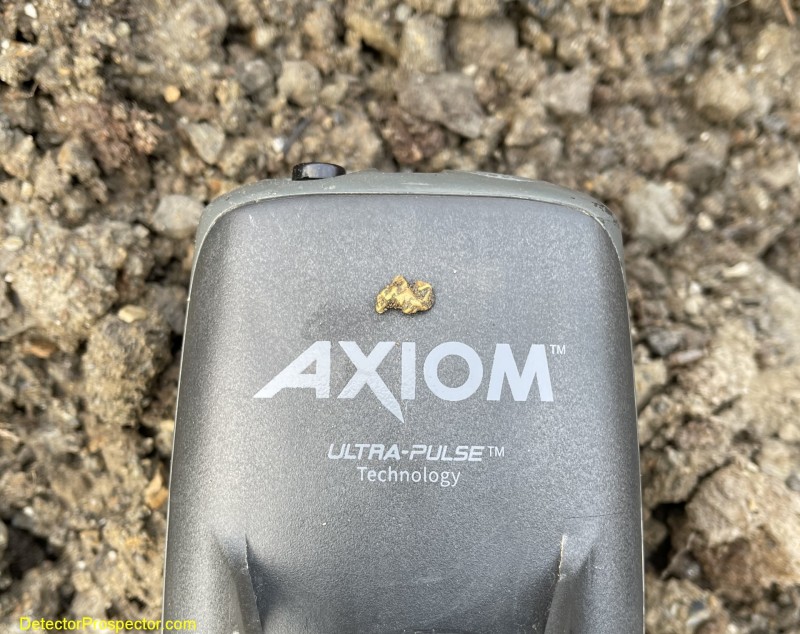
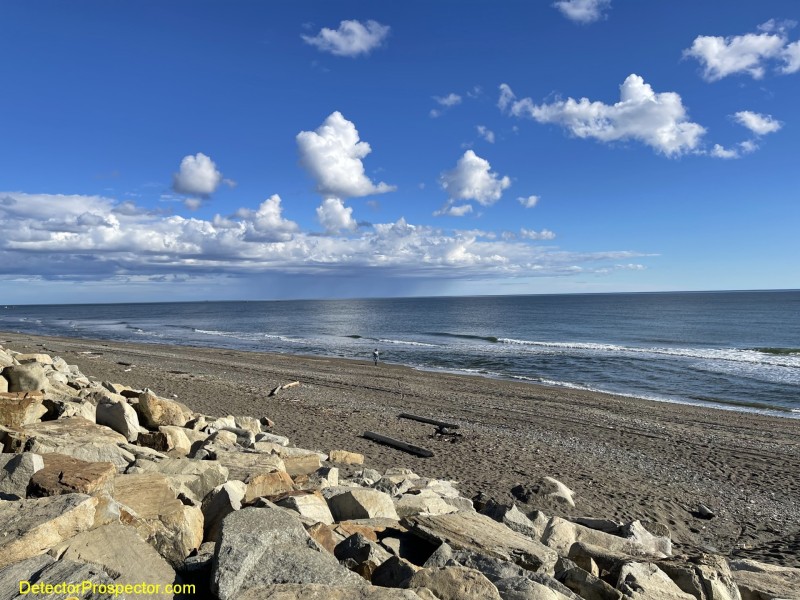
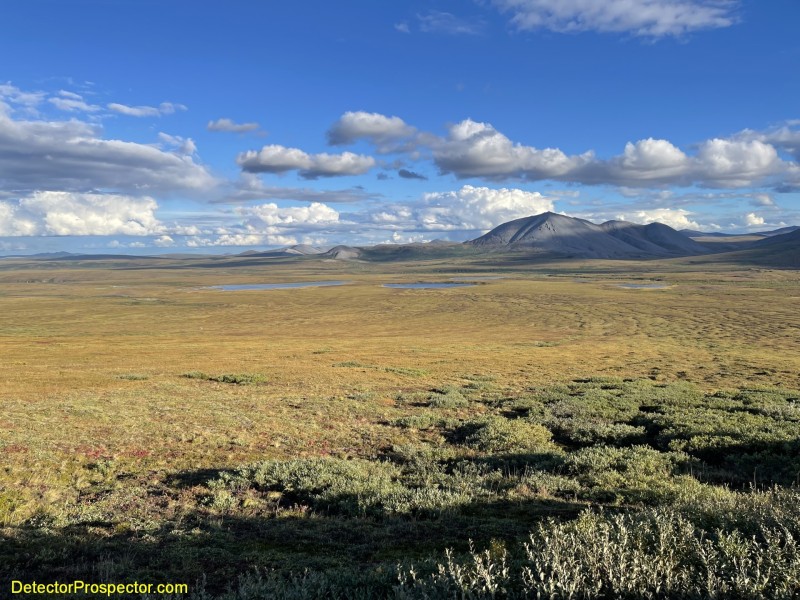
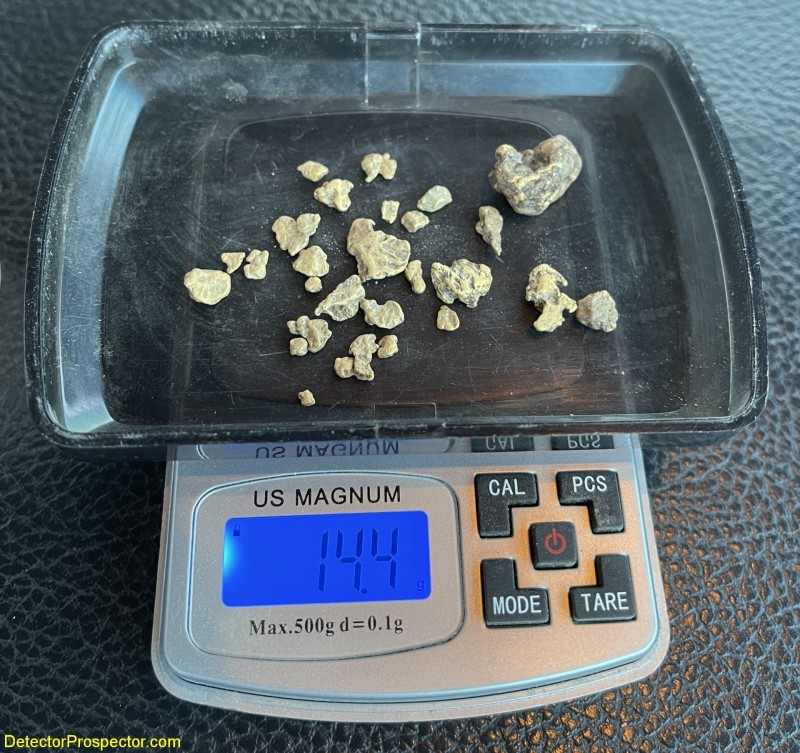
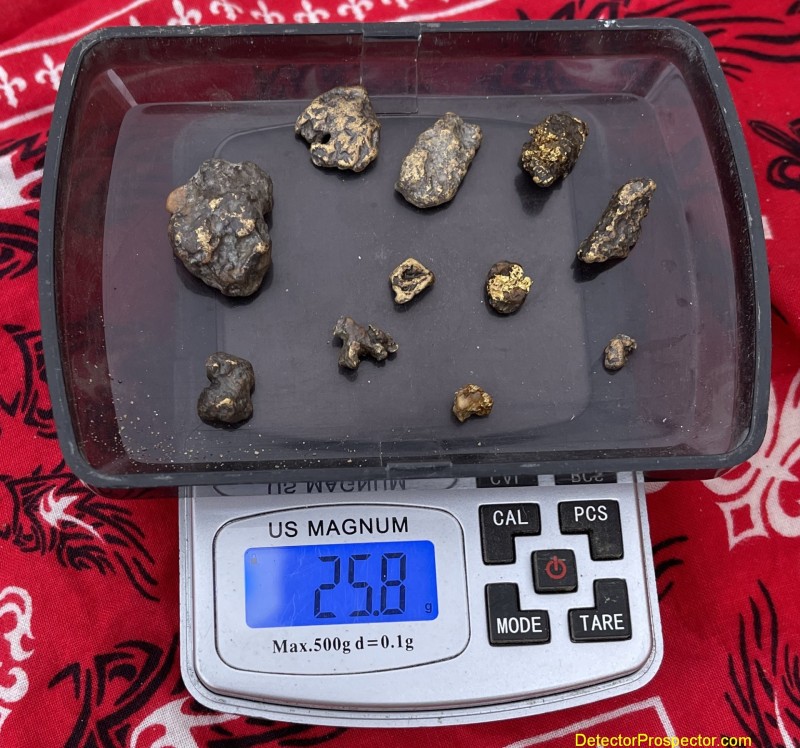
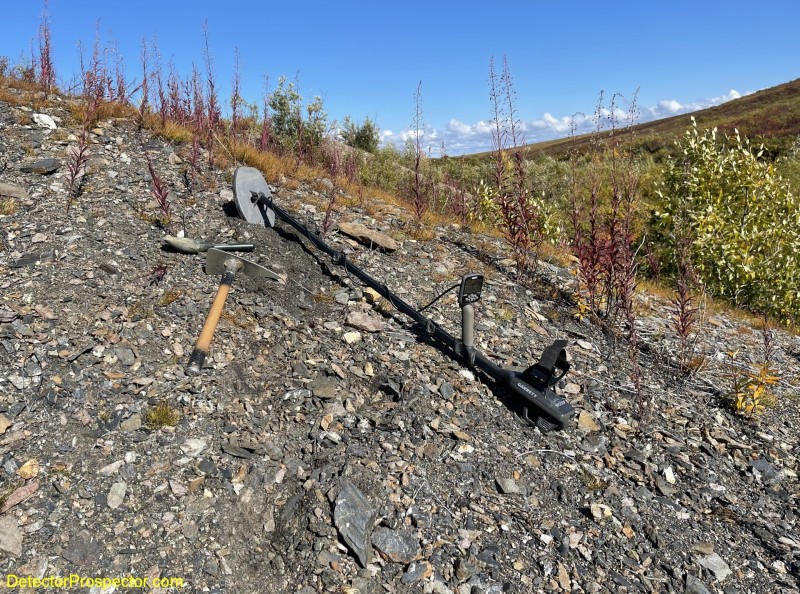
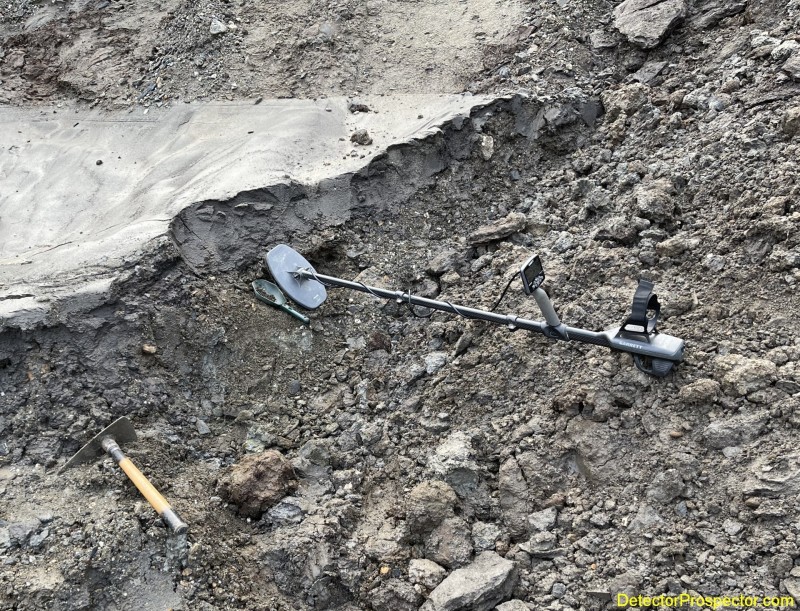
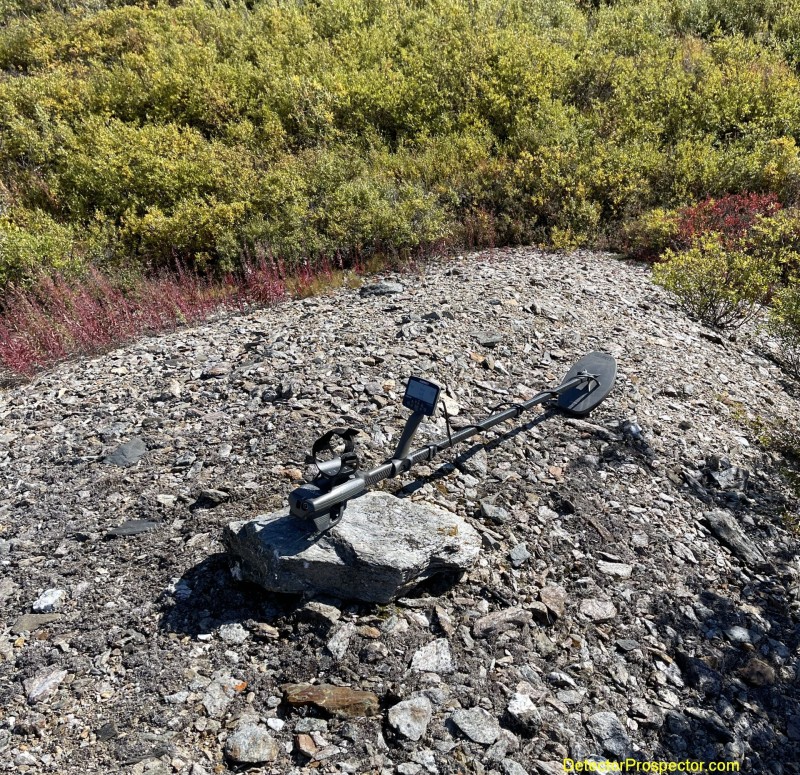
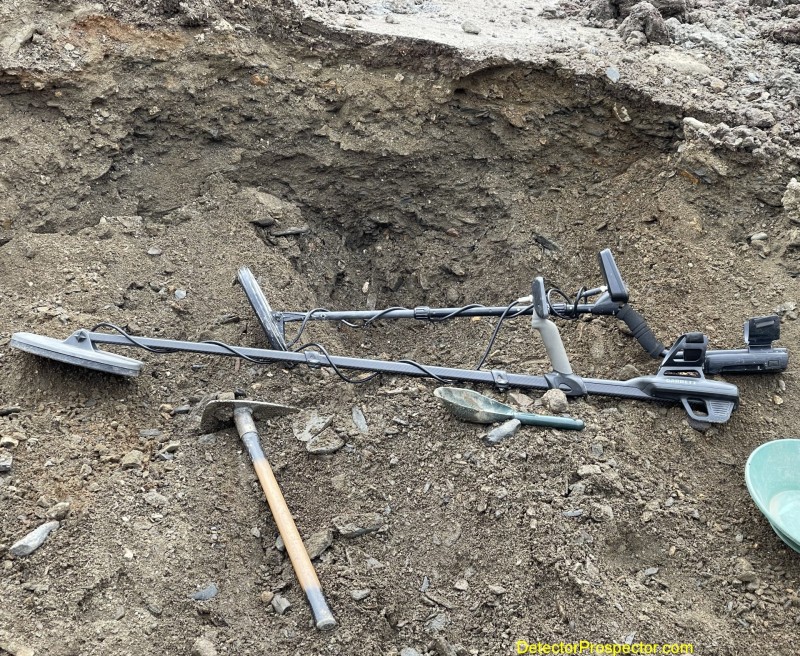
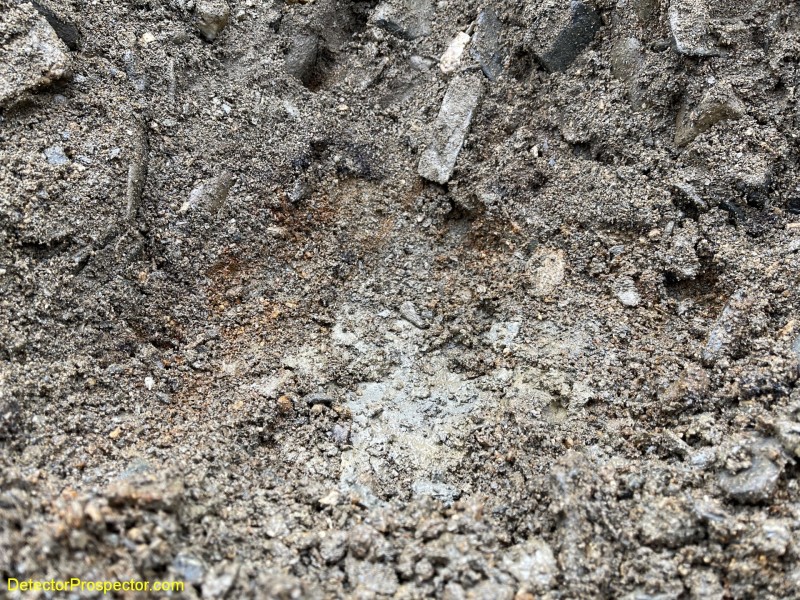
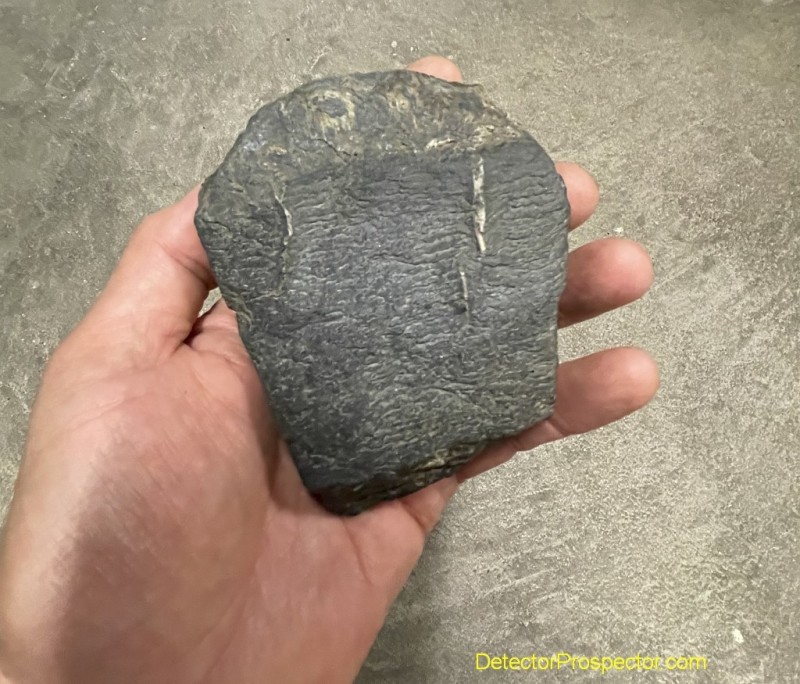
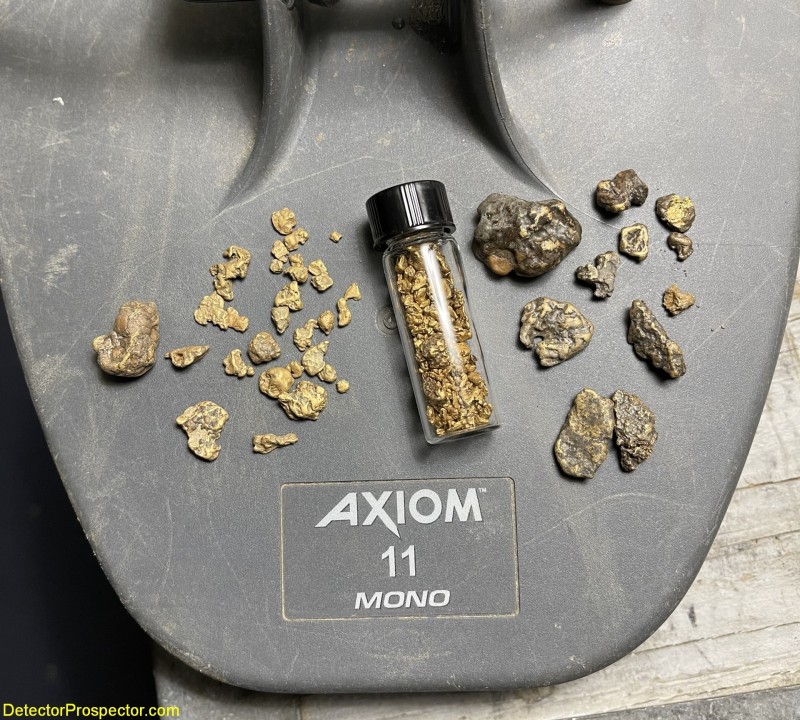
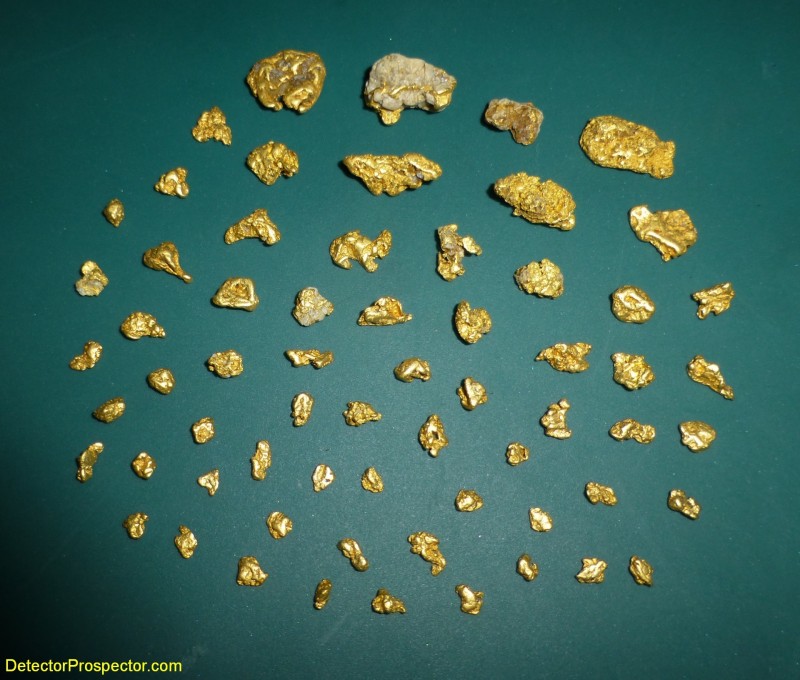
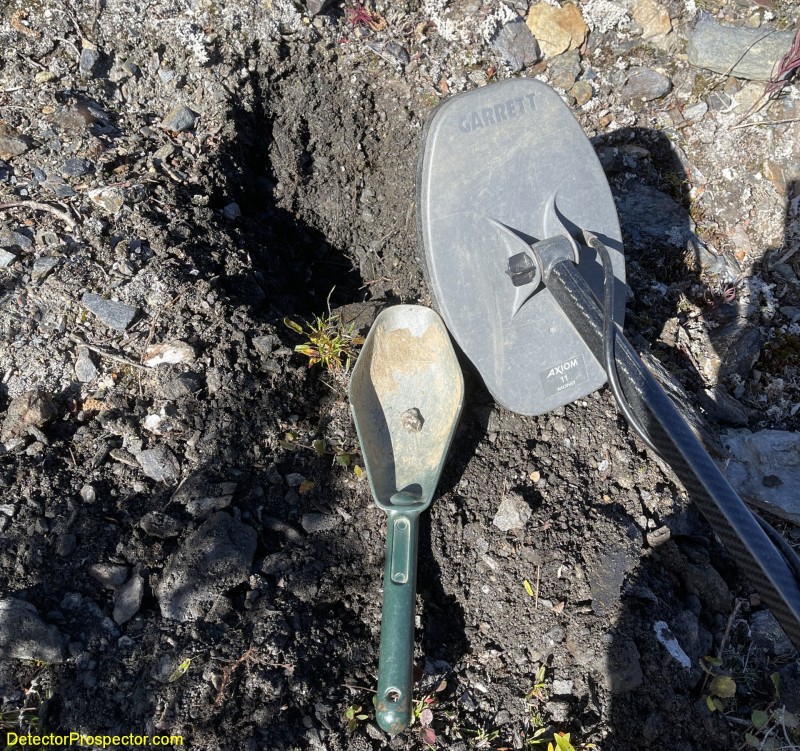
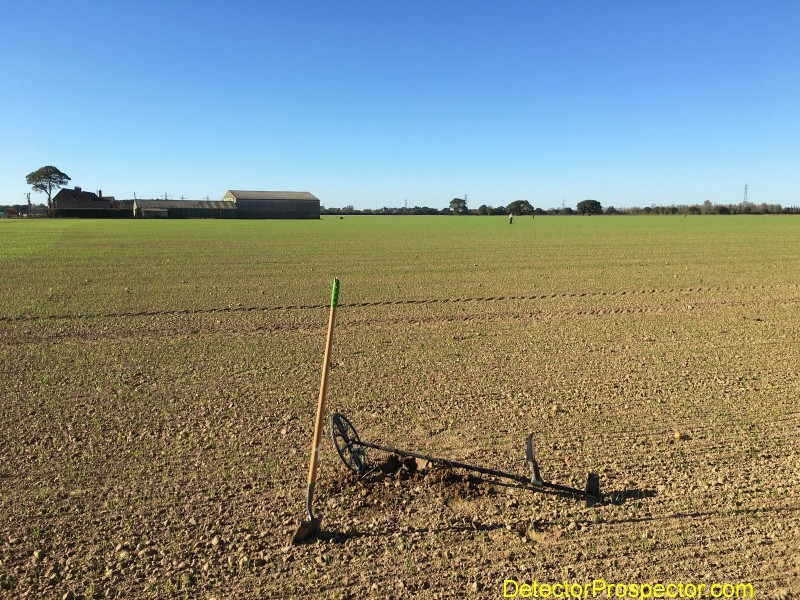
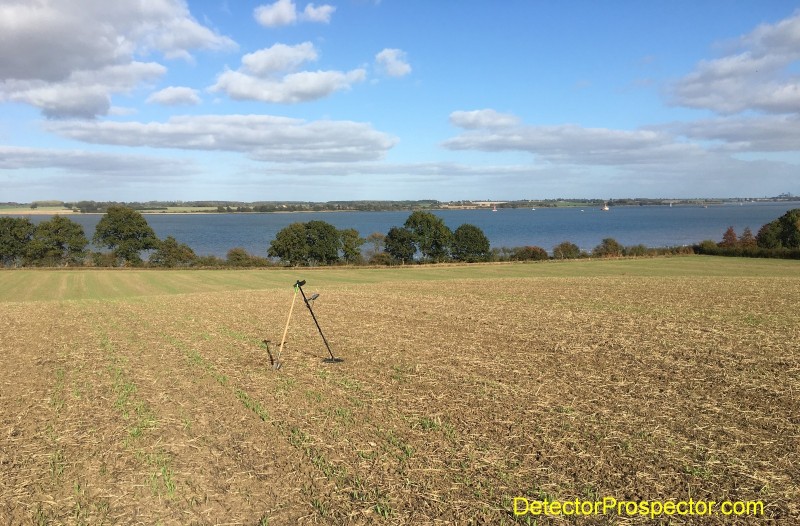


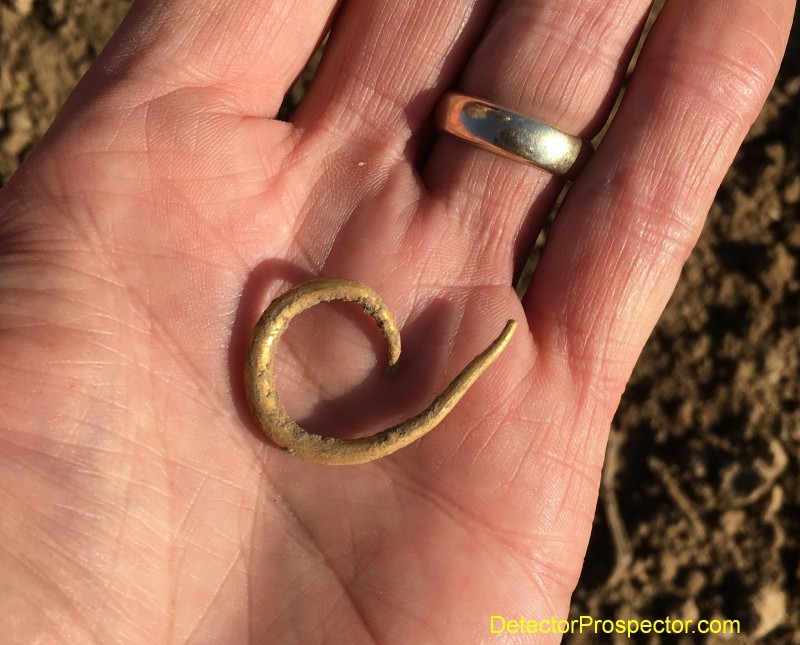
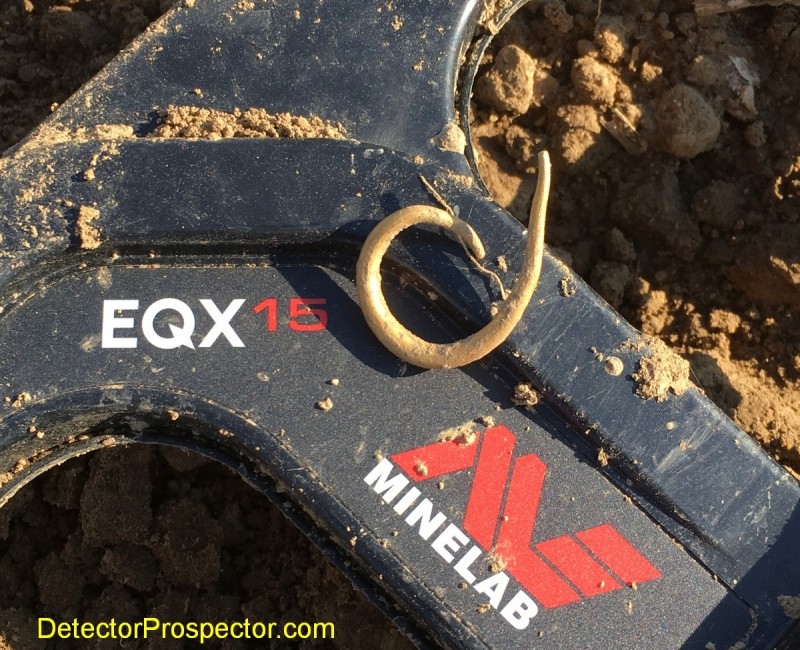
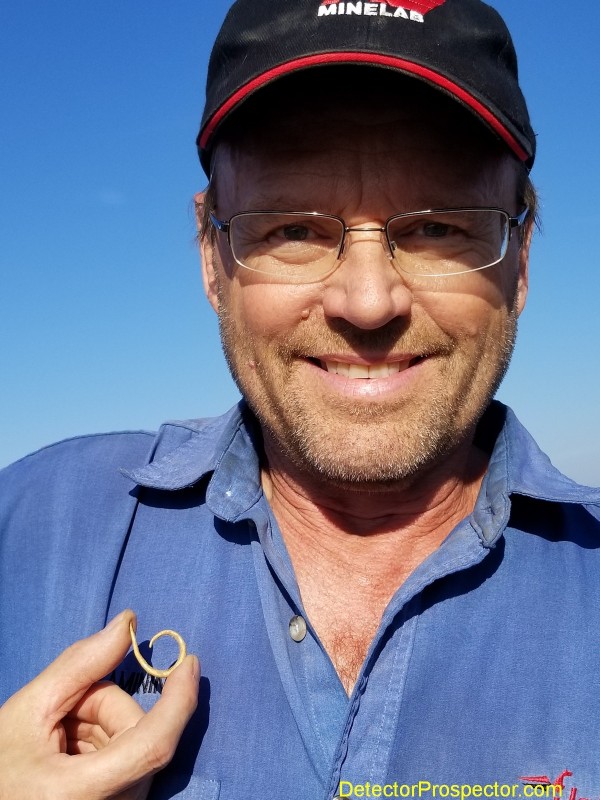
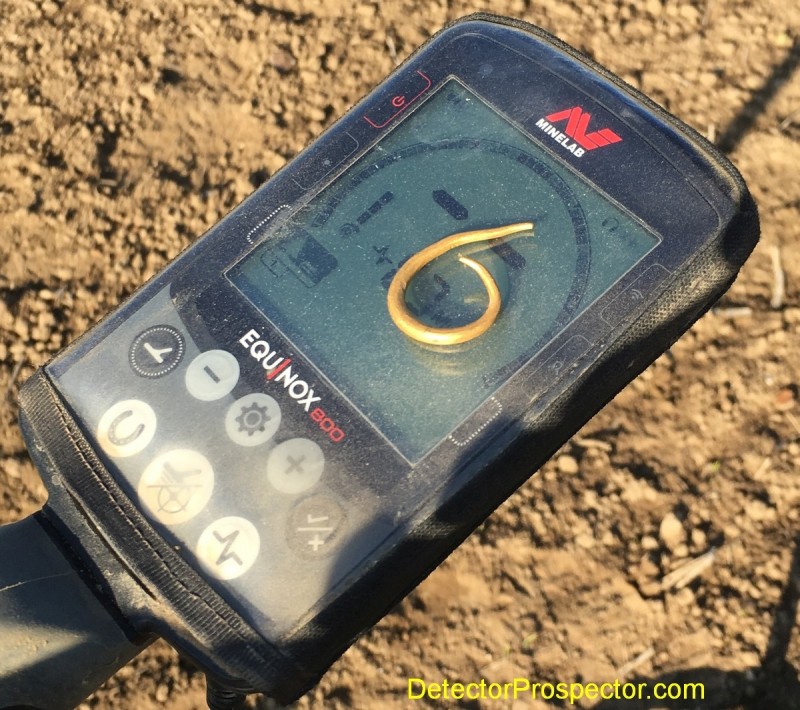
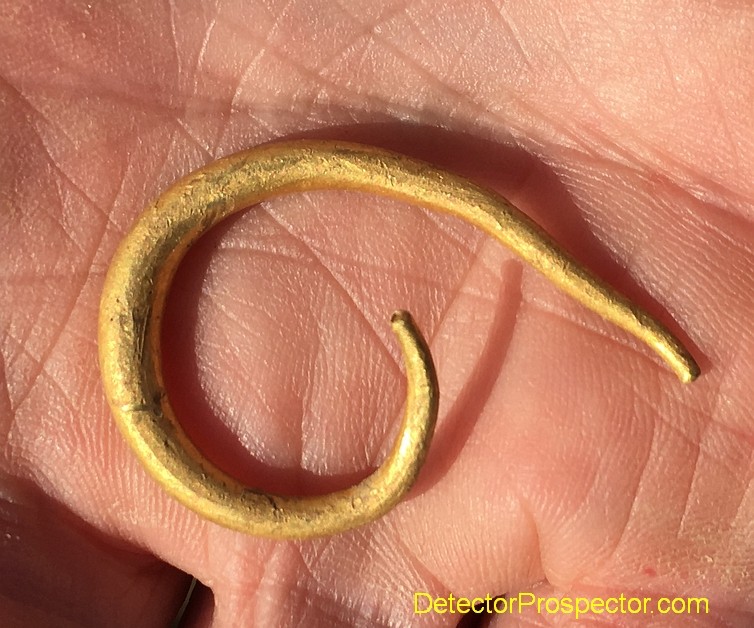
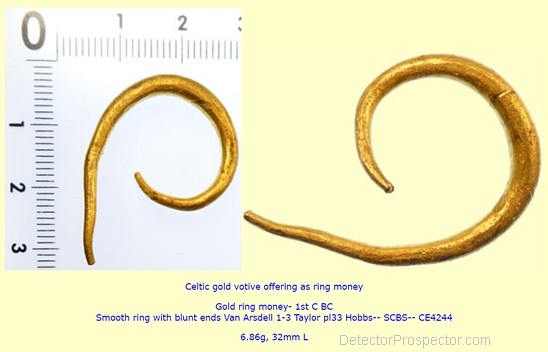
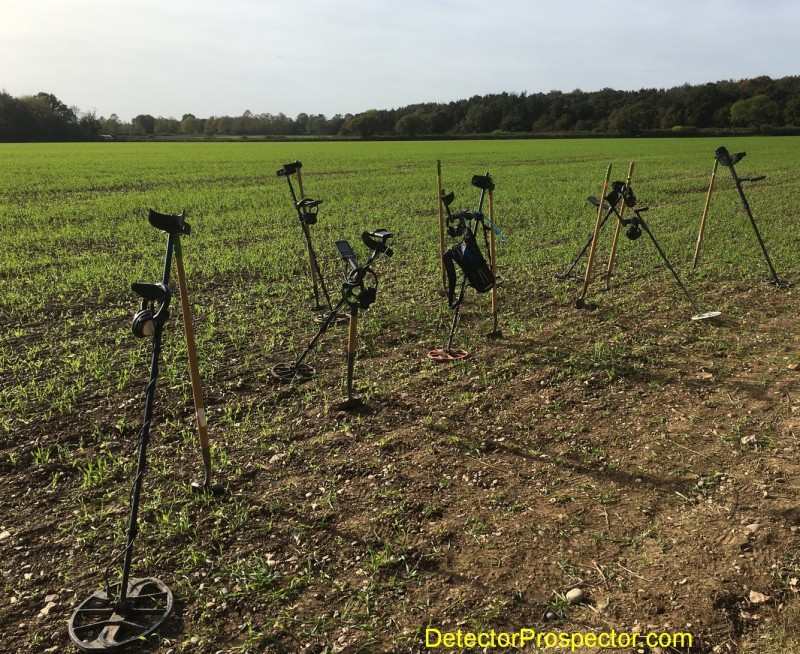

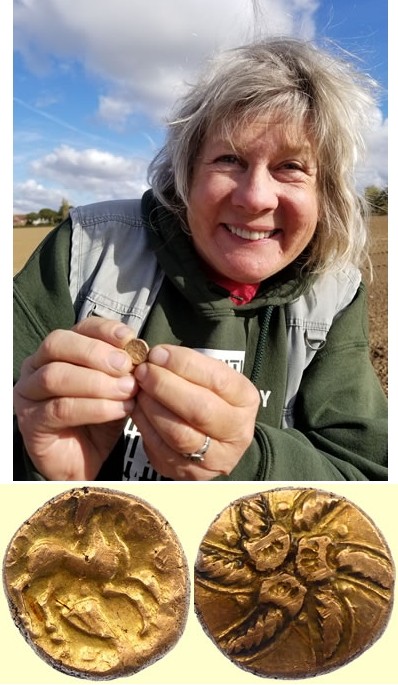
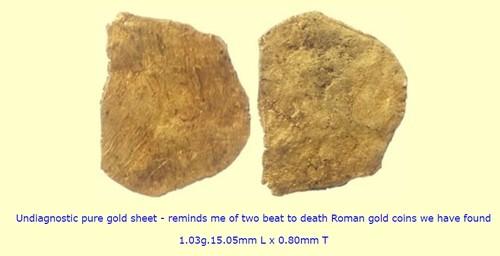
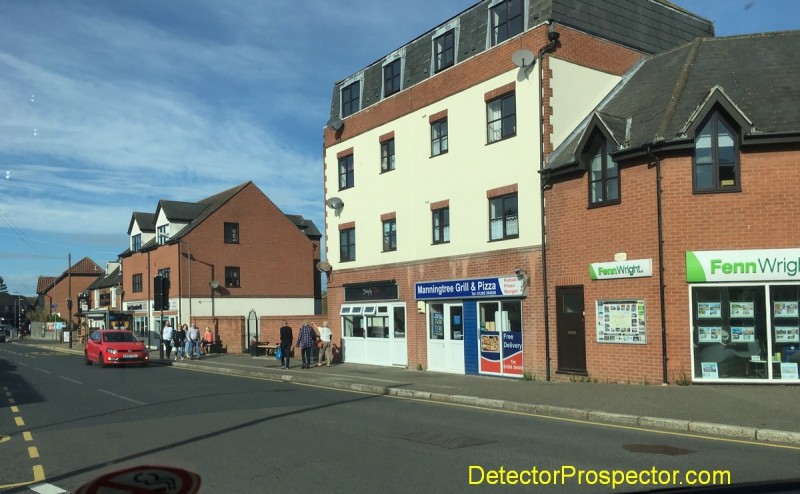
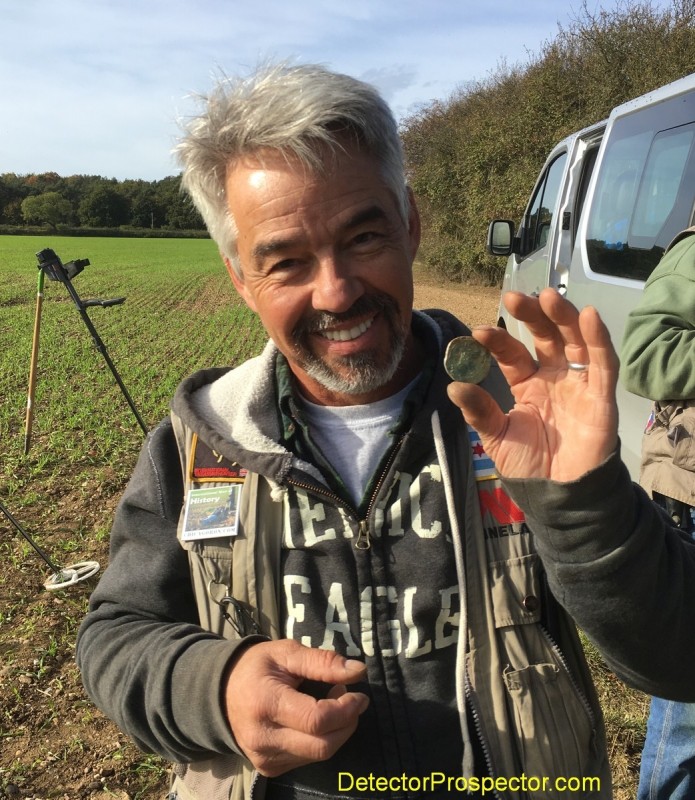
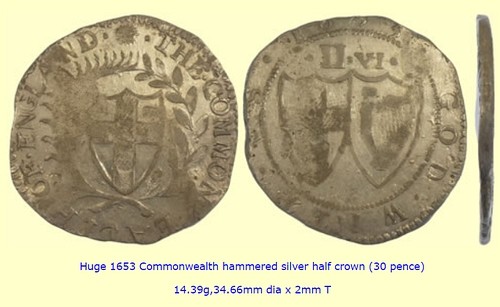
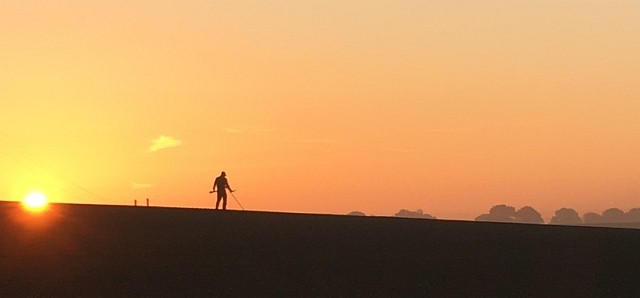
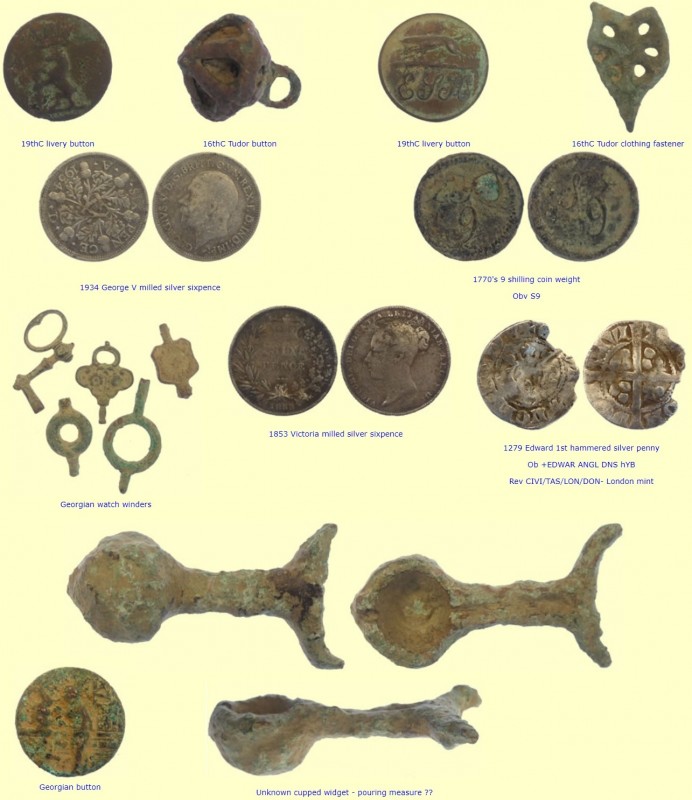
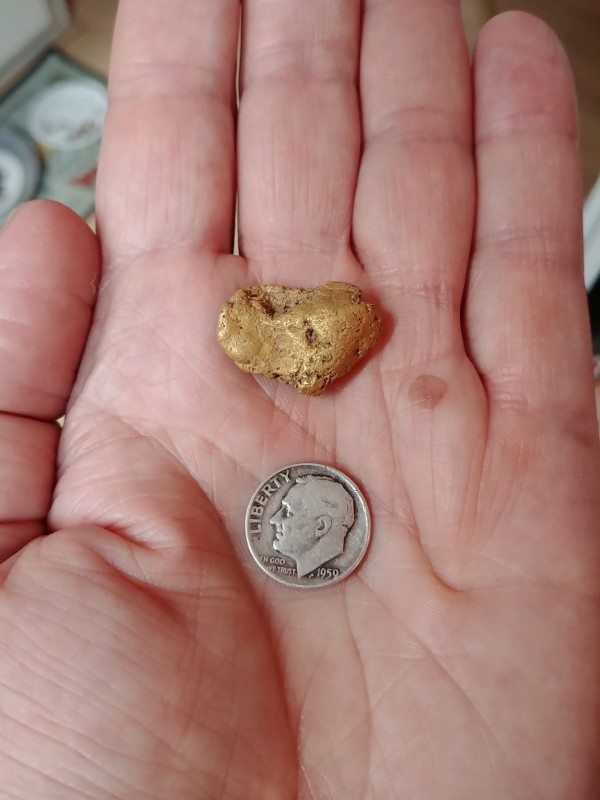
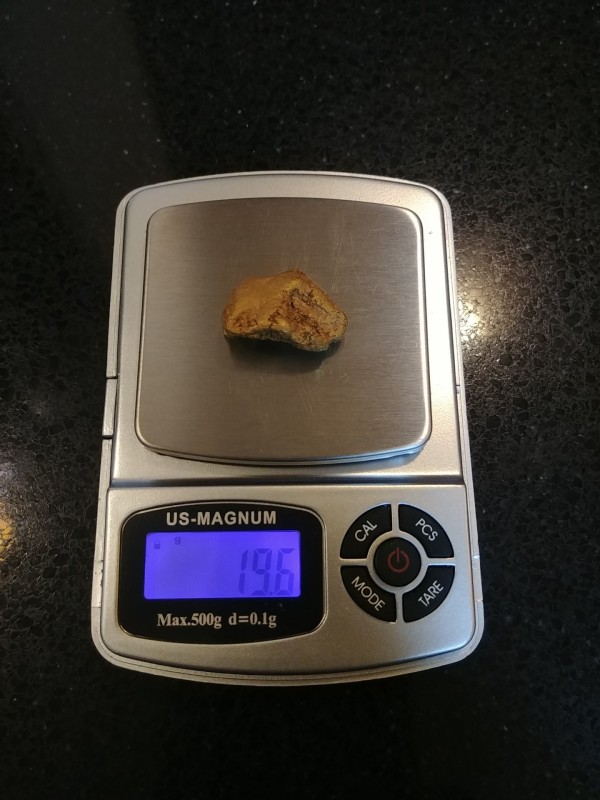
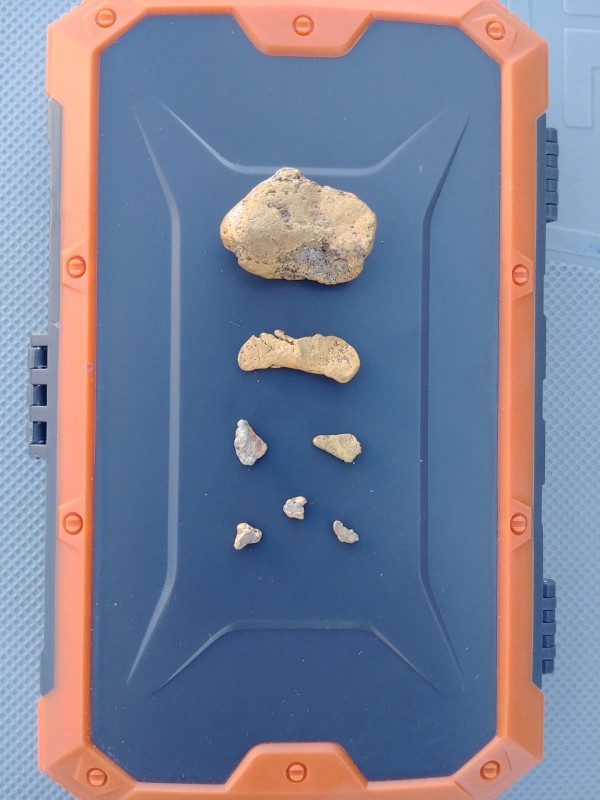

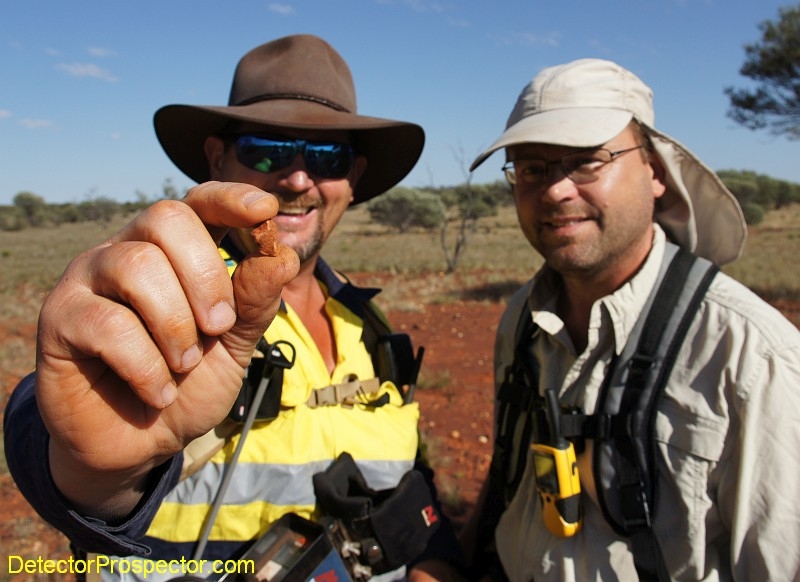
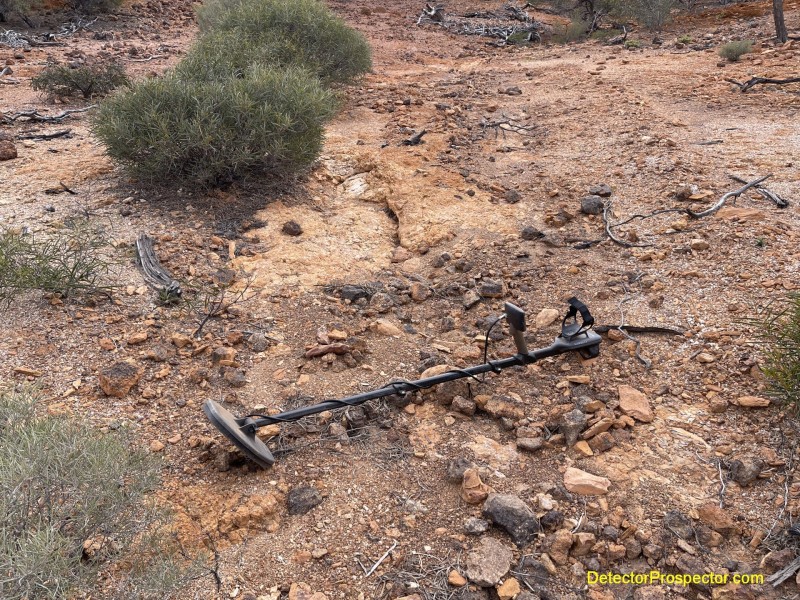
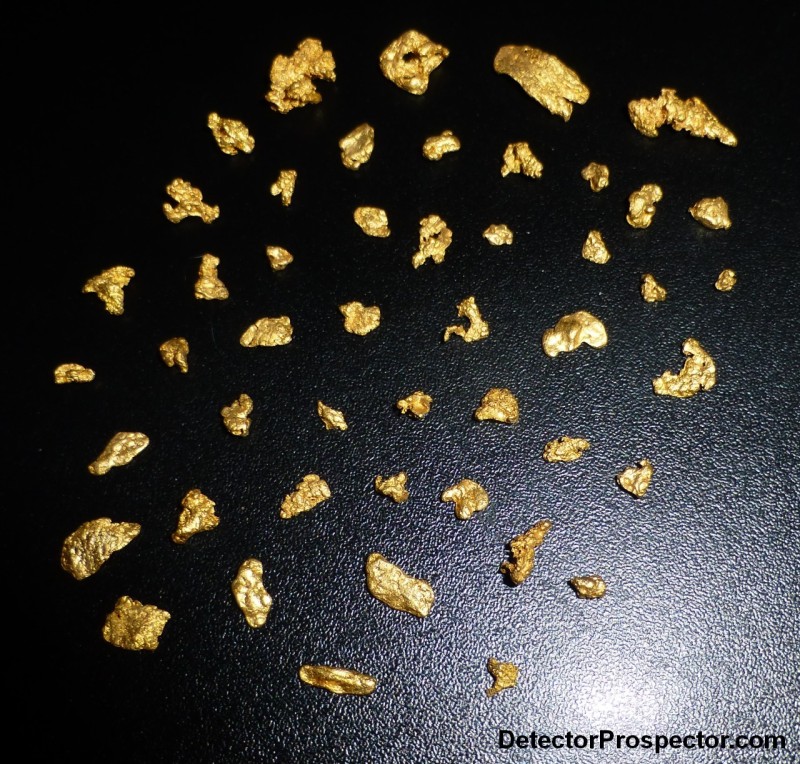
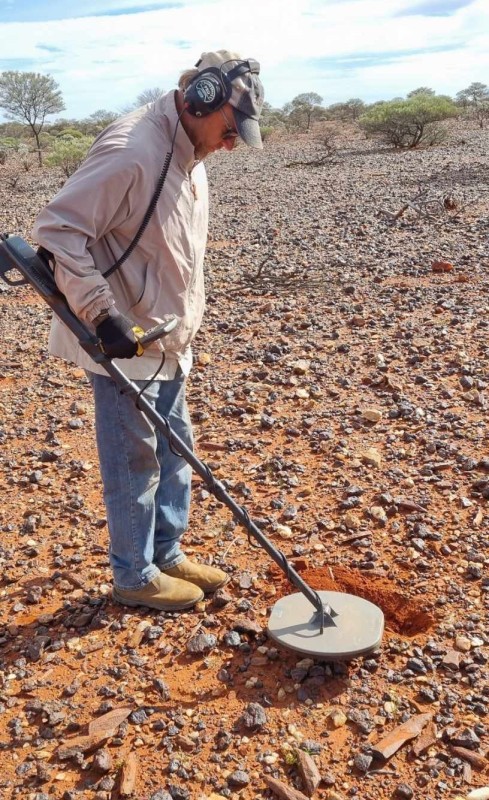
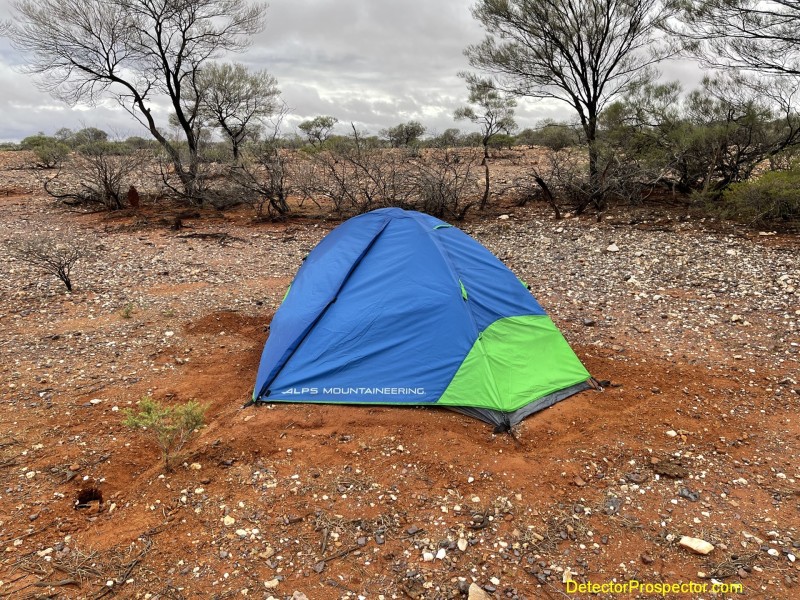
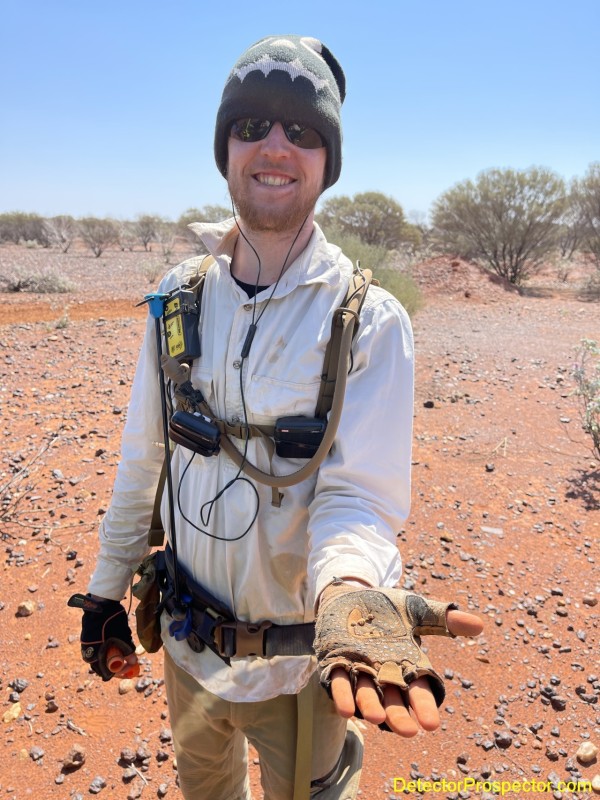

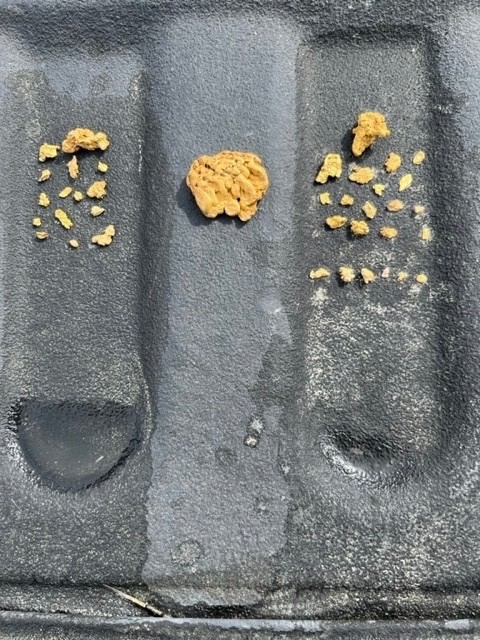
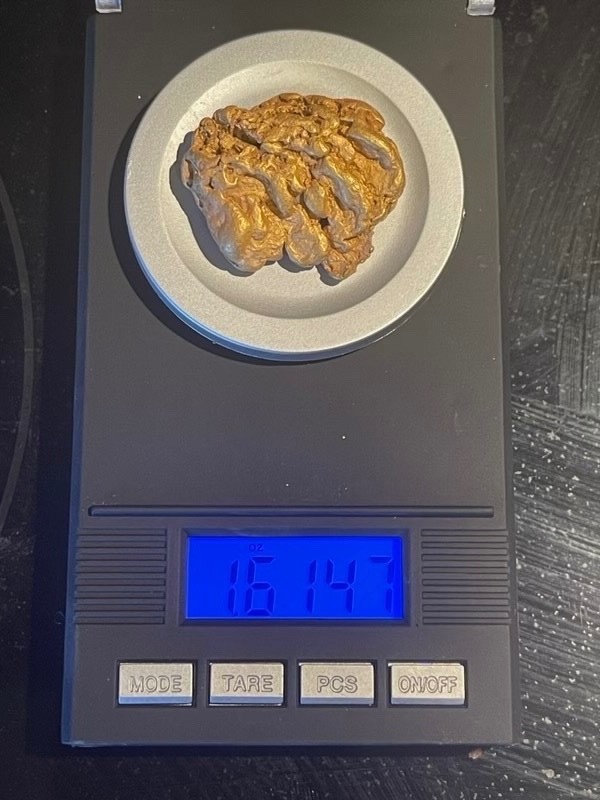
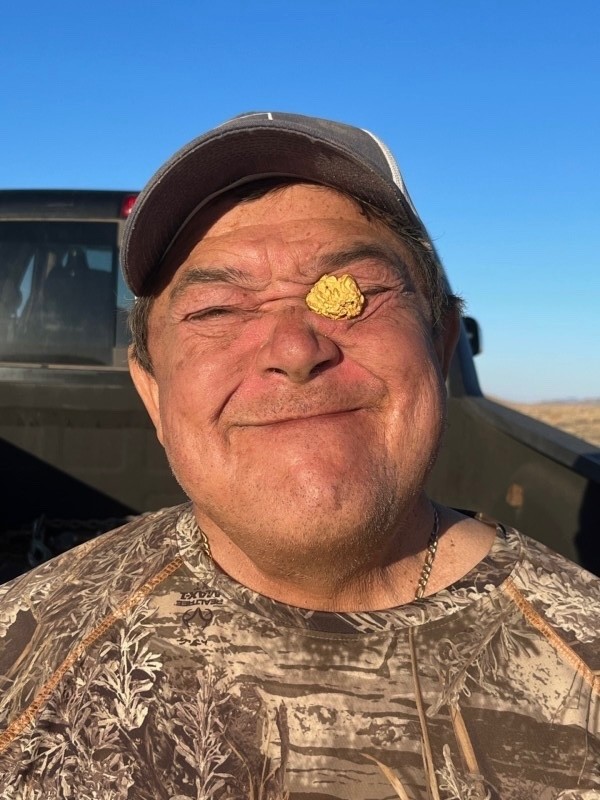
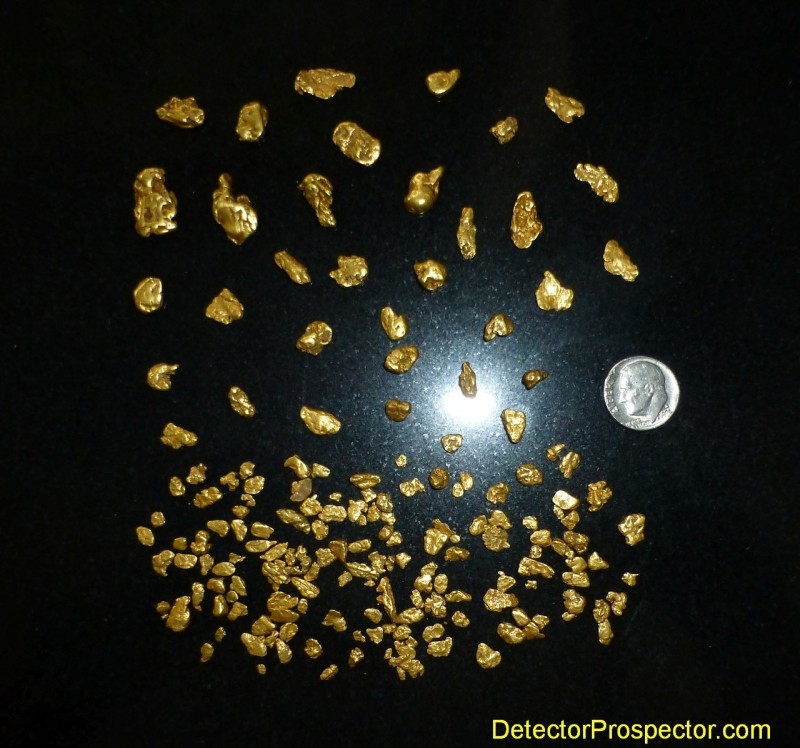
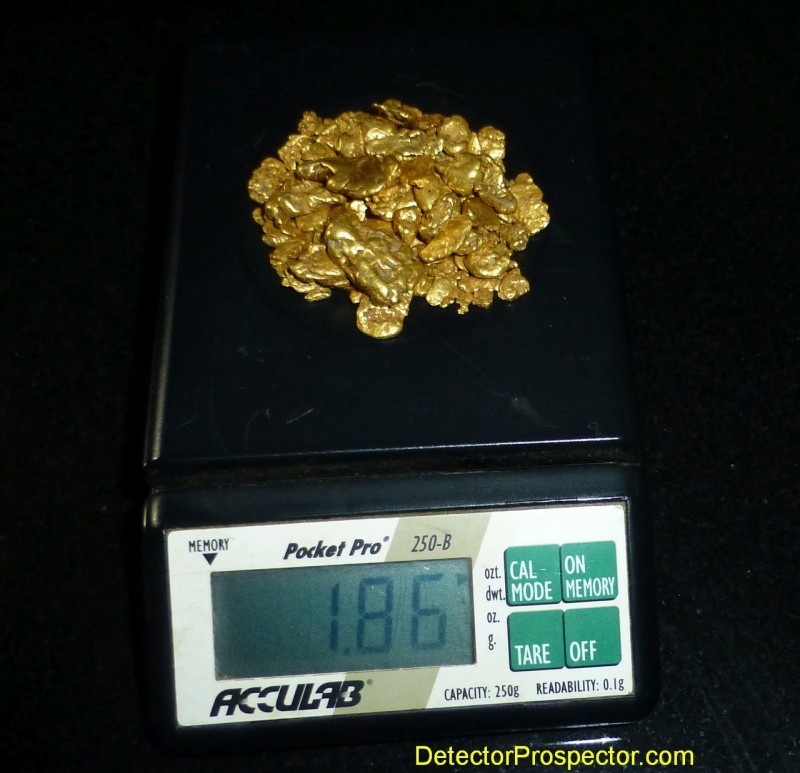
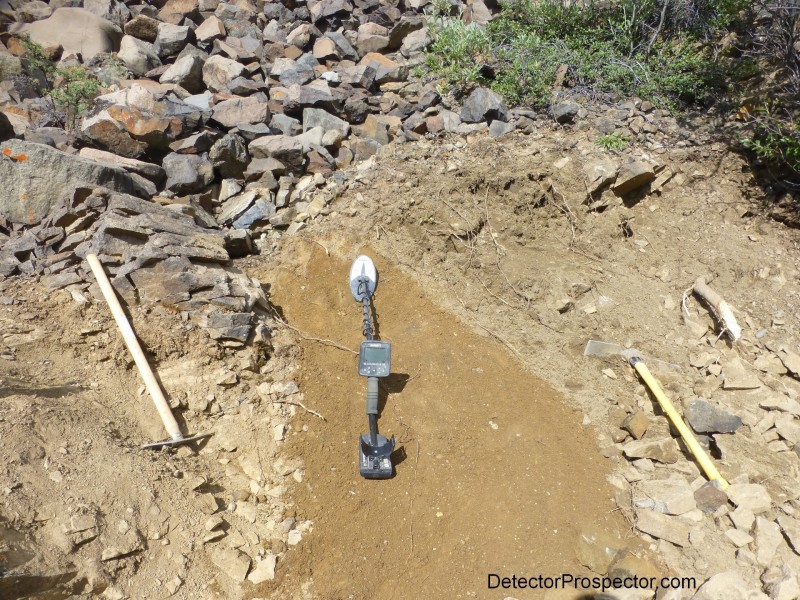
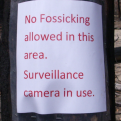
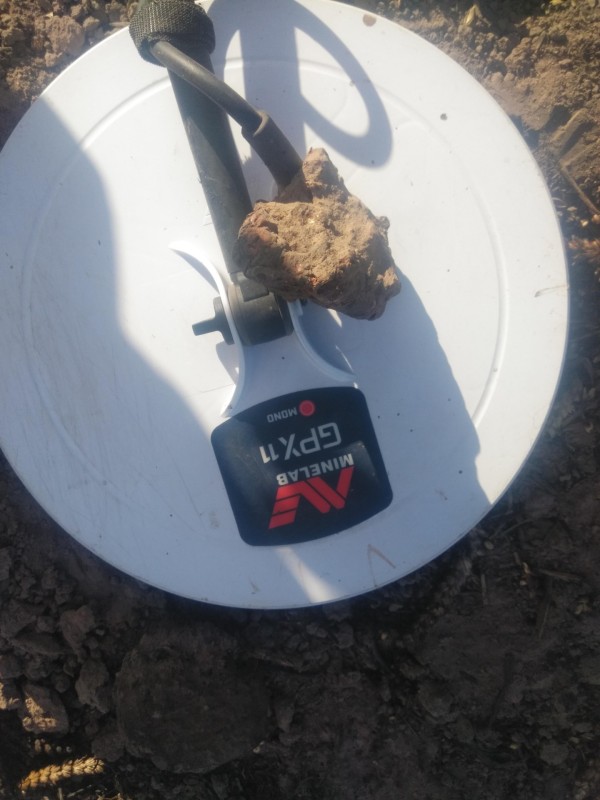
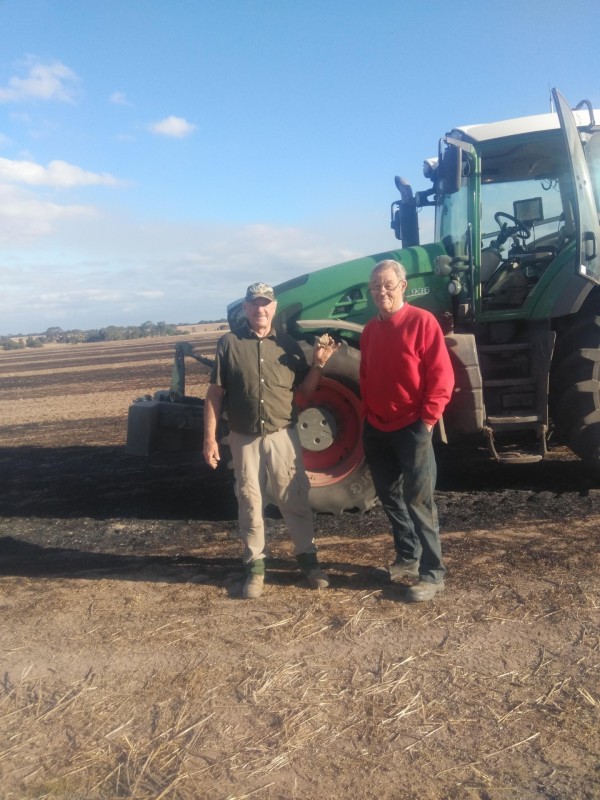
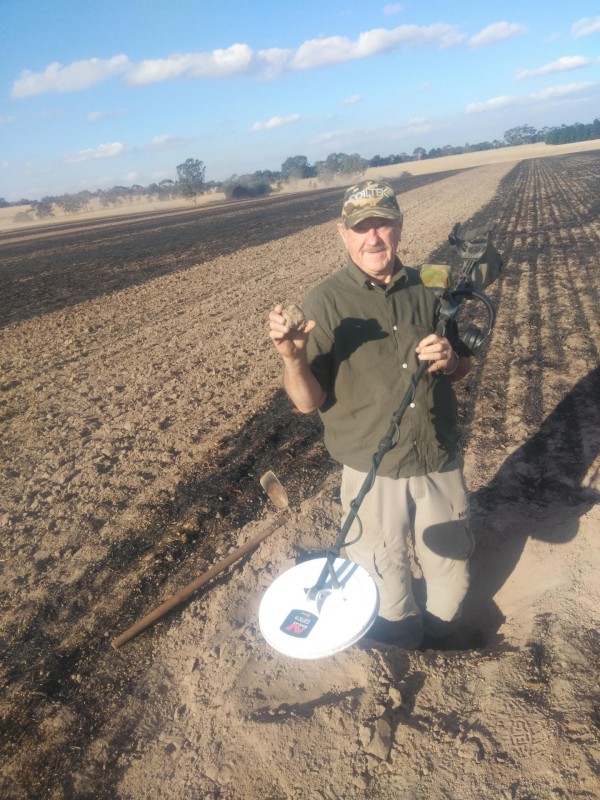
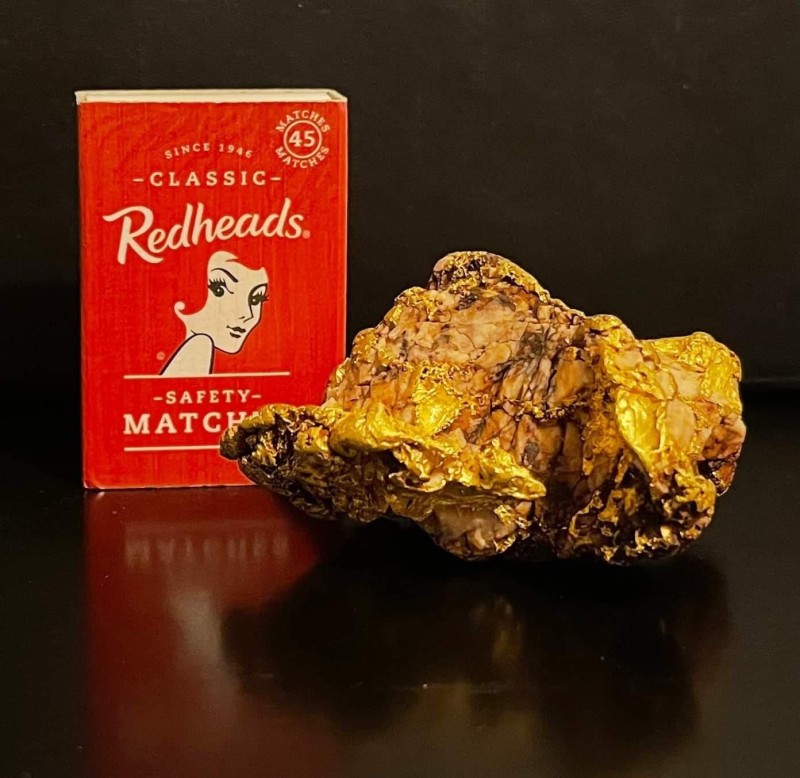
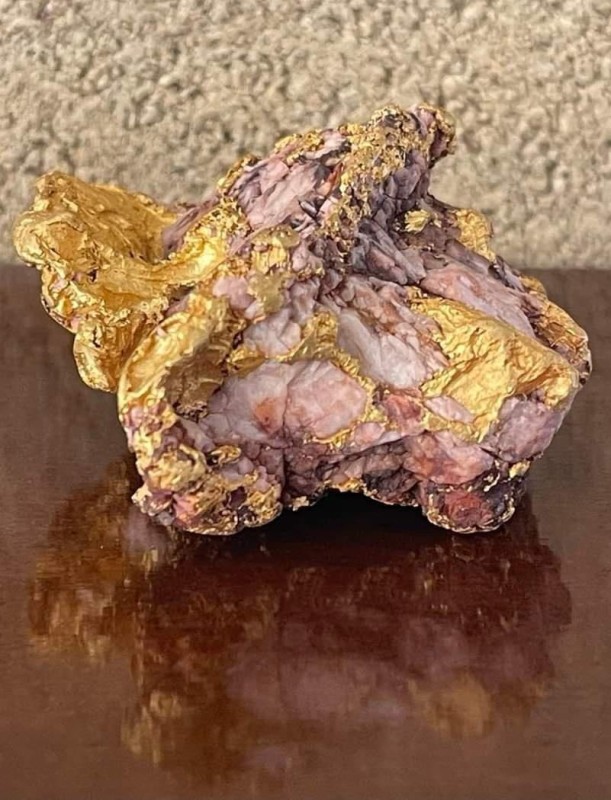
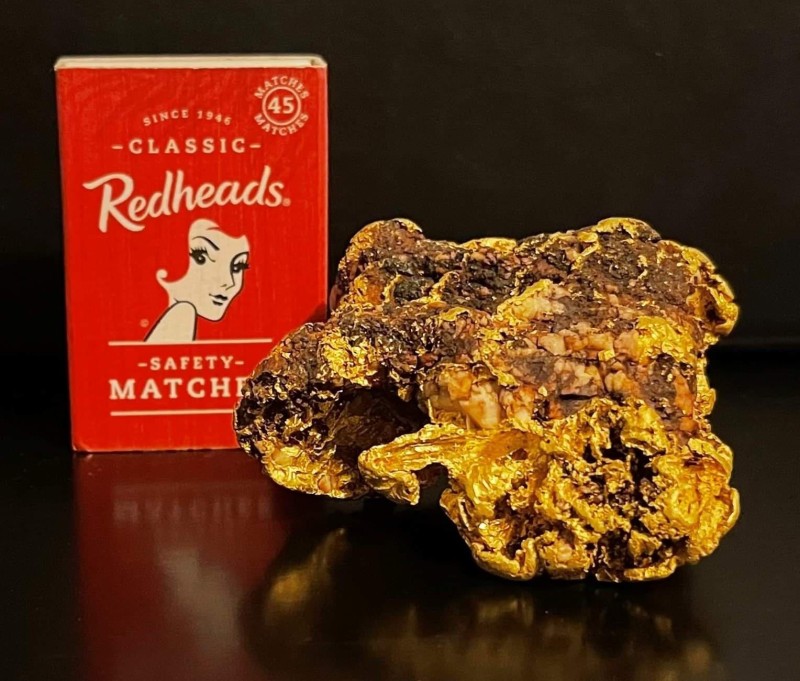

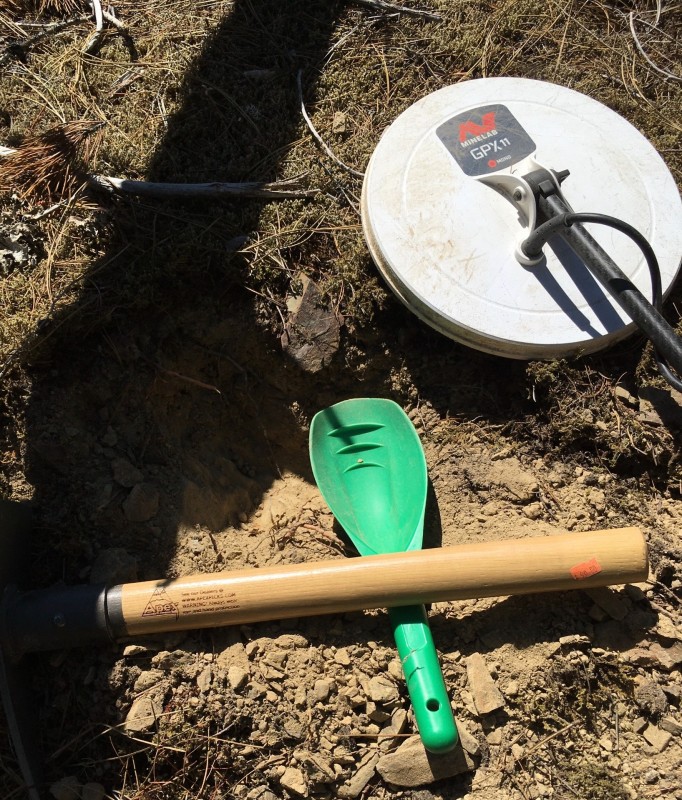
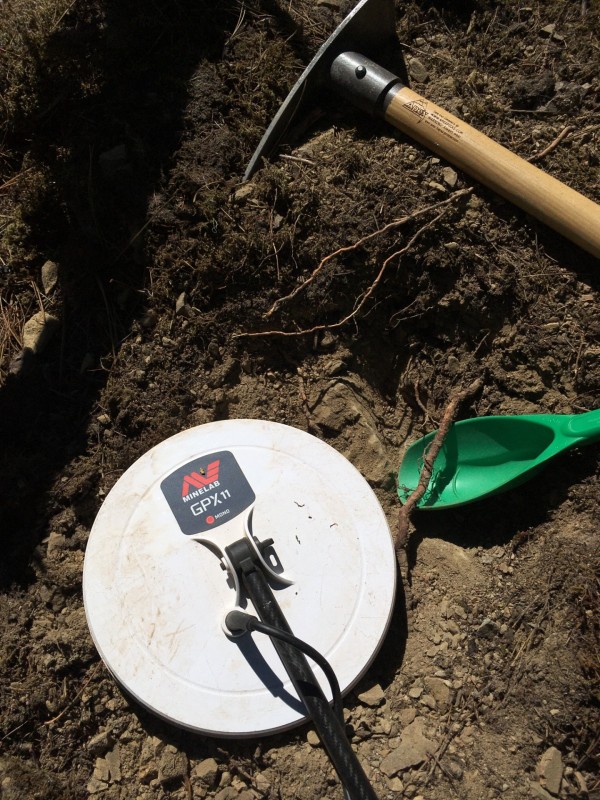
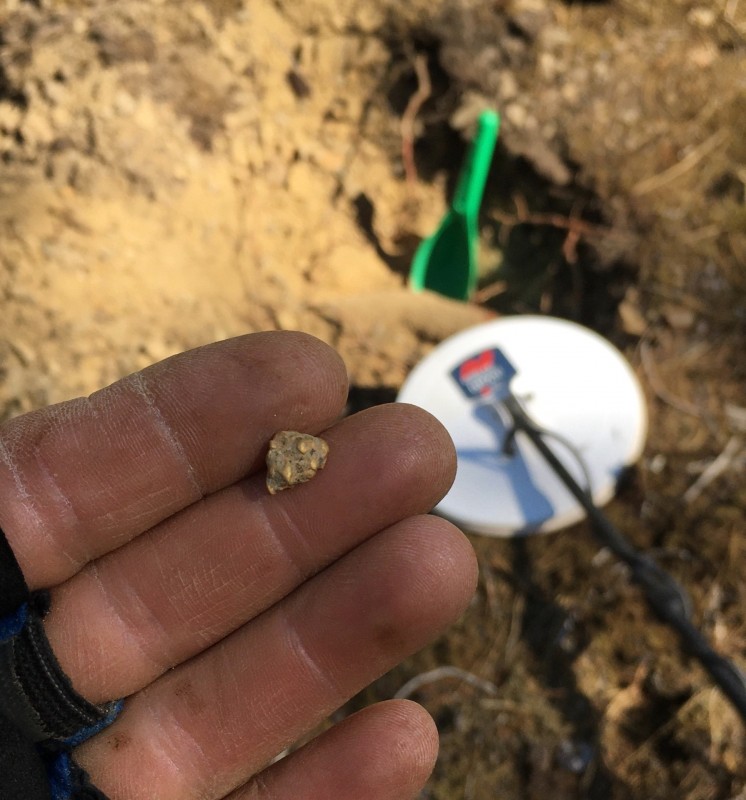
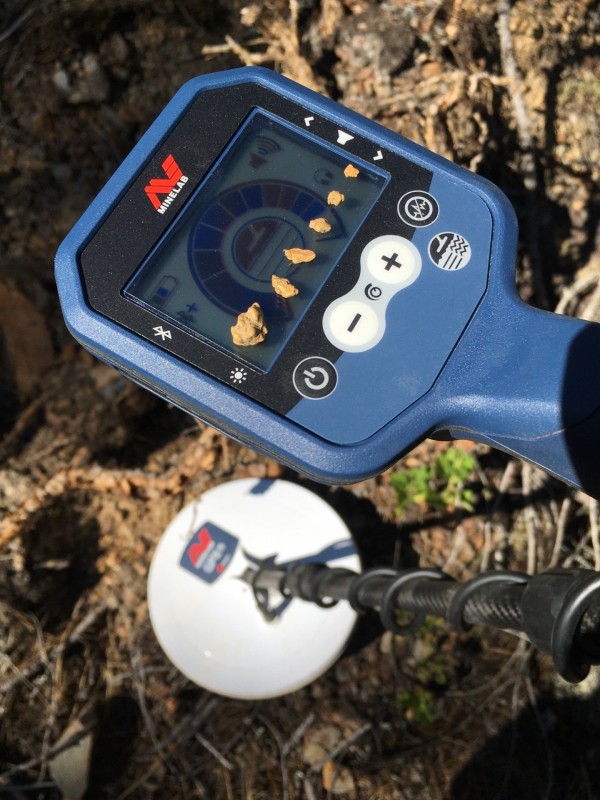
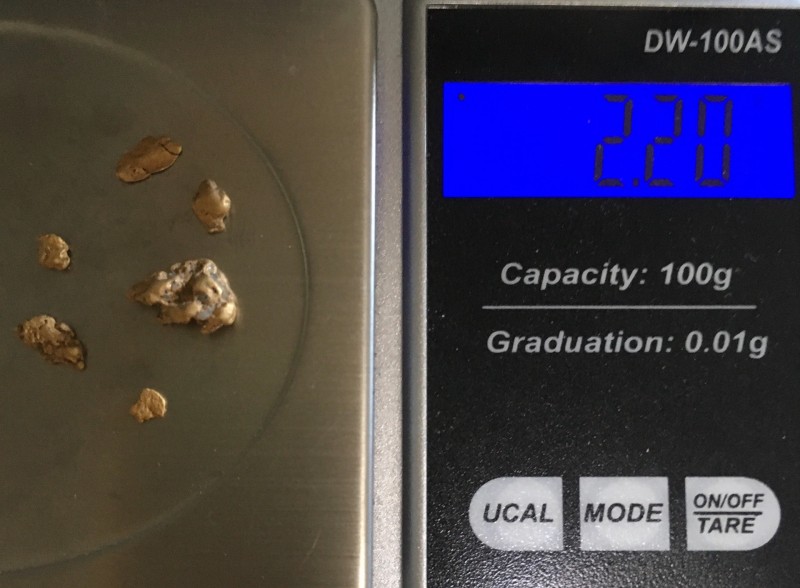
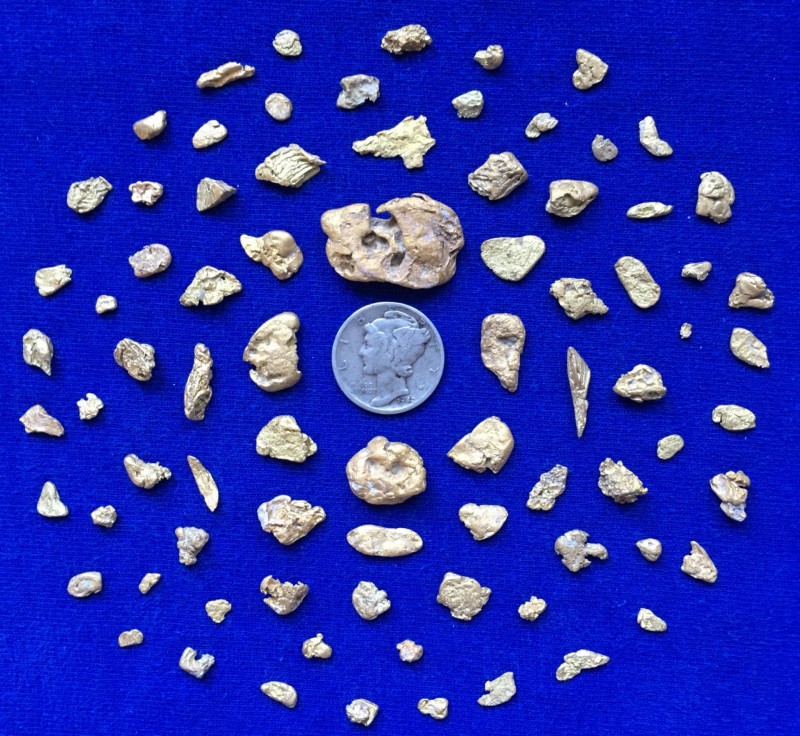
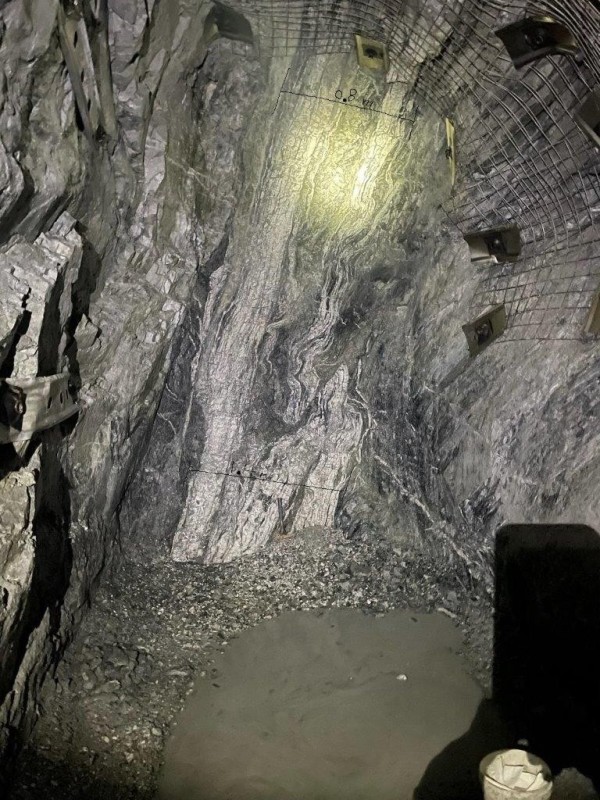
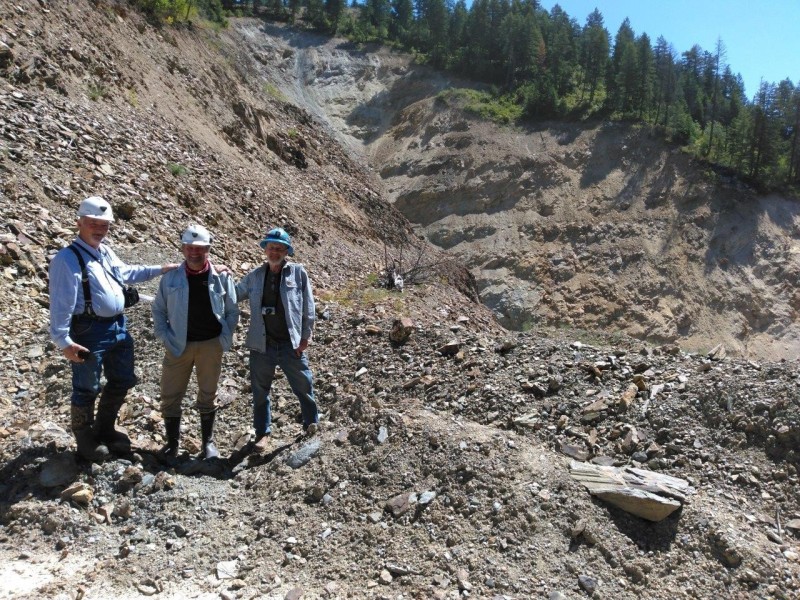
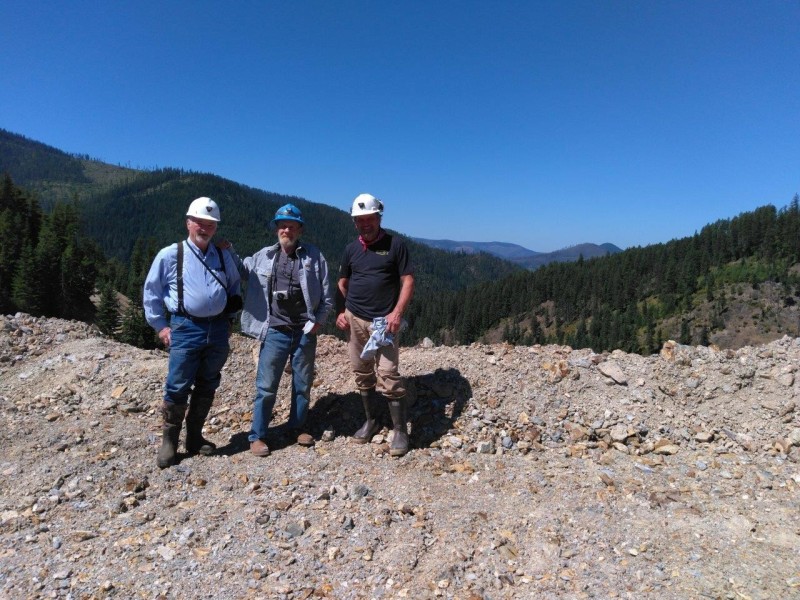
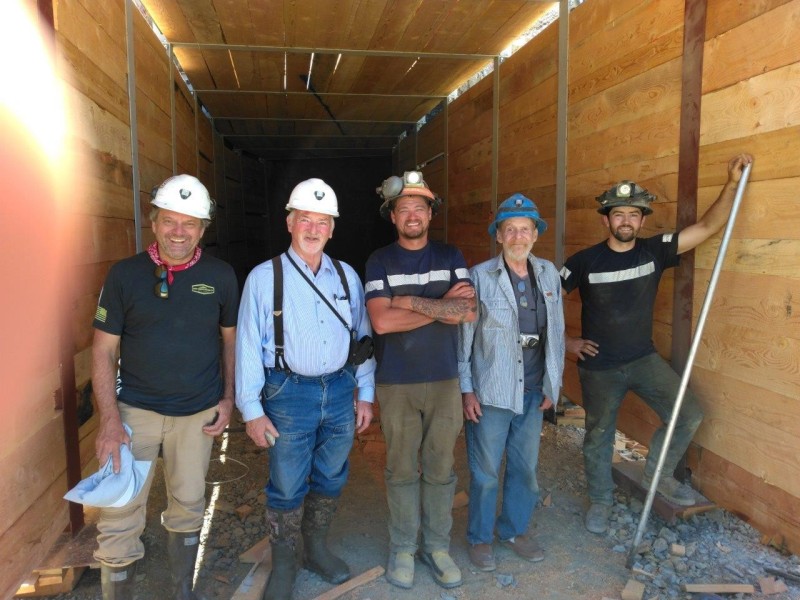
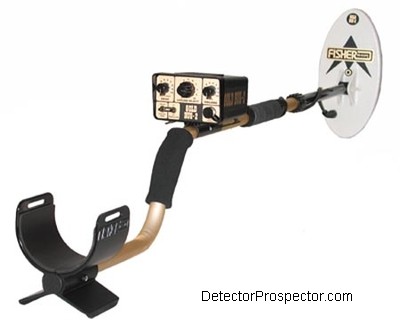
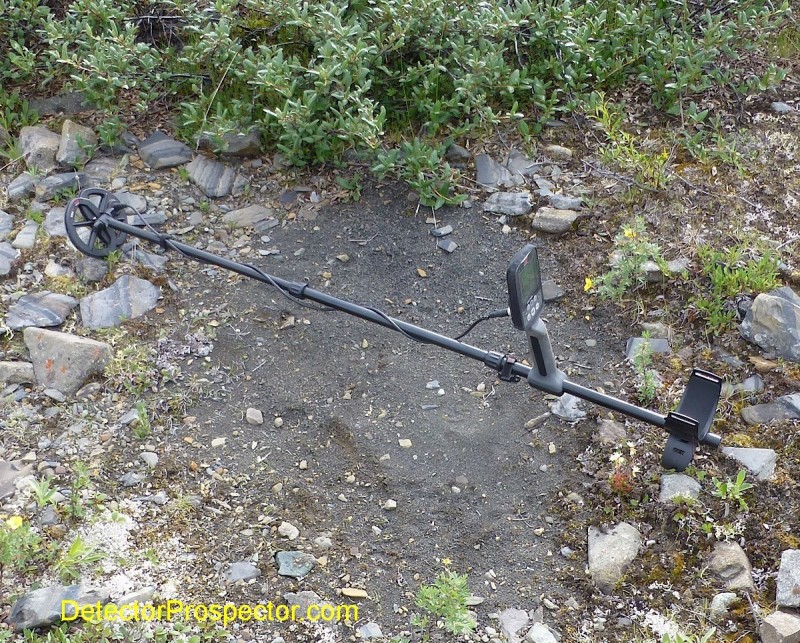
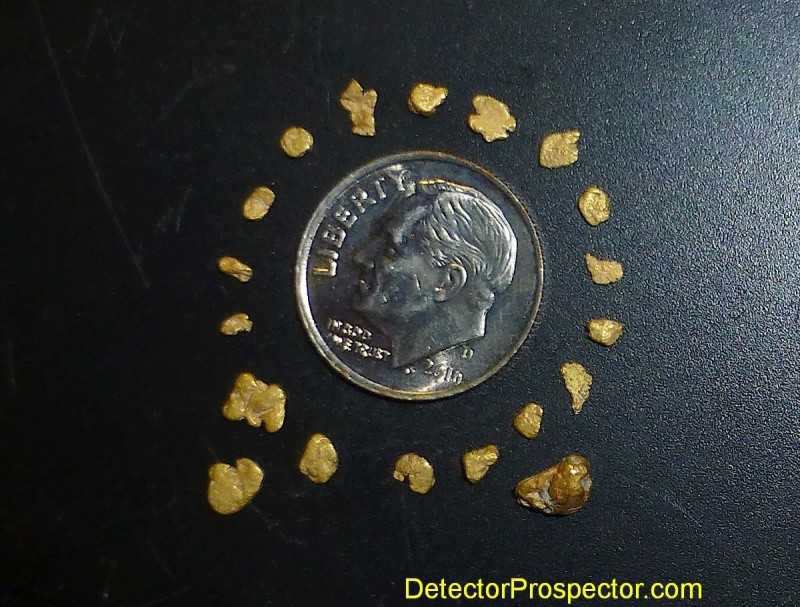
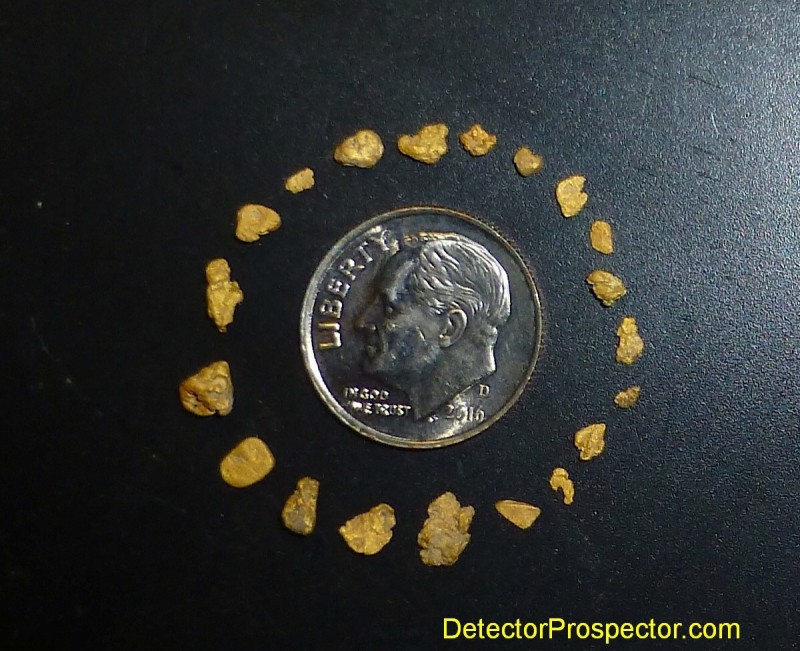
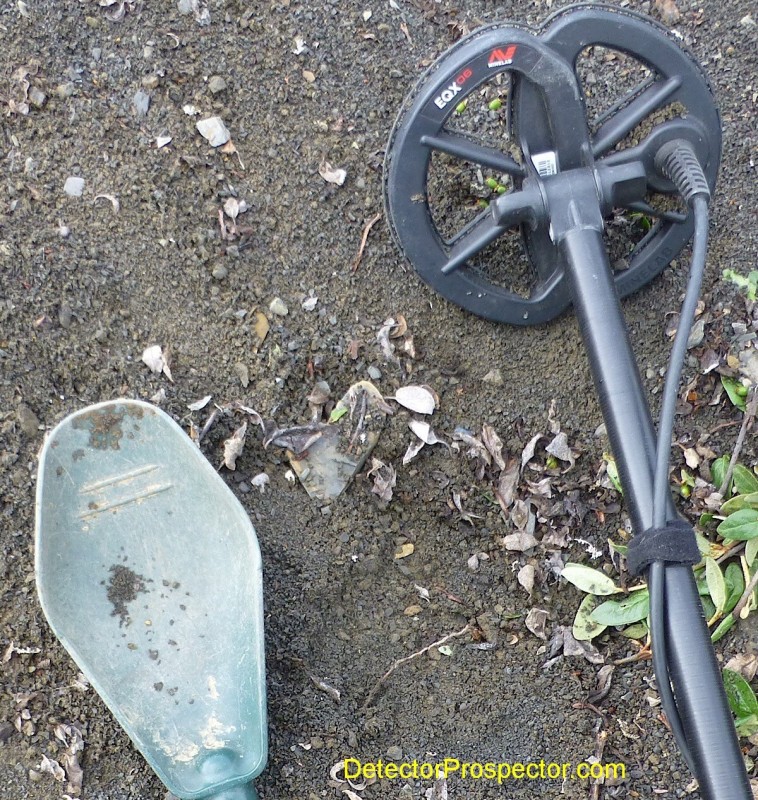

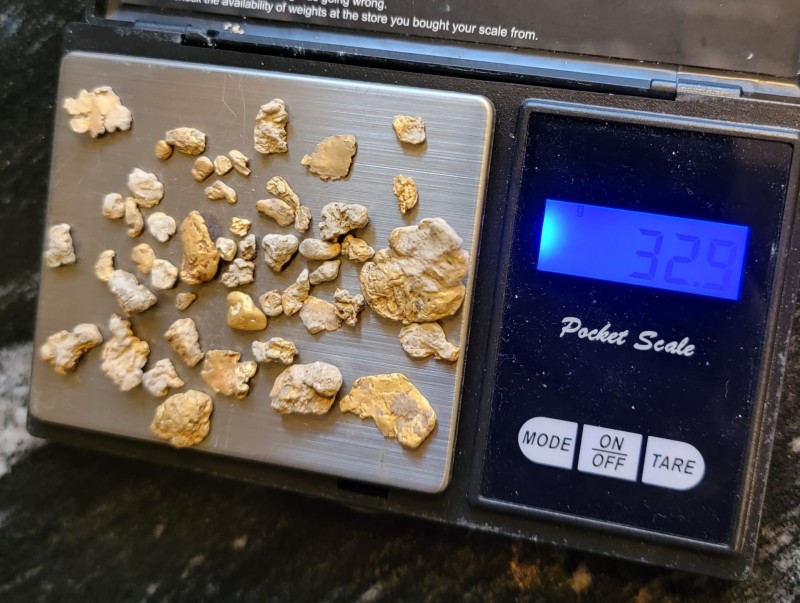
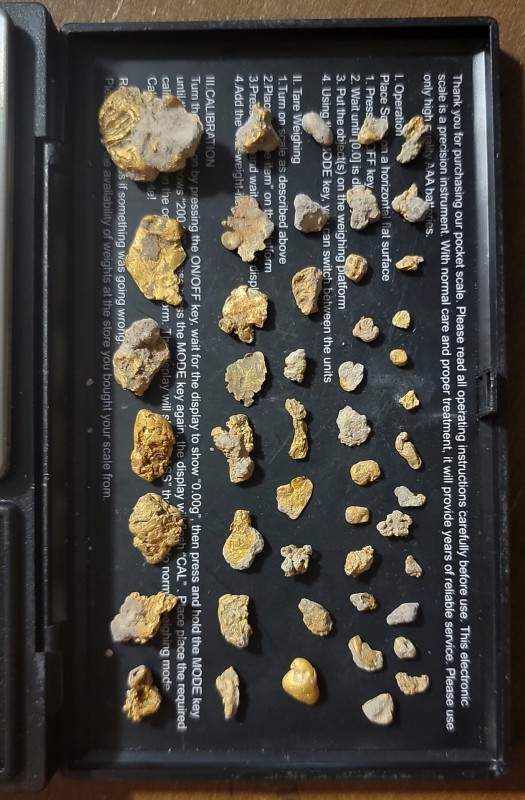
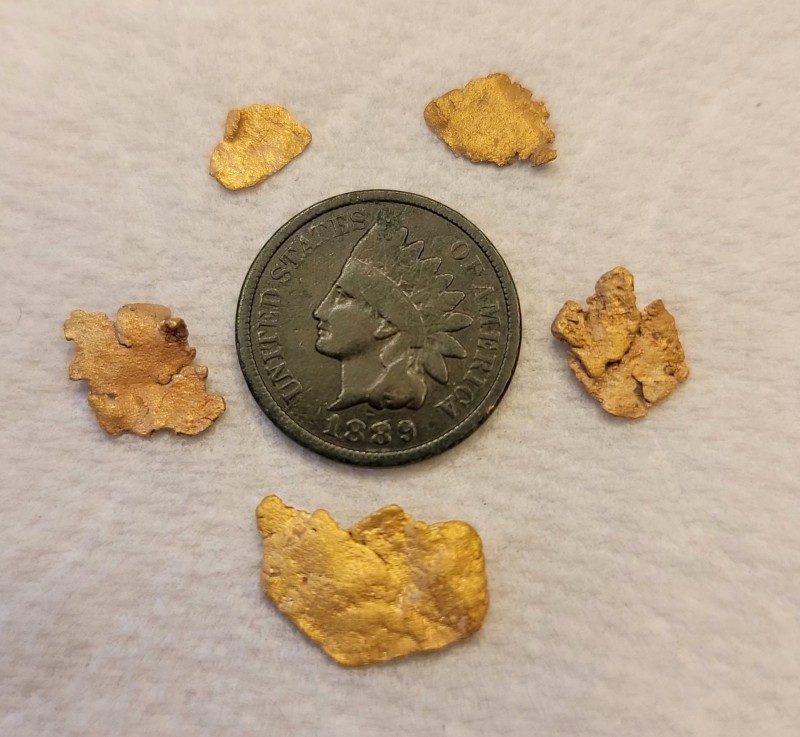
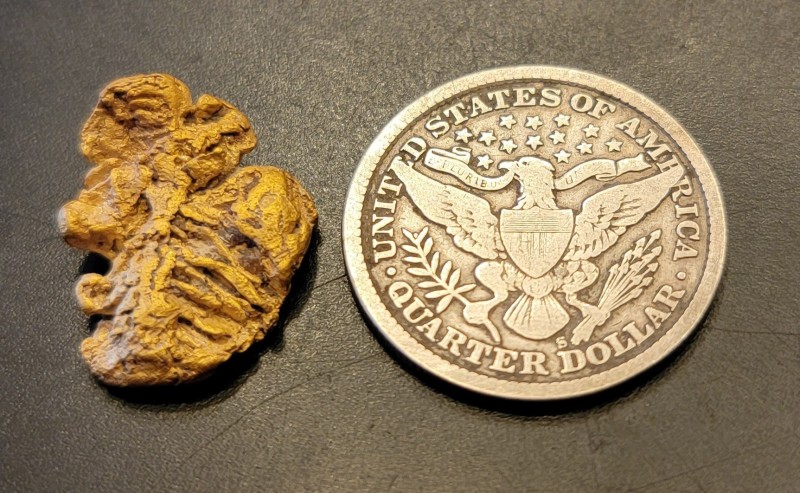
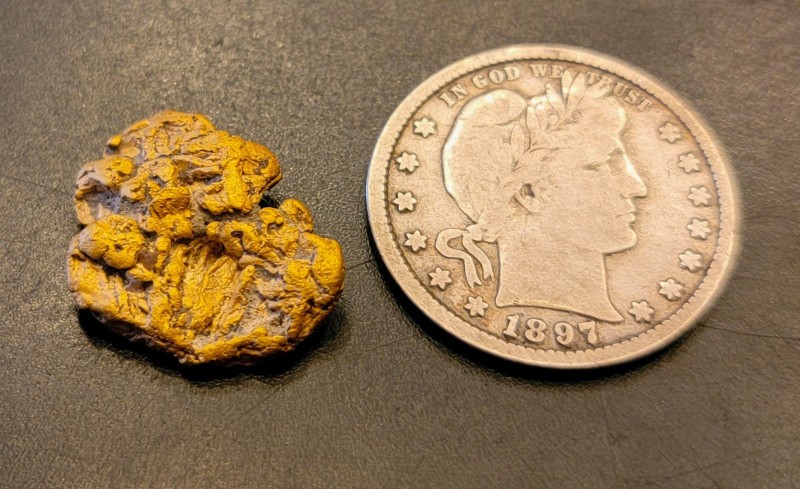
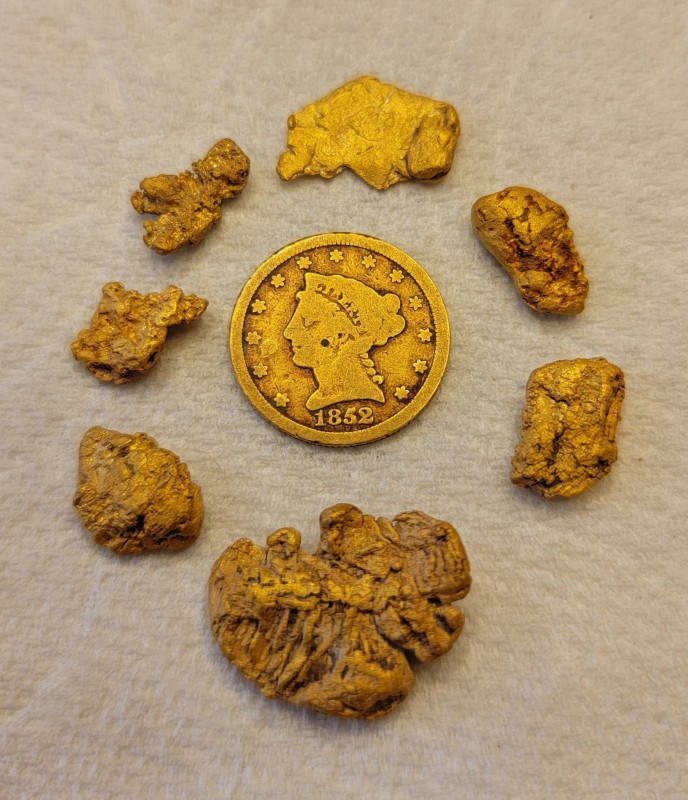
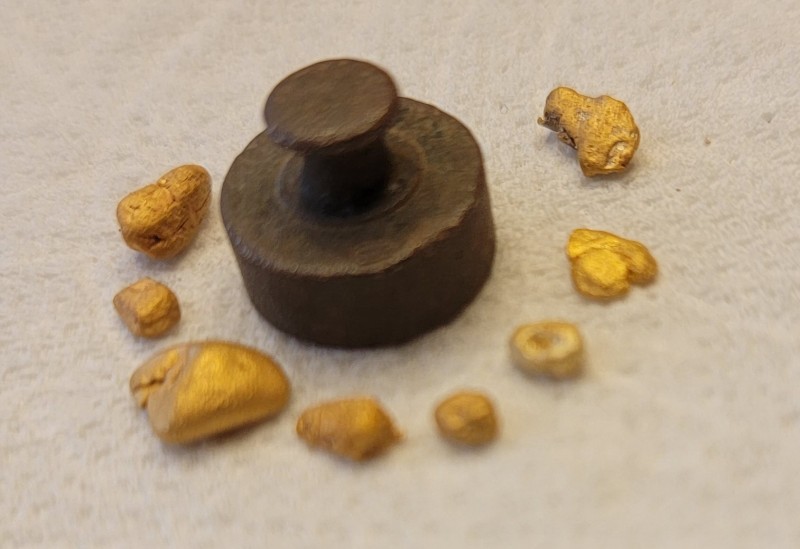
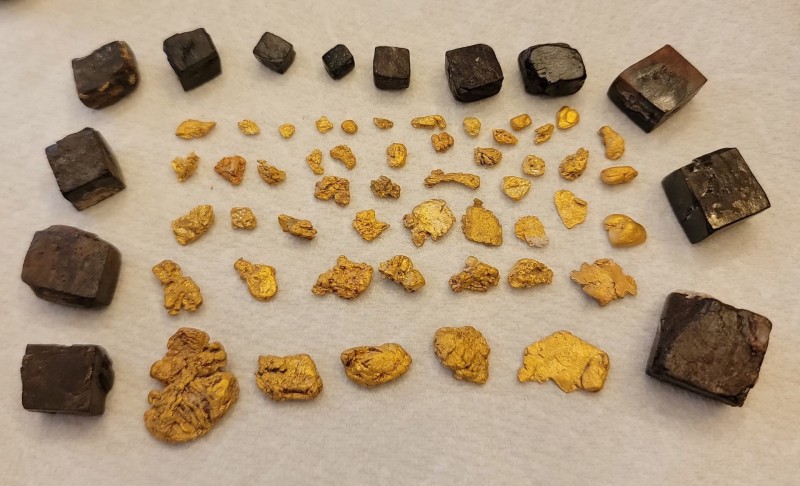
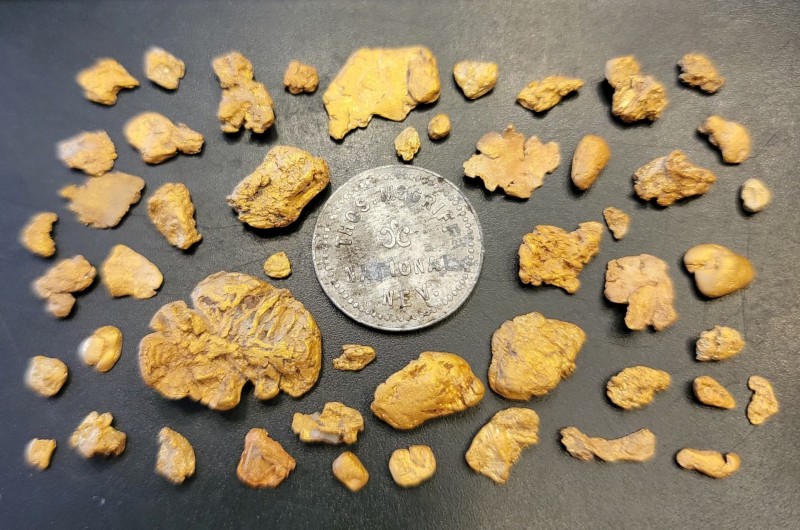
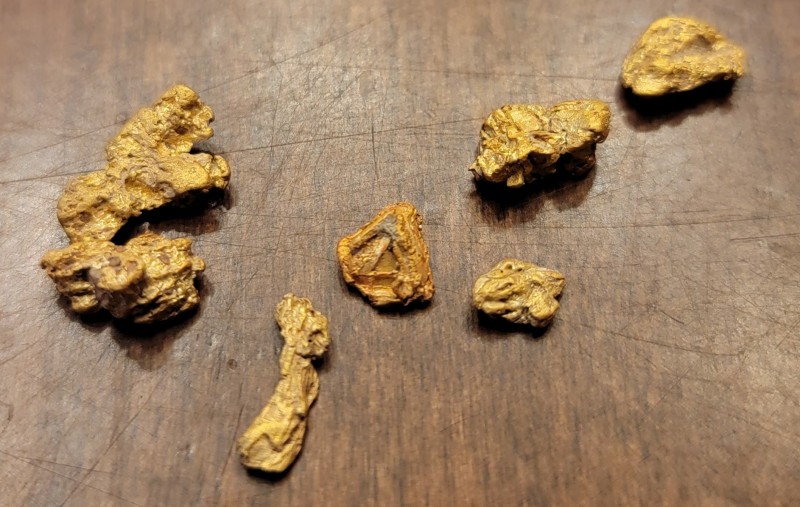
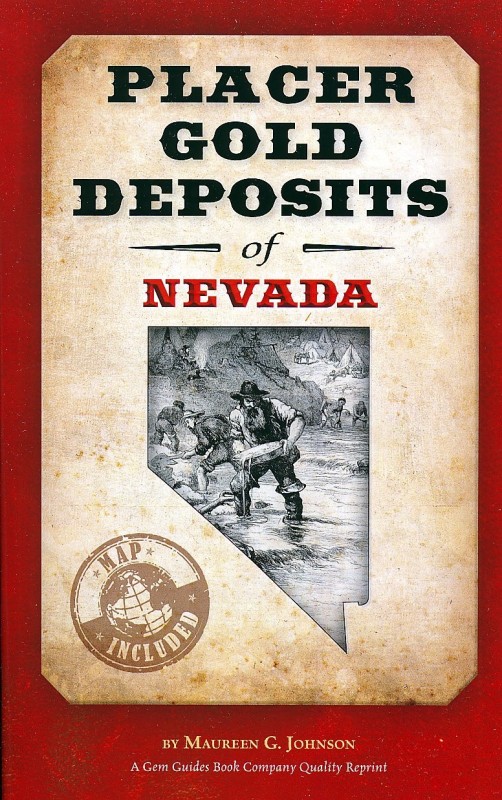
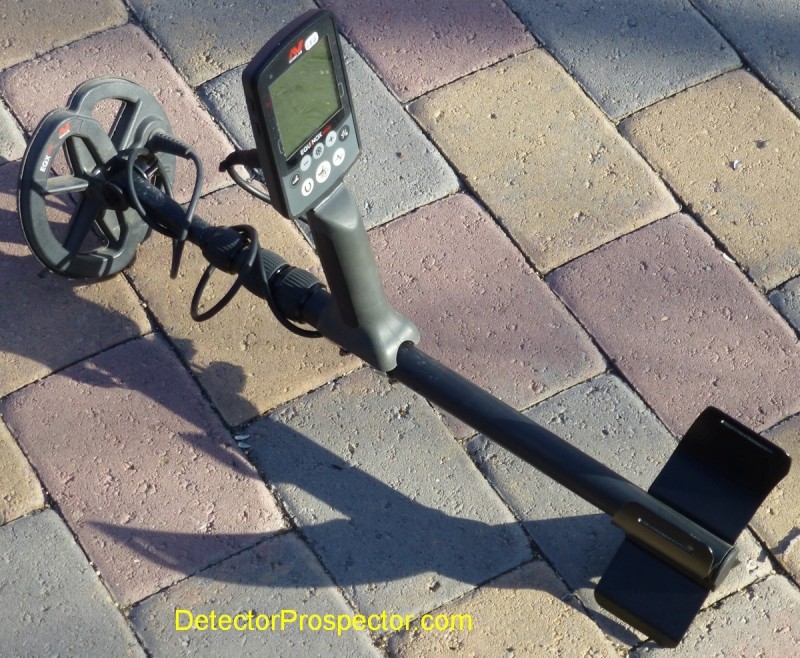
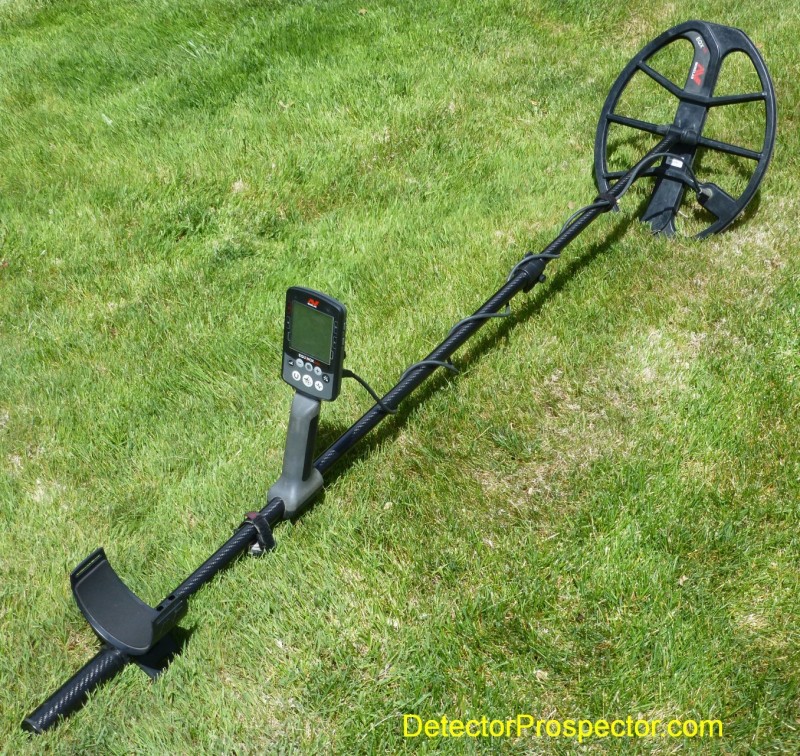
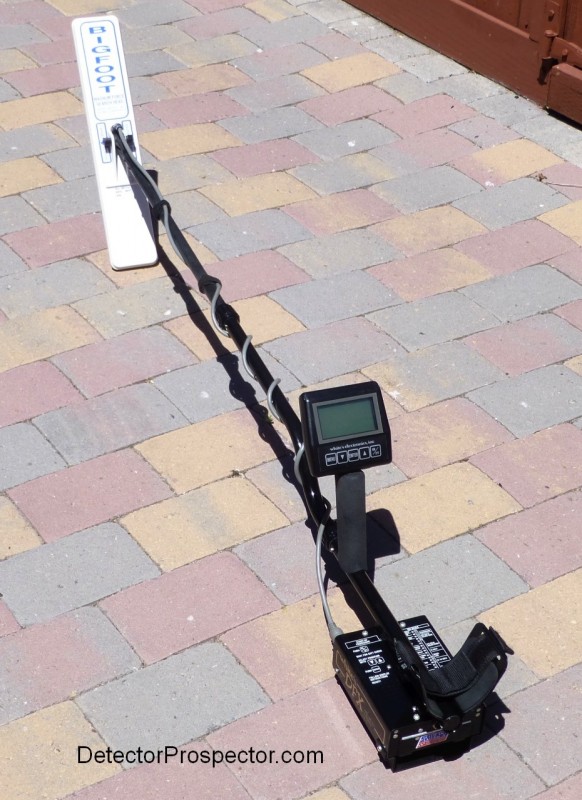
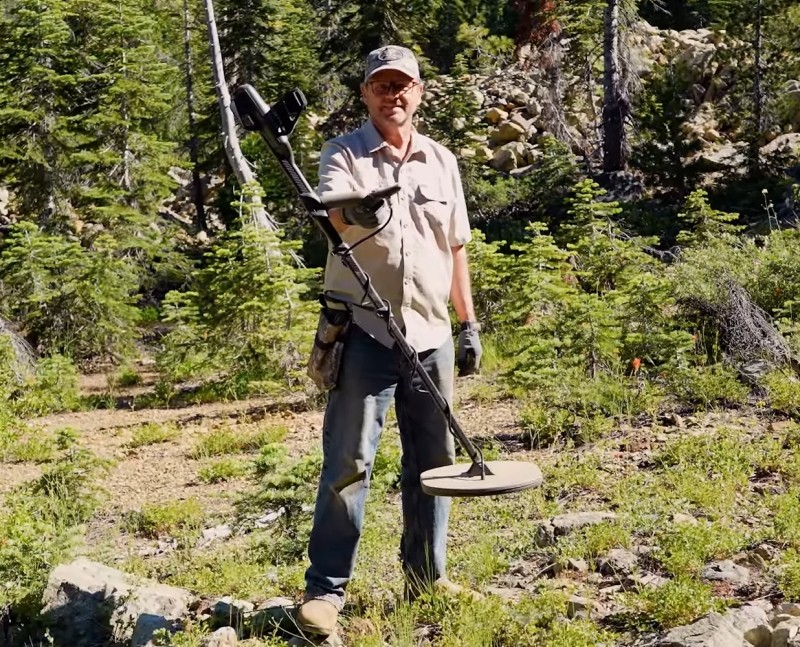
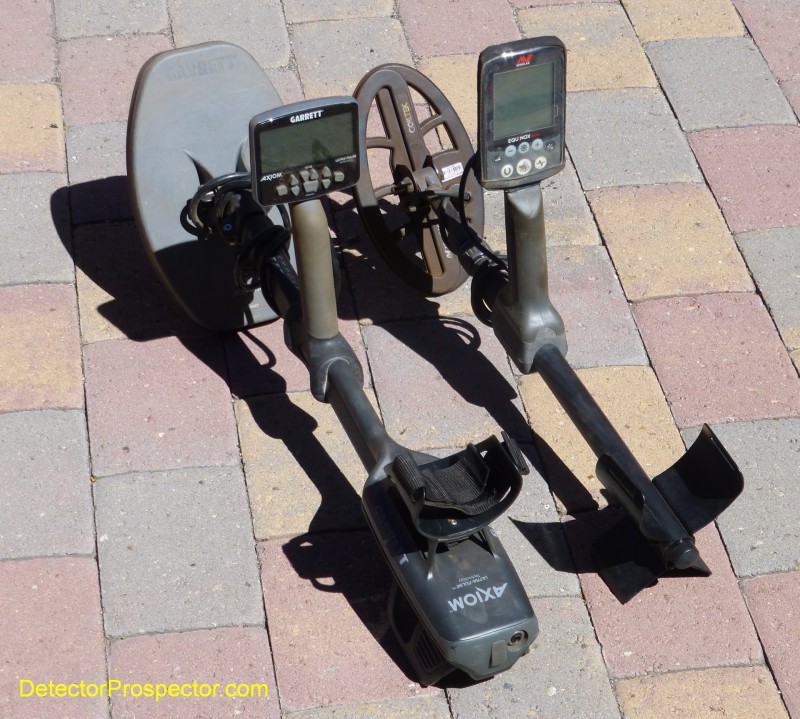
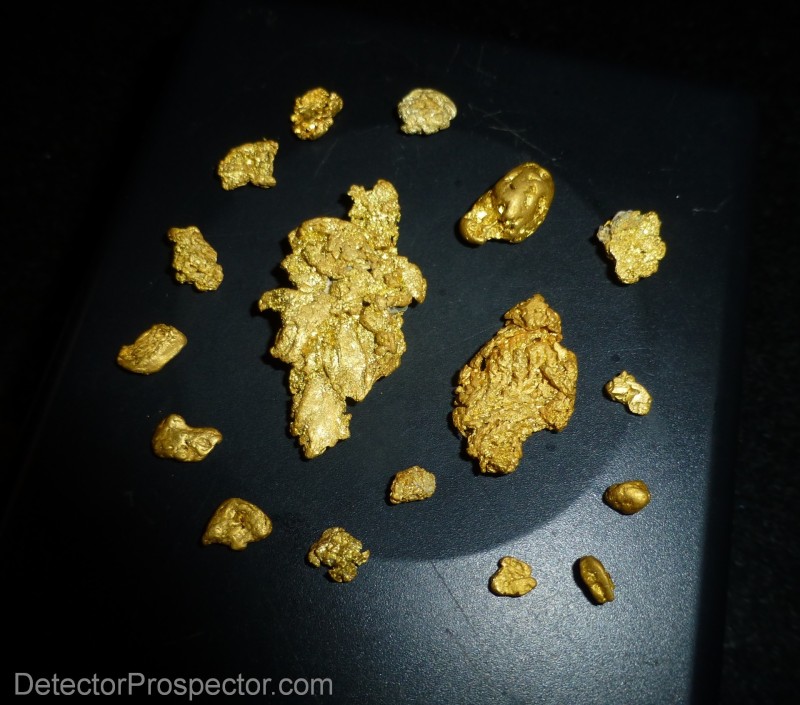
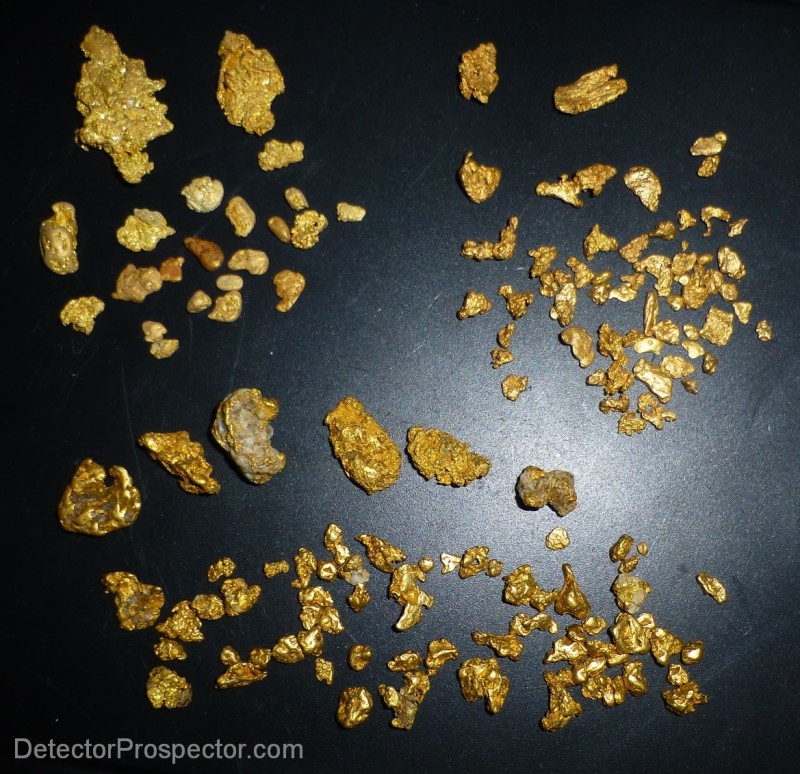
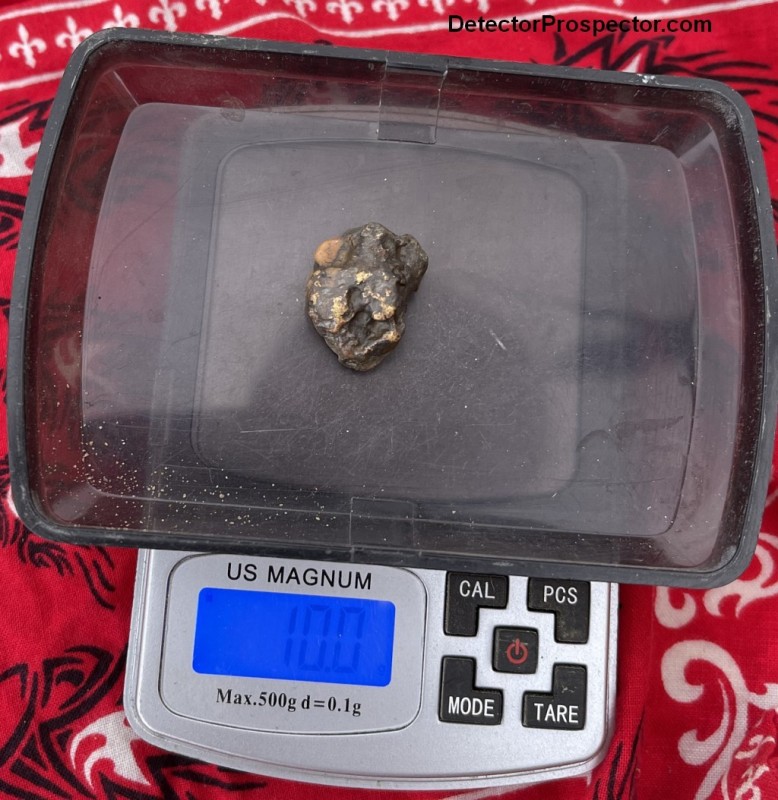
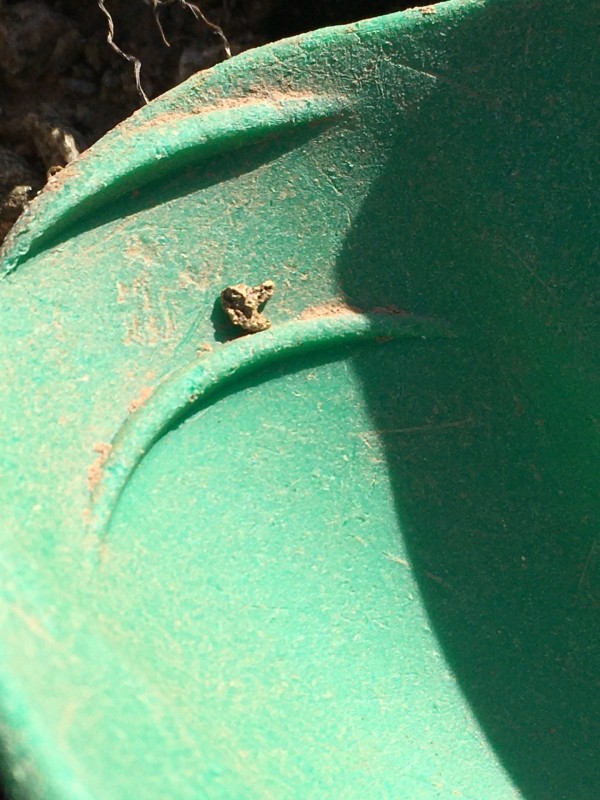
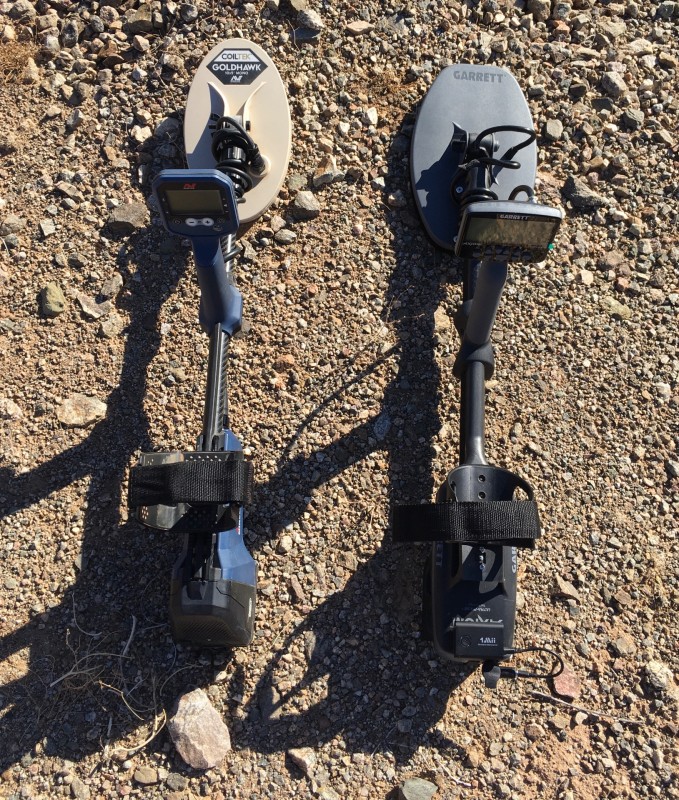
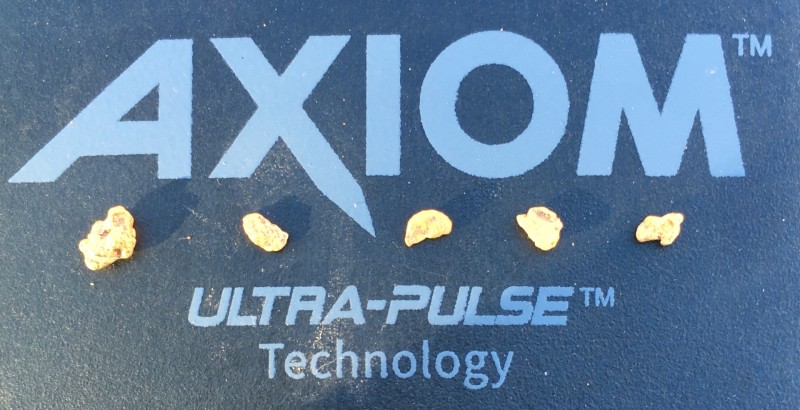
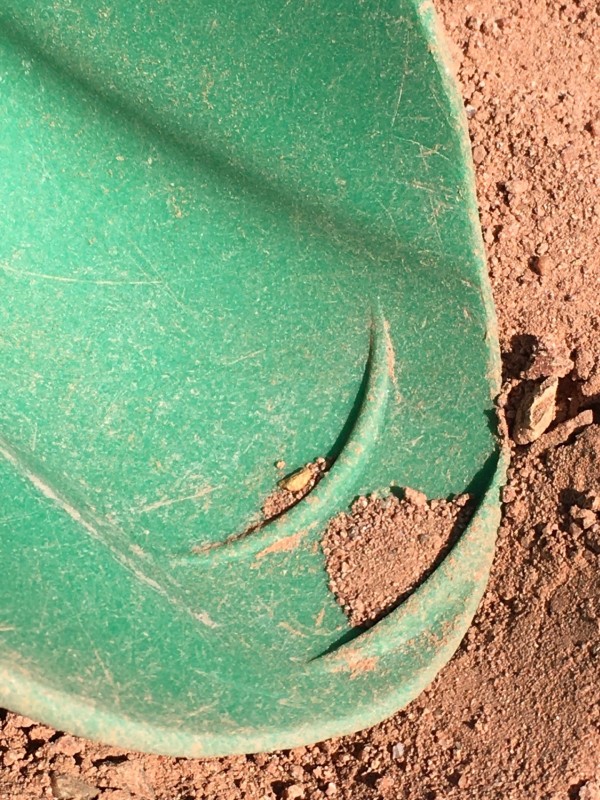
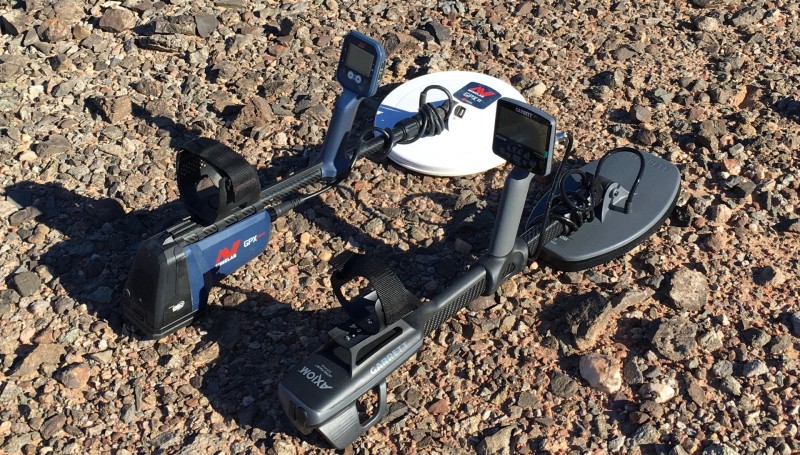
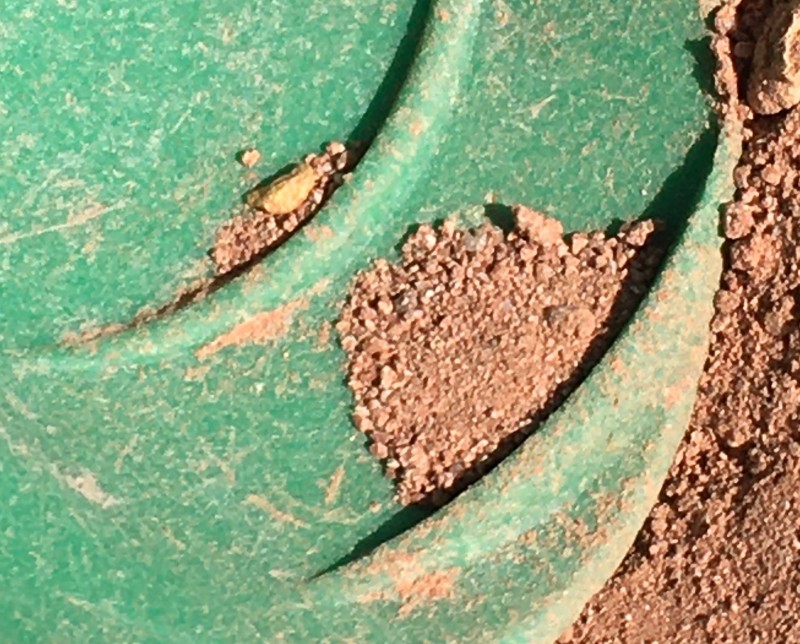
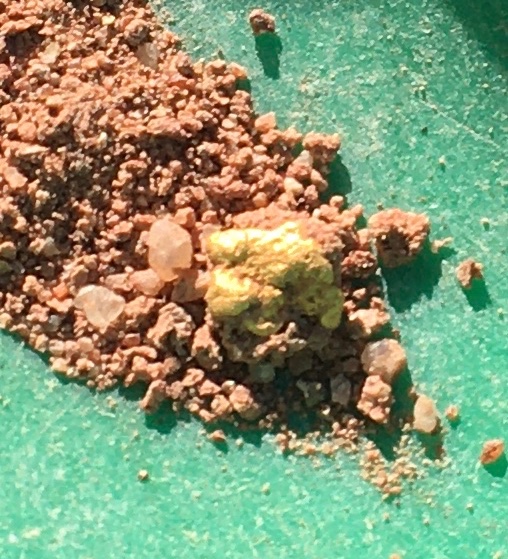
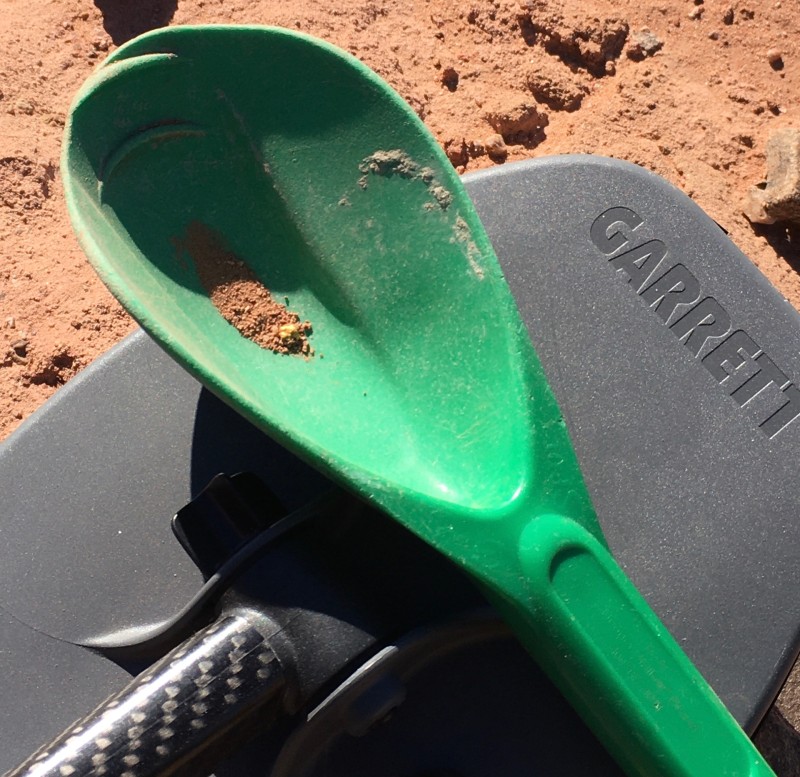
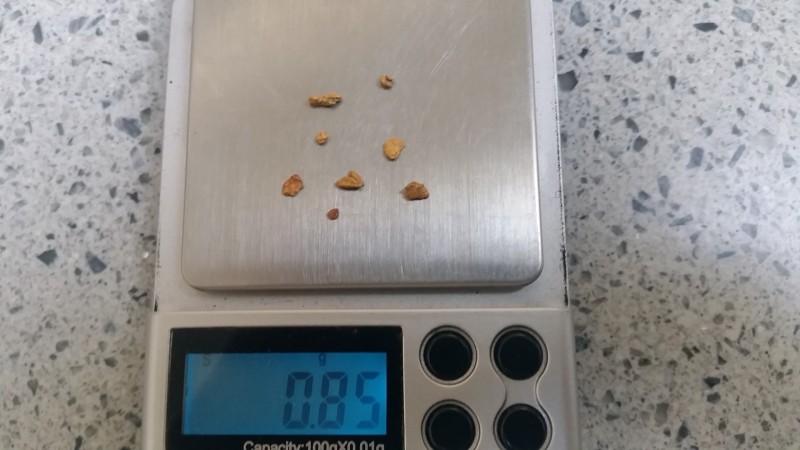
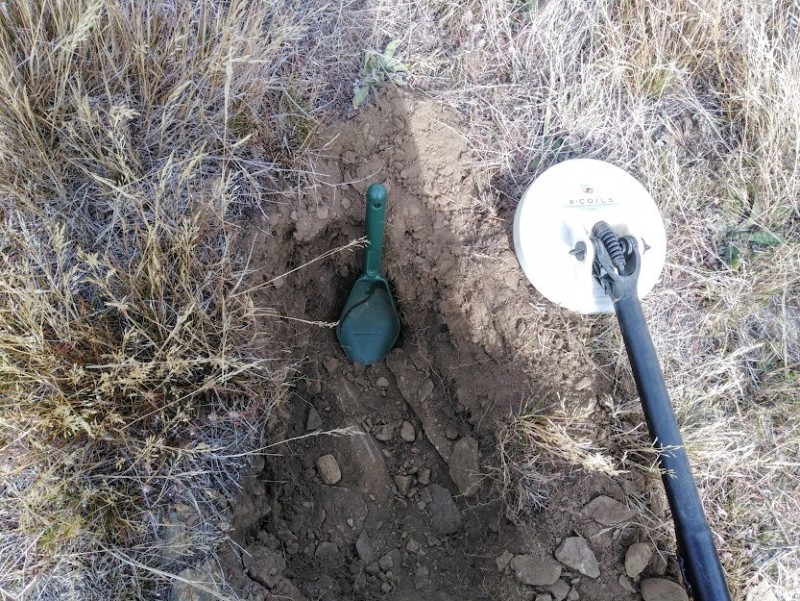
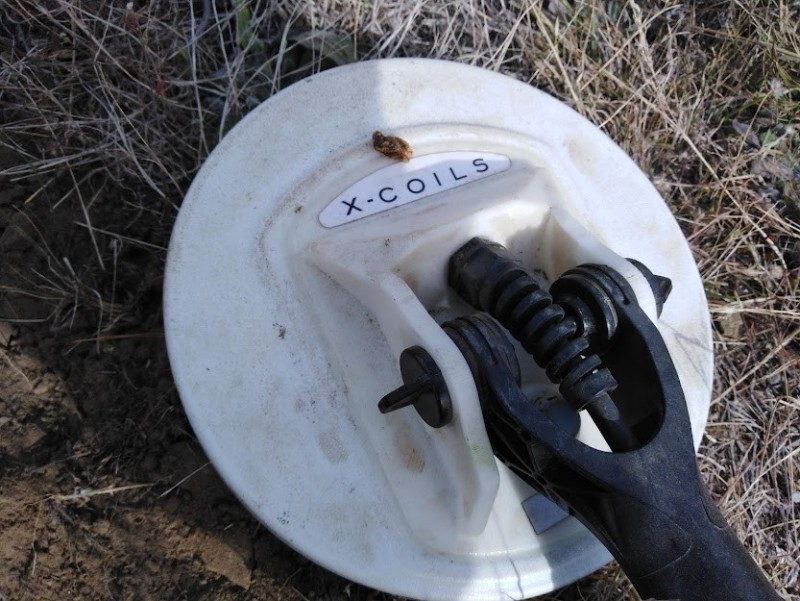
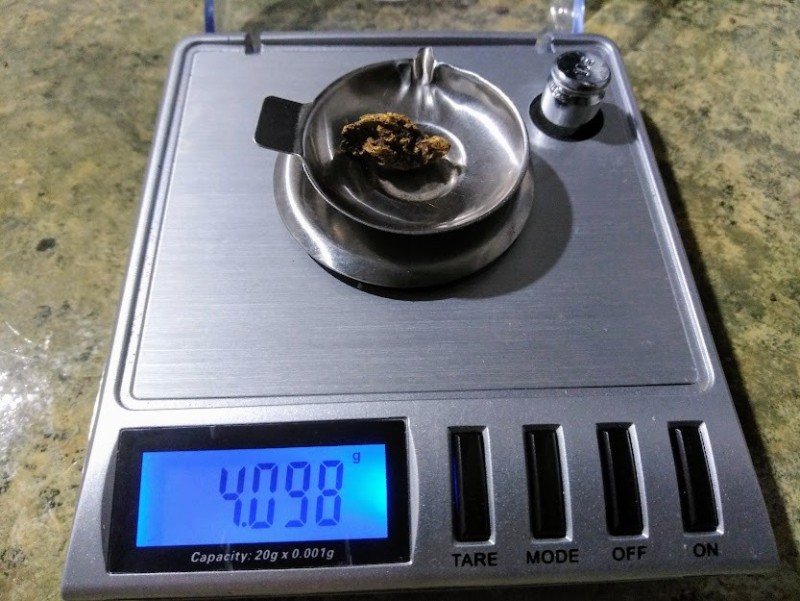
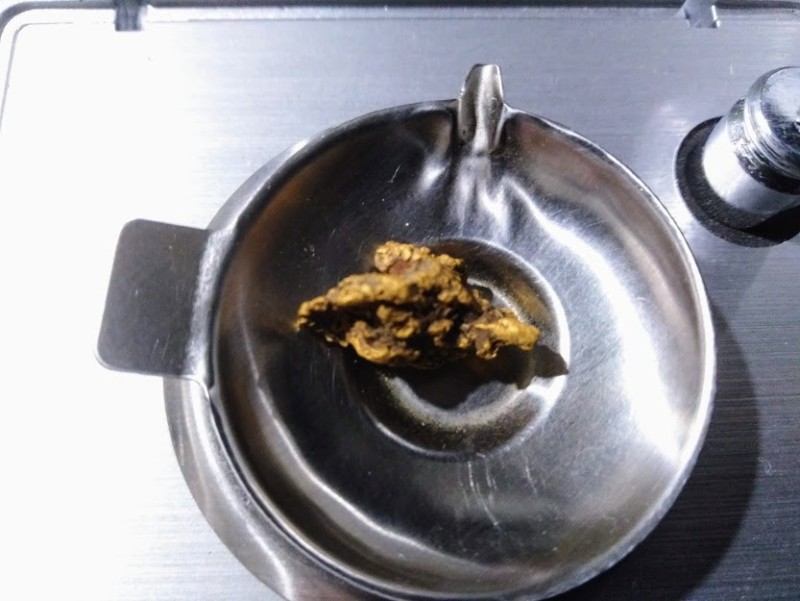
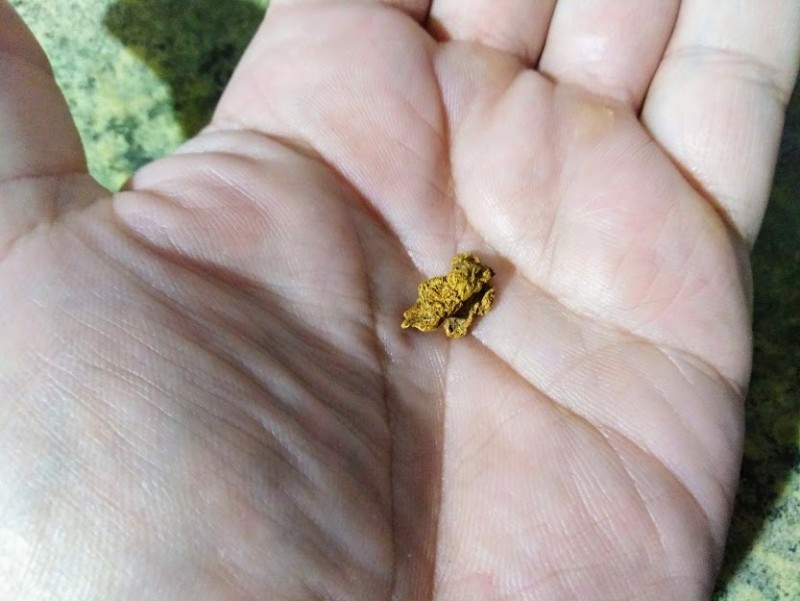
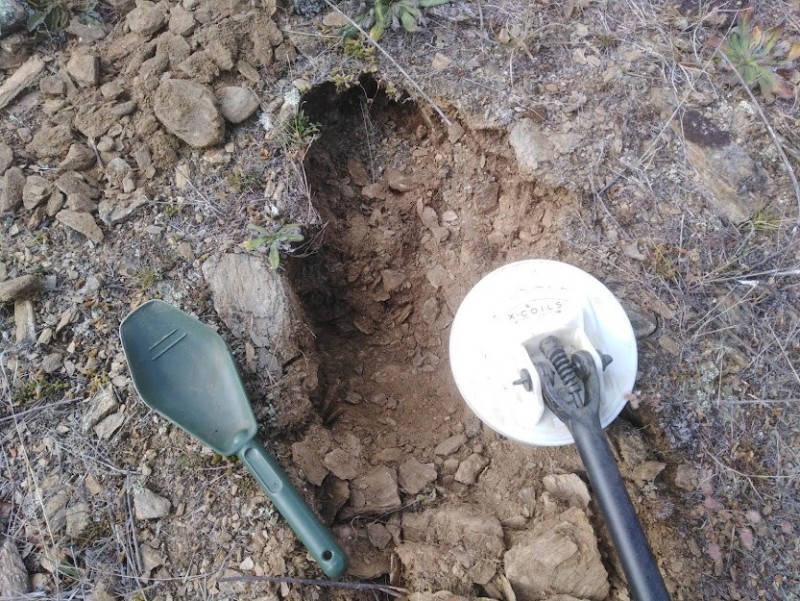
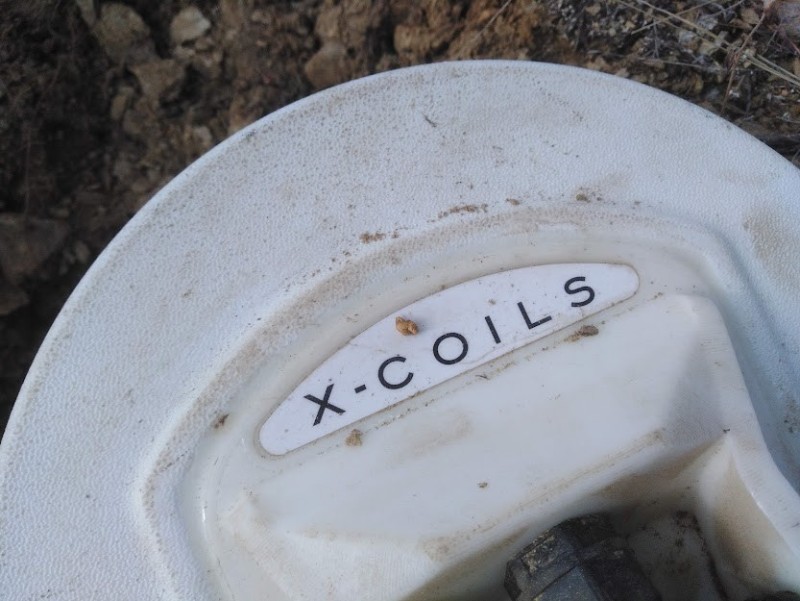
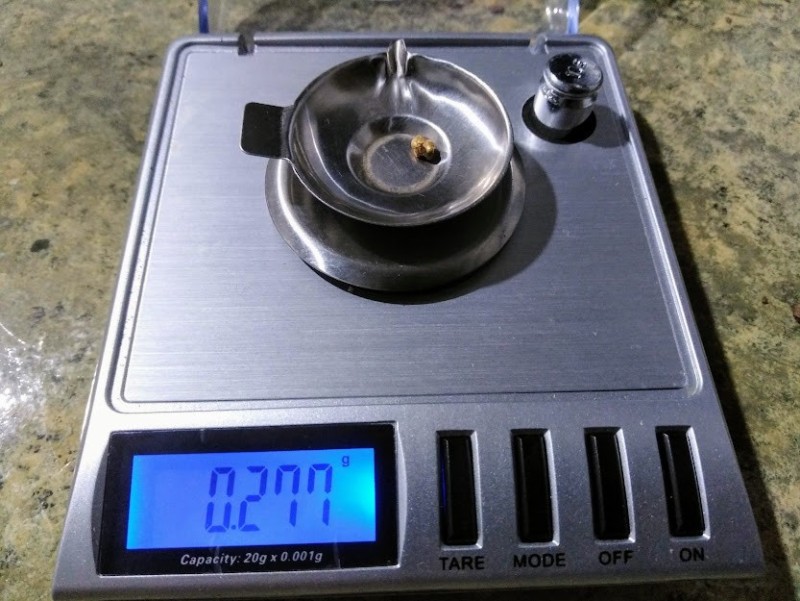
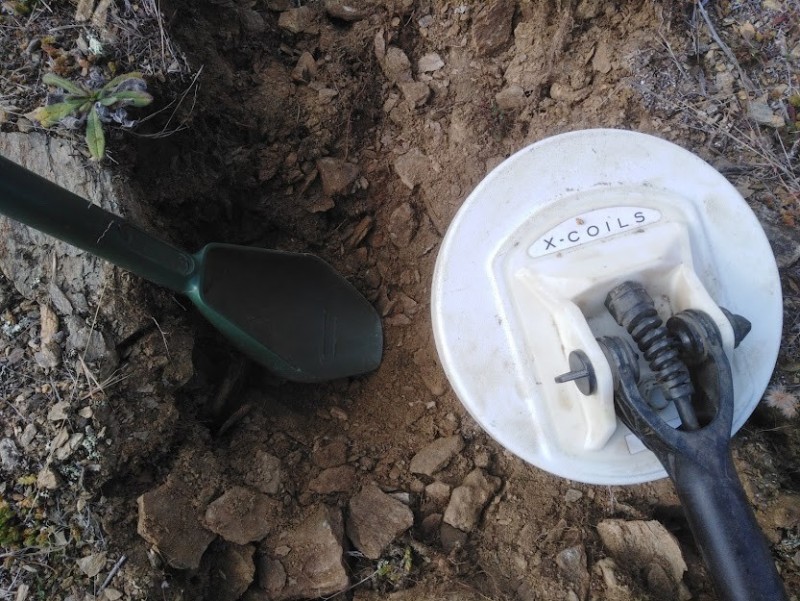
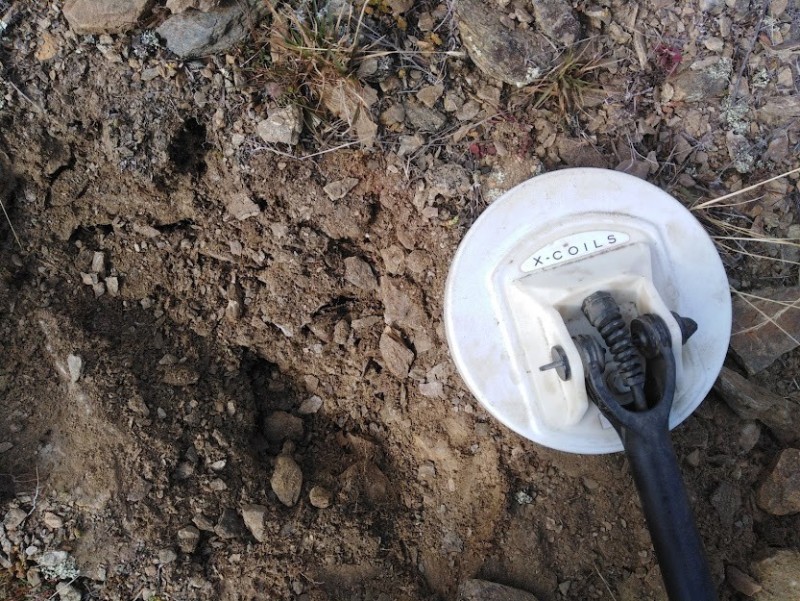
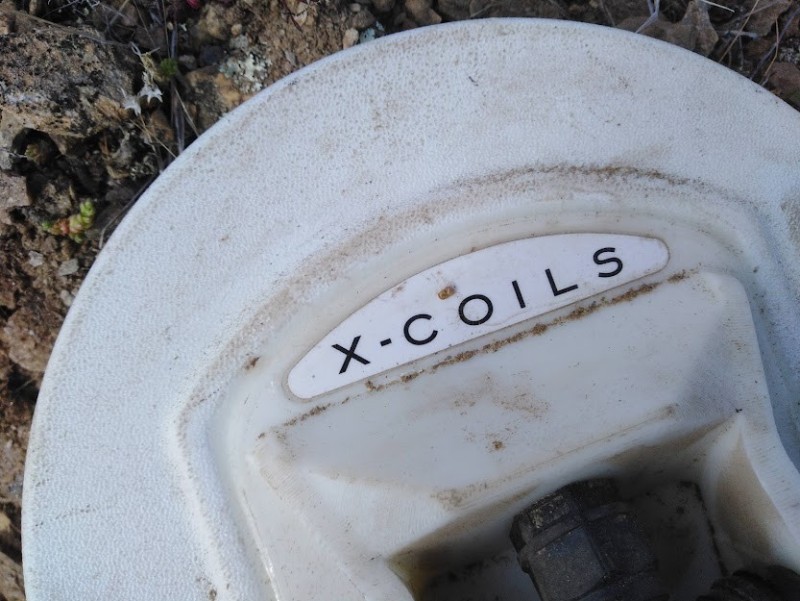
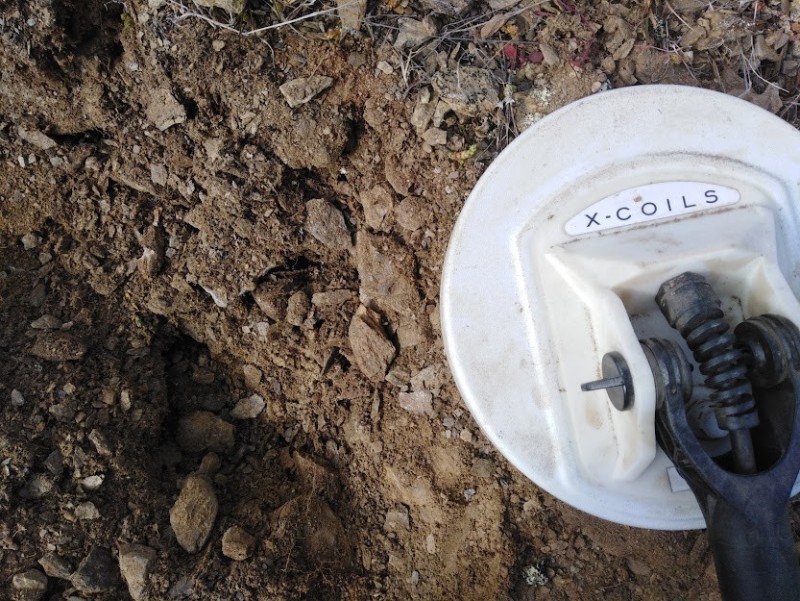
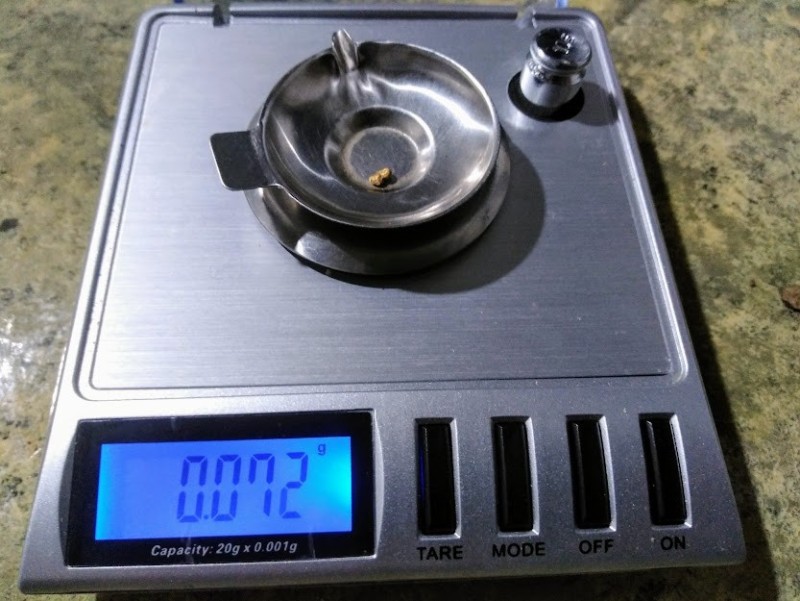
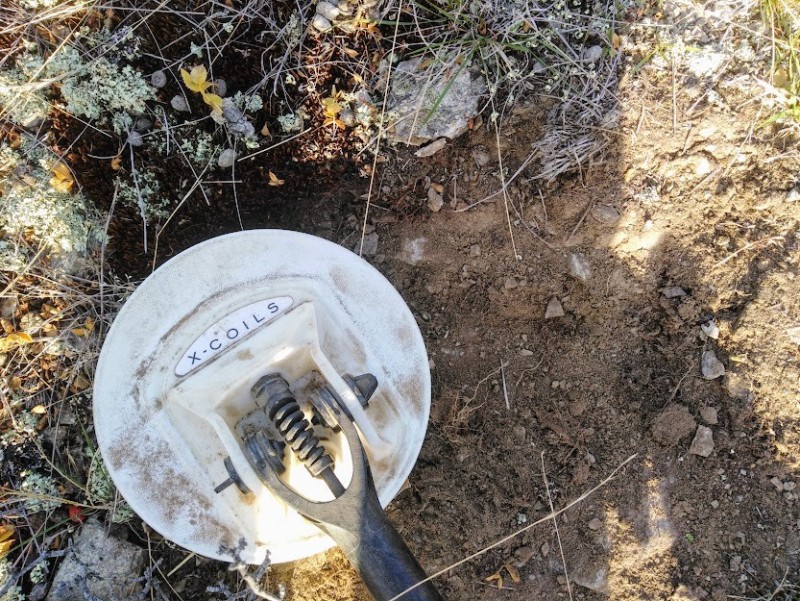
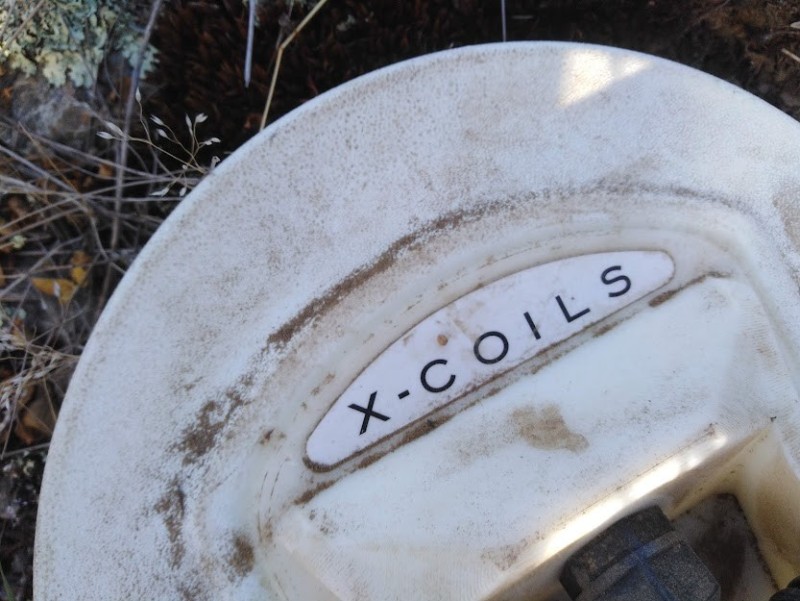
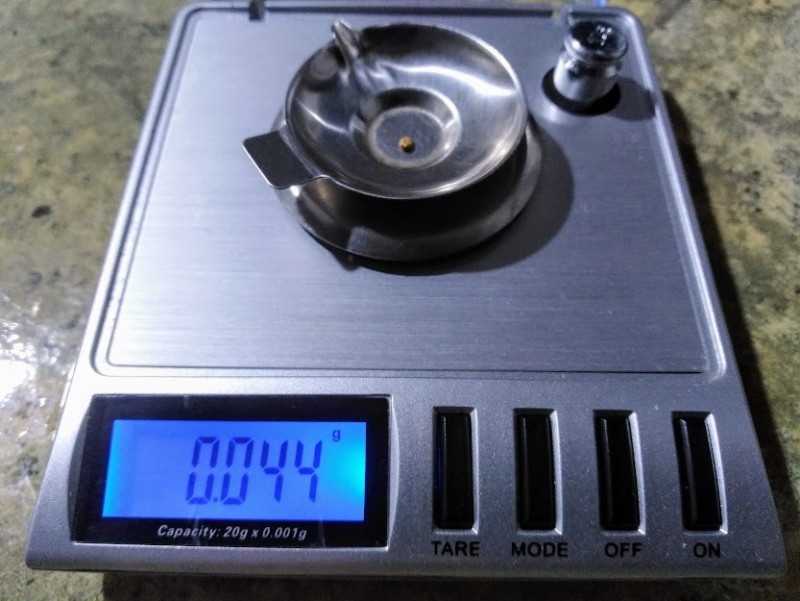
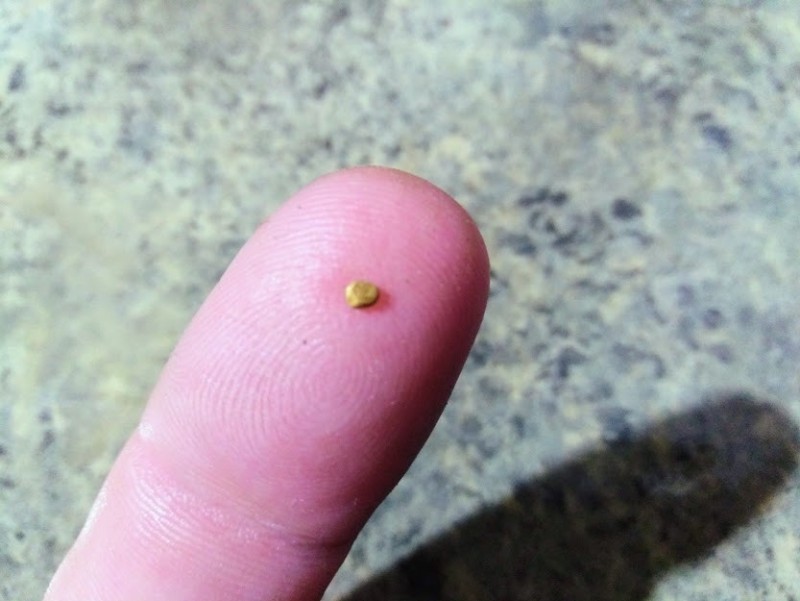
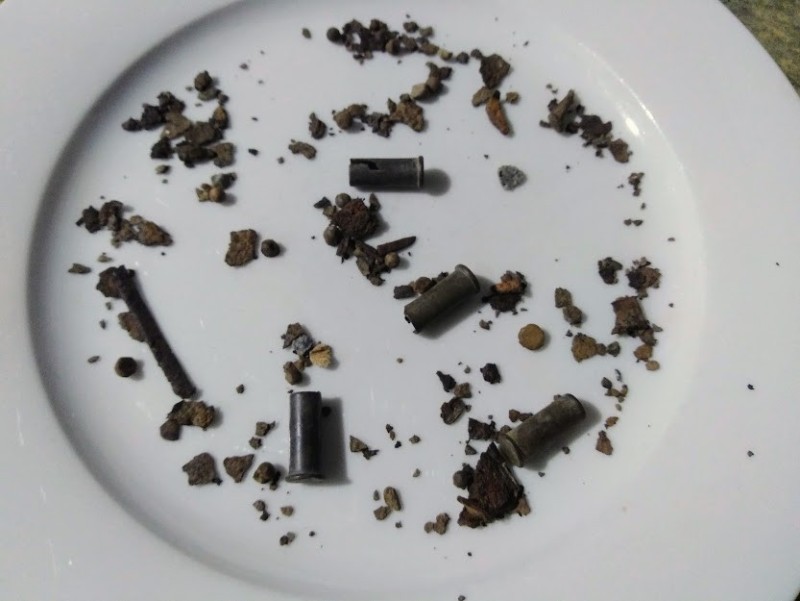
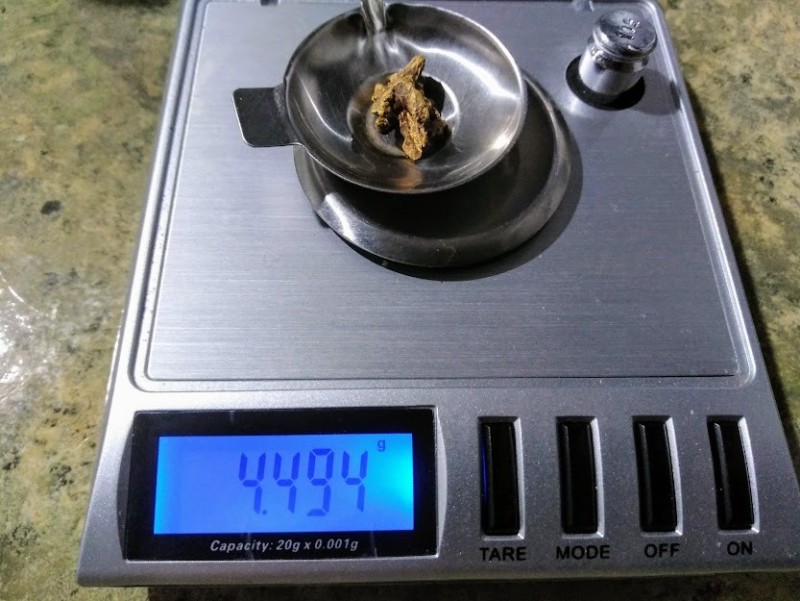
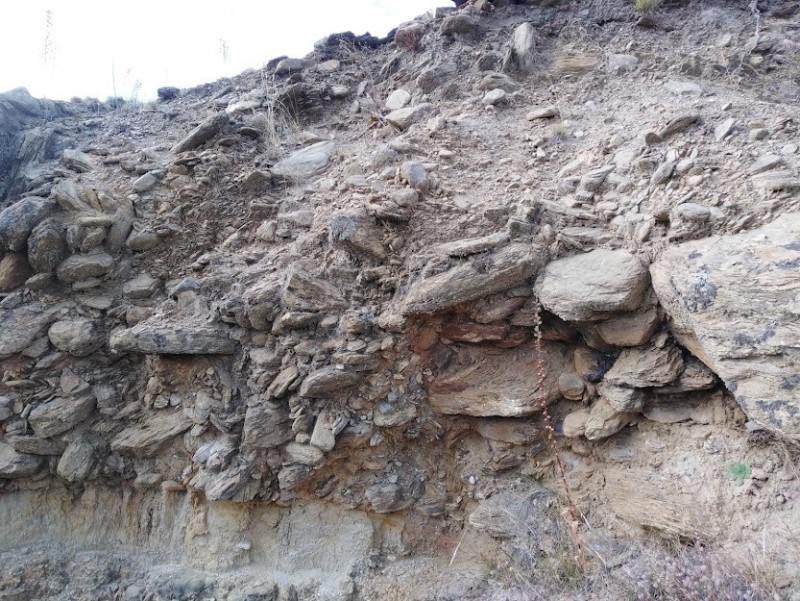
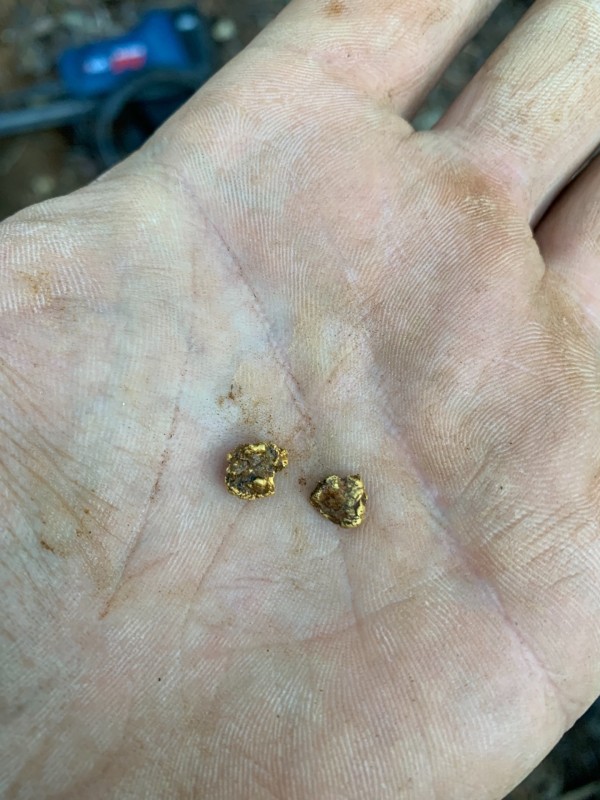
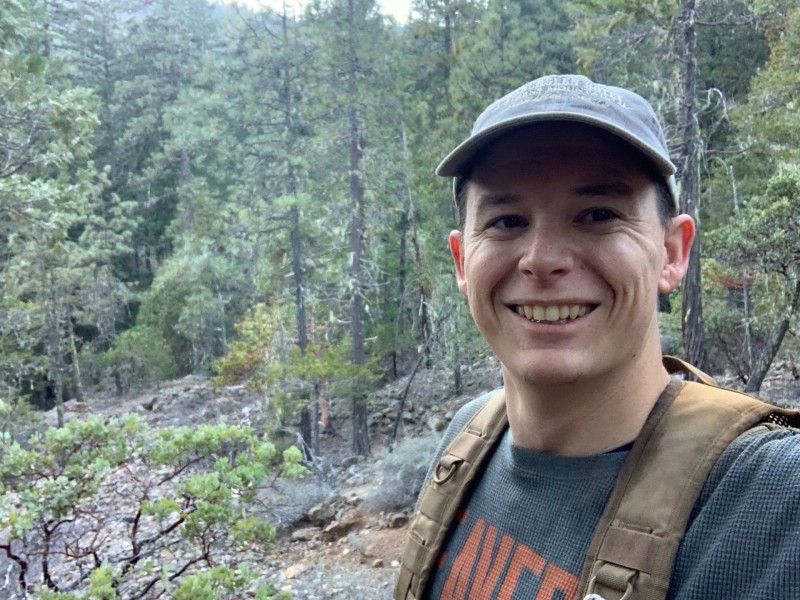
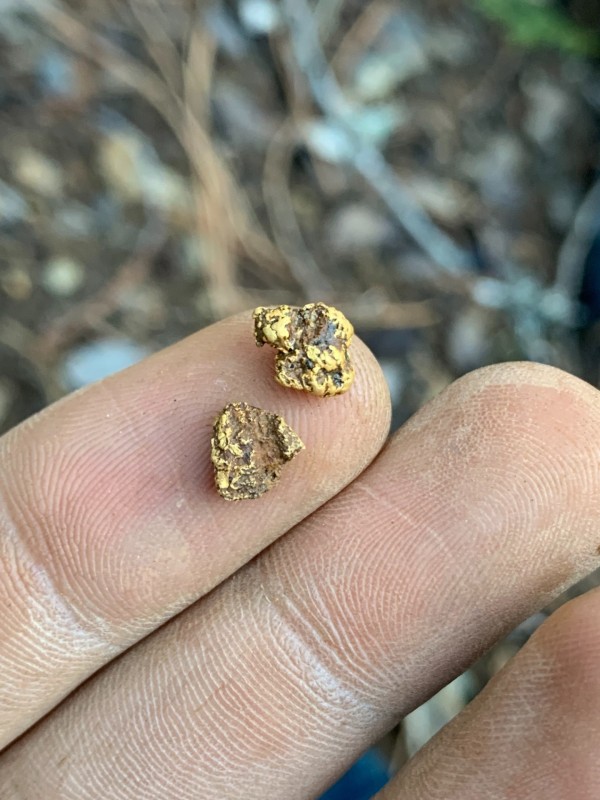
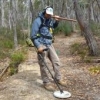
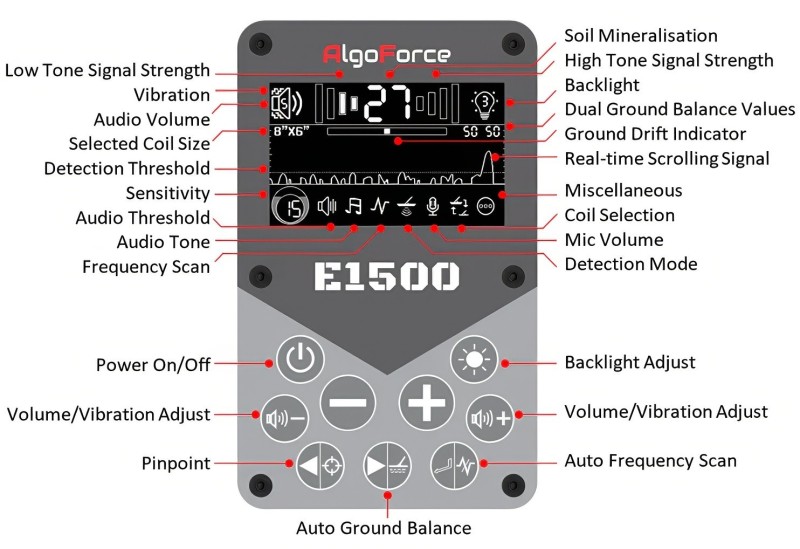
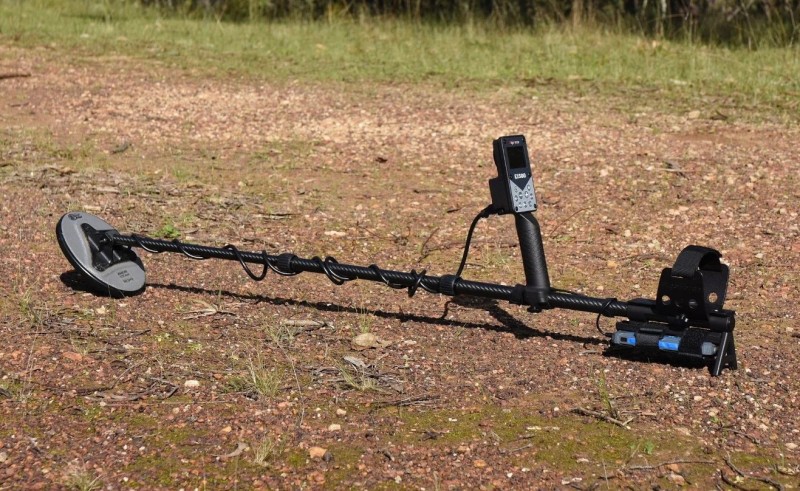

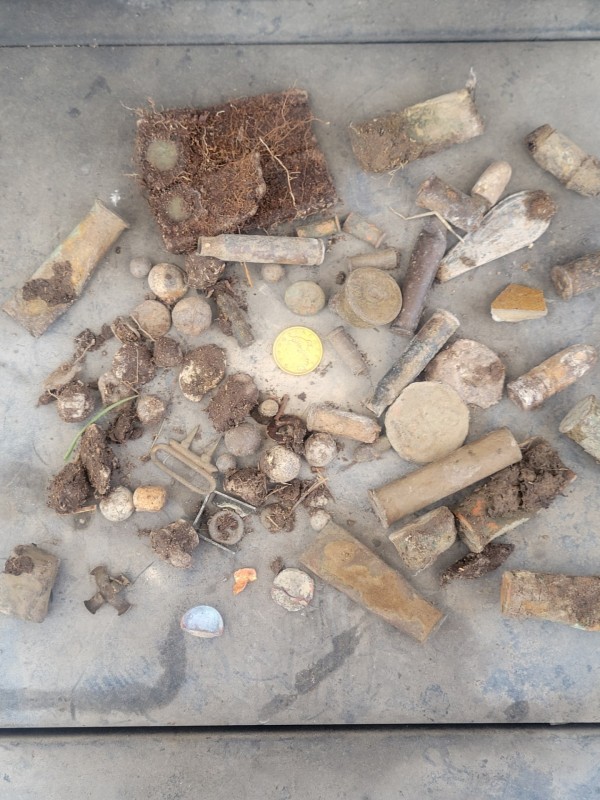
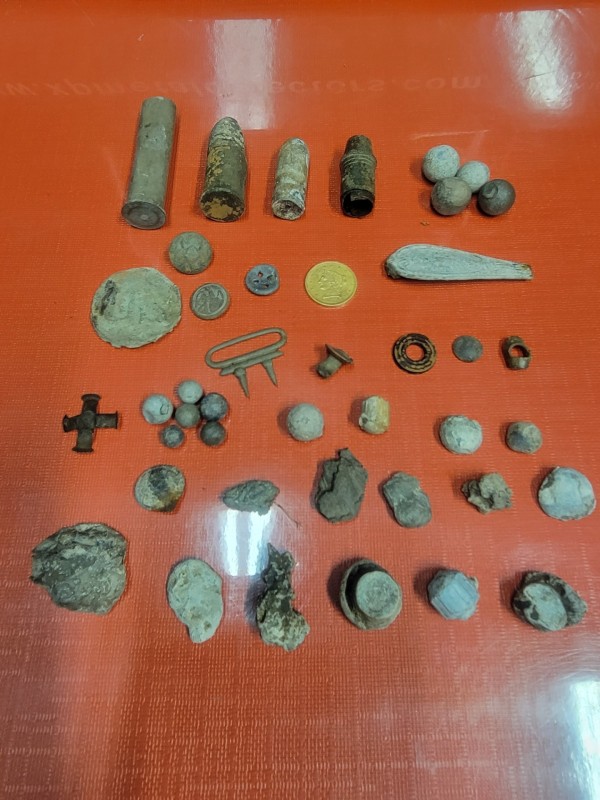
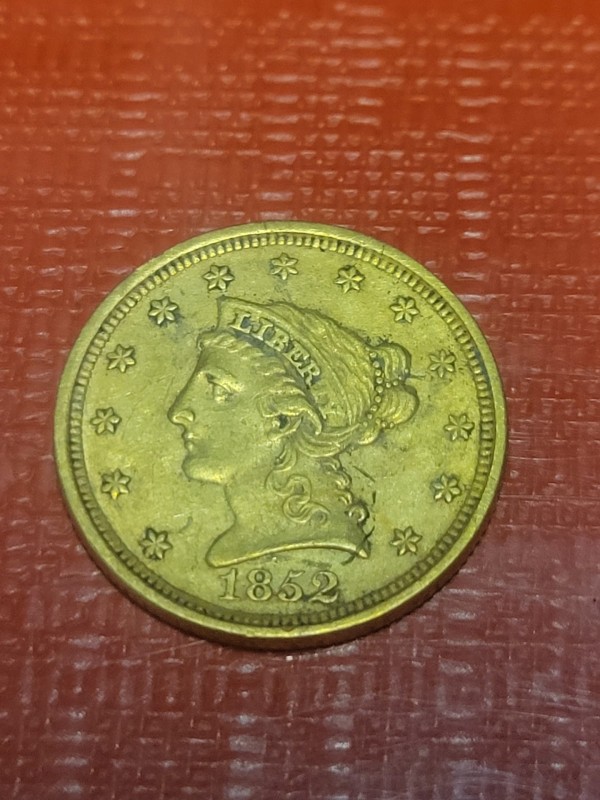

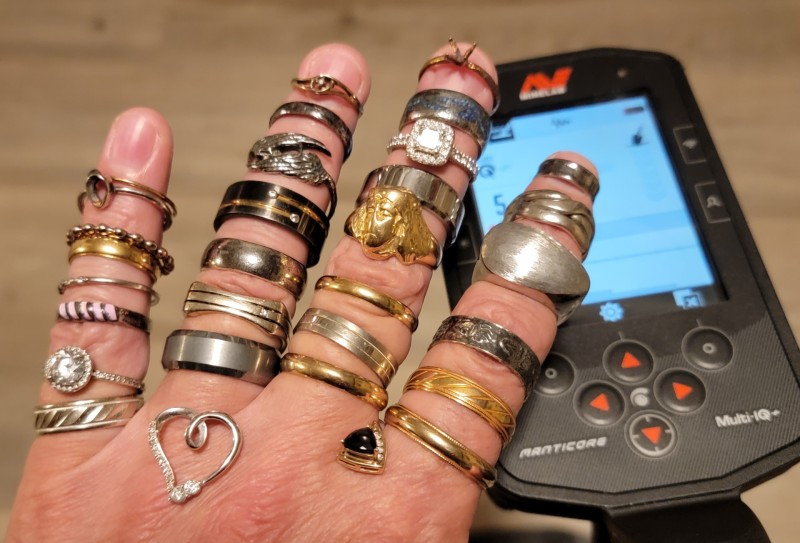
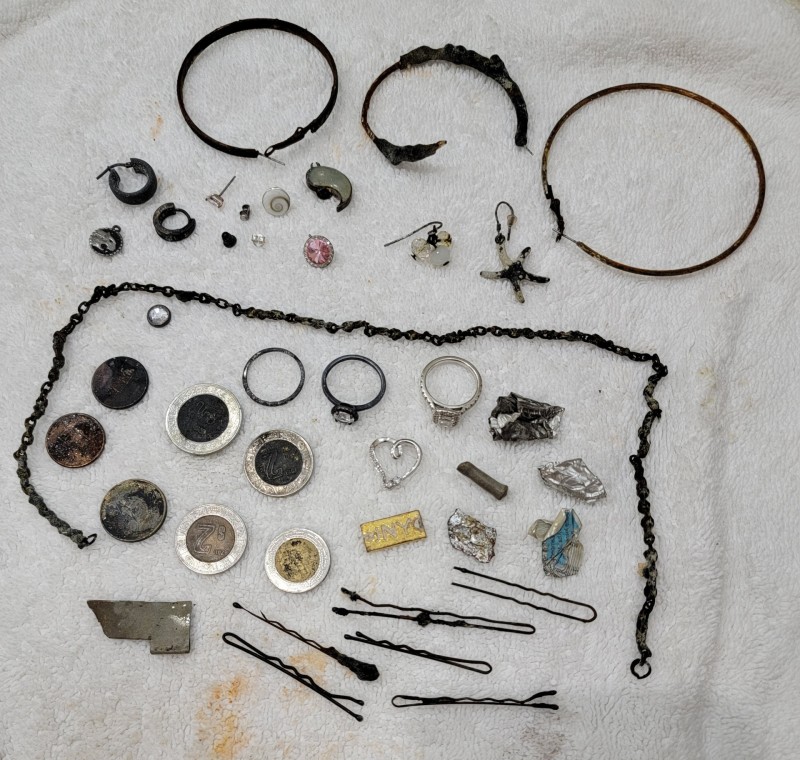
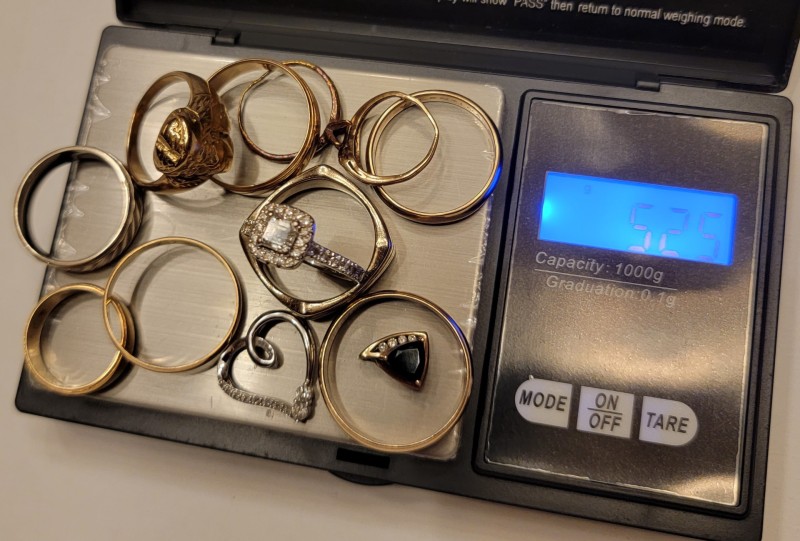
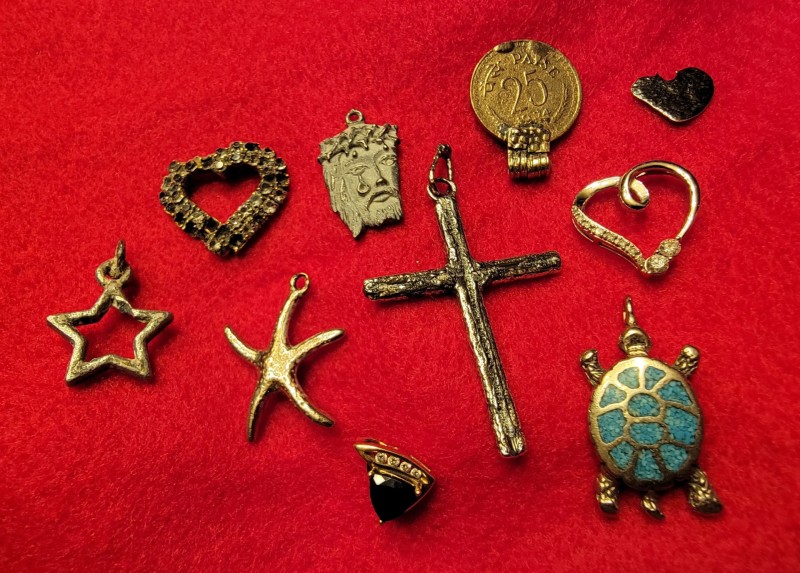
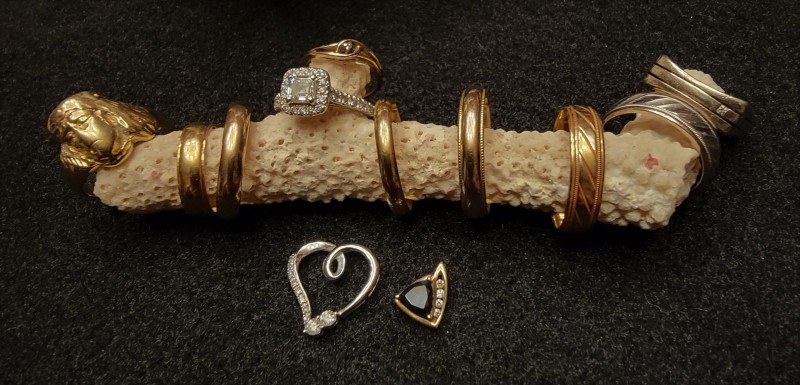
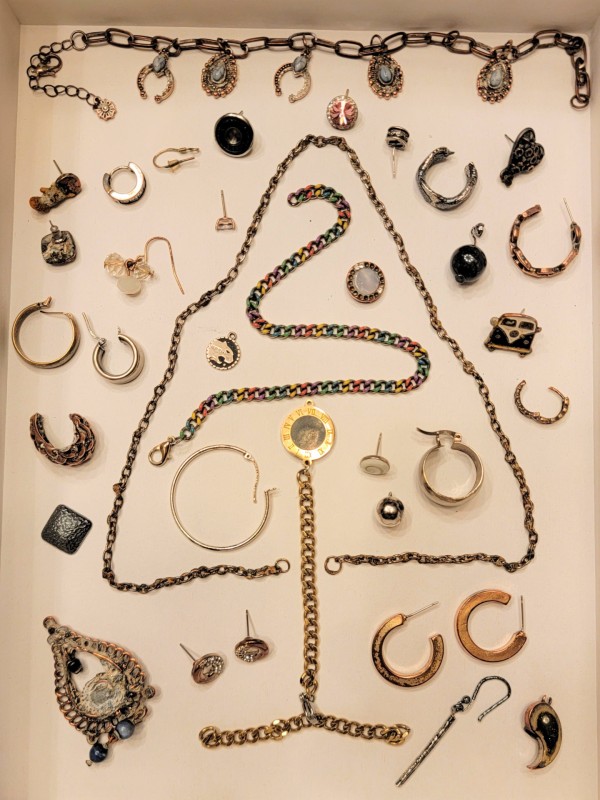
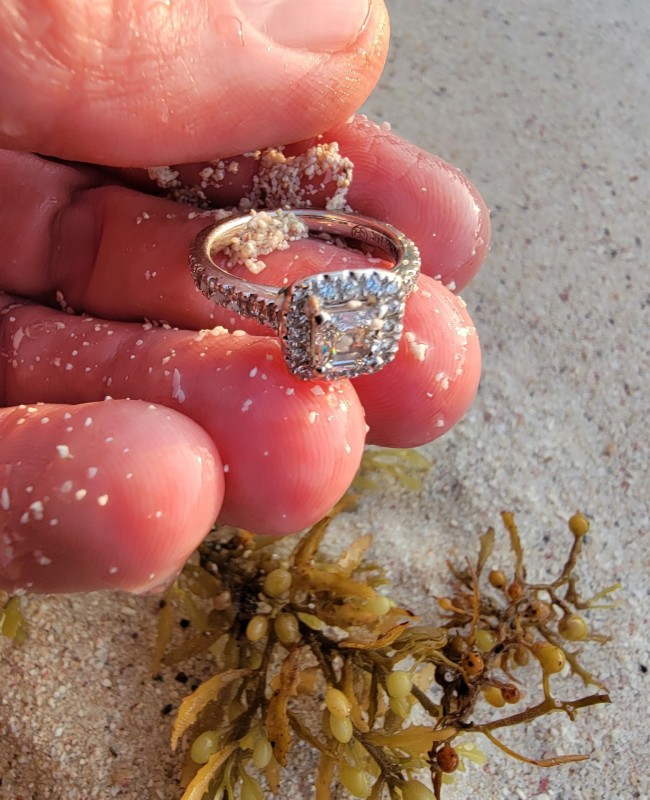
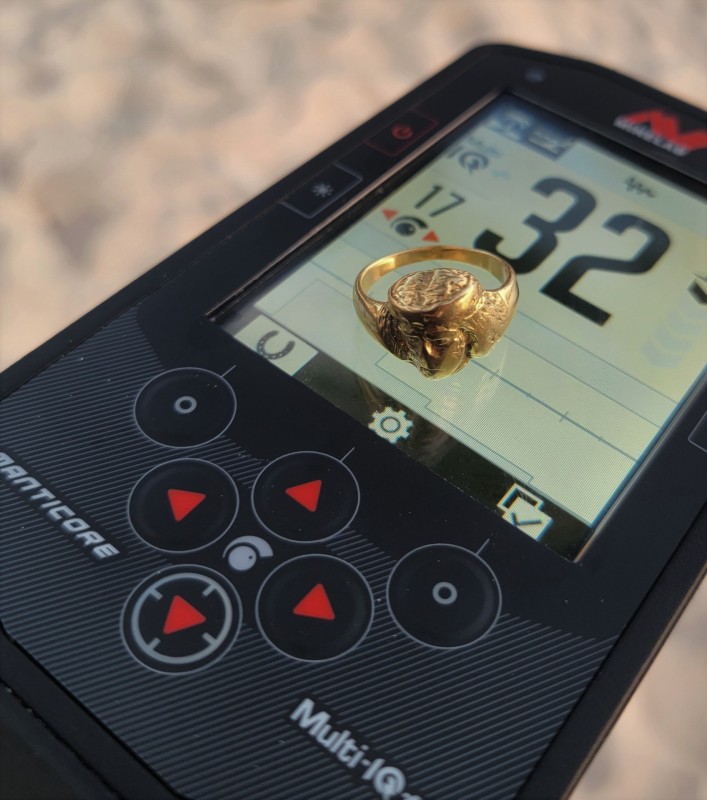
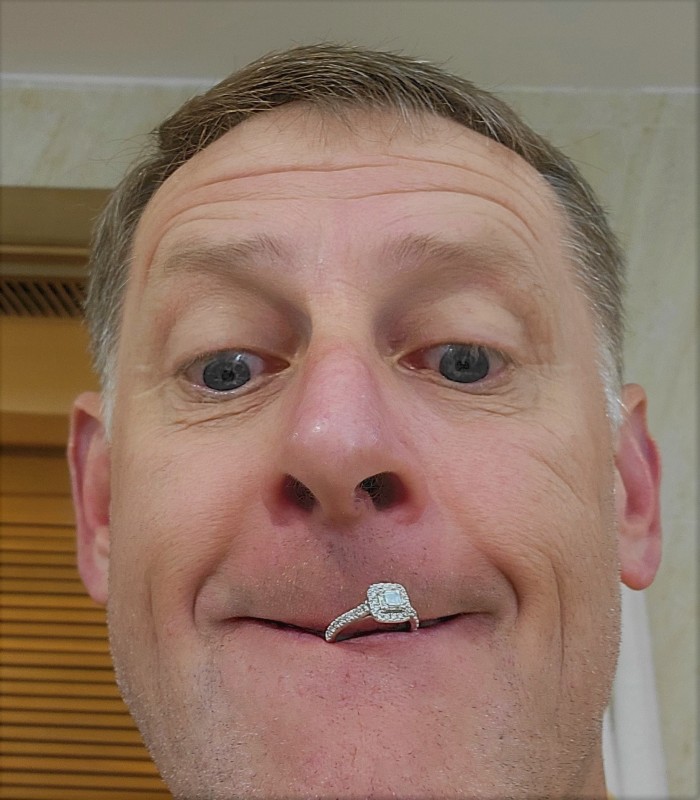
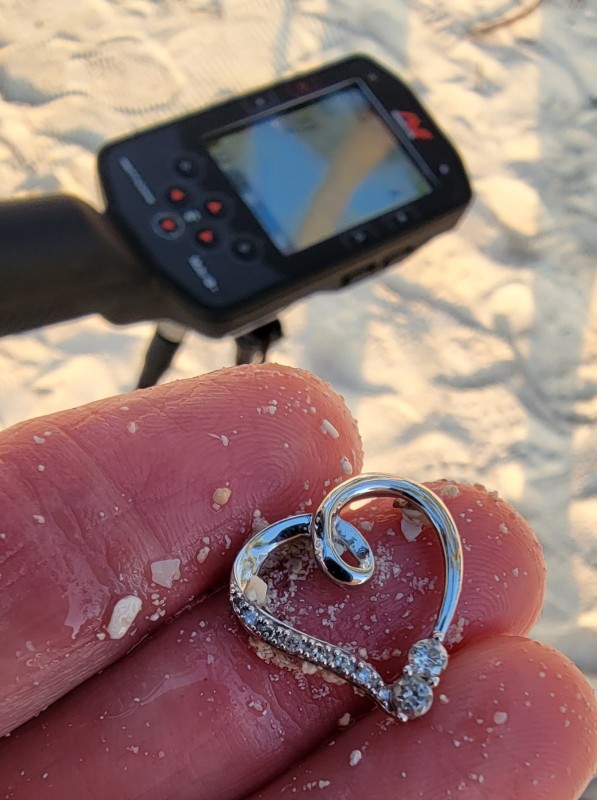
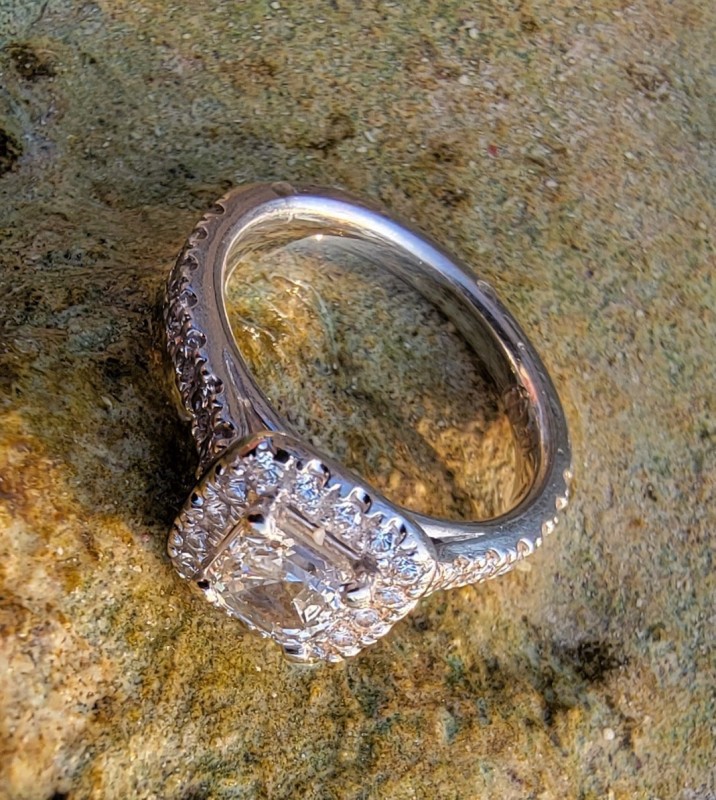


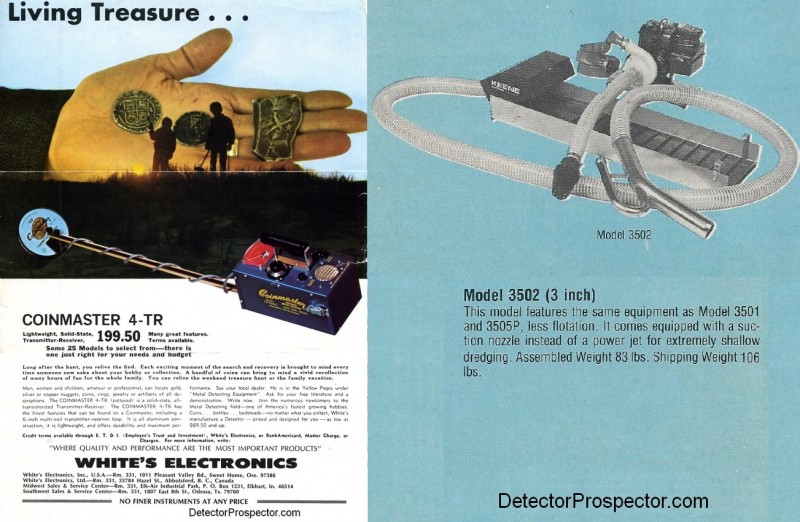
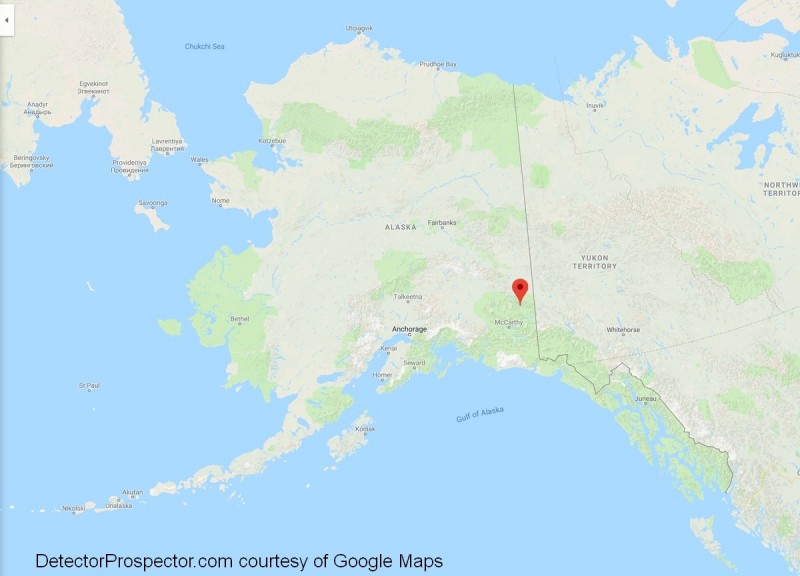
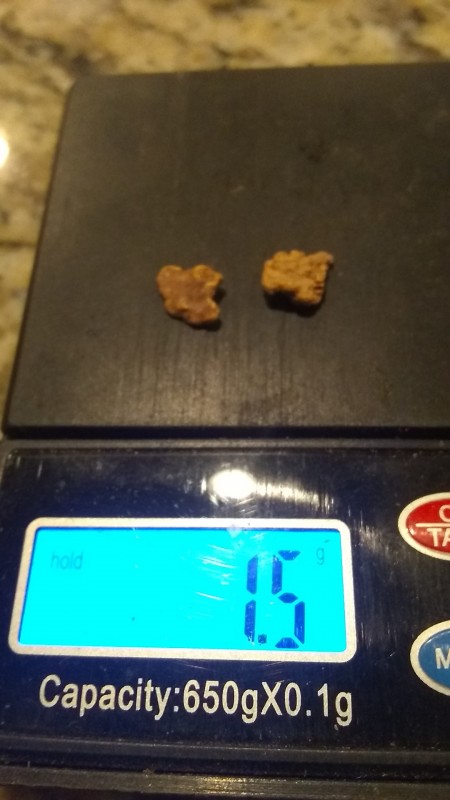
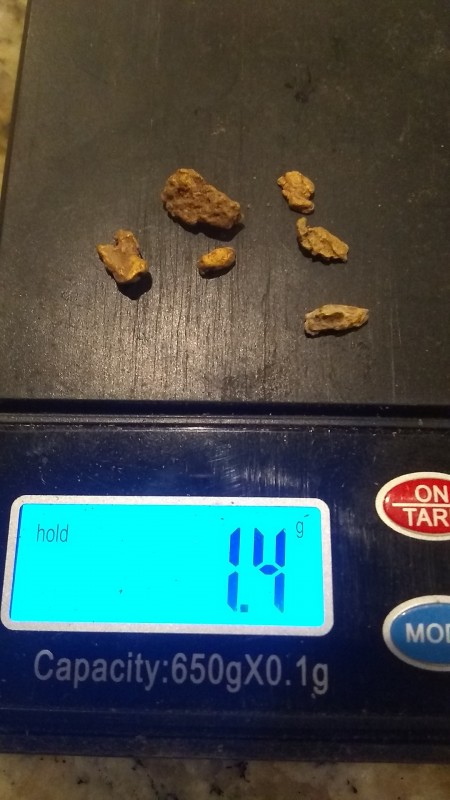
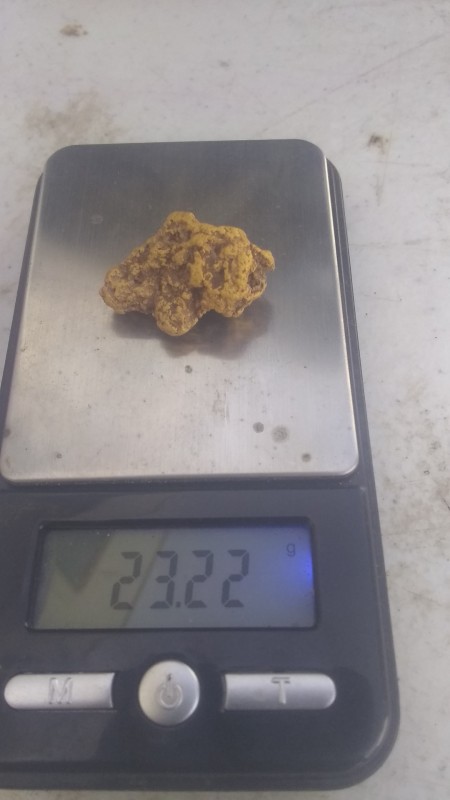
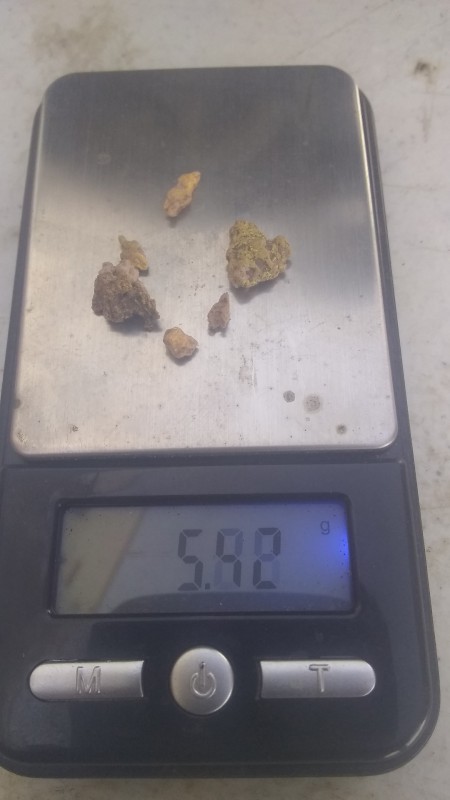
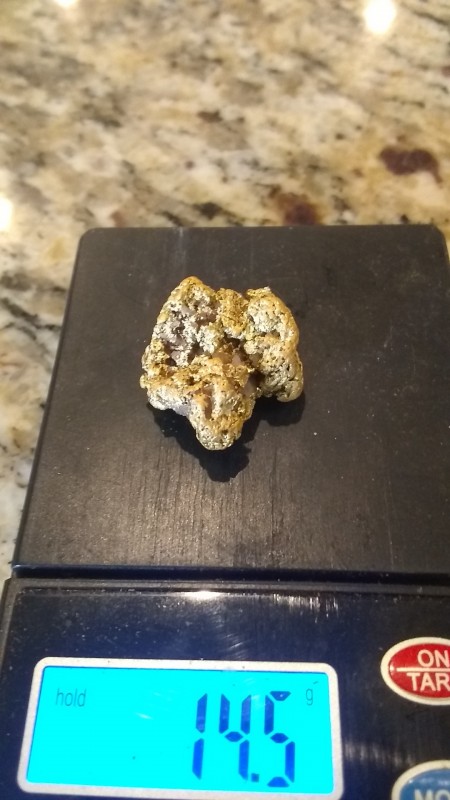
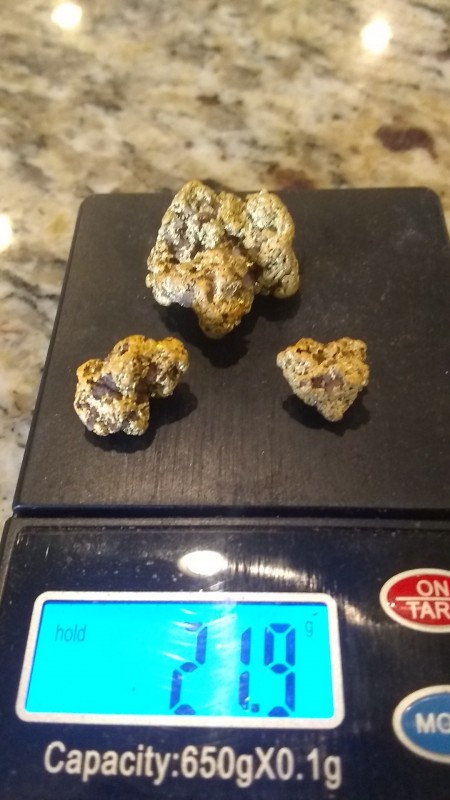
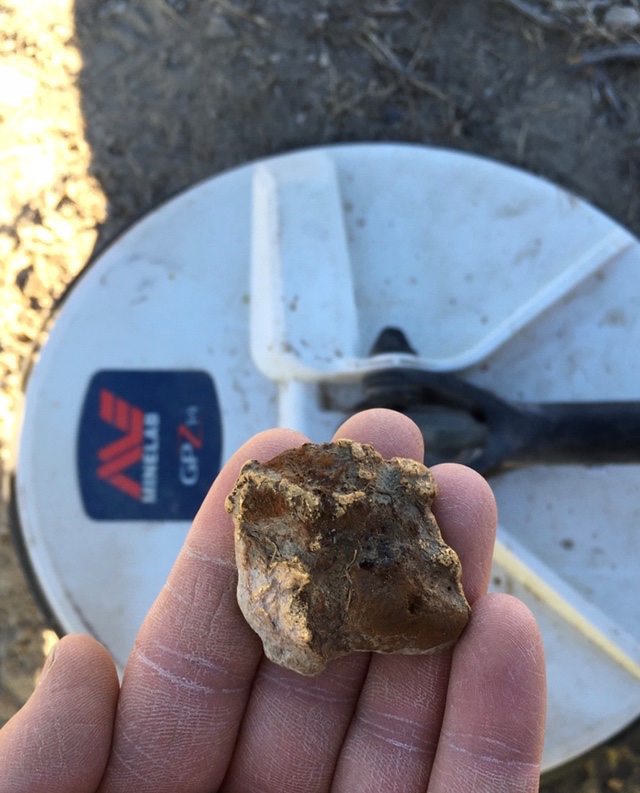
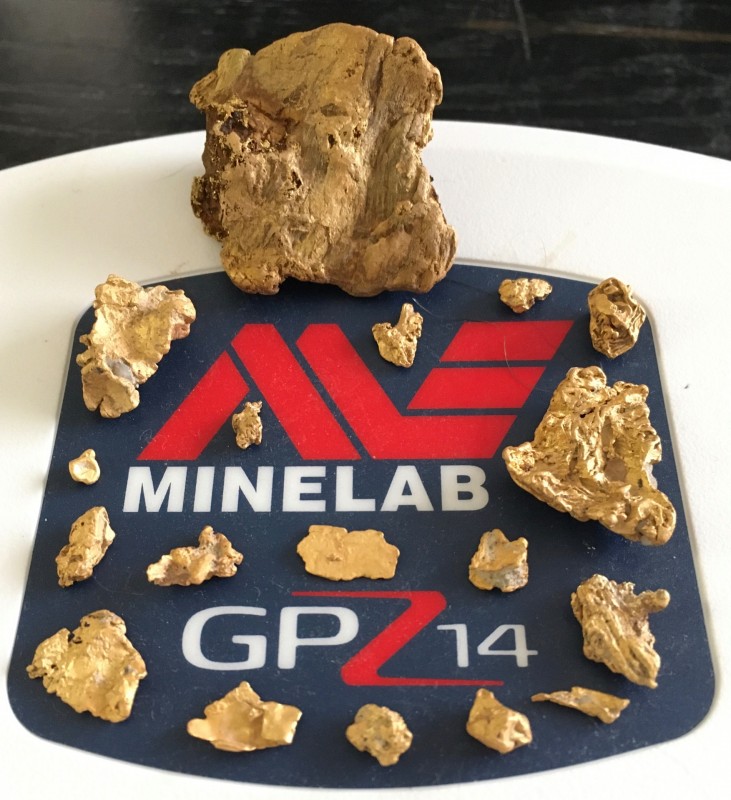

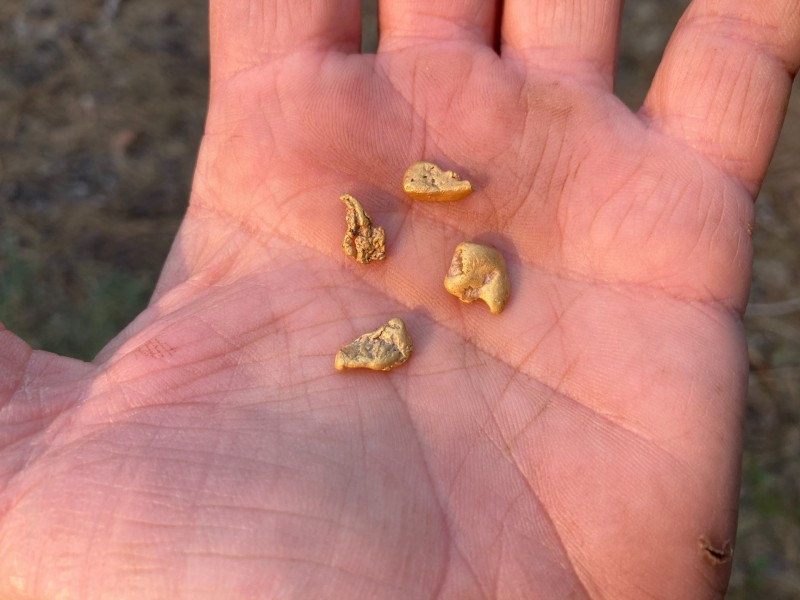
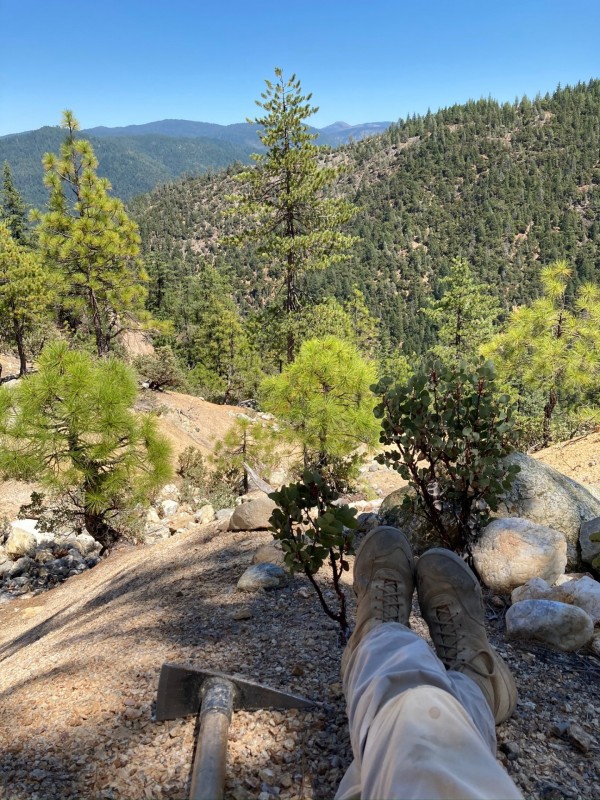
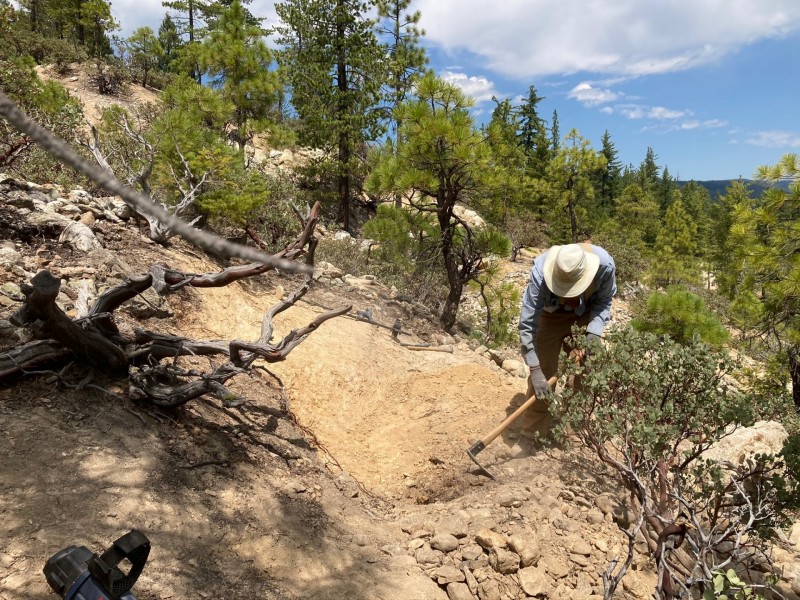
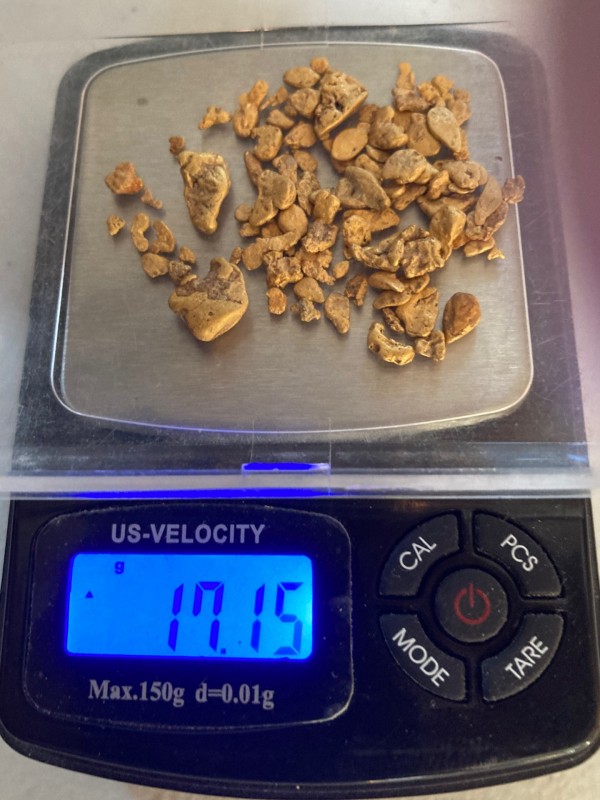
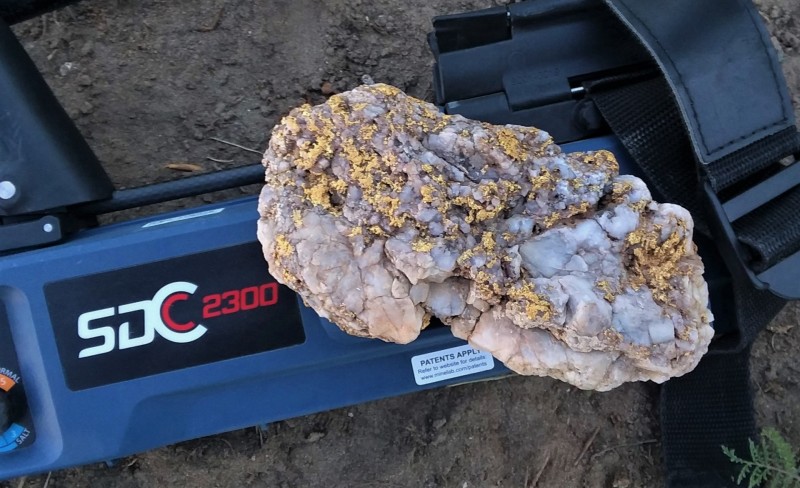
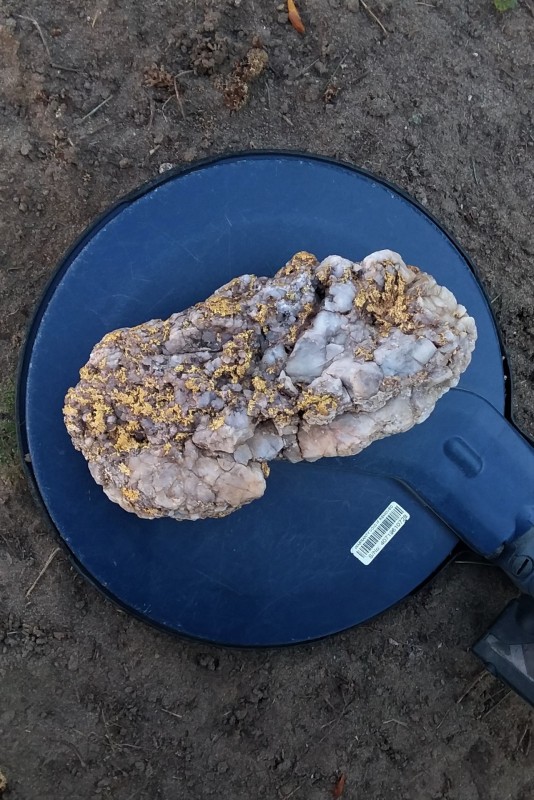
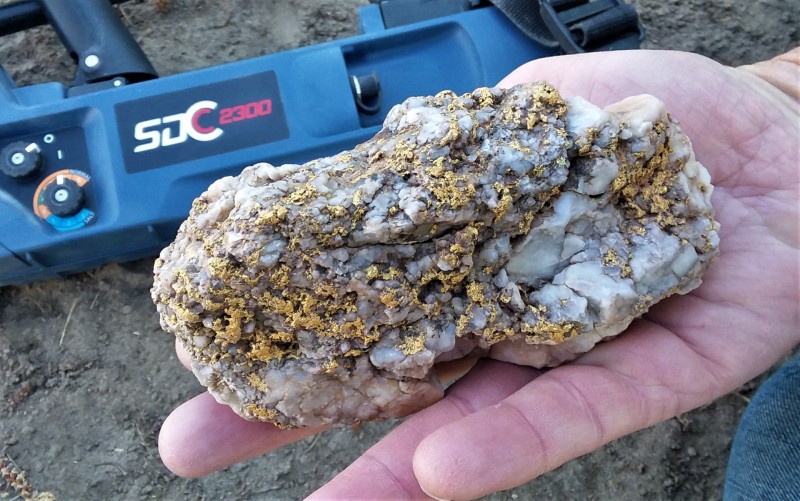
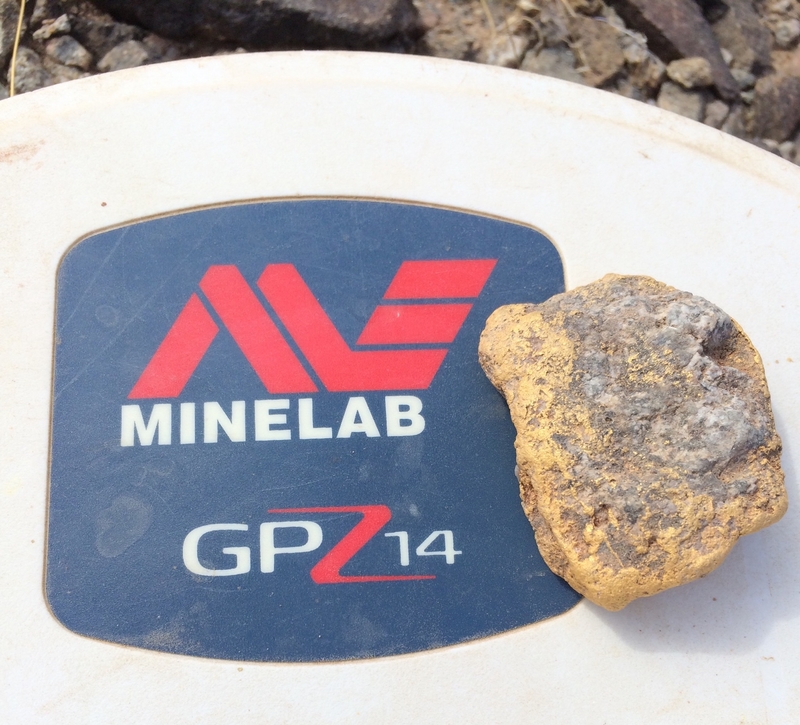
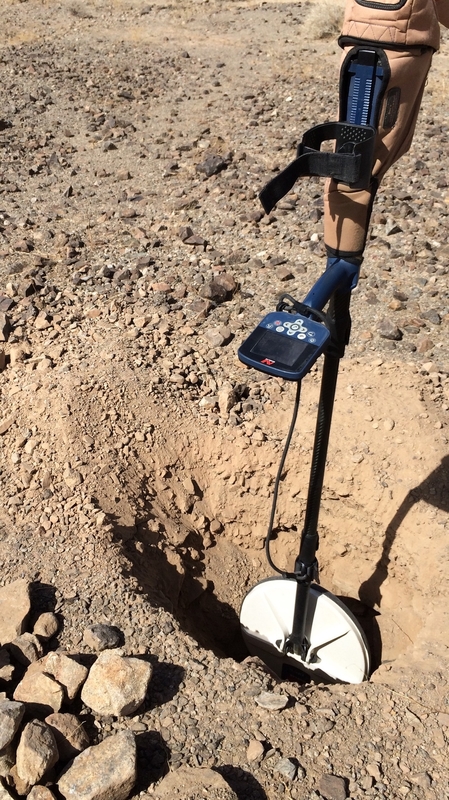
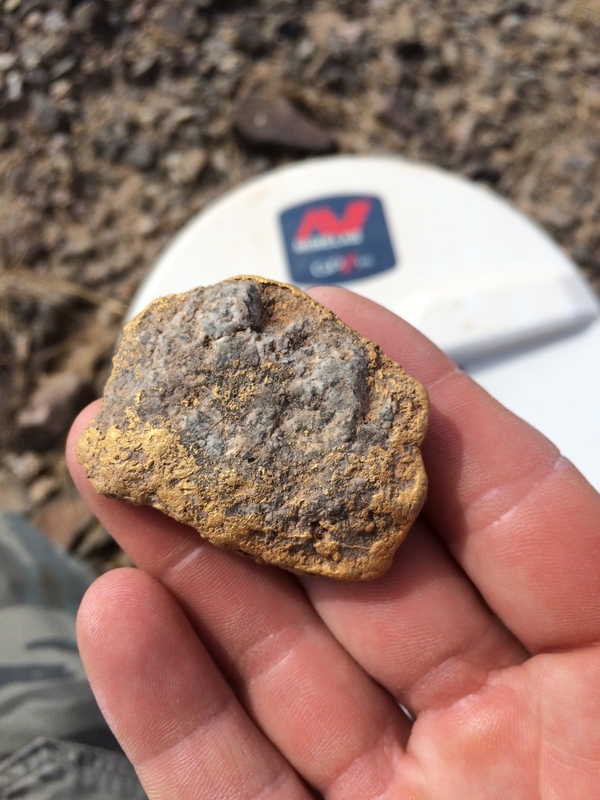
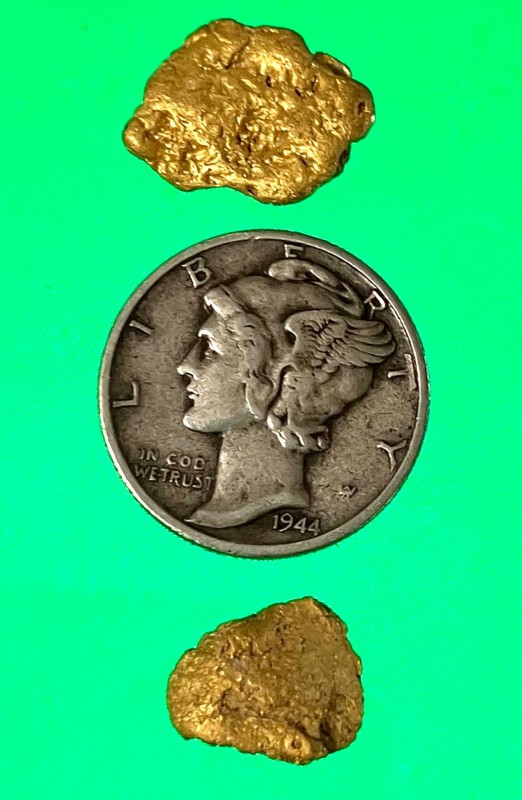
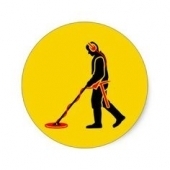
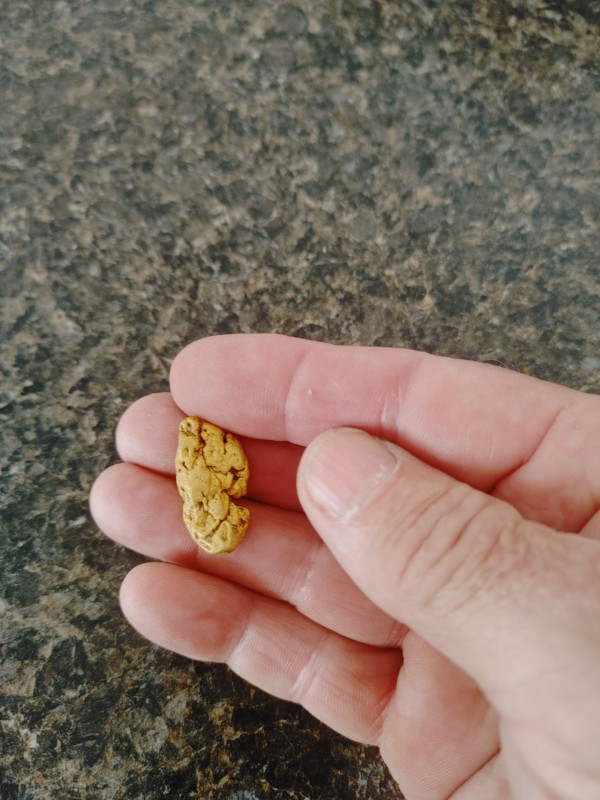
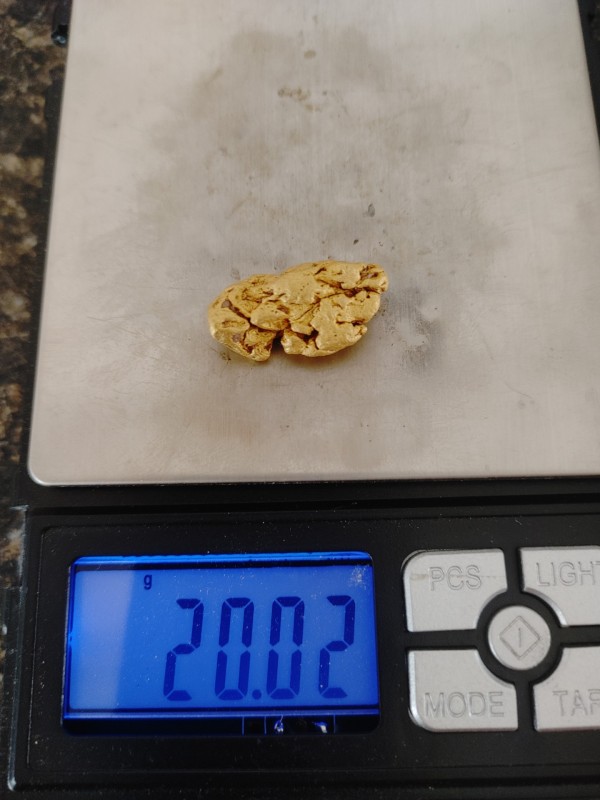
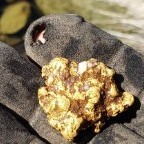
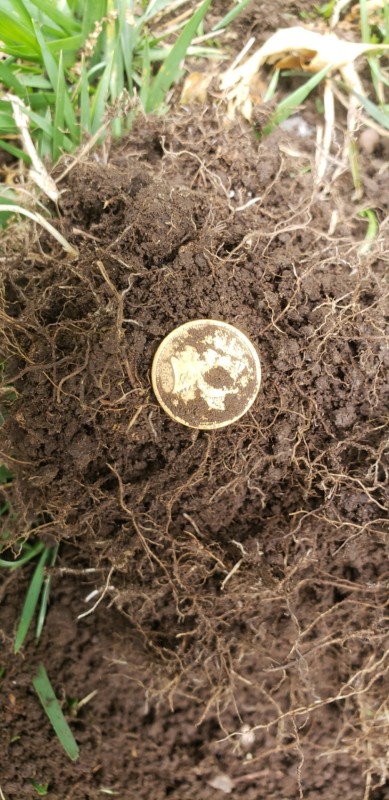
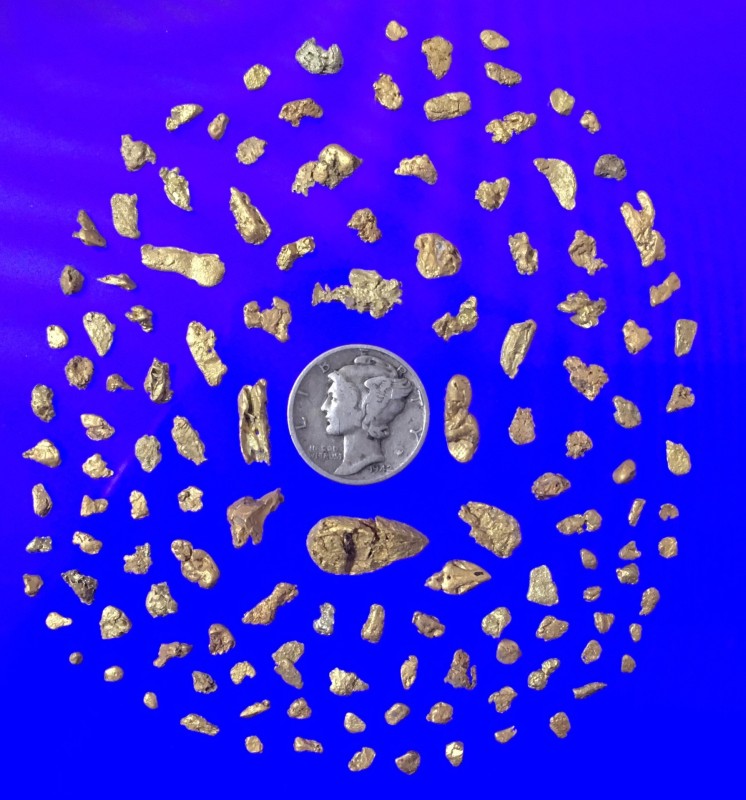
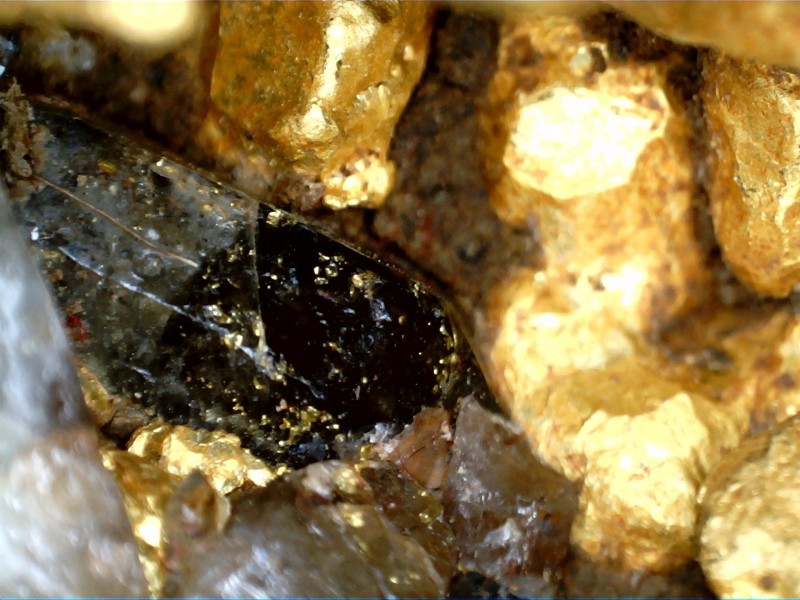

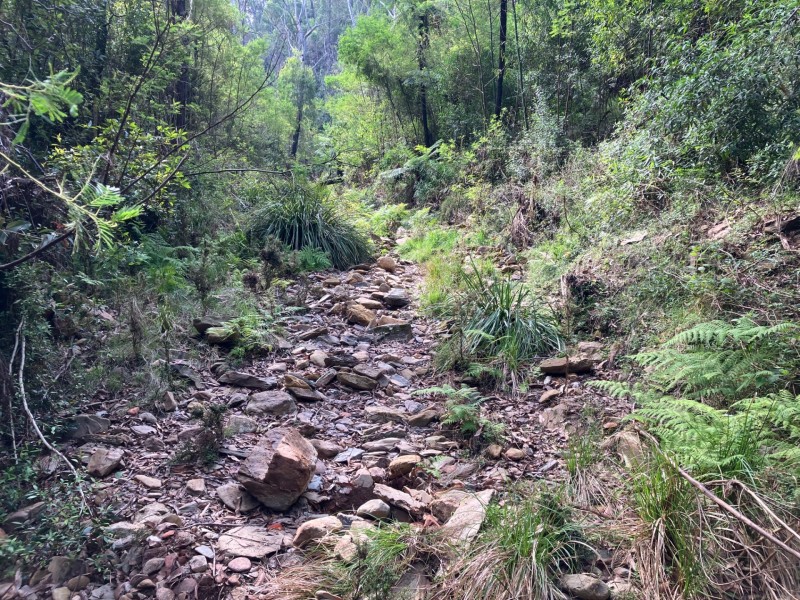
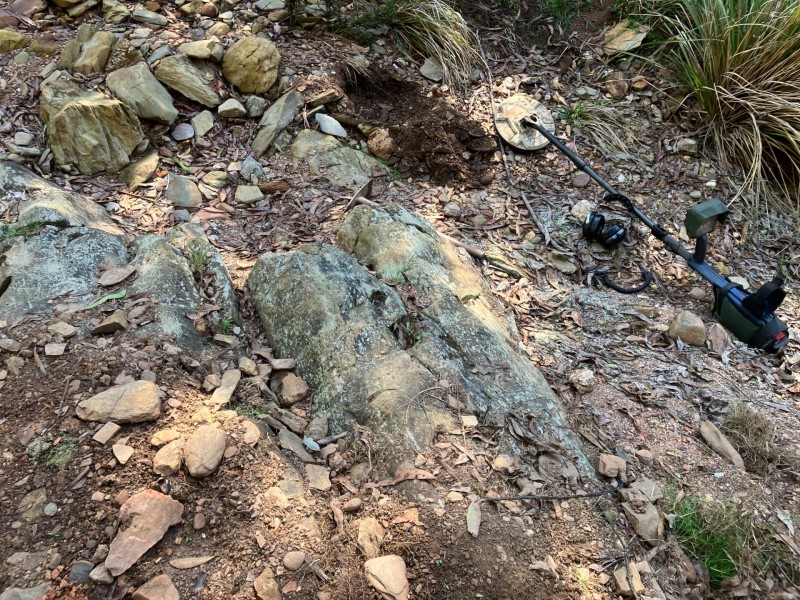
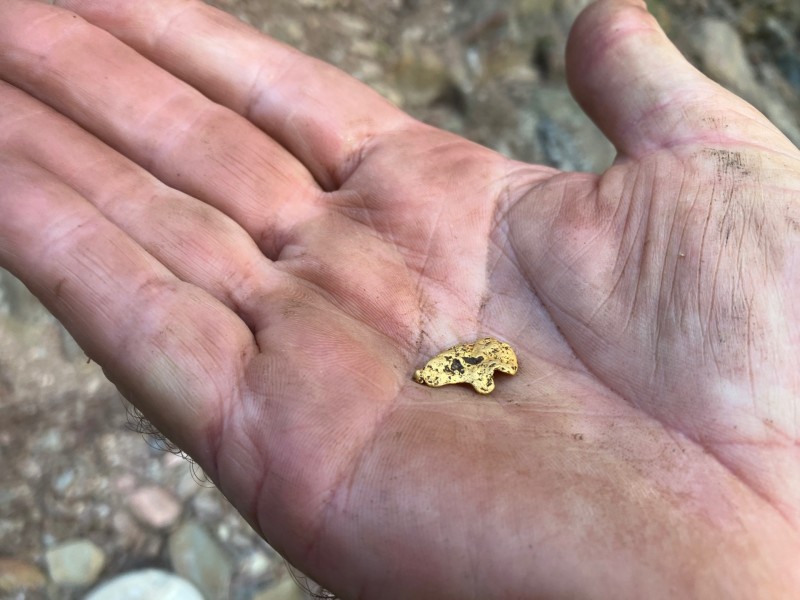
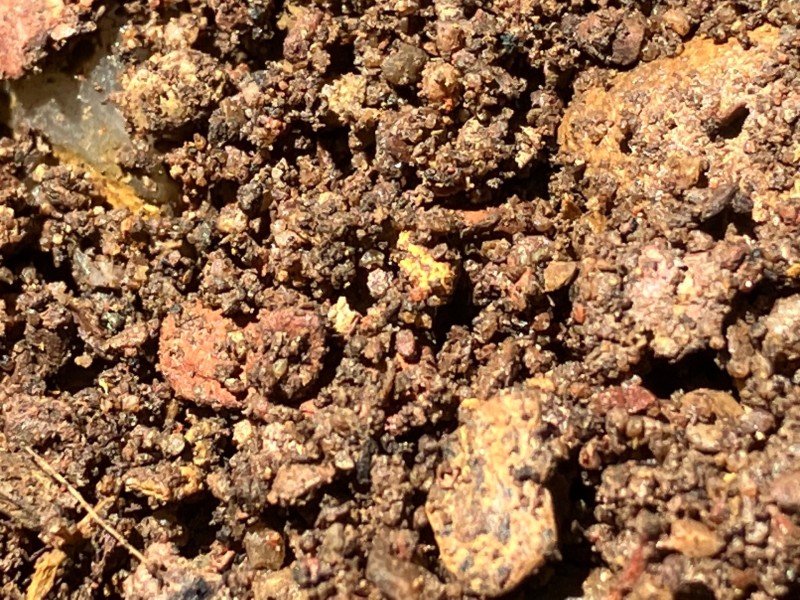
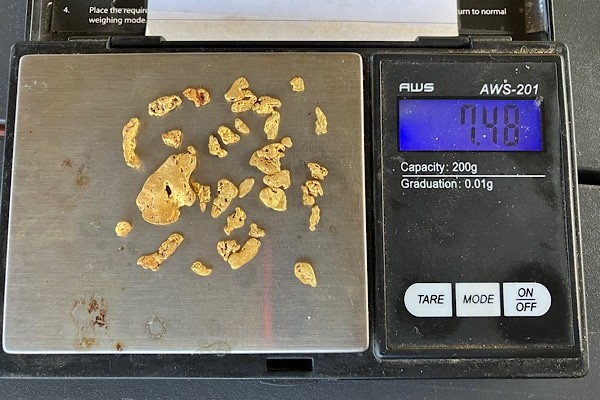
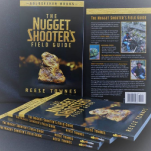
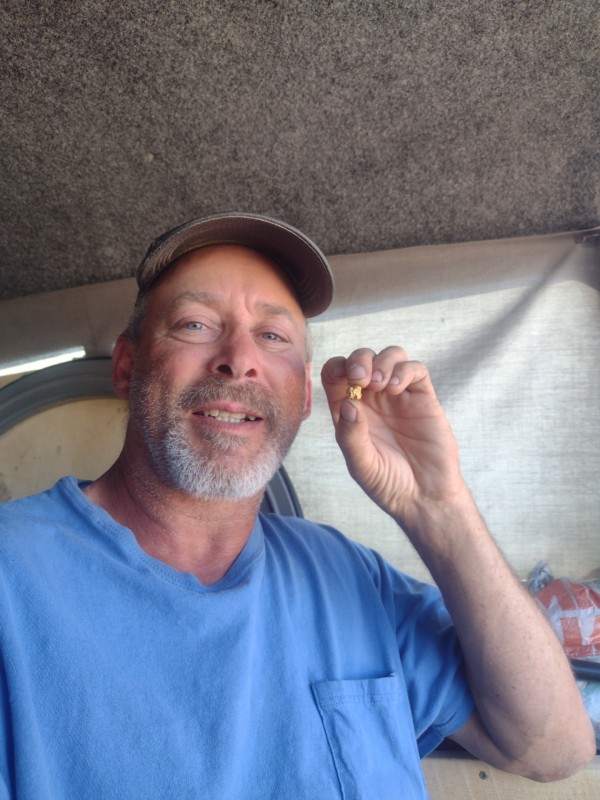
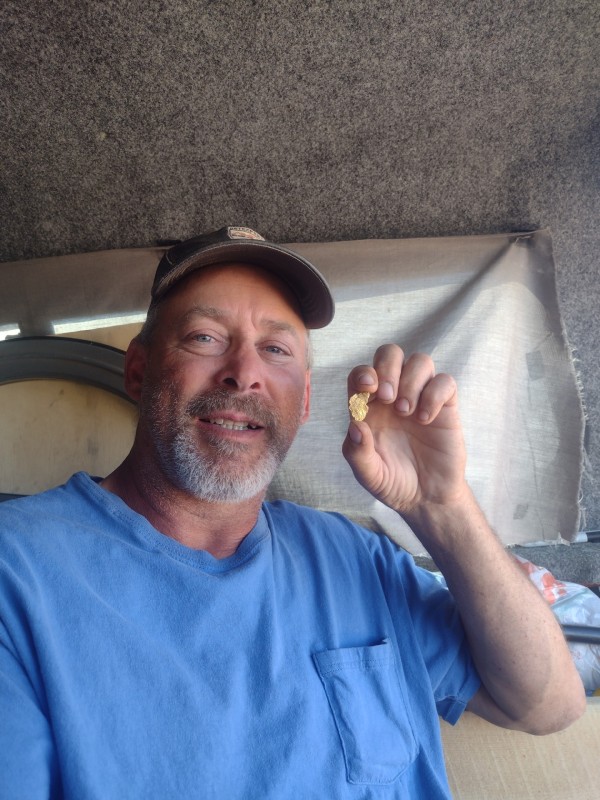
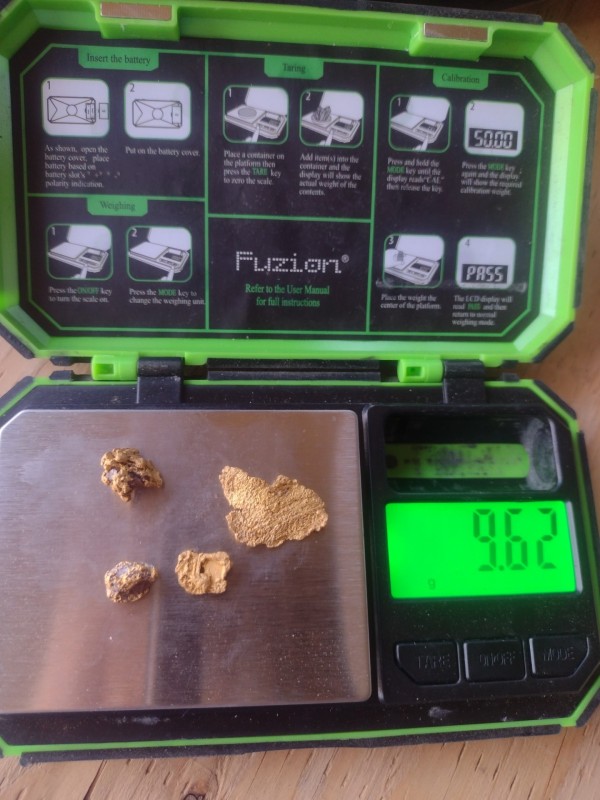
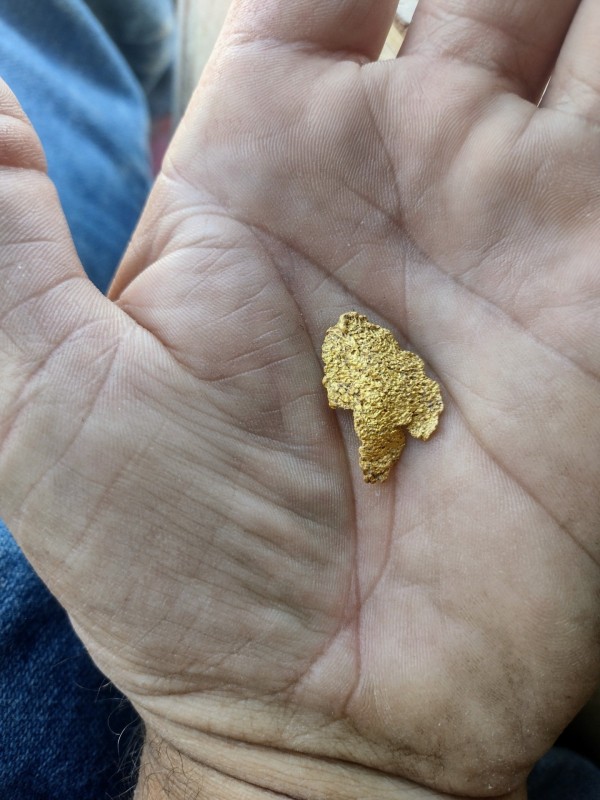
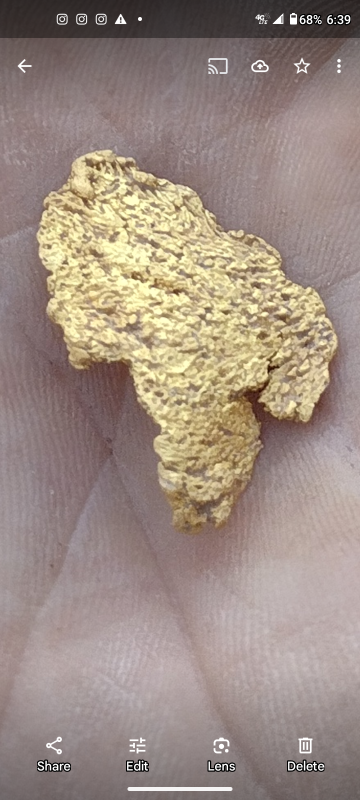
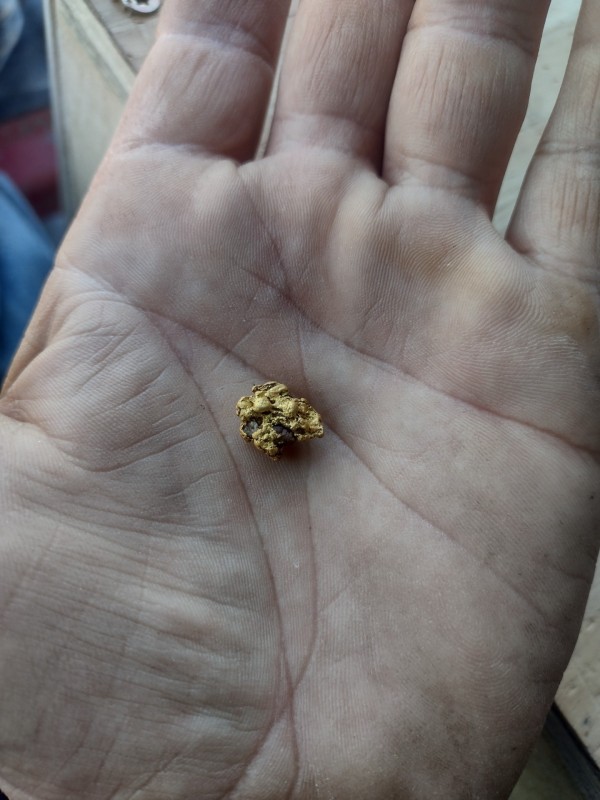
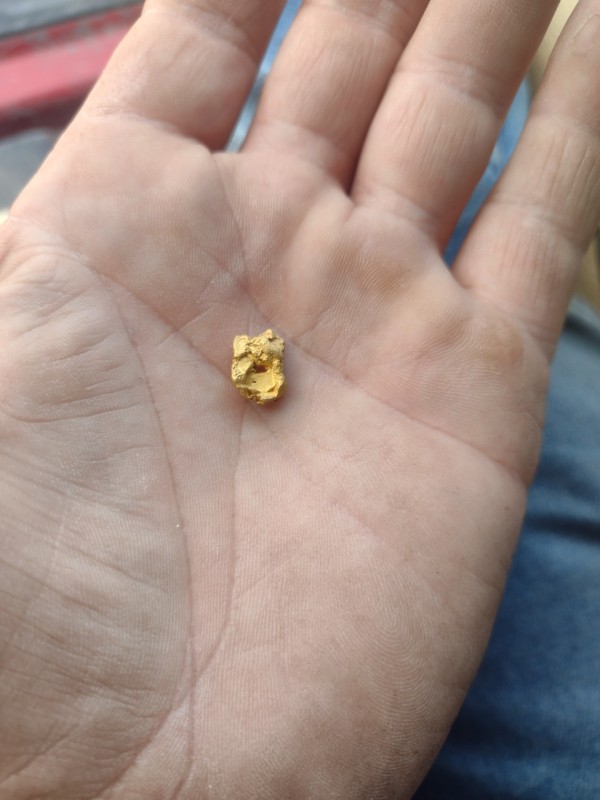
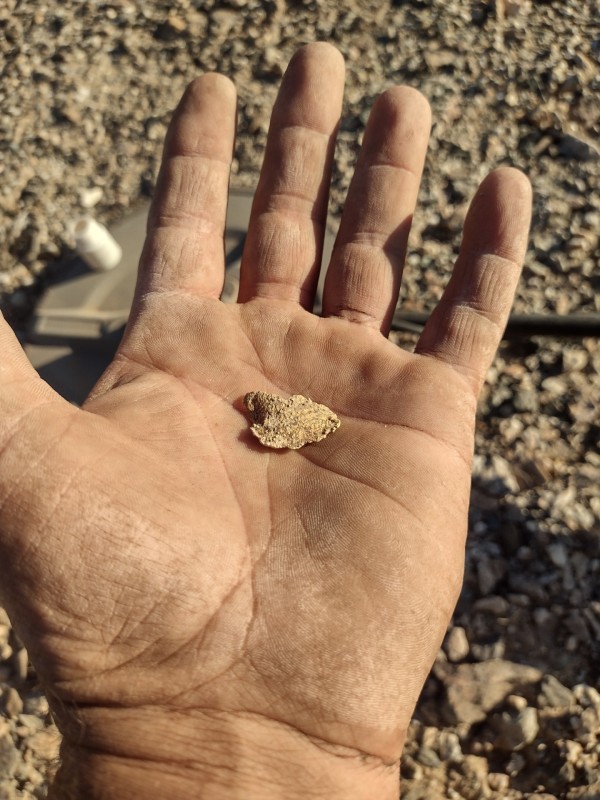
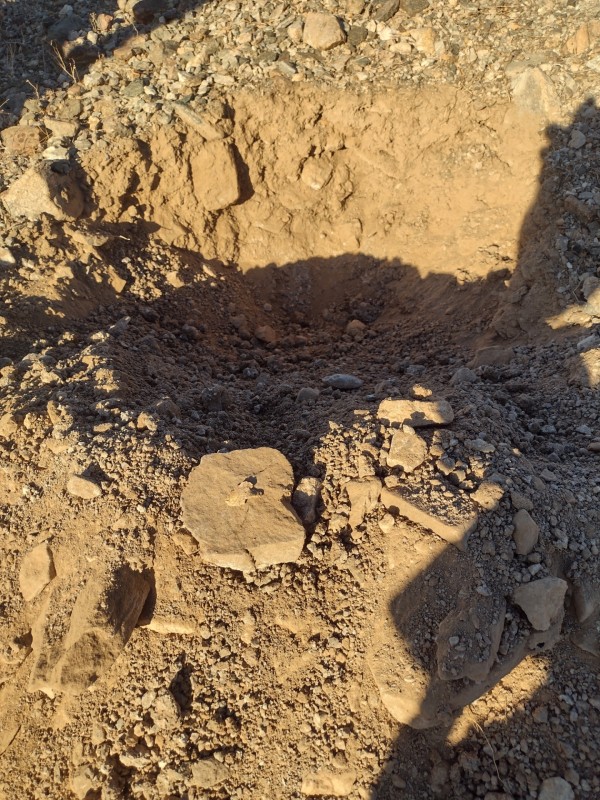
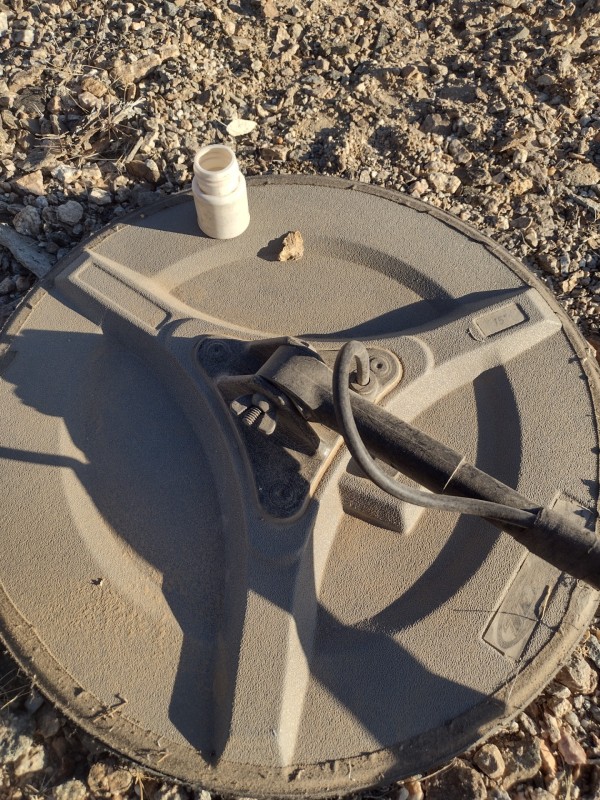
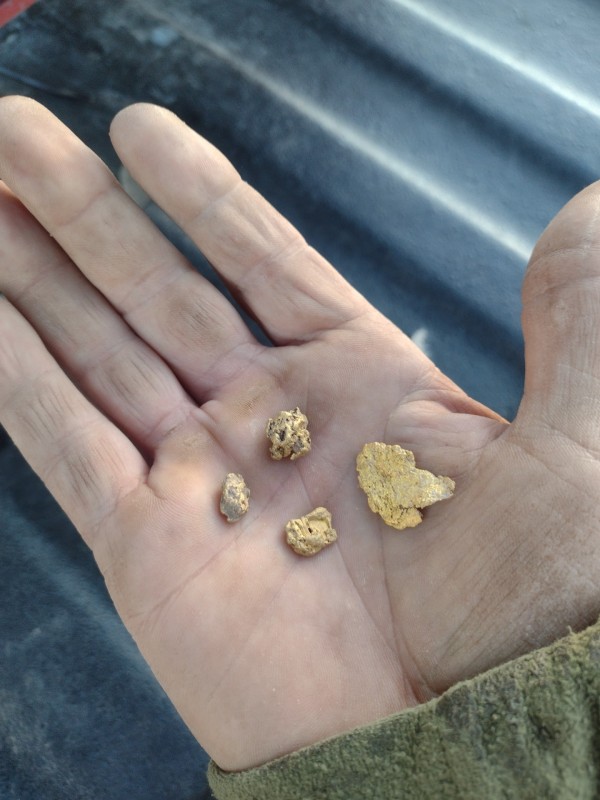
.thumb.jpg.d71314a45f3dc82bf75ac1b96e7e9201.jpg)
.thumb.jpg.b9f5814b030e9d08bc4dd9d4aac297bd.jpg)
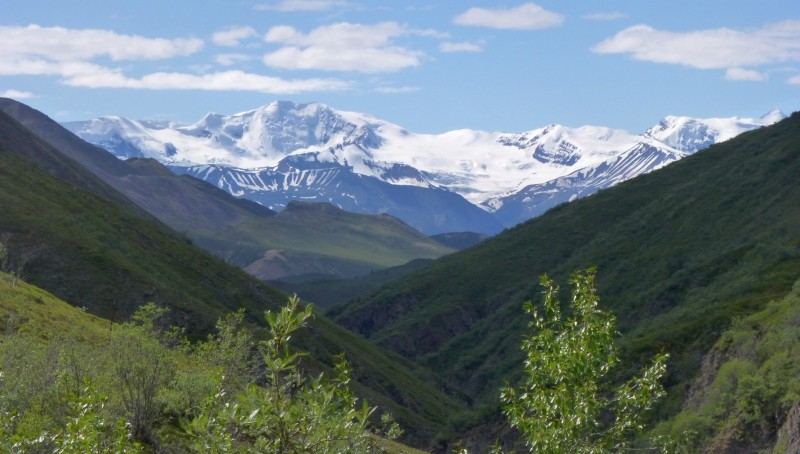
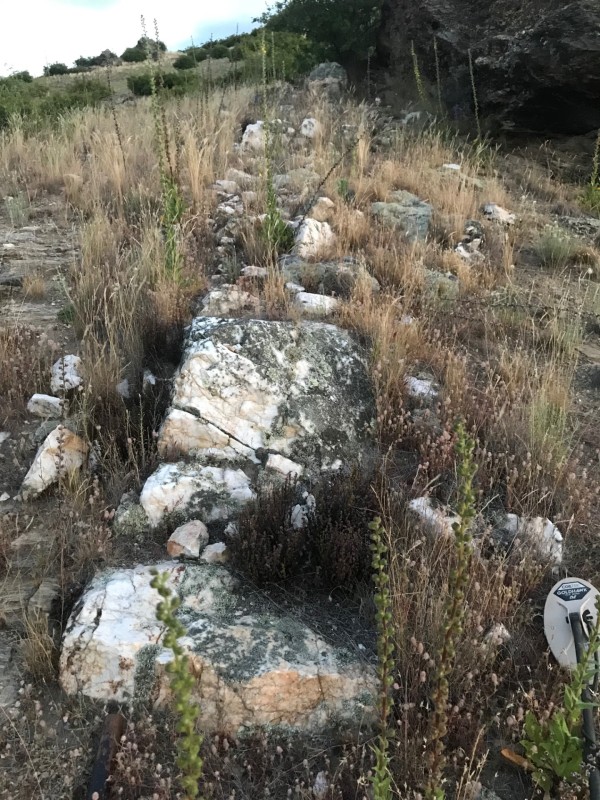
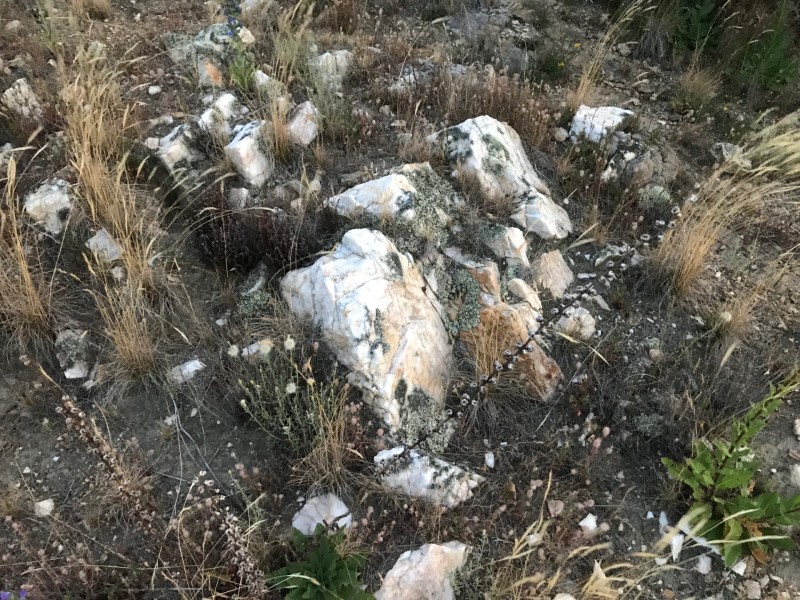
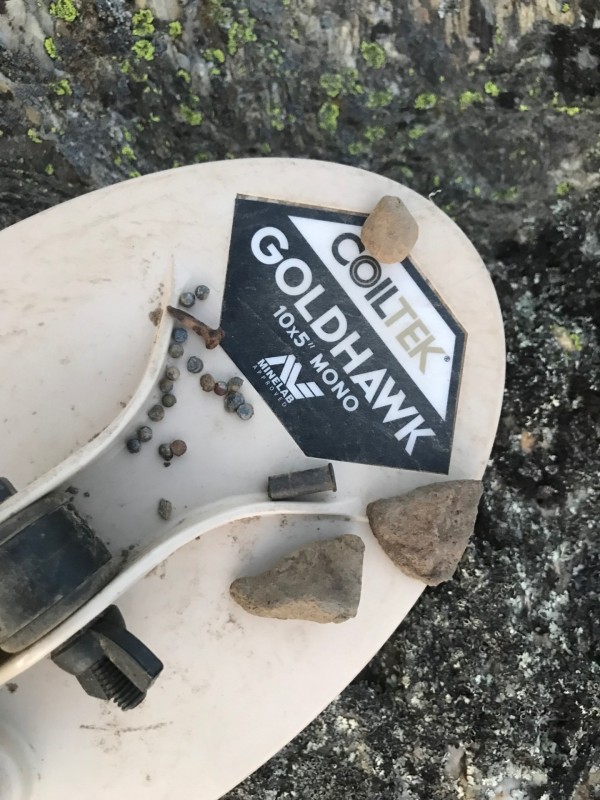
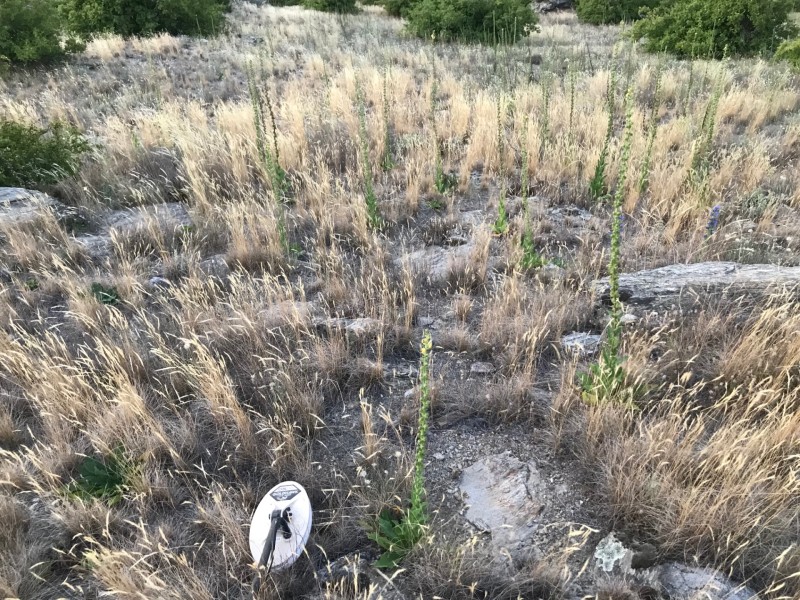
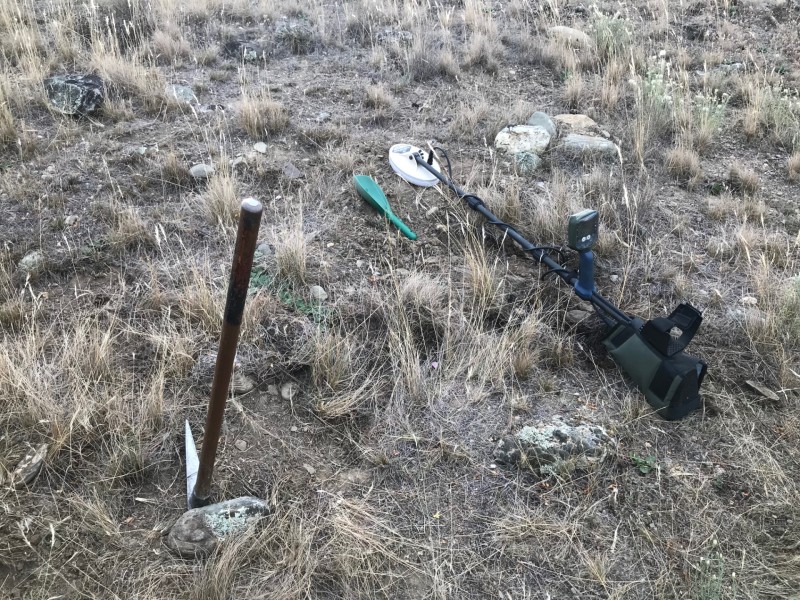
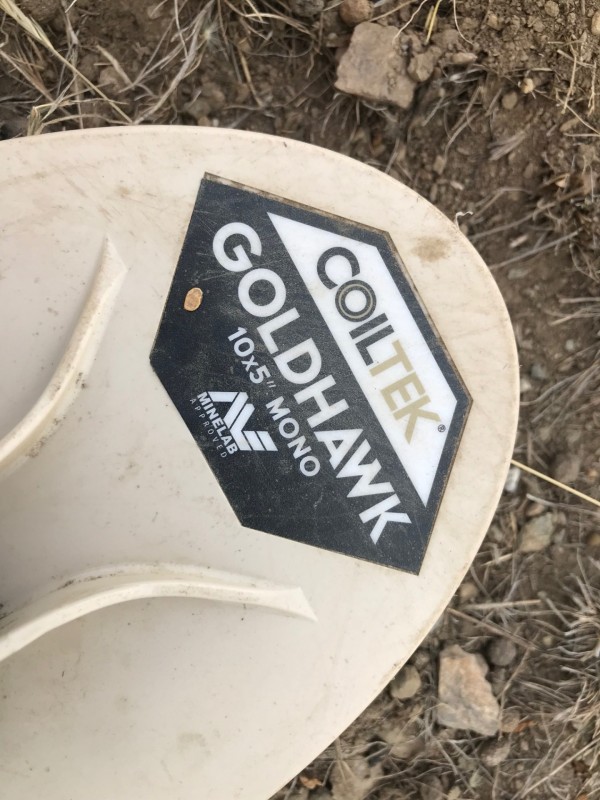
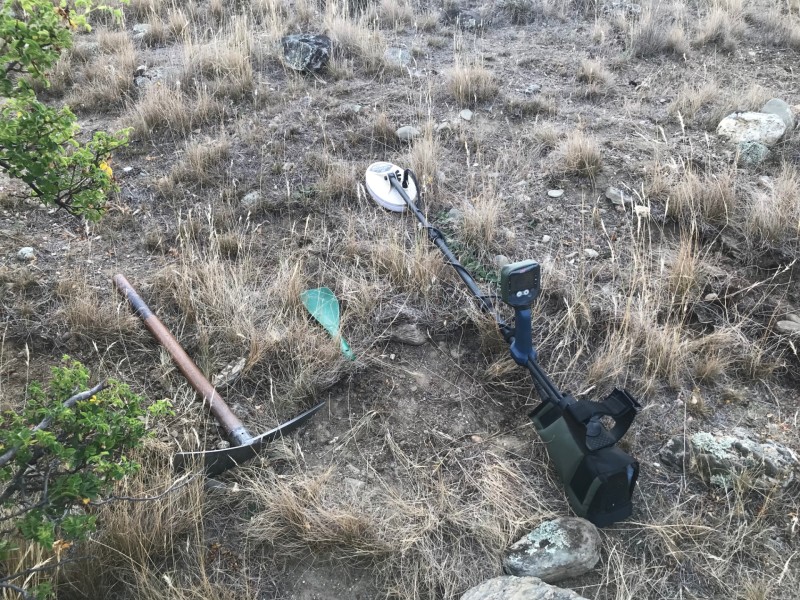
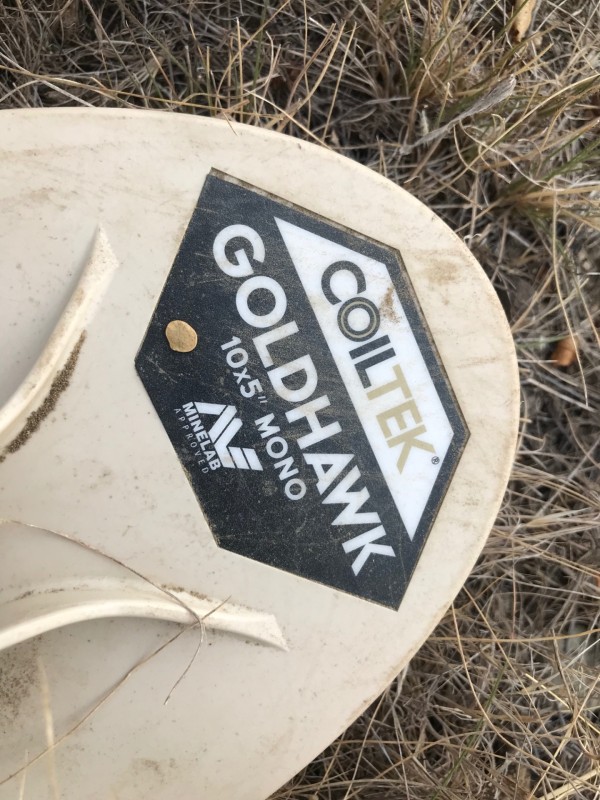

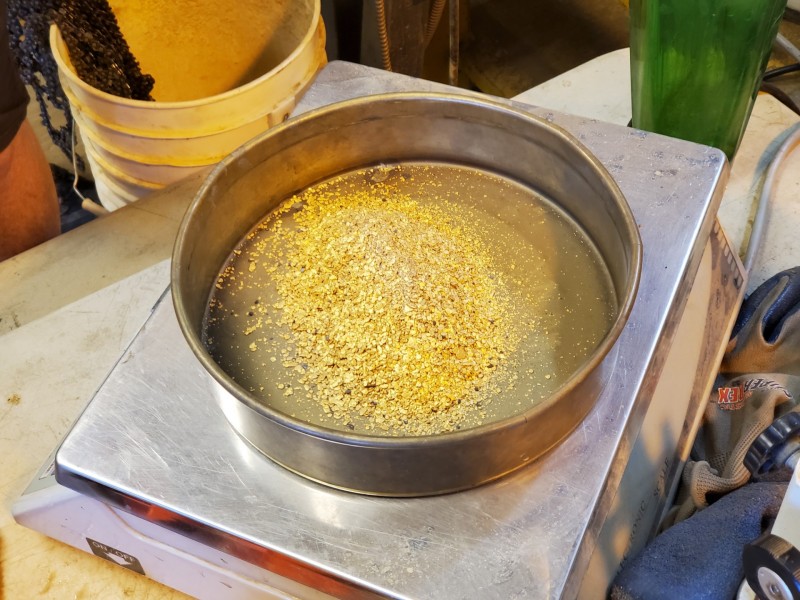
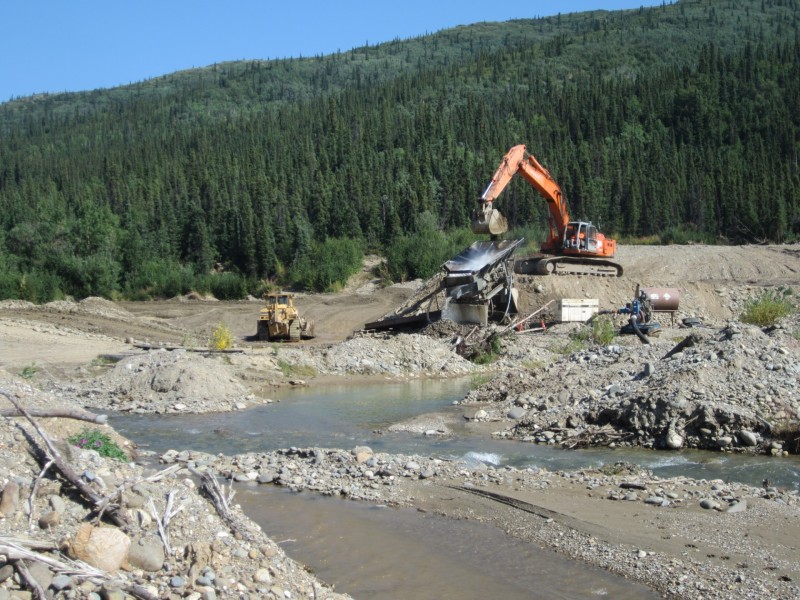
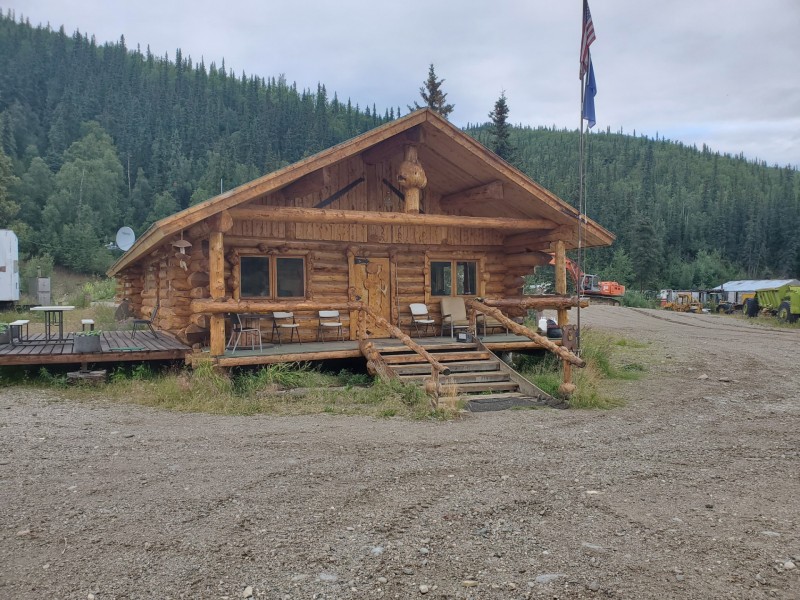
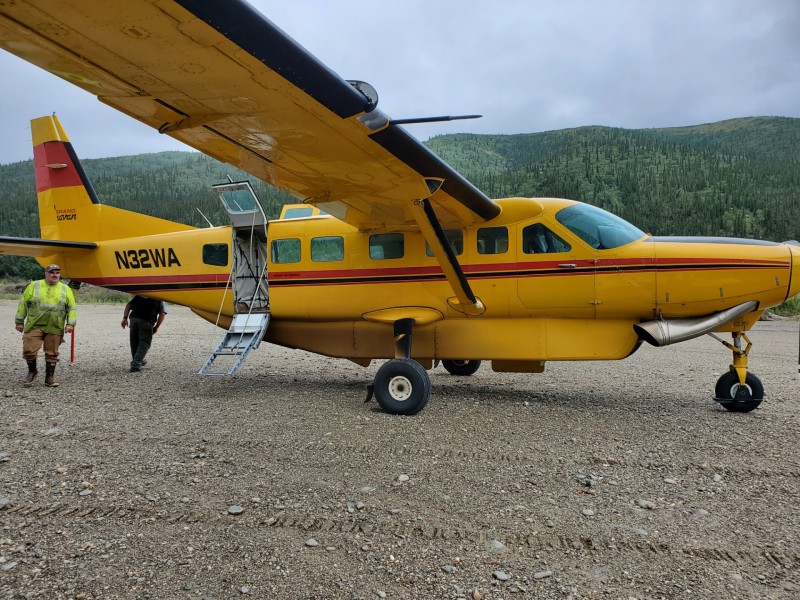
.thumb.jpg.d10cd67eacc79ca24e89489bce2ece45.jpg)
